The Ultimate Guide to Transporting, Storing, and Moving Furniture: Tips and Tricks
Moving furniture can be a daunting task, akin to an Olympic sport where you dodge corners, wrangle weighty wardrobes, and pray that your back doesn’t betray you. Whether you’re relocating, redecorating, or just need to store your furniture temporarily, doing it right can save you time, money, and a lot of stress. In this guide, we’ll walk you through the best practices for transporting, storing, and moving furniture.
Why Proper Handling of Furniture Matters
Before we dive into the nitty-gritty, let’s talk about why it’s essential to handle furniture with care. Furniture is an investment—both financially and emotionally. Proper handling ensures that your pieces remain in great condition, preventing damage, preserving value, and making your living space look its best. Think of your furniture as the VIPs of your home. They need special treatment to stay in top form, and you’re the backstage crew making sure they shine.
Transporting Furniture: The Adventure Begins
Transporting furniture can feel like a game of Tetris, but with a bit of planning and the right techniques, you can move even the bulkiest pieces safely.
Planning Your Move
Measure Twice, Move Once: Before you start, measure doorways, hallways, and the dimensions of your furniture. This ensures that everything fits without unnecessary struggle.
Create a Moving Plan: Decide the order in which you’ll move items. Start with the largest and heaviest pieces and work your way down to smaller items. This strategy minimizes clutter and makes the process more manageable.
Recruit Help: Moving furniture solo can be risky and challenging. Enlist friends, family, or hire professional movers to help with the heavy lifting.
Packing Materials
Bubble Wrap and Furniture Pads: Protect your furniture from scratches and dings with bubble wrap and furniture pads. Wrap delicate surfaces like glass tabletops and mirrors to prevent breakage.
Stretch Wrap: Use stretch wrap to secure drawers, doors, and loose parts. It also keeps upholstered furniture clean during the move.
Blankets and Towels: Use blankets and towels to cushion furniture and fill gaps between items. They’re a great, budget-friendly way to provide extra protection.
Pro Tip: Label everything! Knowing what’s in each box and where it belongs will save you a lot of headaches during the unpacking process. Packing materials are like your furniture’s bodyguards that keep everything safe and sound, even if it means looking a bit ridiculous wrapped in layers of bubble wrap.
Loading the Truck
Disassemble When Possible: Break down larger pieces of furniture to make them easier to transport. Remove legs from tables, take apart bed frames, and detach cushions from sofas.
Use Dollies and Hand Trucks: These tools make it easier to move heavy furniture without straining your back. Place furniture on the dolly, secure it with straps, and roll it to the truck.
Load Strategically: Load the heaviest items first, placing them at the back of the truck. Stack lighter items on top and fill gaps with smaller pieces. This arrangement ensures stability and prevents items from shifting during transit.
Pro Tip: Use tie-down straps to secure furniture inside the truck. This prevents items from moving around and reduces the risk of damage. Loading a moving truck is like playing a giant game of Tetris, except the pieces are heavier and you really don’t want them to fall.
Storing Furniture: Safe and Sound
Sometimes, you need to store furniture temporarily. Whether it’s due to a move, renovation, or simply lack of space, proper storage techniques are crucial to keeping your pieces in great condition.
Choosing the Right Storage Unit
Climate Control: Opt for a climate-controlled storage unit to protect your furniture from extreme temperatures and humidity. Wood can warp, metal can rust, and fabric can mildew if not stored in the right environment.
Size Matters: Choose a storage unit that accommodates your furniture comfortably. Overcrowding can lead to damage, so ensure there’s enough space to arrange items without stacking them haphazardly.
Accessibility: Consider how often you’ll need to access your stored furniture. If you’ll need frequent access, choose a unit with easy entry and enough space to move around.
Pro Tip: Elevate furniture off the ground using pallets or blocks. This prevents moisture damage from potential flooding or condensation. Think of your storage unit as a spa retreat for your furniture that is climate-controlled, spacious, and secure.
Preparing Furniture for Storage
Clean Thoroughly: Before storing, clean your furniture to remove dirt, dust, and grime. Use appropriate cleaning solutions for different materials, and allow items to dry completely to prevent mold and mildew.
Disassemble When Possible: As with moving, disassembling furniture makes it easier to store and reduces the risk of damage. Keep screws and small parts in labeled bags taped to the corresponding pieces.
Use Protective Covers: Cover furniture with sheets, furniture covers, or blankets to protect against dust and scratches. Avoid using plastic covers, as they can trap moisture and cause mildew.
Pro Tip: Use silica gel packets or dehumidifiers in the storage unit to control moisture levels and prevent mold growth. Your furniture deserves a break too. Wrap them up like they’re on a cozy vacation in a climate-controlled resort.
Moving Furniture: The Final Leg of the Journey
Once your furniture is safely transported and stored, it’s time to move it into its new home. Proper techniques can make the process smoother and prevent damage.
Moving Day Preparations
Clear the Path: Before moving furniture into your new space, clear the path of obstacles. This reduces the risk of tripping and makes the process more efficient.
Protect Floors and Walls: Use furniture pads or cardboard to protect floors and walls from scratches and dents. This is especially important if you’re moving heavy items.
Reassemble Furniture: Reassemble any furniture that was disassembled for transport. Refer to your labeled bags of screws and small parts to make the process easier.
Pro Tip: Use sliders under furniture legs to move heavy pieces without scratching the floor. Sliders also make it easier to position furniture precisely where you want it. Moving day is like a workout minus the fancy gym equipment. You’ll get your steps in, that’s for sure.
Arranging Furniture in Your New Space
Plan Your Layout: Before placing furniture, plan your layout. Consider the flow of the room, focal points, and the placement of outlets and windows.
Start with Anchor Pieces: Begin with the largest and most essential pieces, like sofas, beds, and dining tables. Once these are in place, you can arrange smaller items around them.
Balance and Proportion: Ensure that furniture is proportionate to the room. Avoid overcrowding by leaving enough space between pieces for easy movement.
Pro Tip: Use painter’s tape to outline the dimensions of furniture on the floor. This helps visualize the layout and make adjustments before moving heavy items. Arranging furniture is like a puzzle, except the pieces don’t snap together, and you might need a friend to help lift them.
Extra Tips and Tricks
Label Everything: Label boxes and furniture pieces with their intended room. This makes the moving process more efficient and helps you stay organized.
Protect Fragile Items: Use extra padding for fragile items like glass tabletops and mirrors. Transport them upright to reduce the risk of breakage.
Mind the Weather: Plan your move on a day with good weather. Rain, snow, and extreme heat can complicate the process and damage your furniture.
Take Breaks: Moving is hard work. Take regular breaks to avoid fatigue and stay hydrated. Your body will thank you. Remember, Rome wasn’t built in a day, and neither is your new living room layout. Take it one step (and one piece of furniture) at a time.
Conclusion
Transporting, storing, and moving furniture can be a challenging task, but with the right techniques and a bit of humor, you can make the process much smoother. Proper planning, the right packing materials, and careful handling ensure that your furniture remains in great condition throughout the journey. Whether you’re moving to a new home, storing items temporarily, or simply rearranging your space, these tips and tricks will help you navigate the adventure with ease. Remember, your furniture is more than just functional, it’s part of what makes your house a home. Treat it with care, and it will continue to bring comfort and style to your living space for years to come. You’ve navigated the furniture-moving marathon, survived the packing-paper jungle, and emerged victorious. Now, kick back, relax, and enjoy your beautifully arranged space. Make sure to buy furniture at CycloneSale.com for all your furniture needs today! Fill in those missing pieces and make a statement.


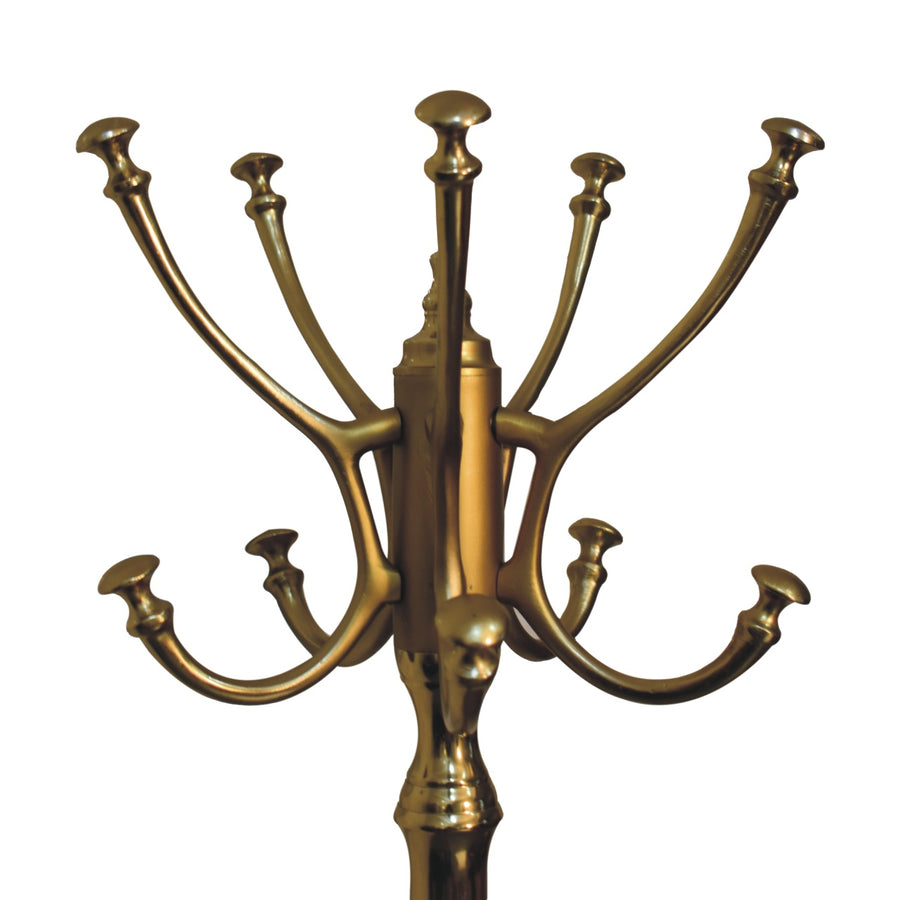
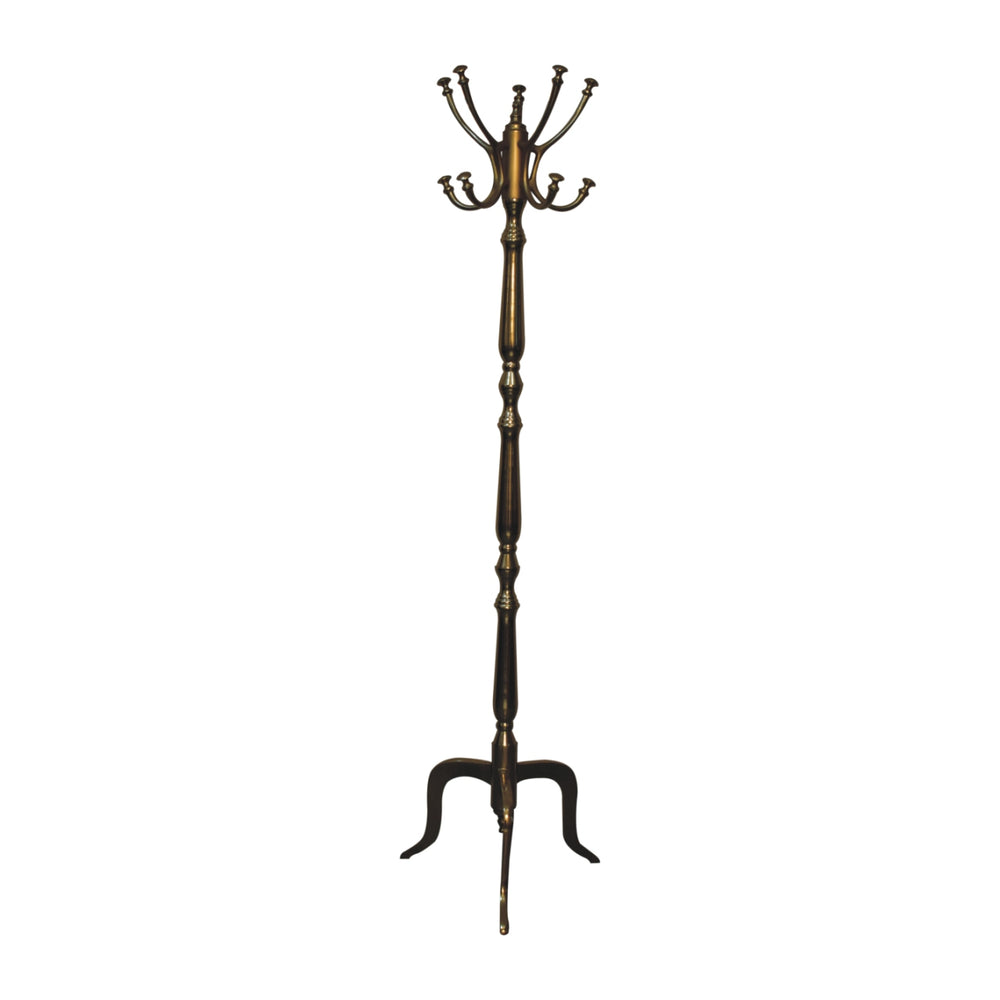
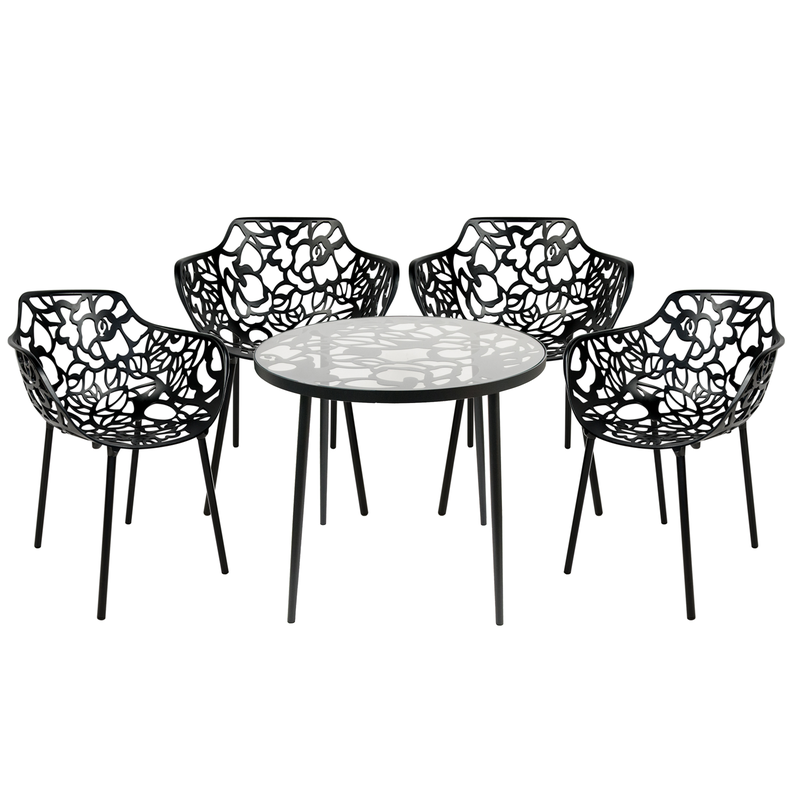
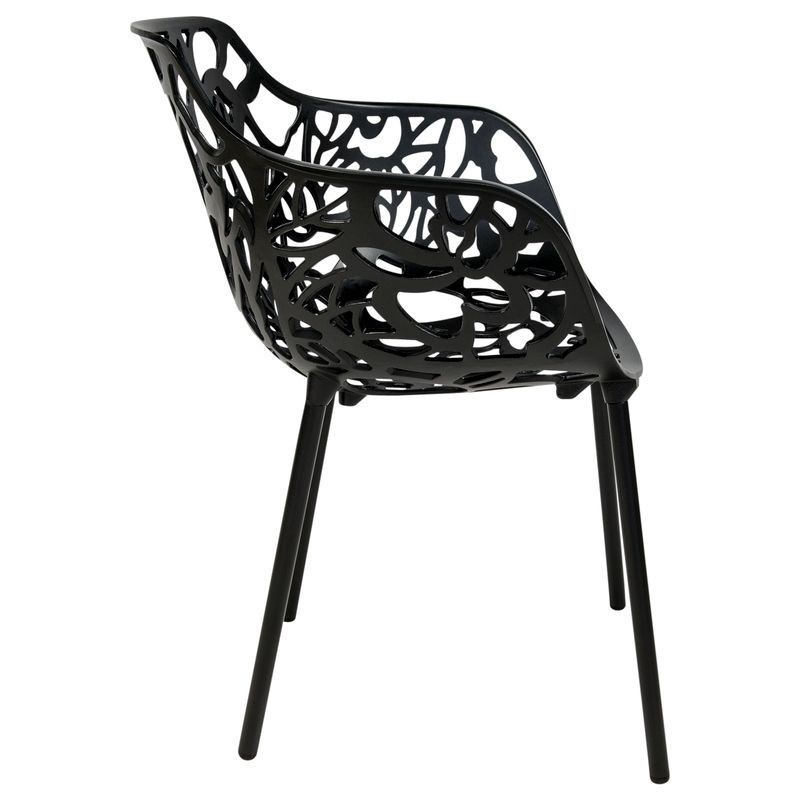
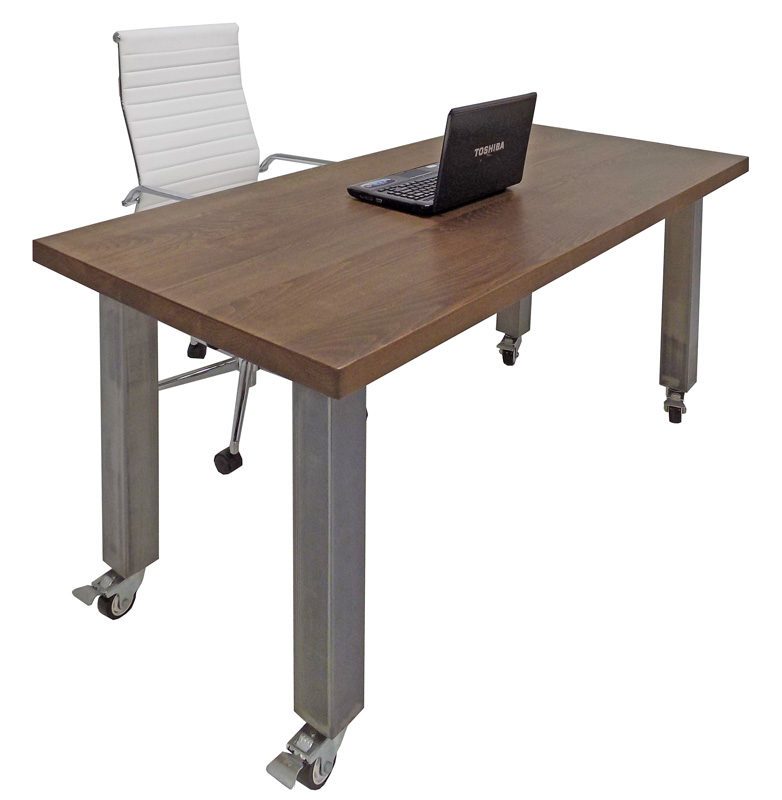
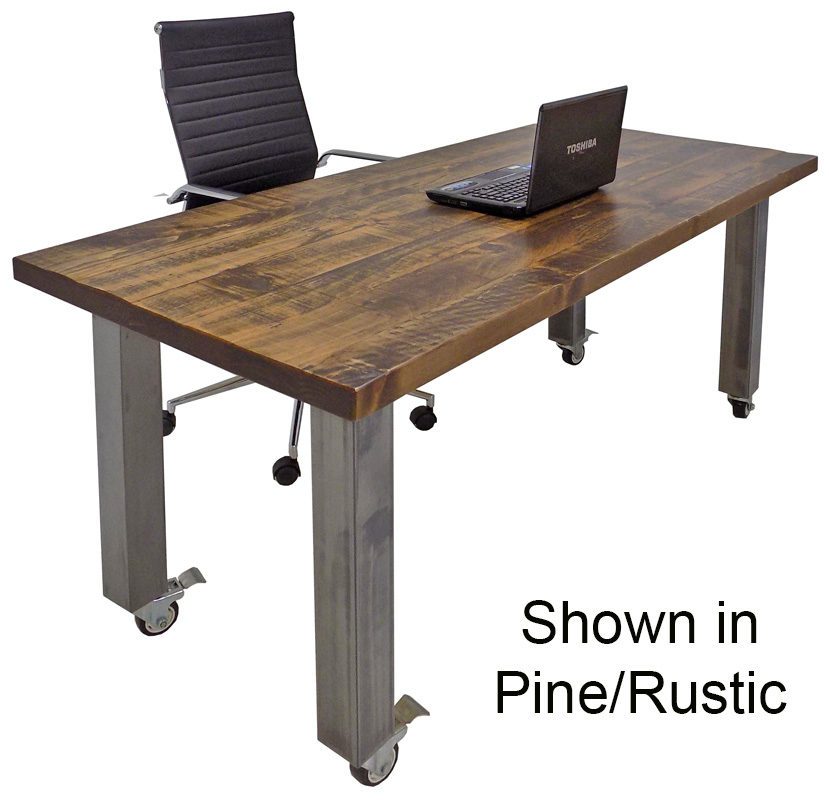


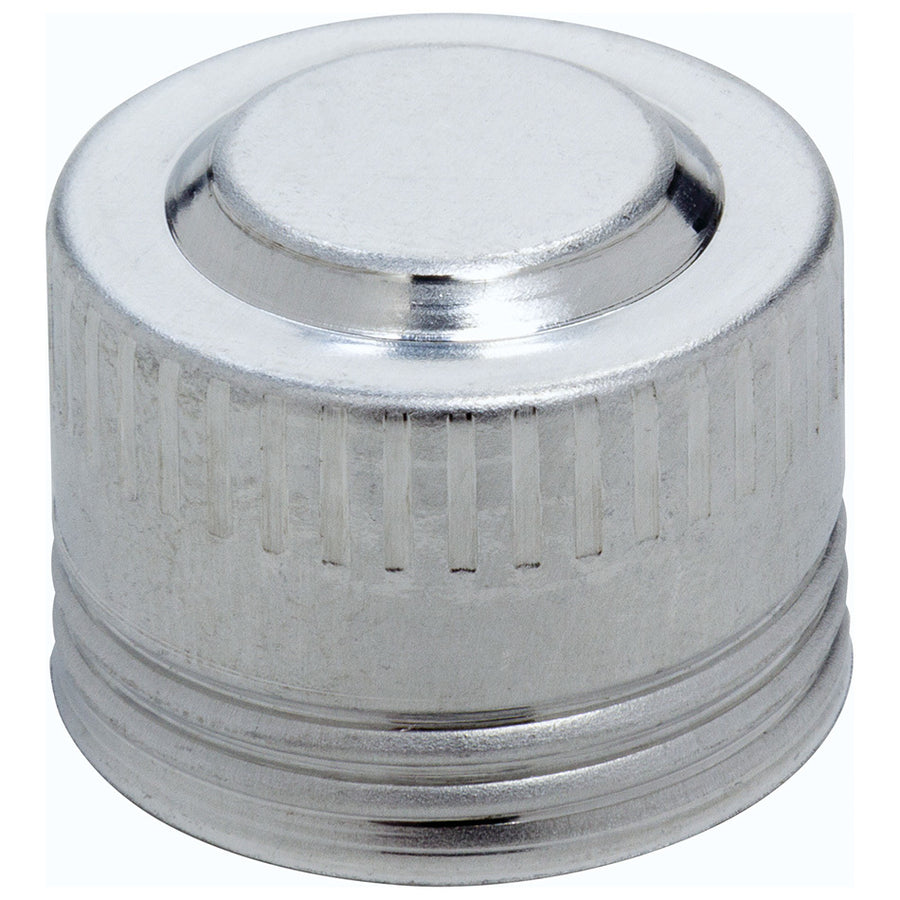

















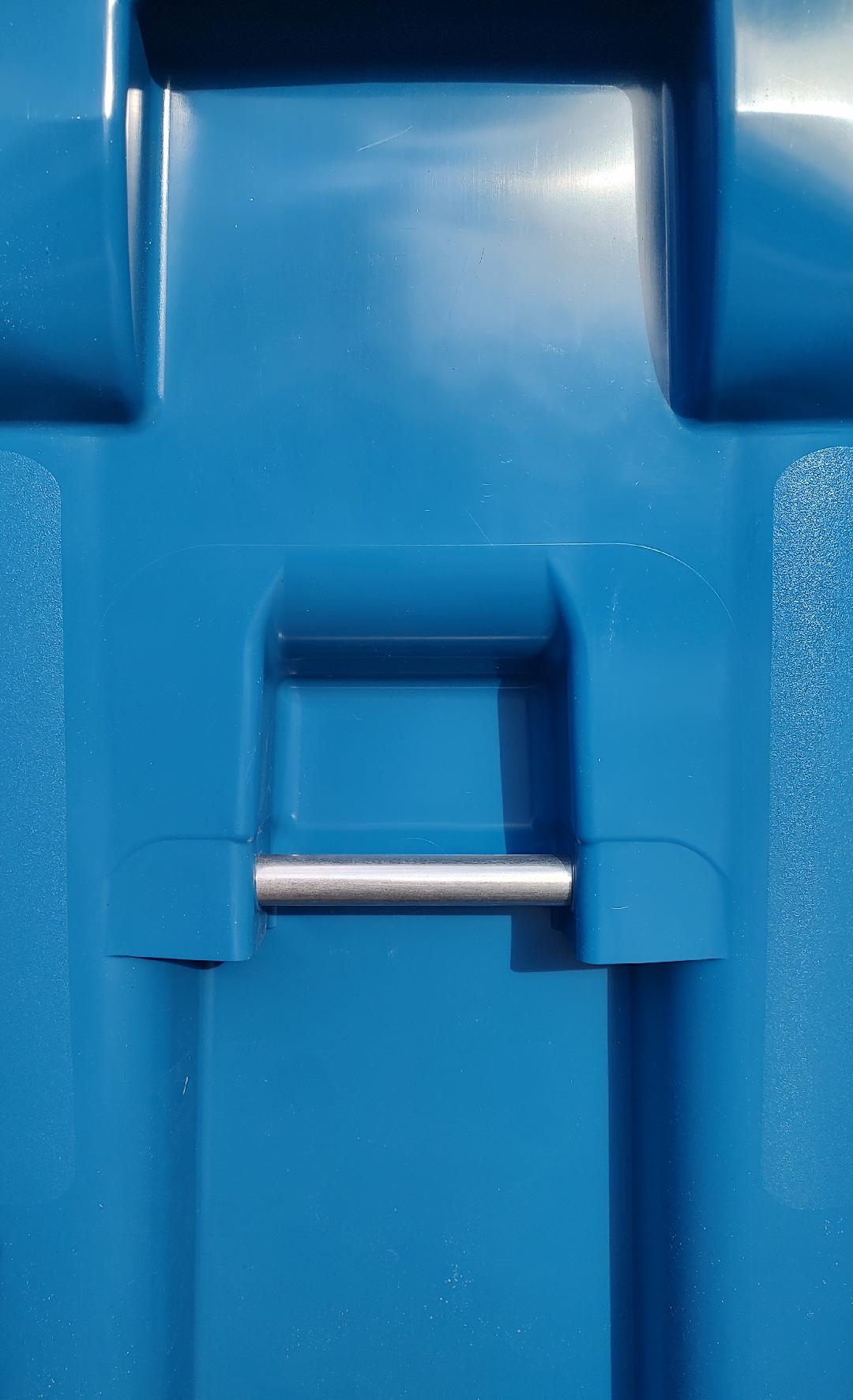




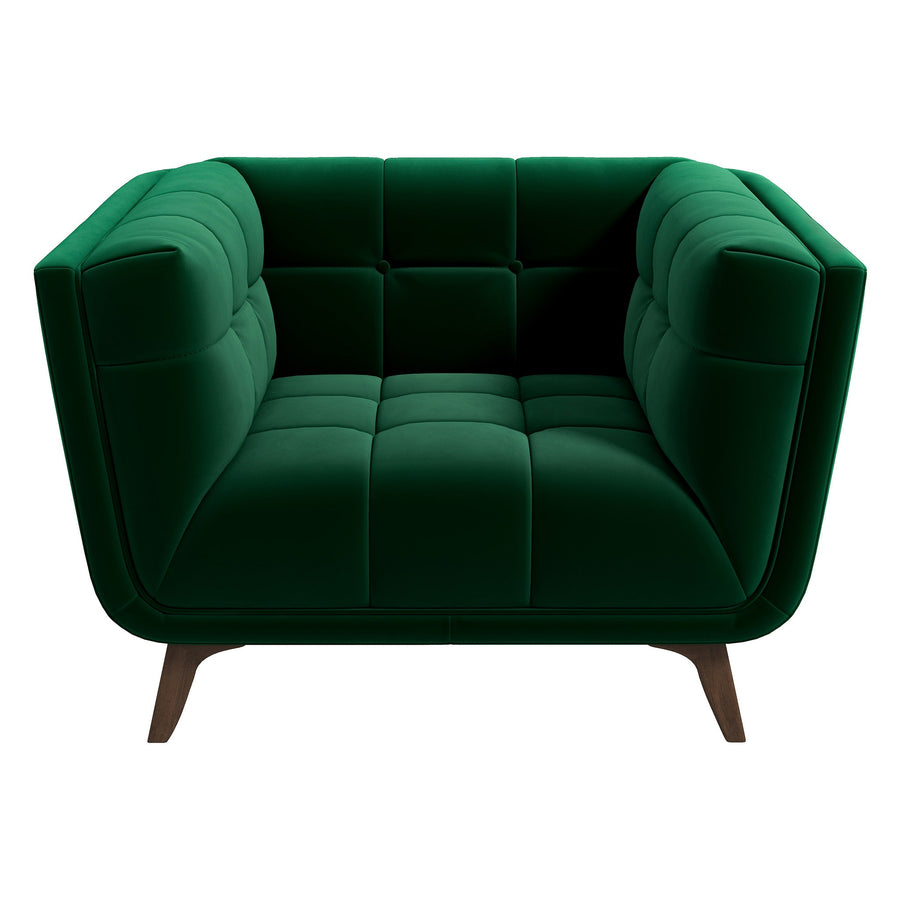
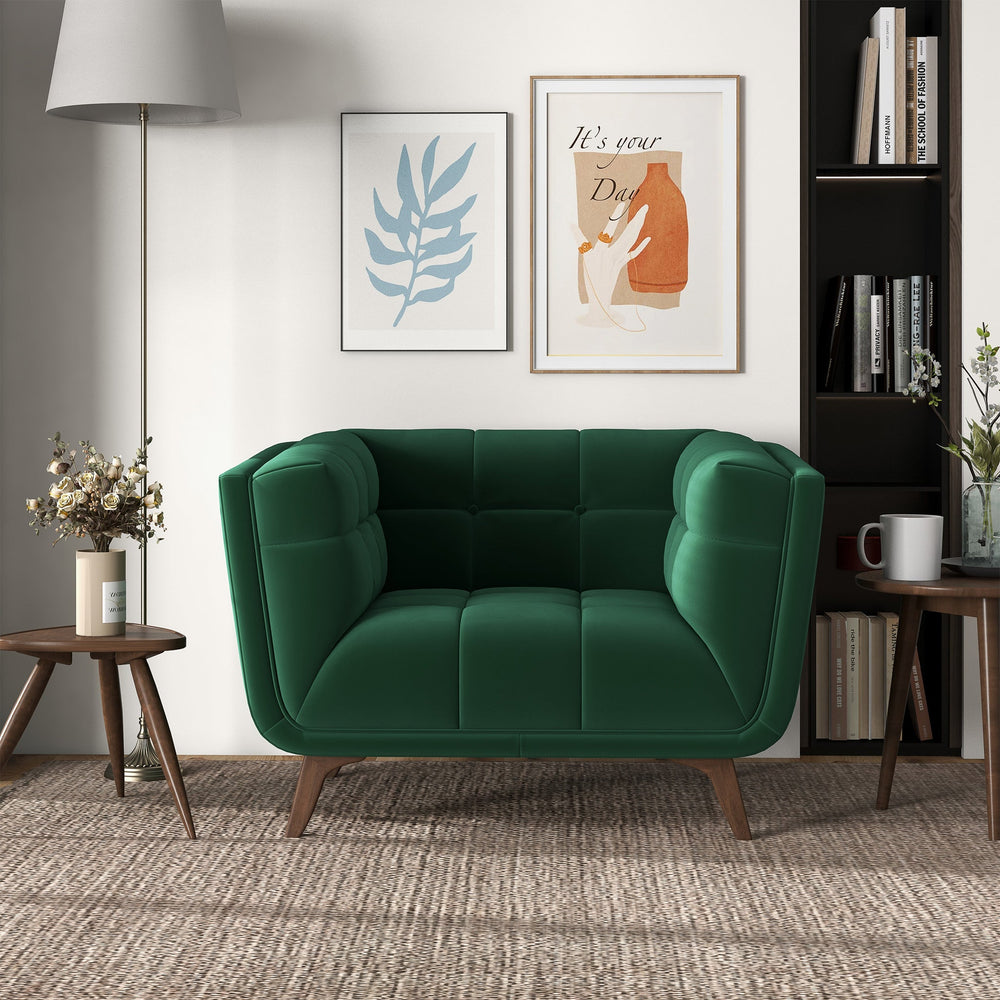
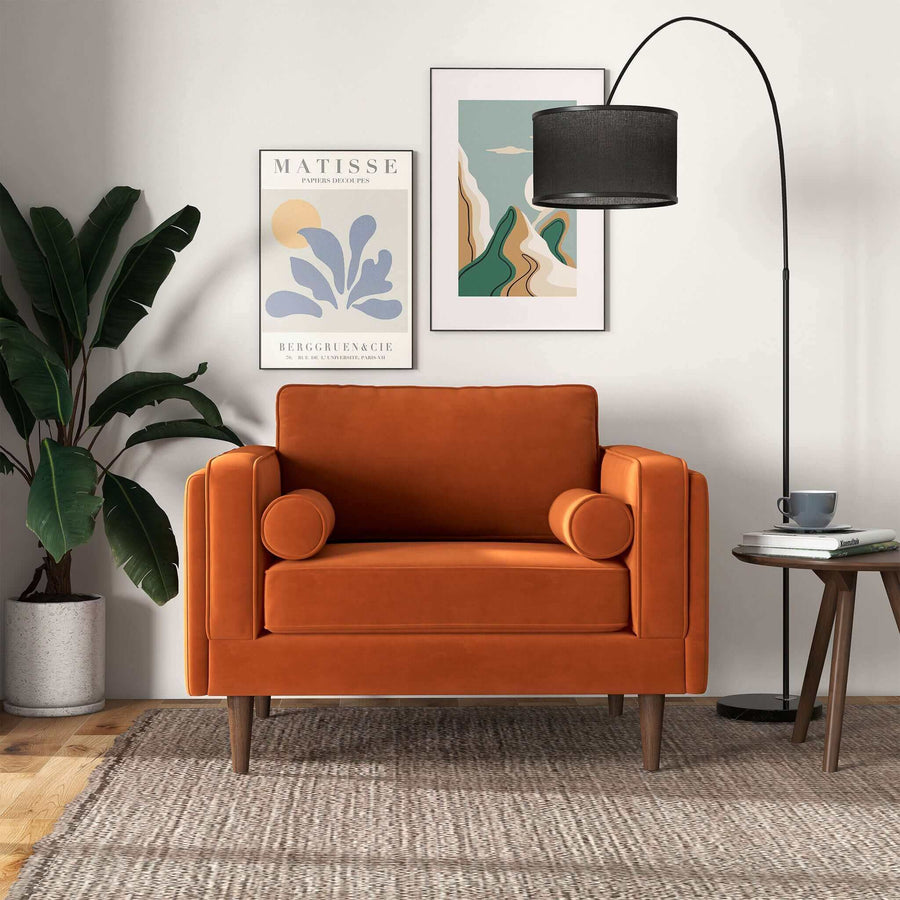
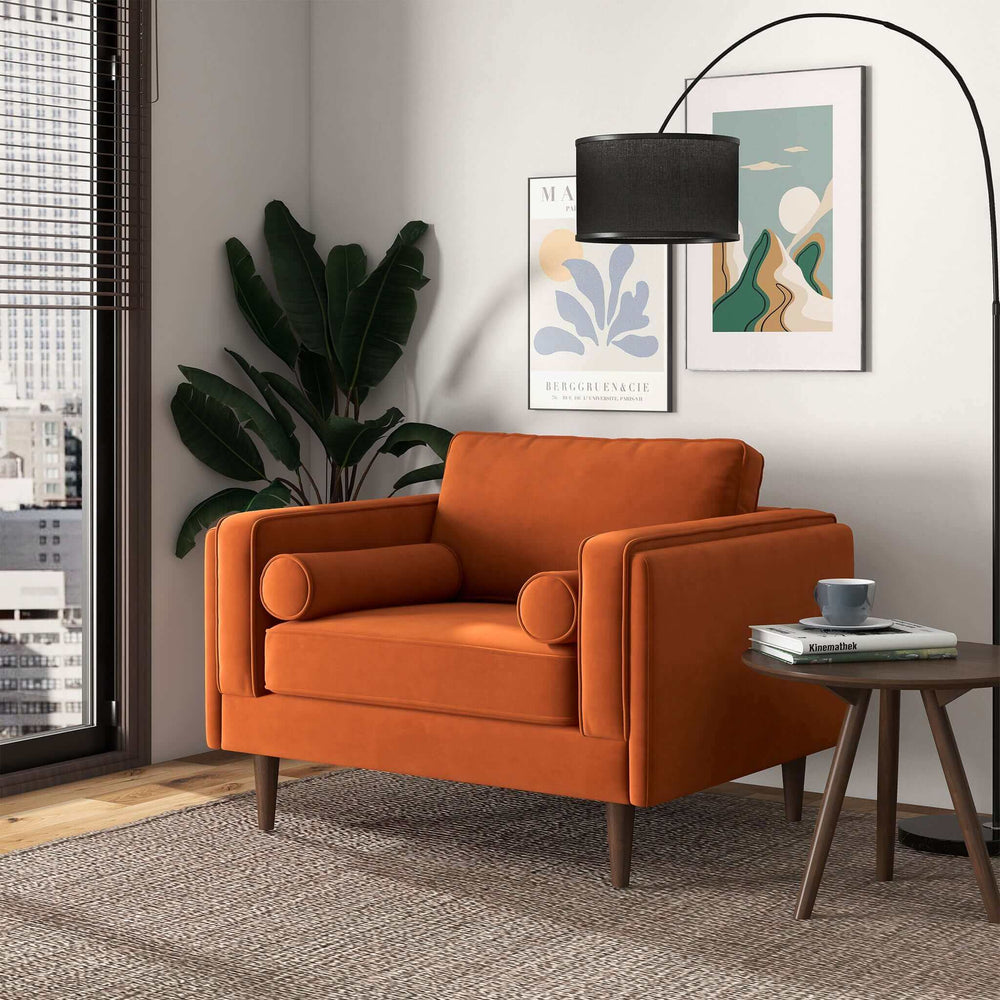
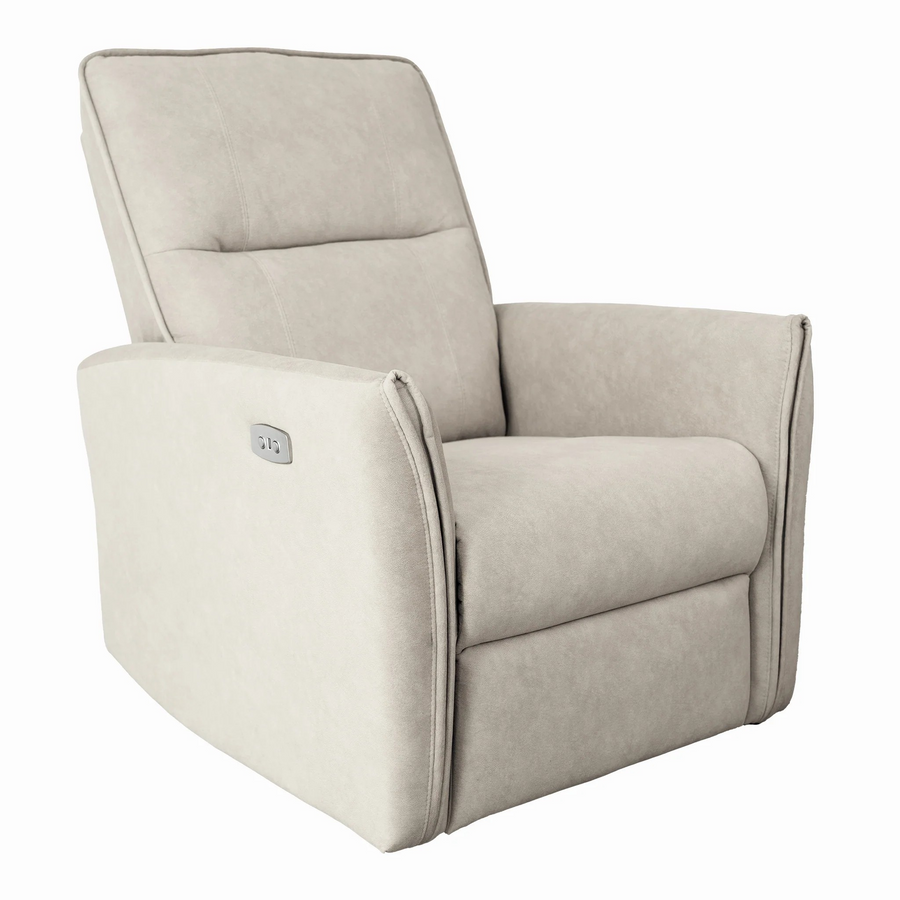
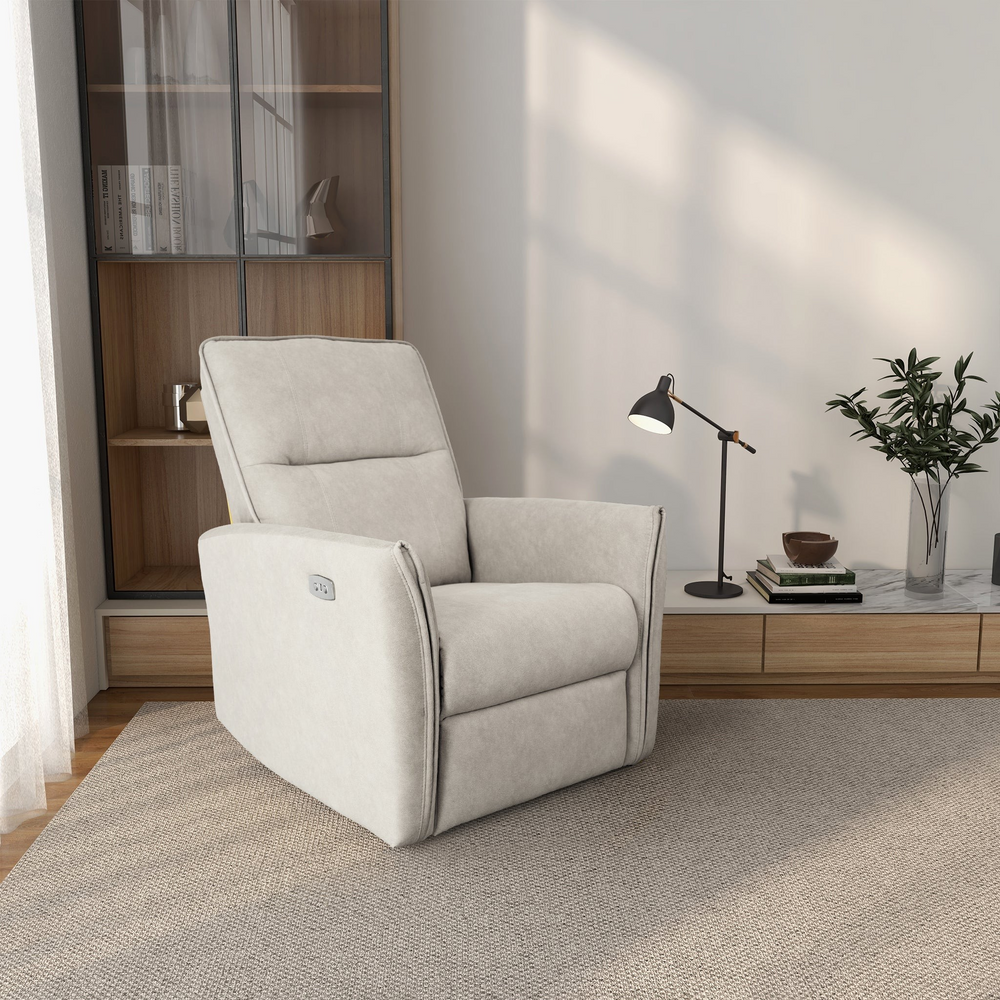
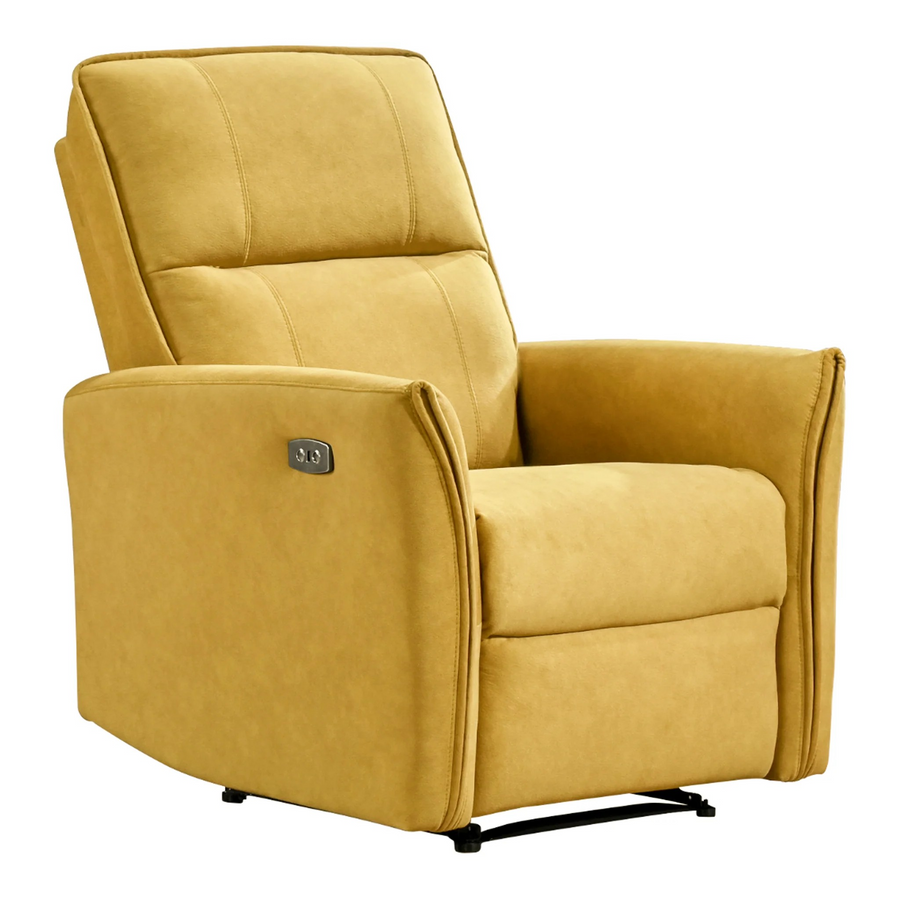
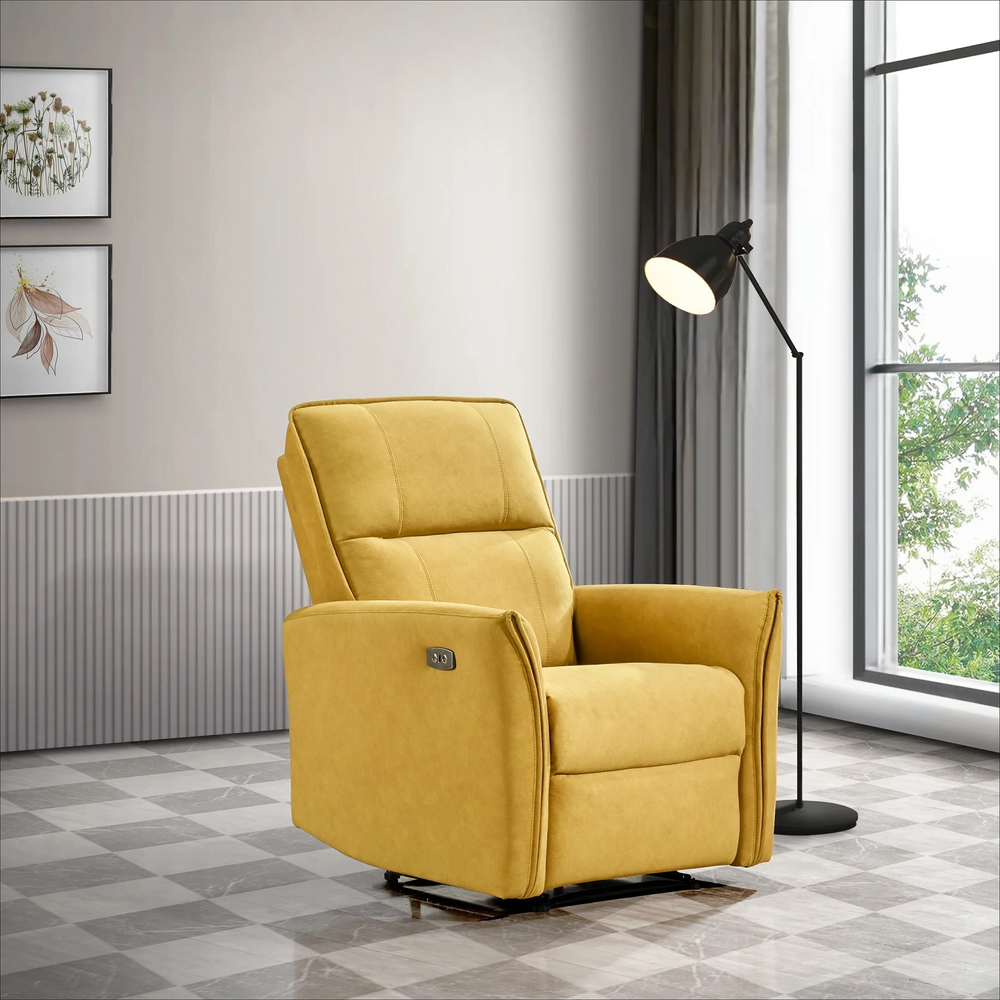
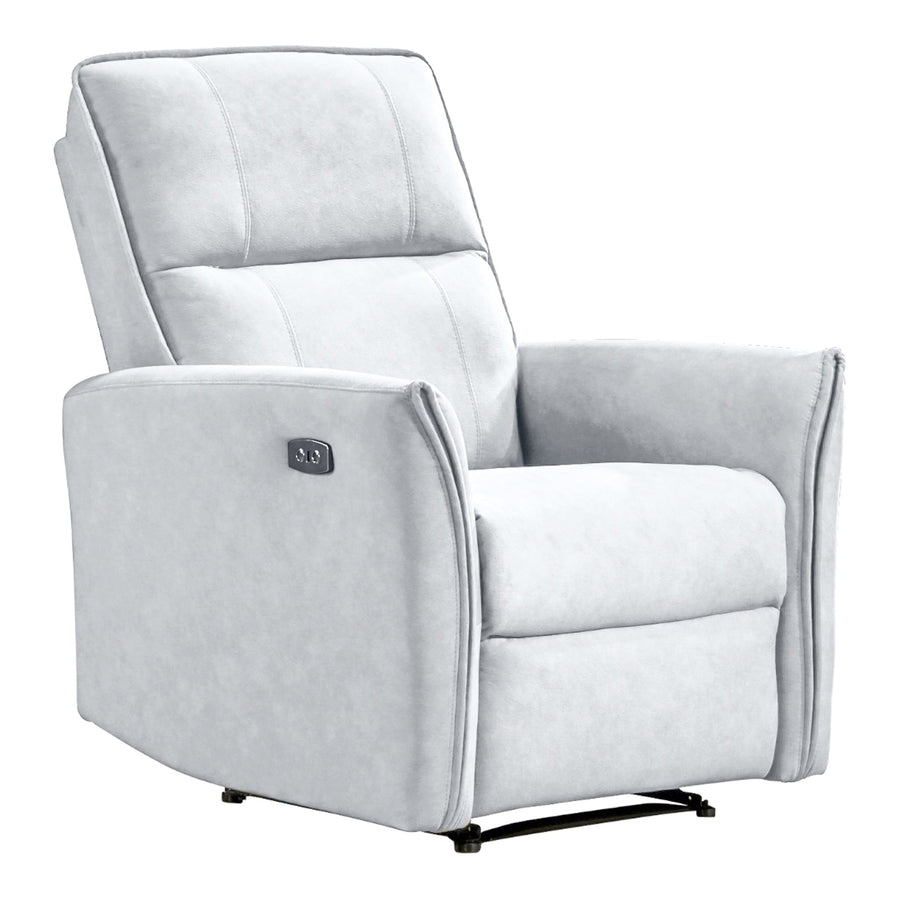
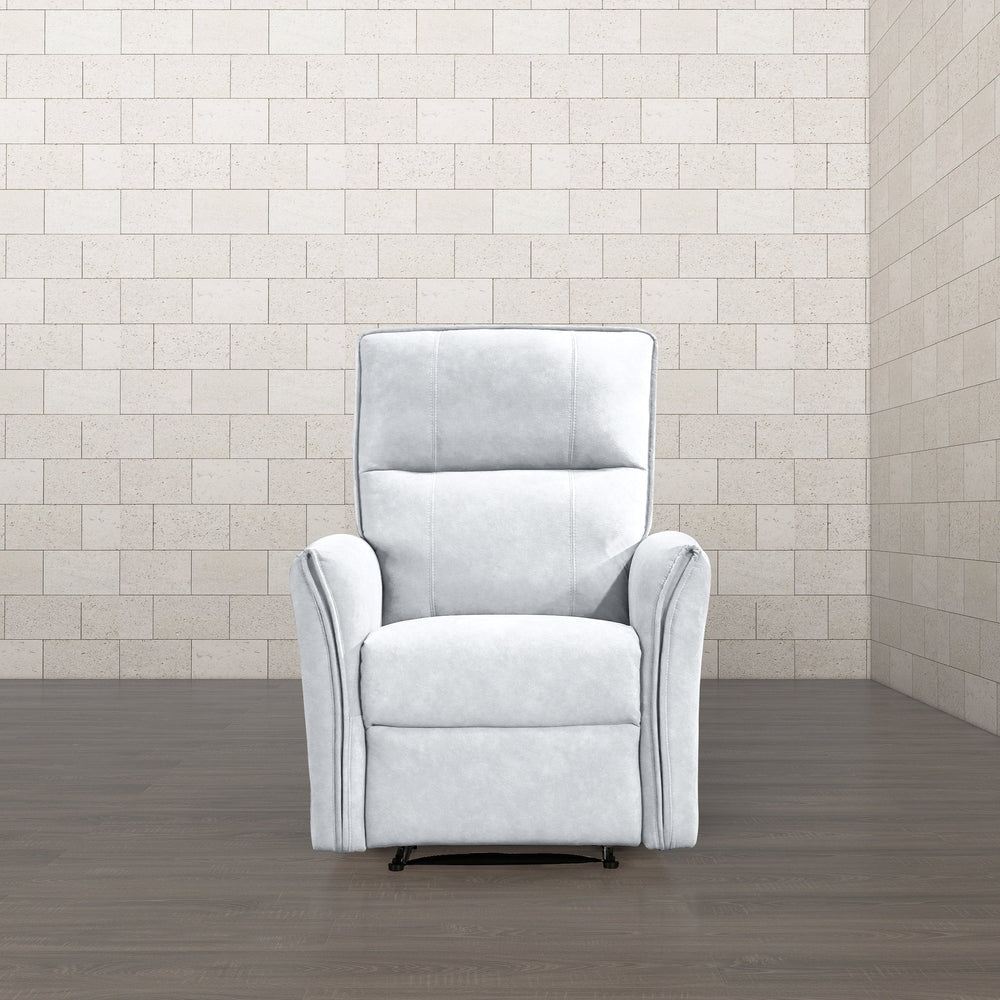
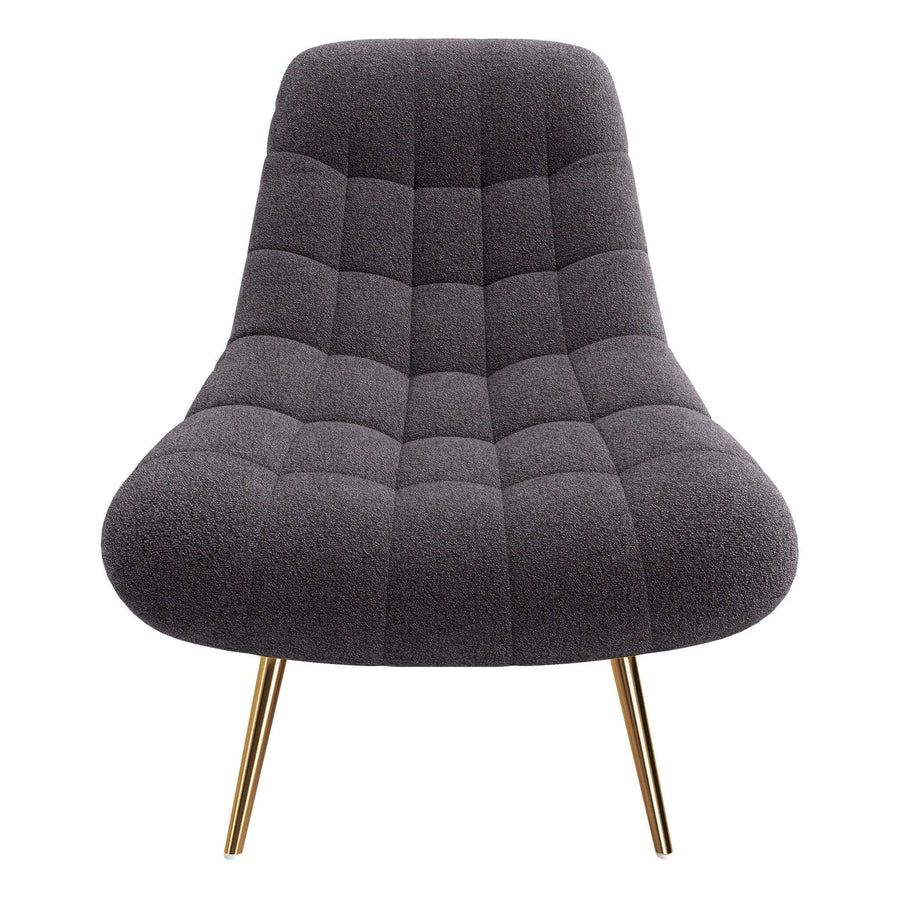
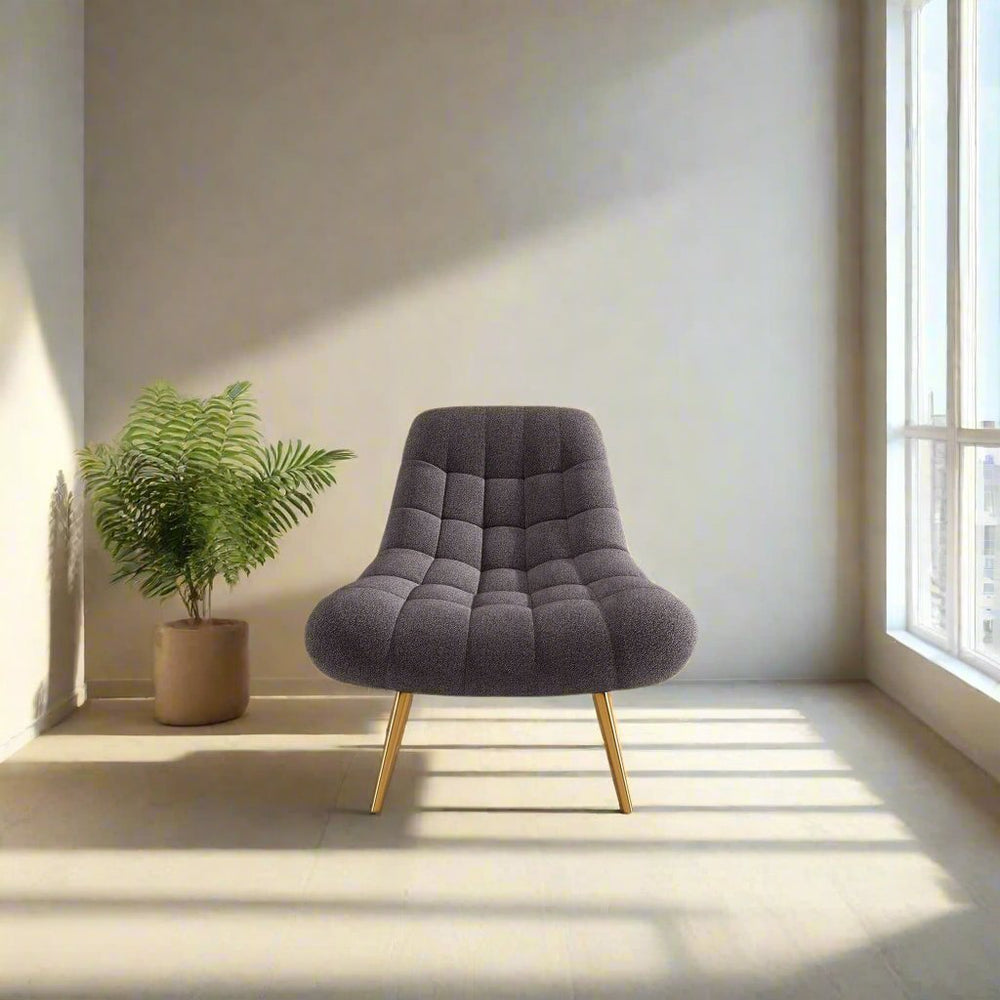
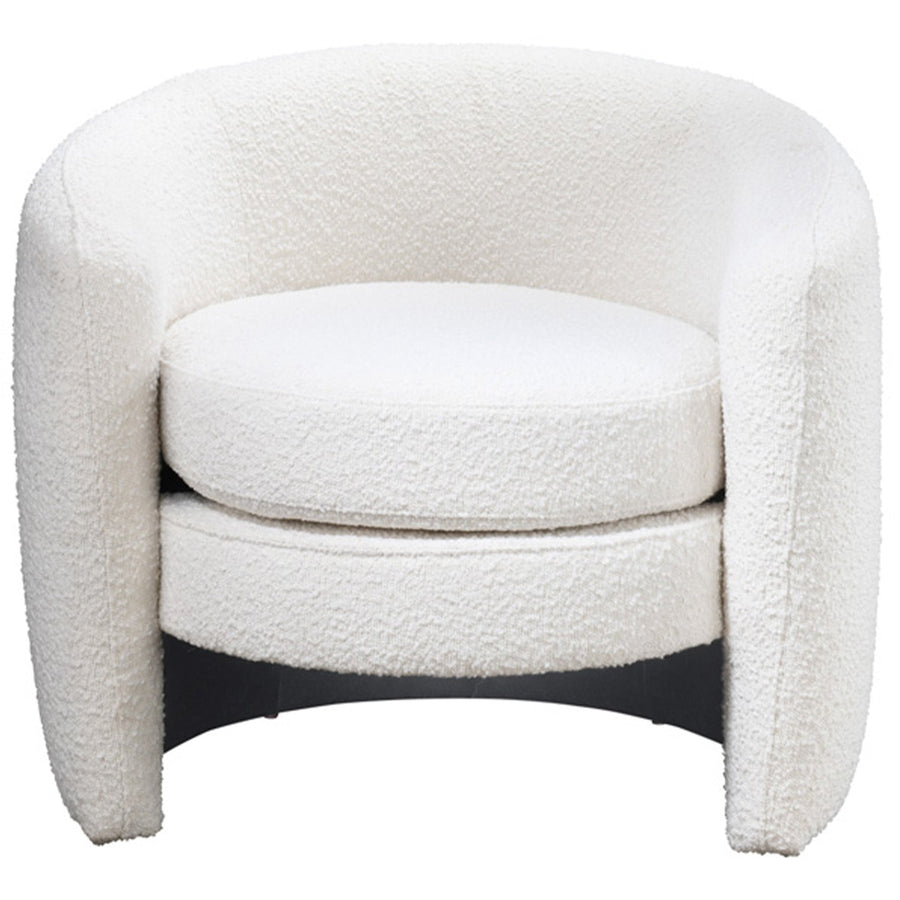
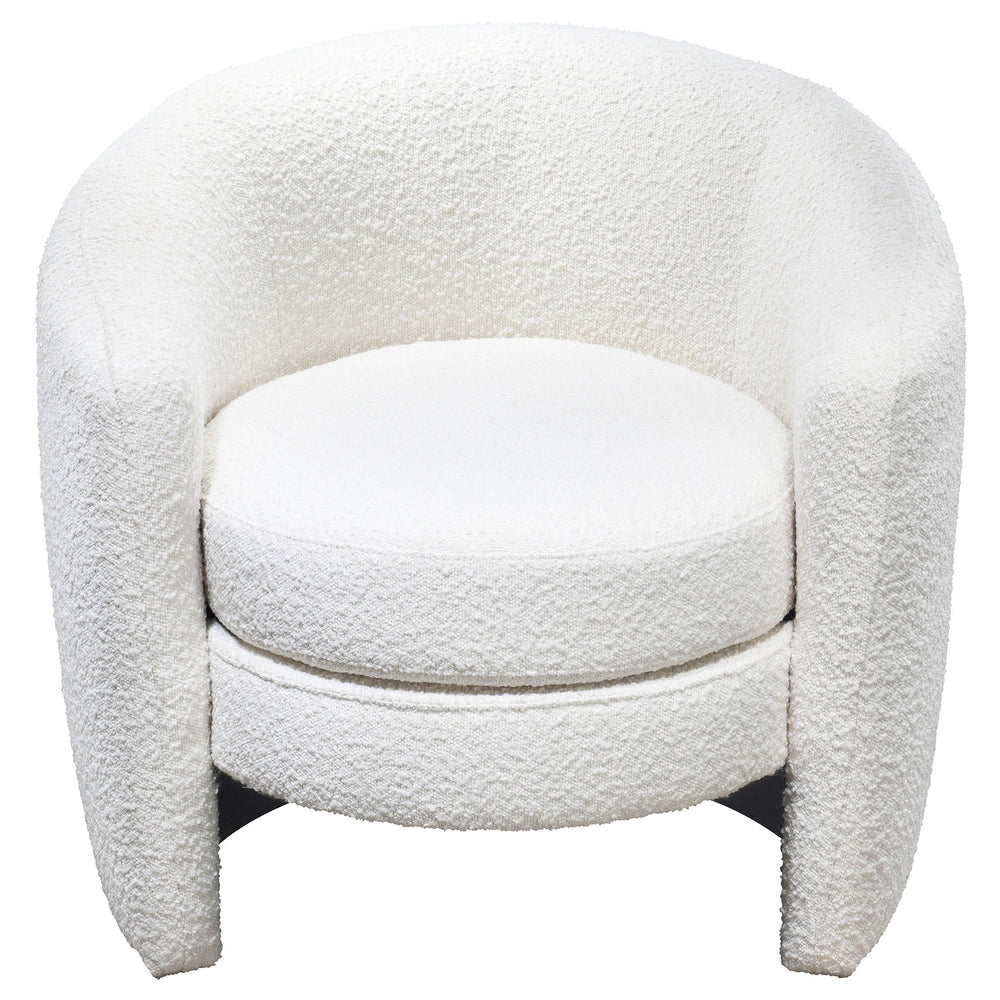
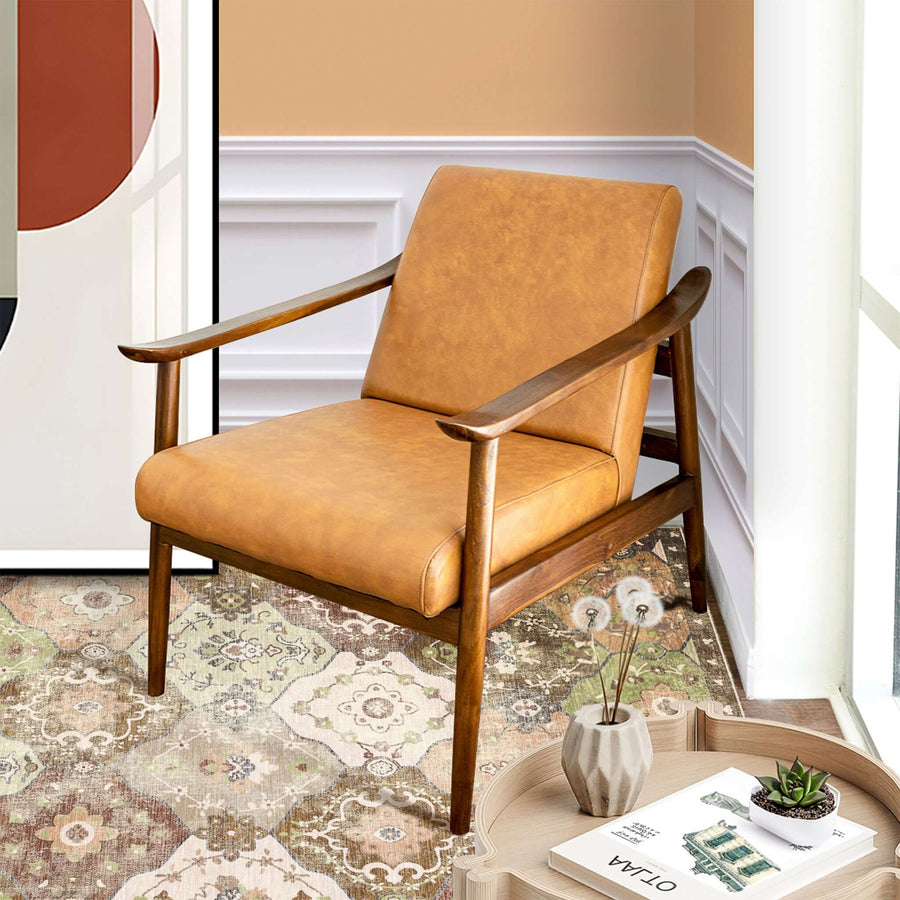

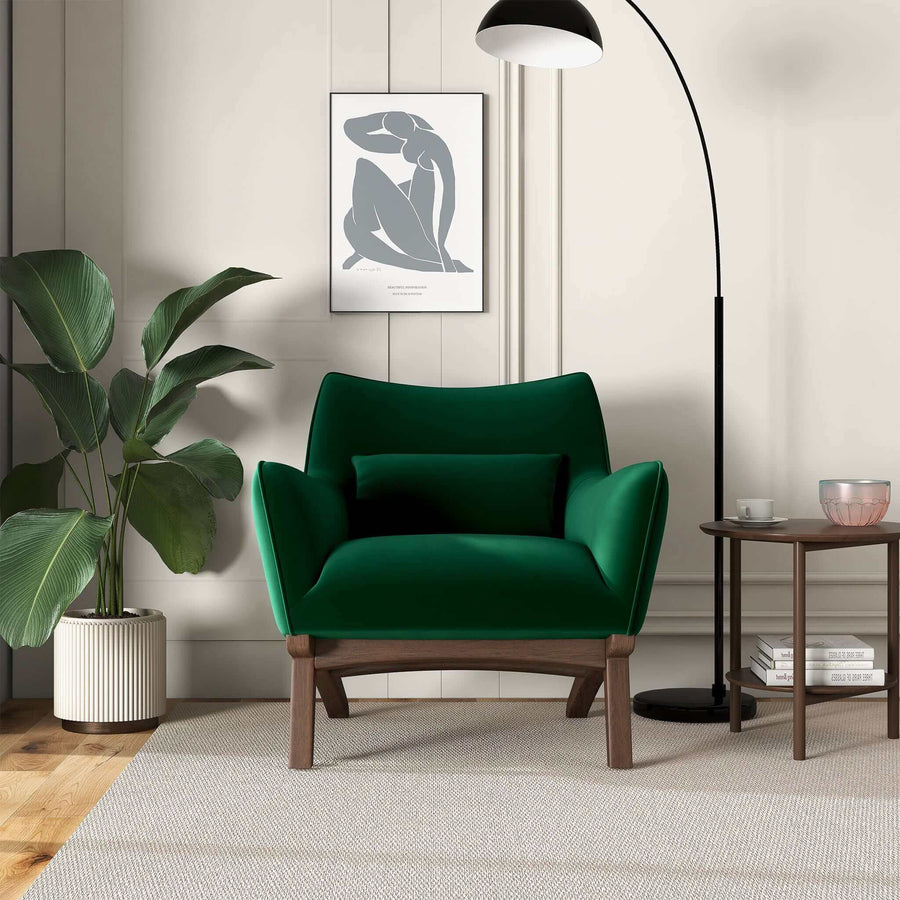
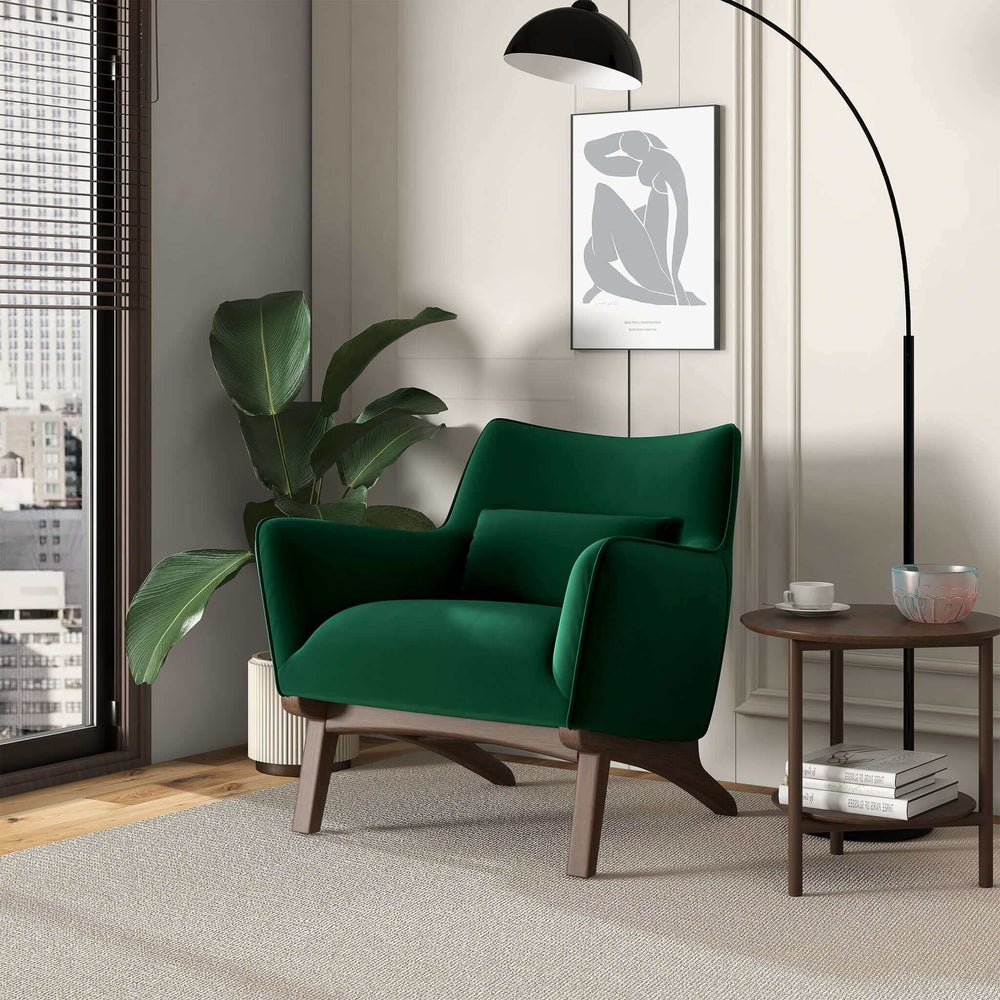
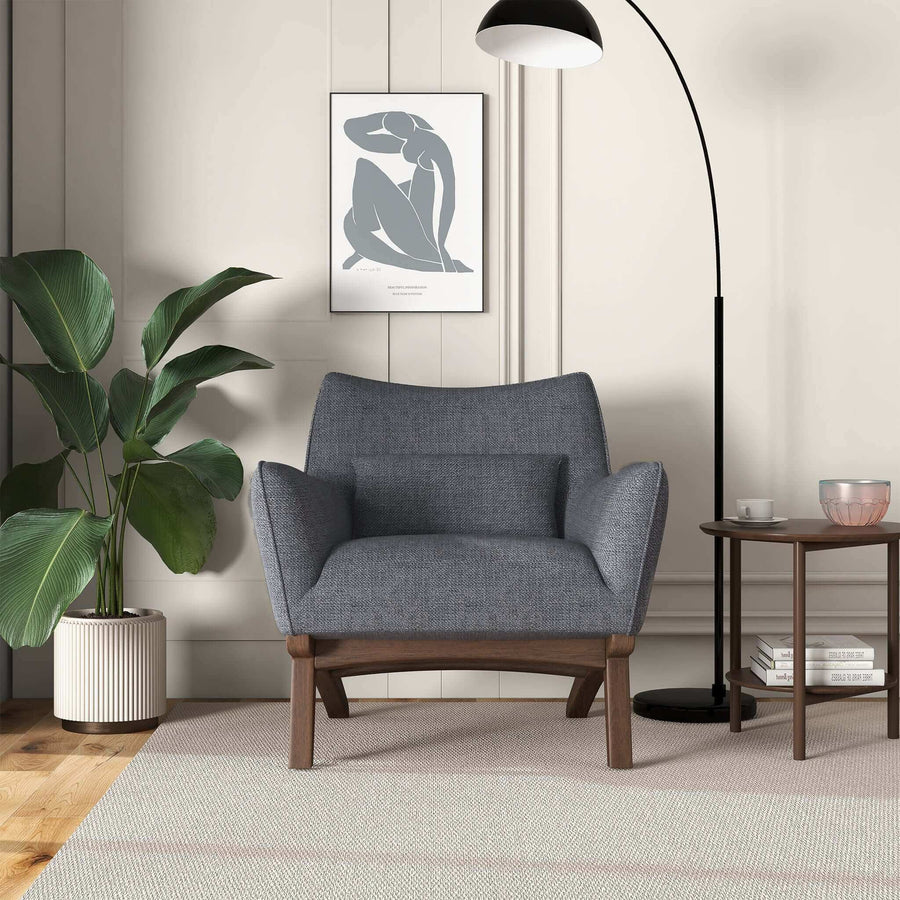
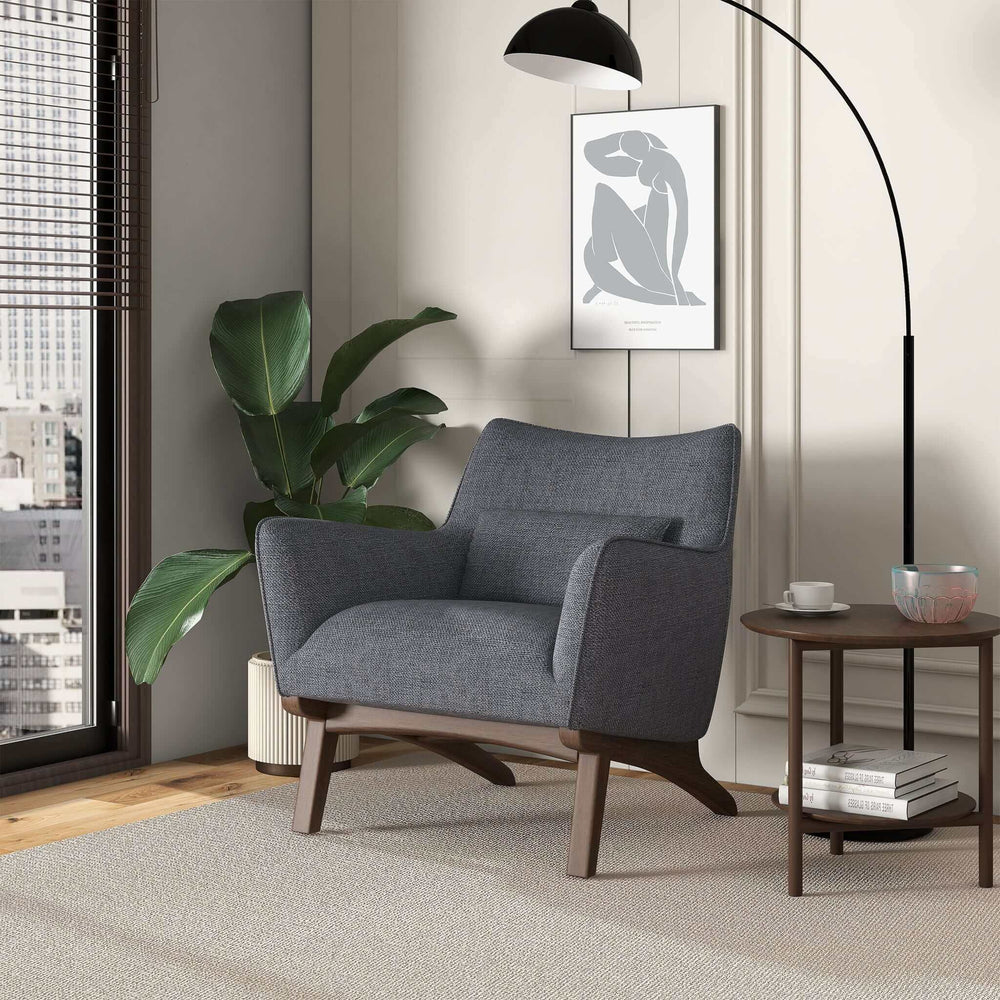
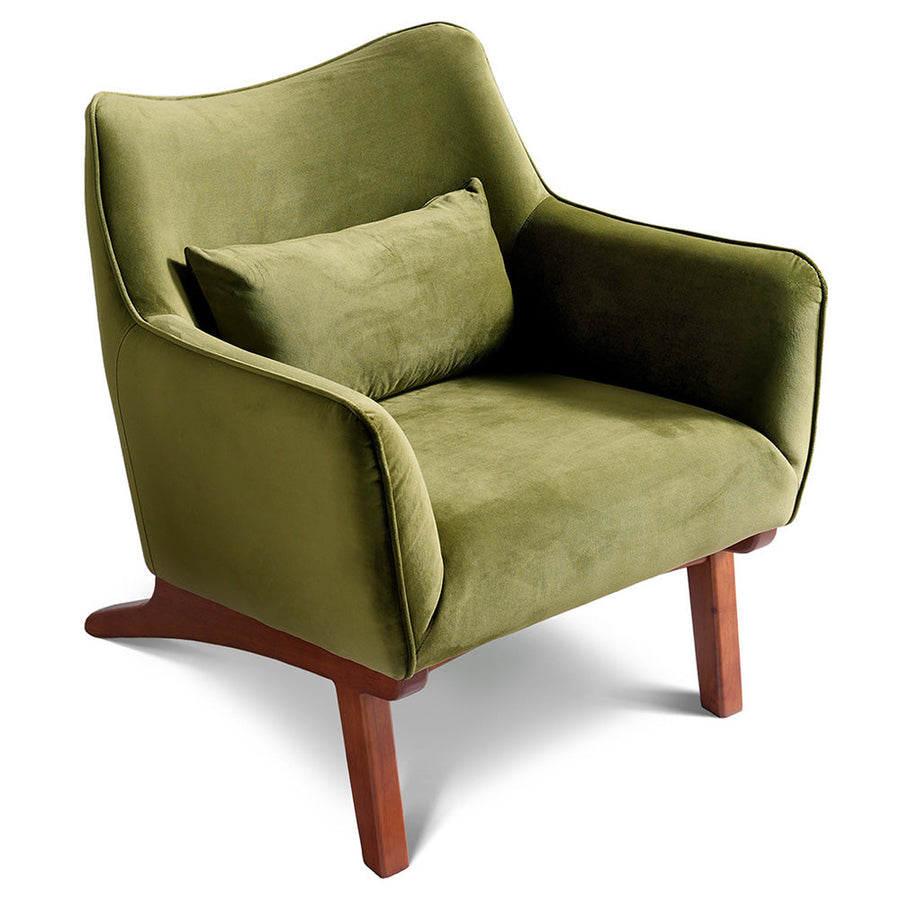
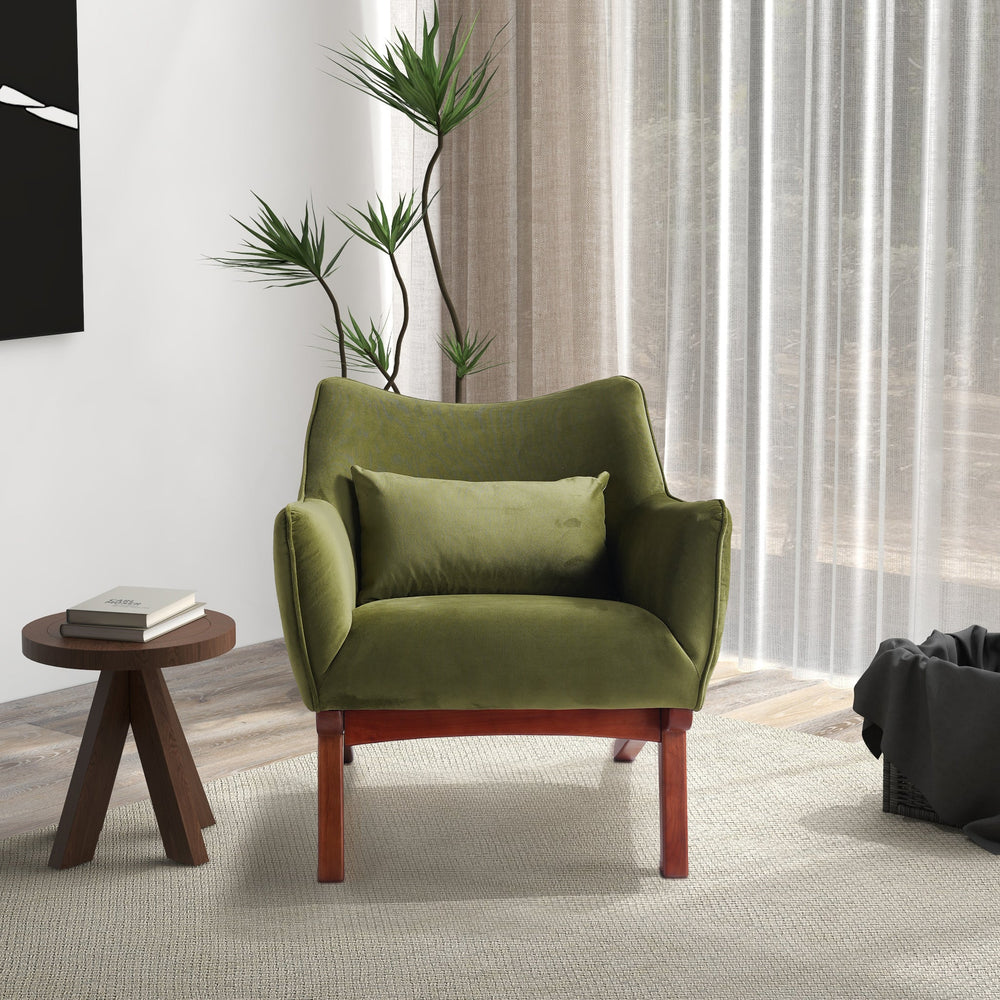
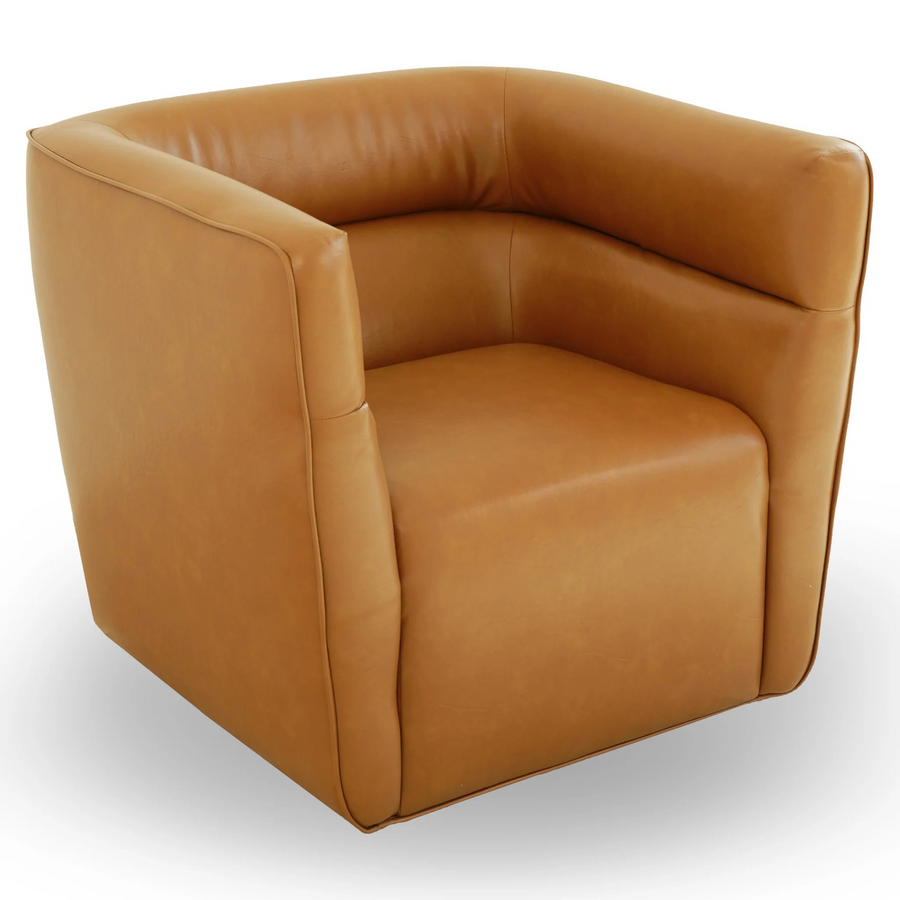
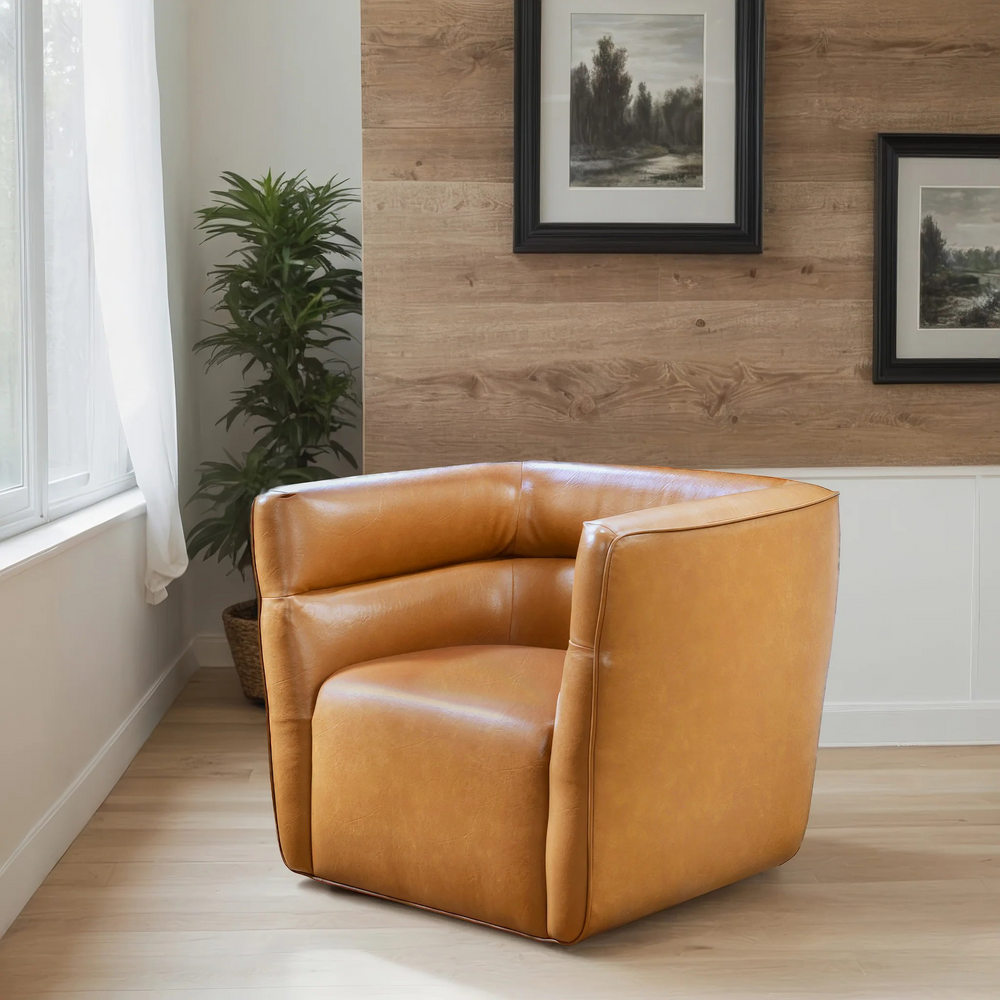
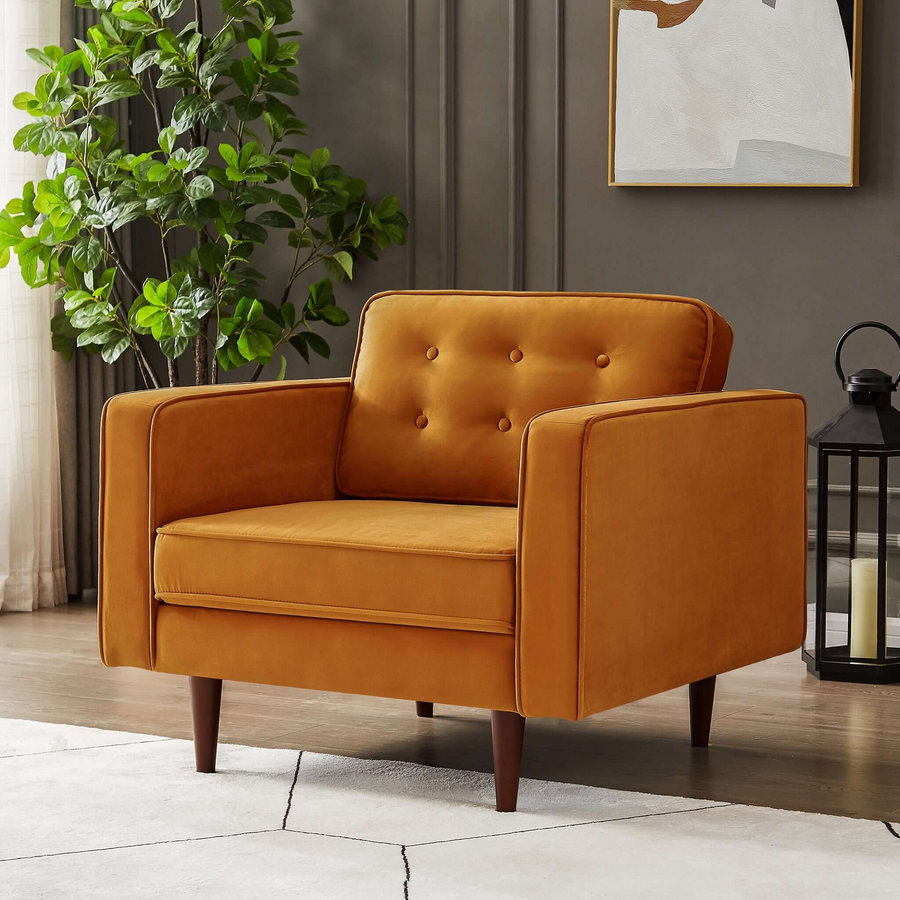
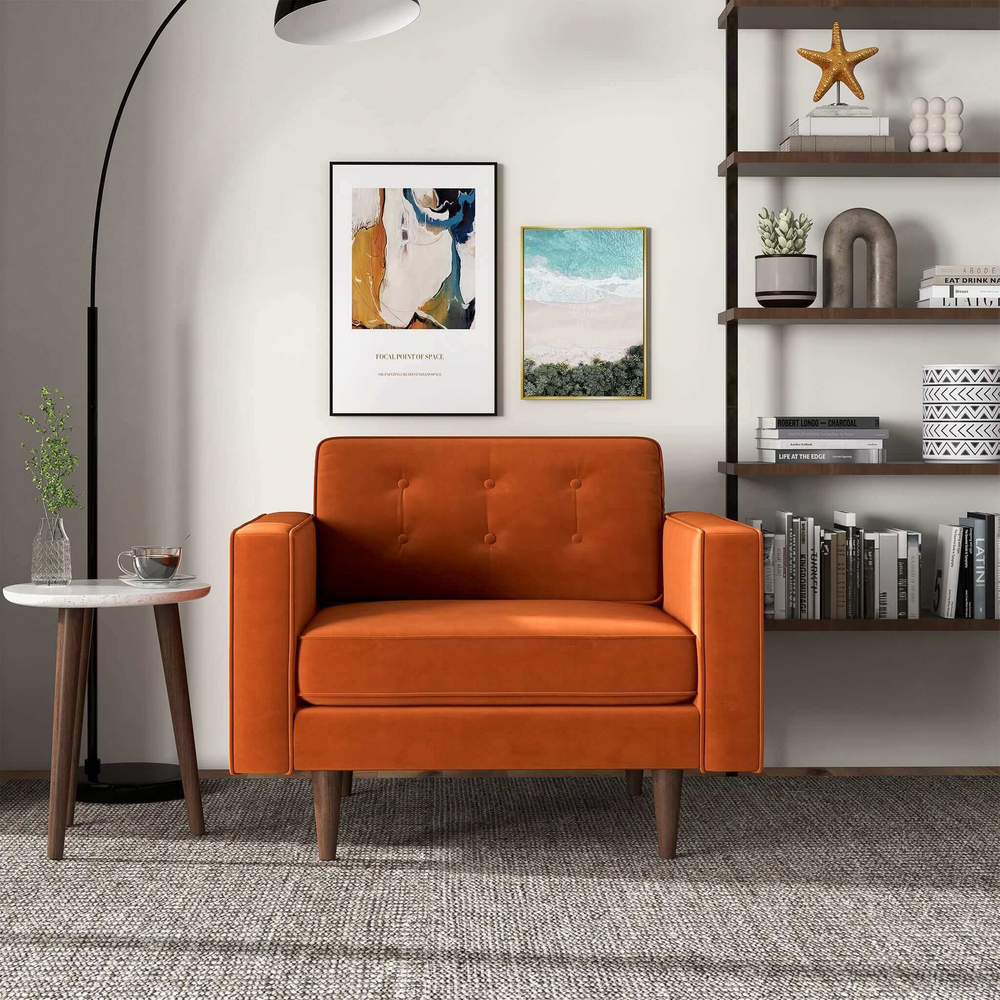
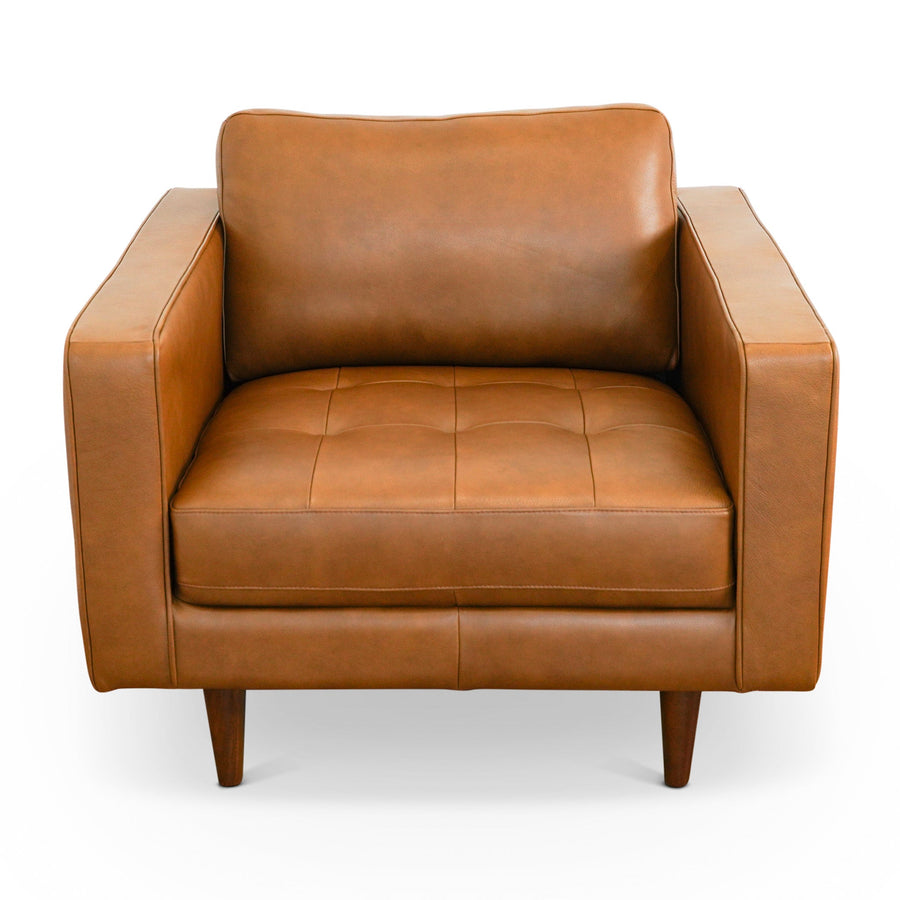
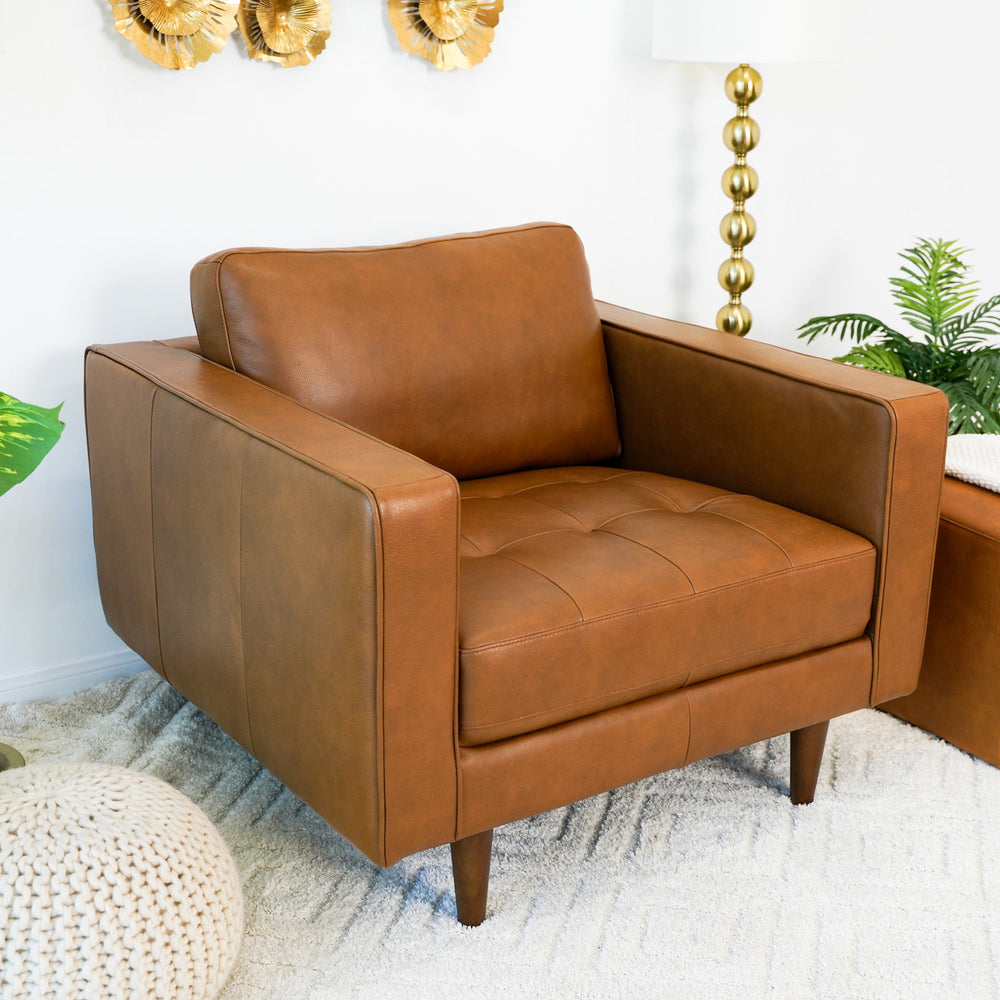
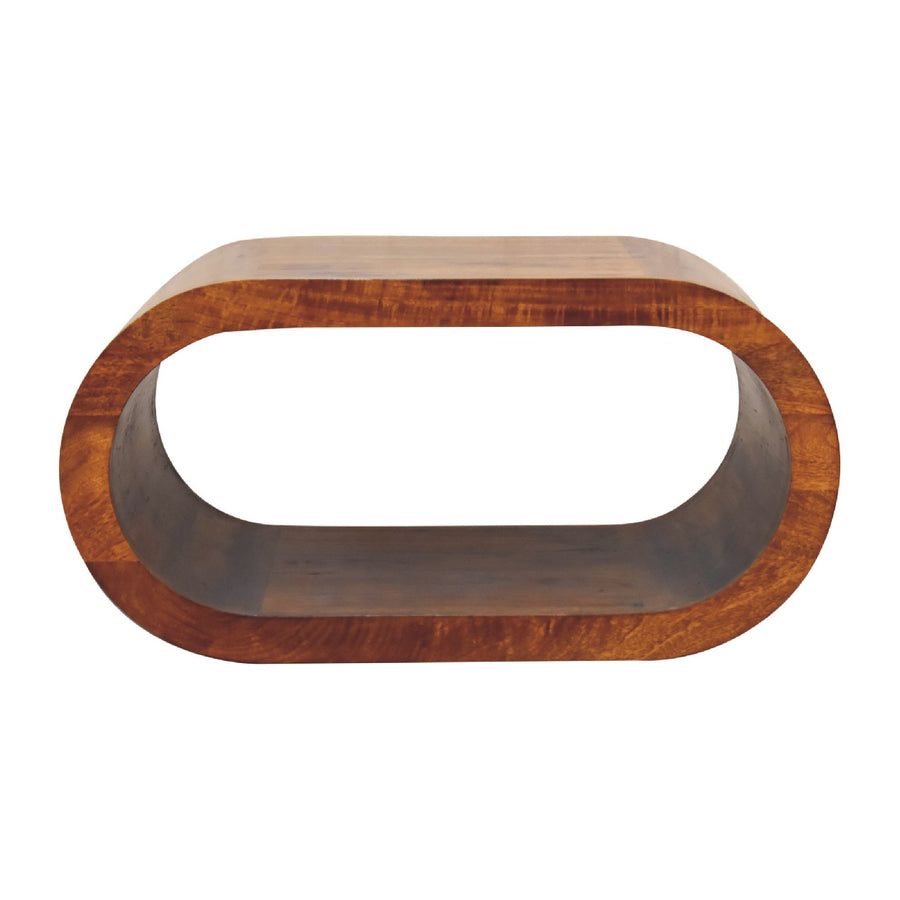

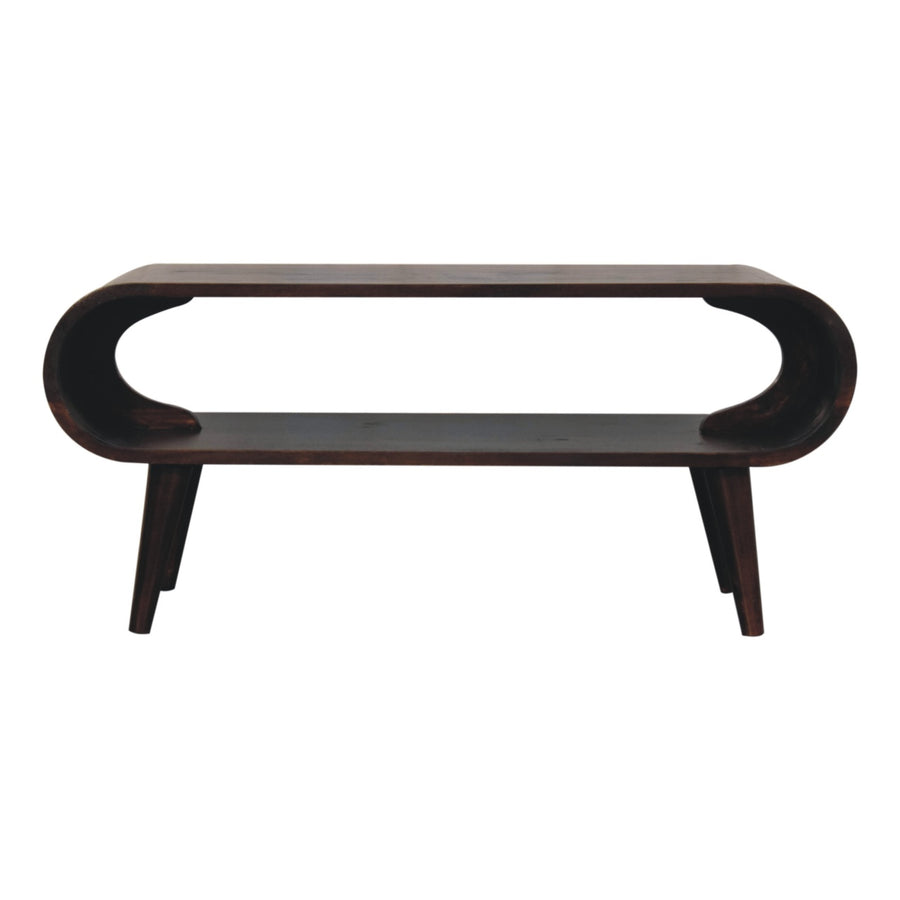
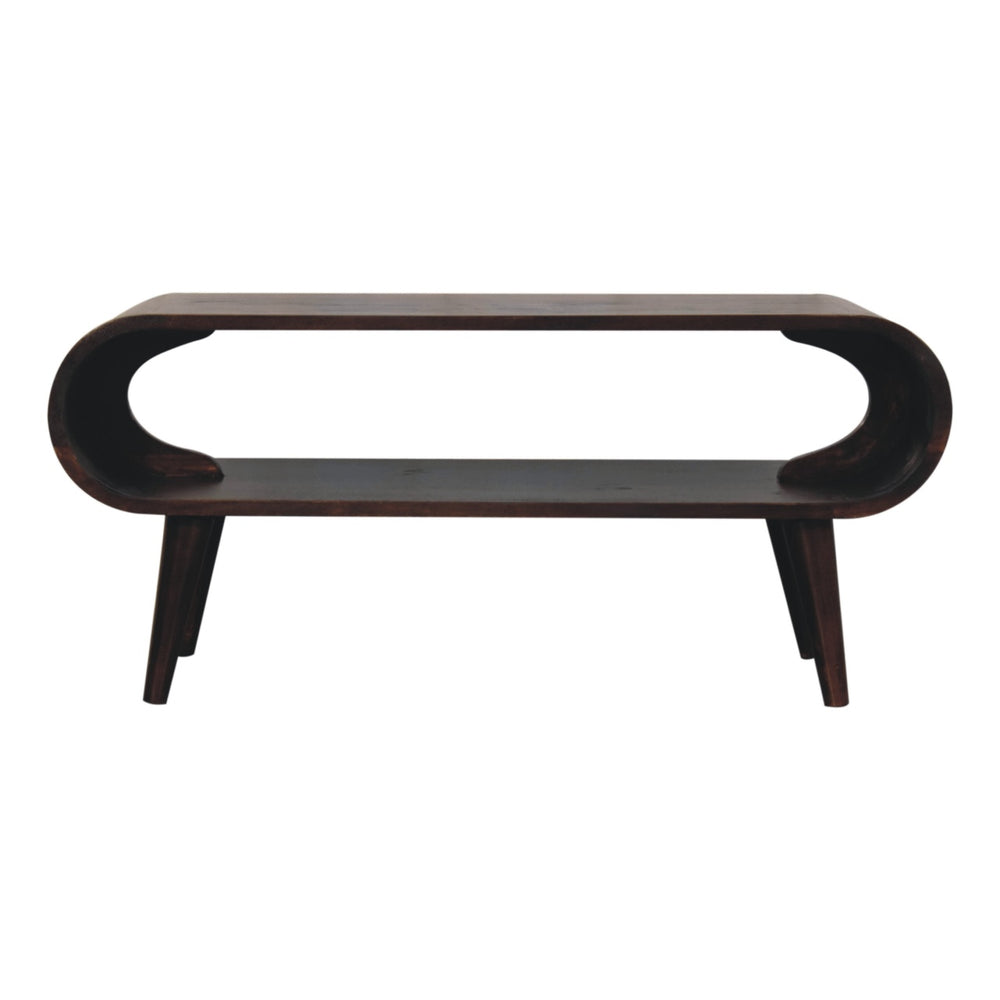
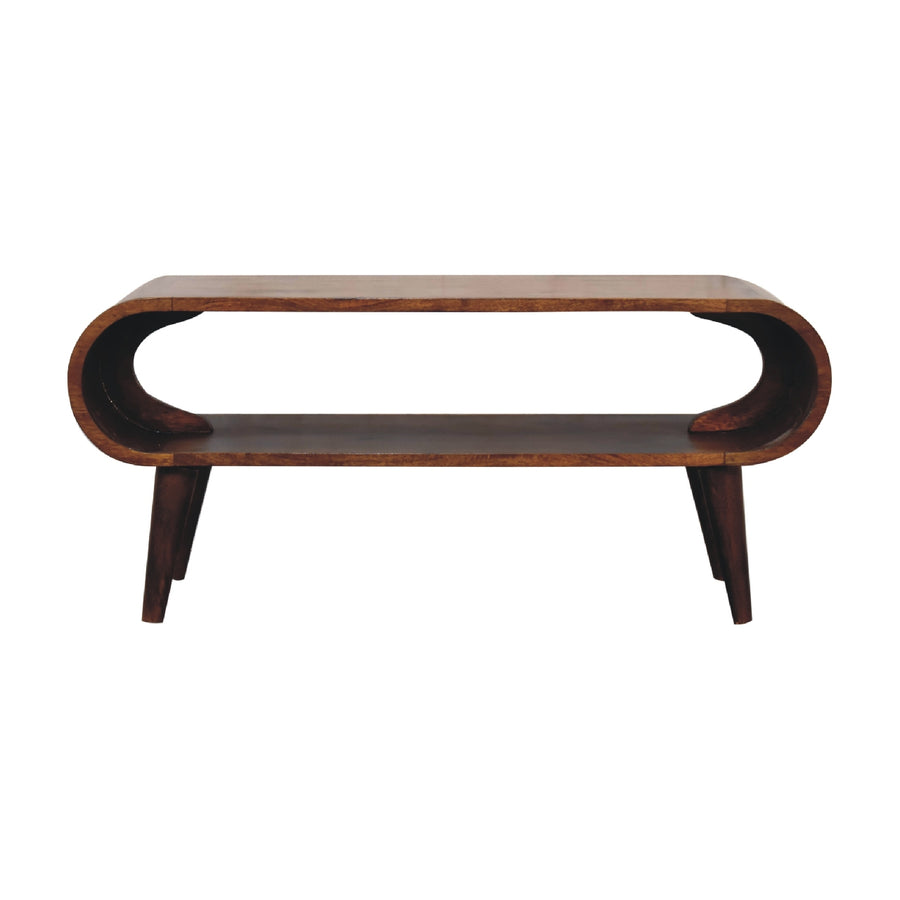
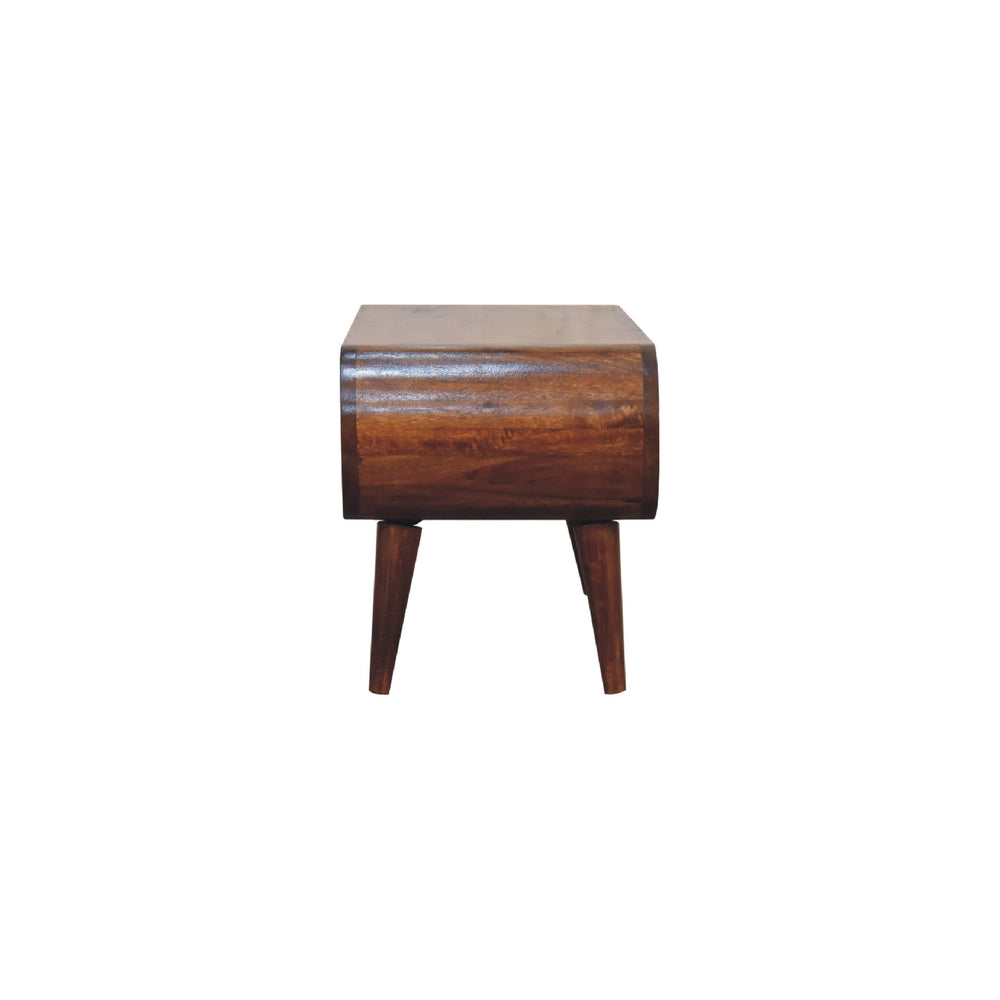
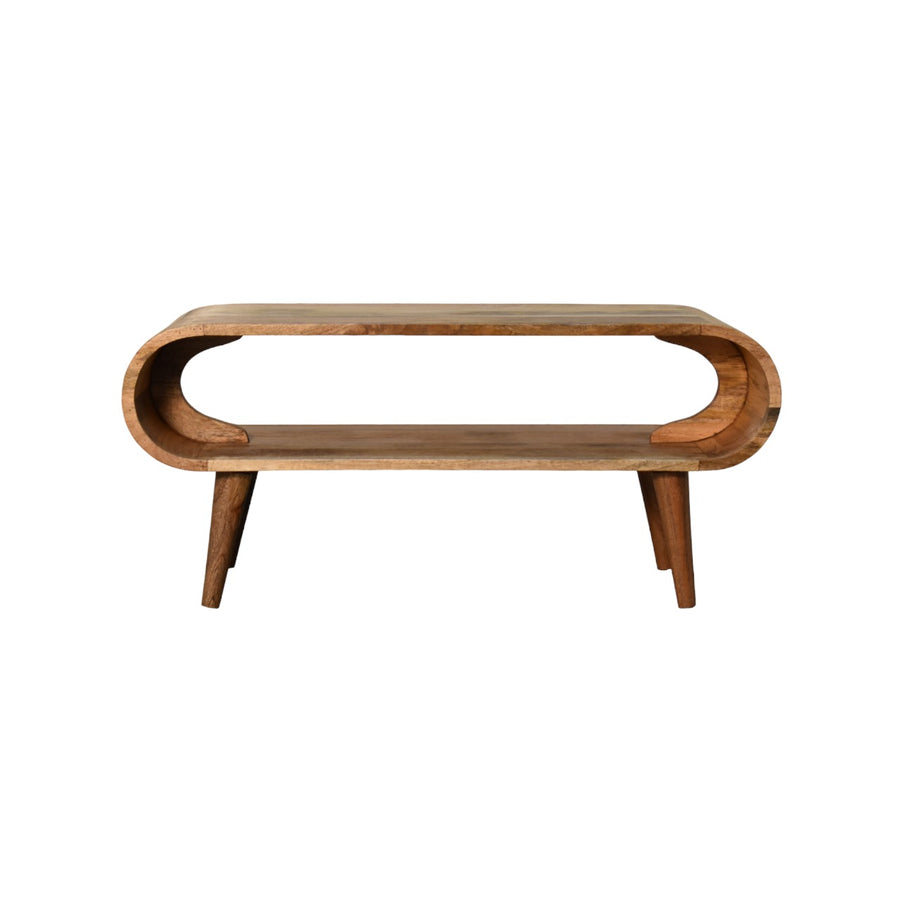
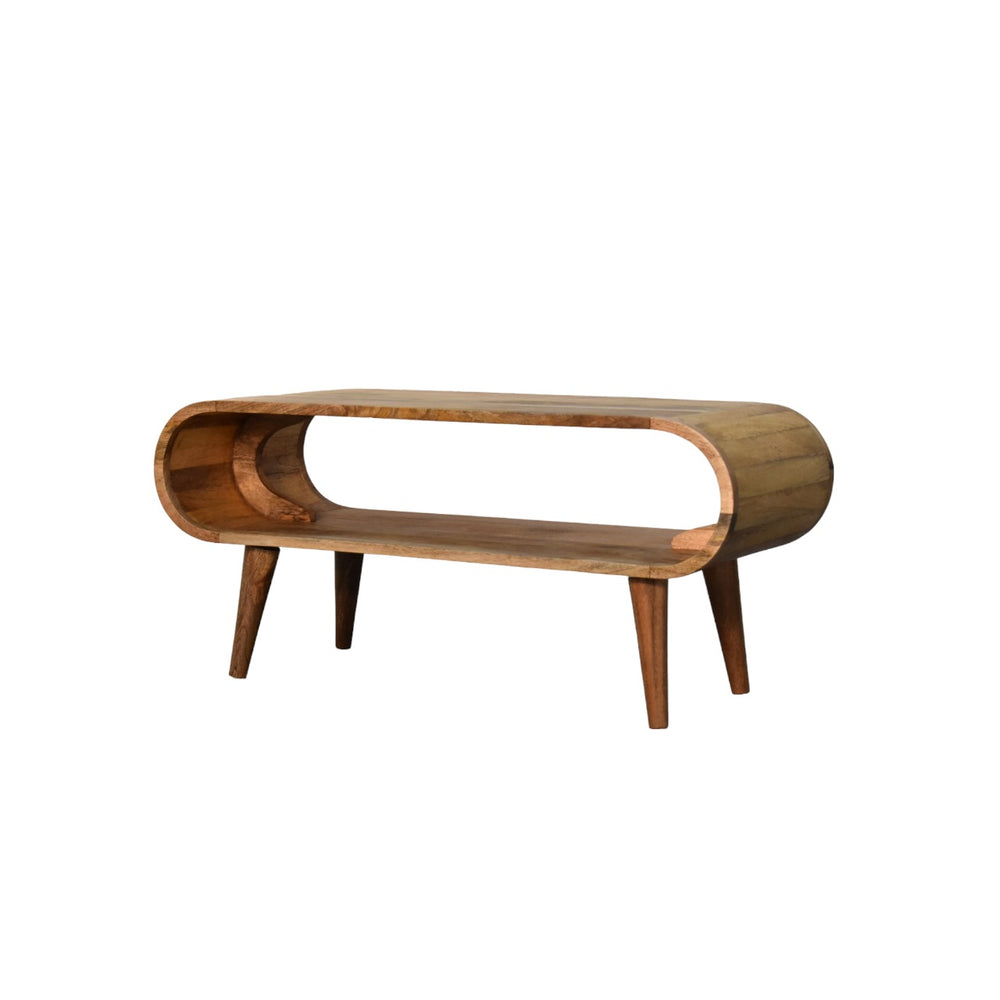
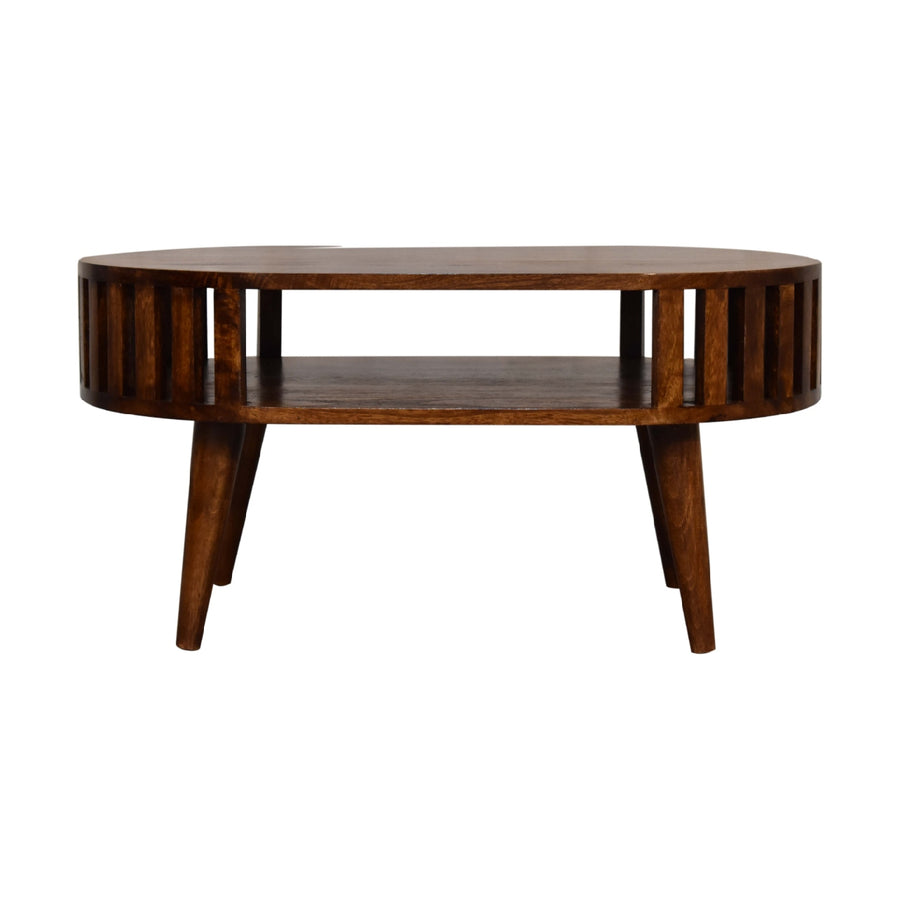
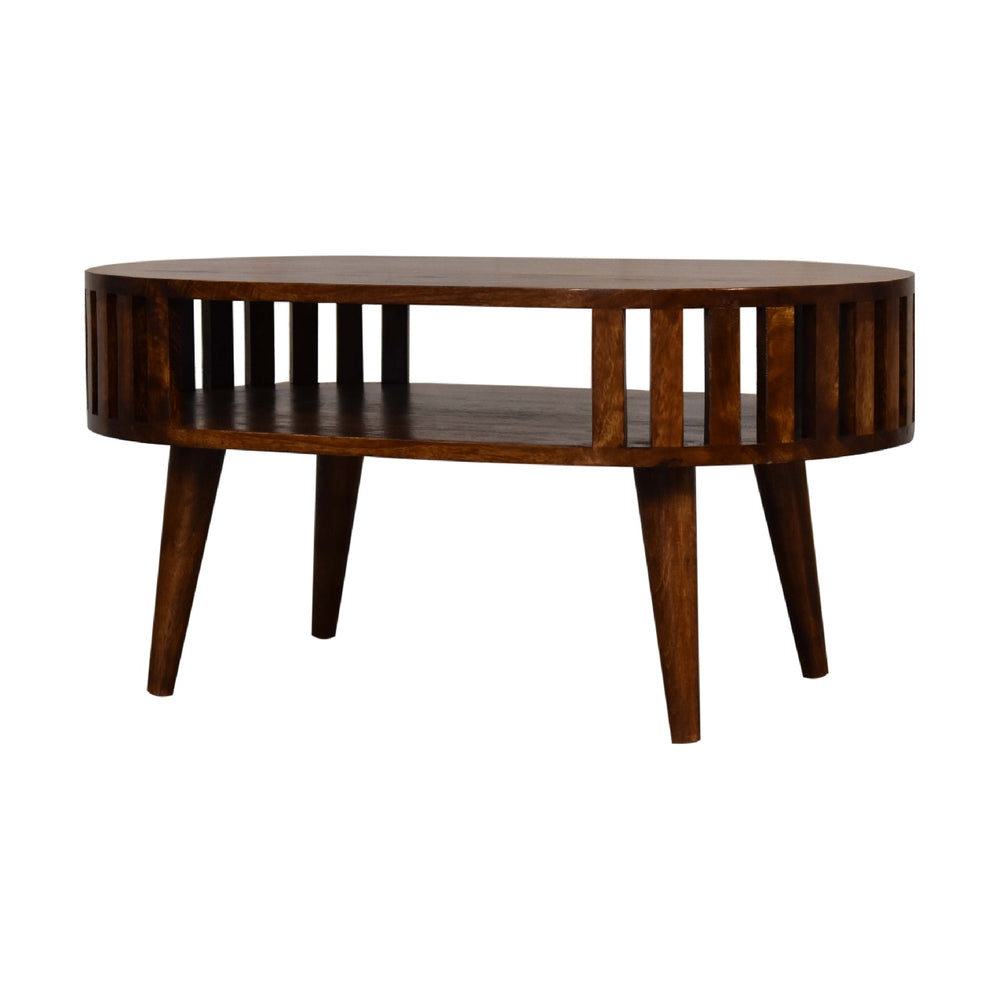
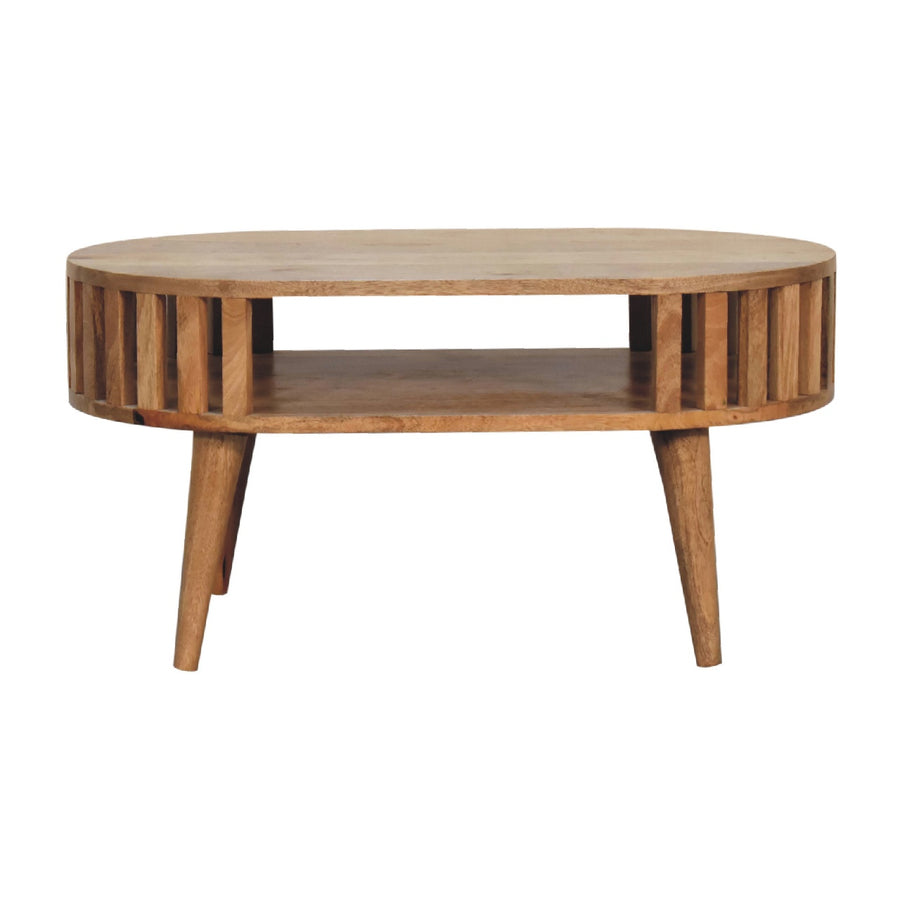
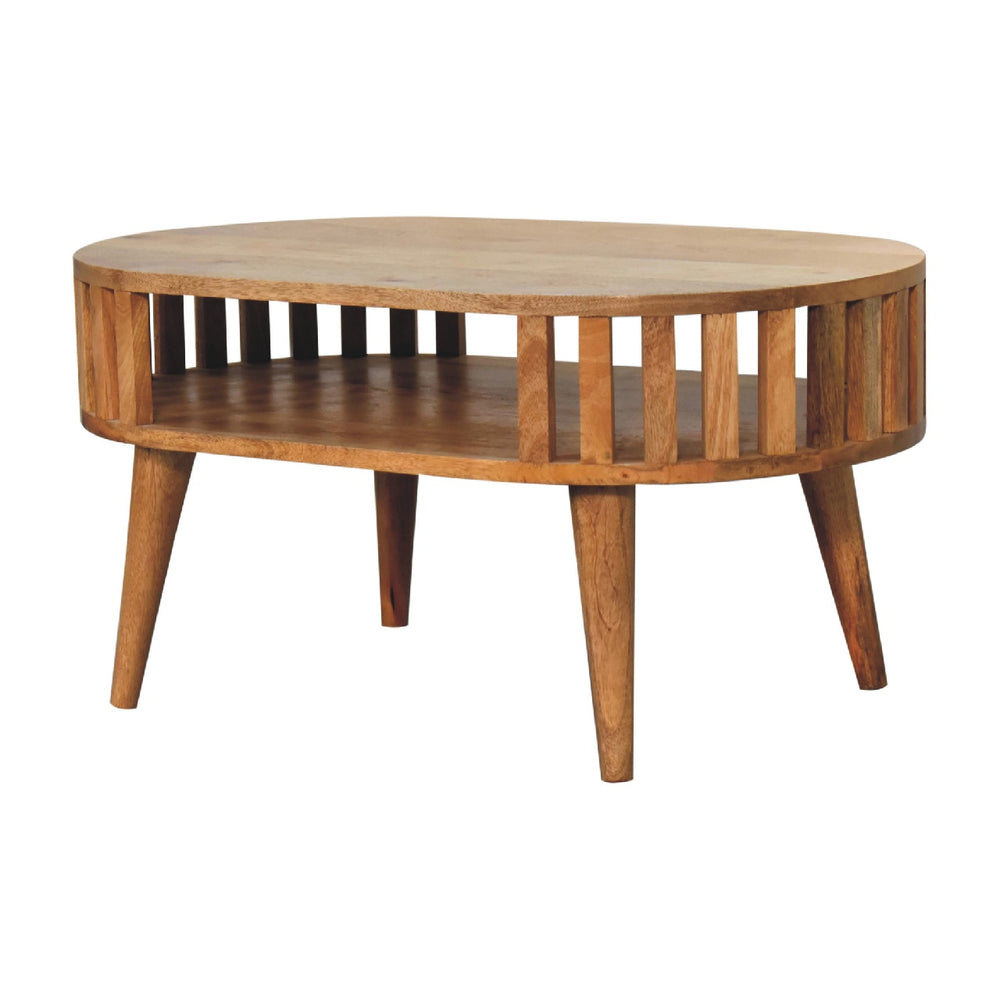
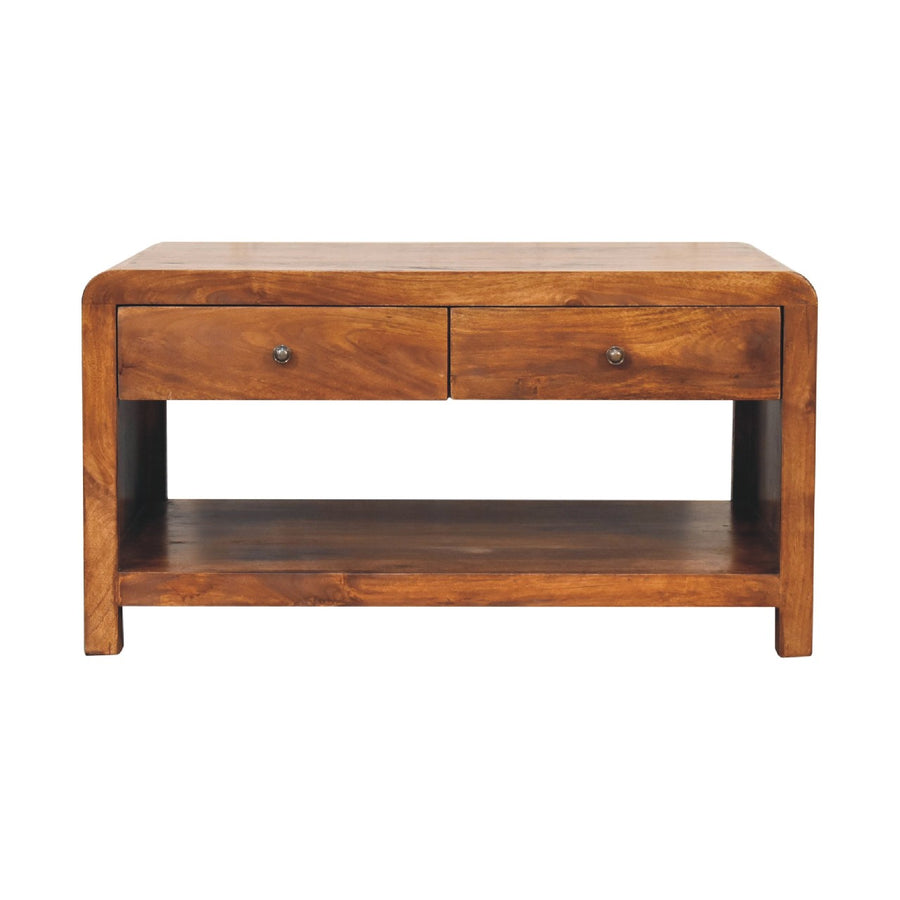
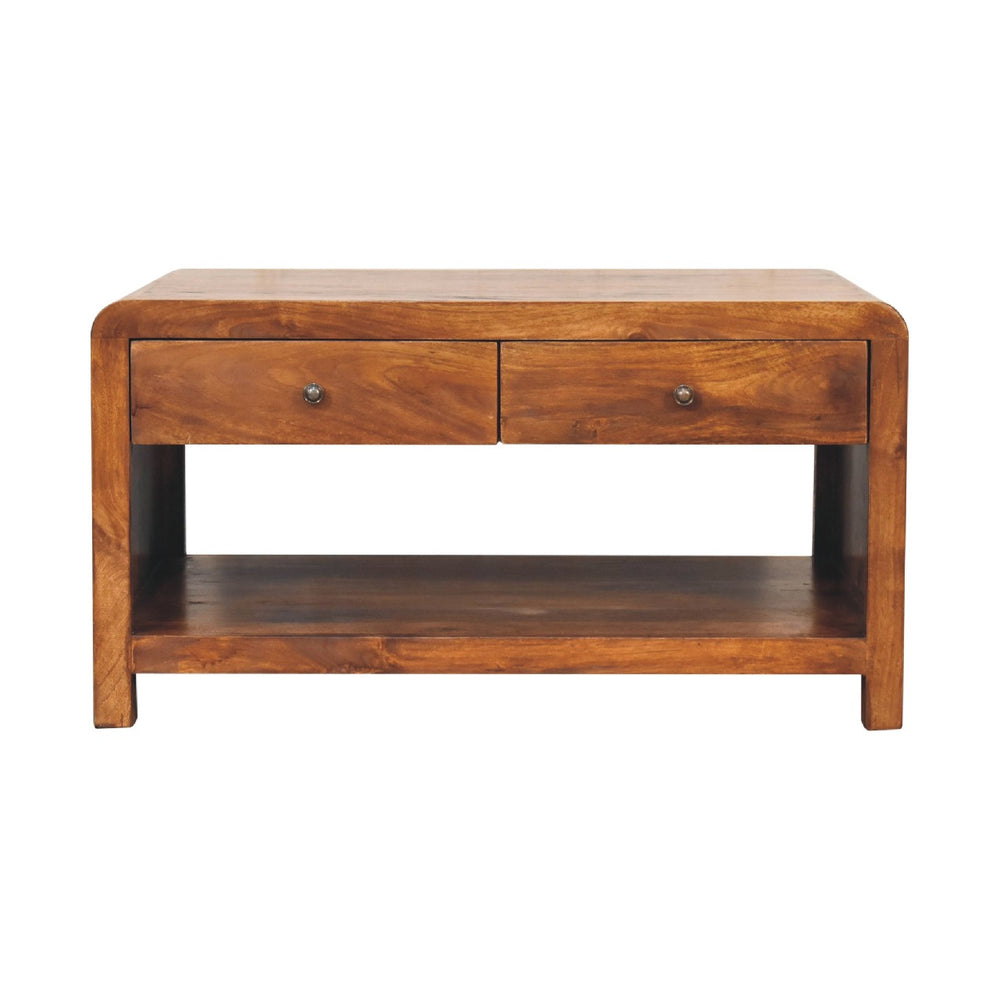
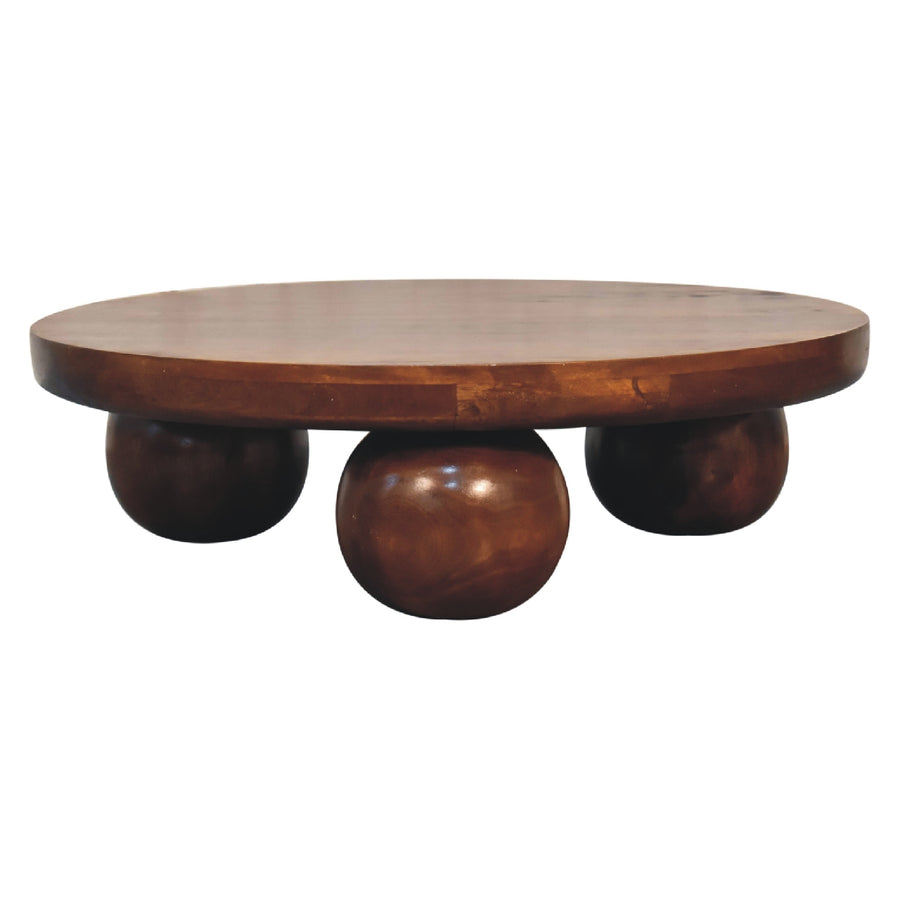
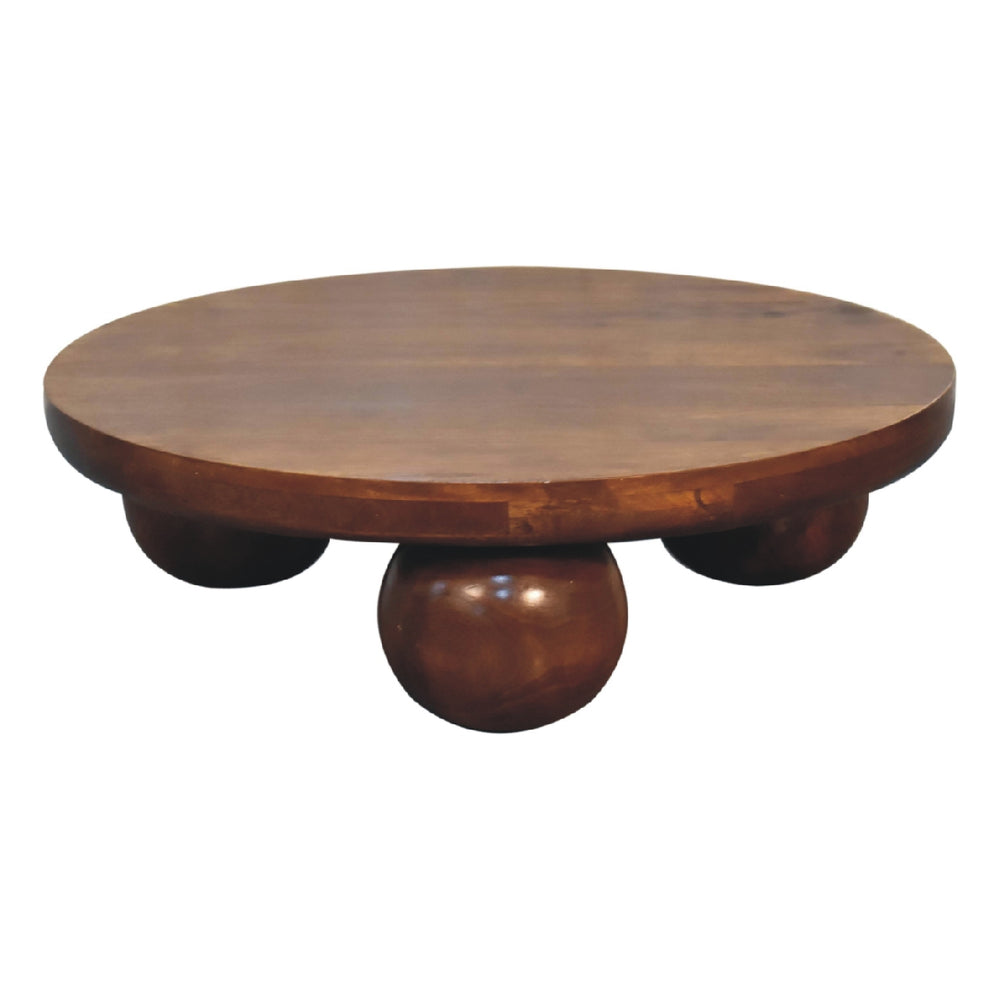
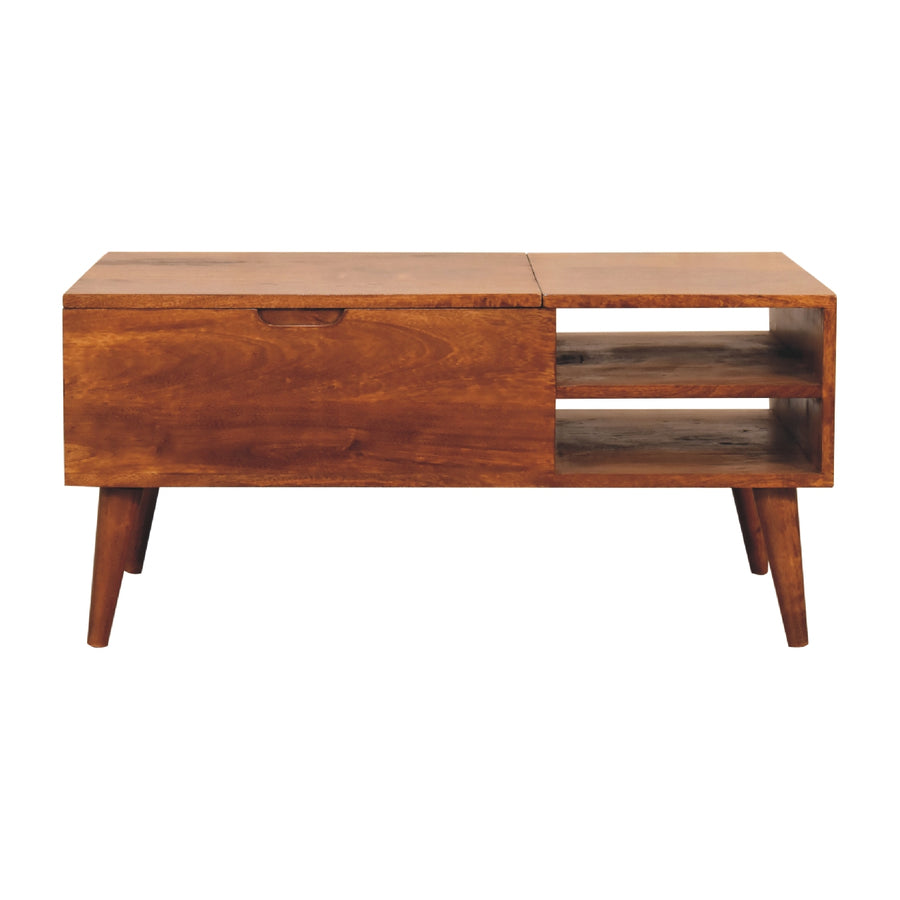
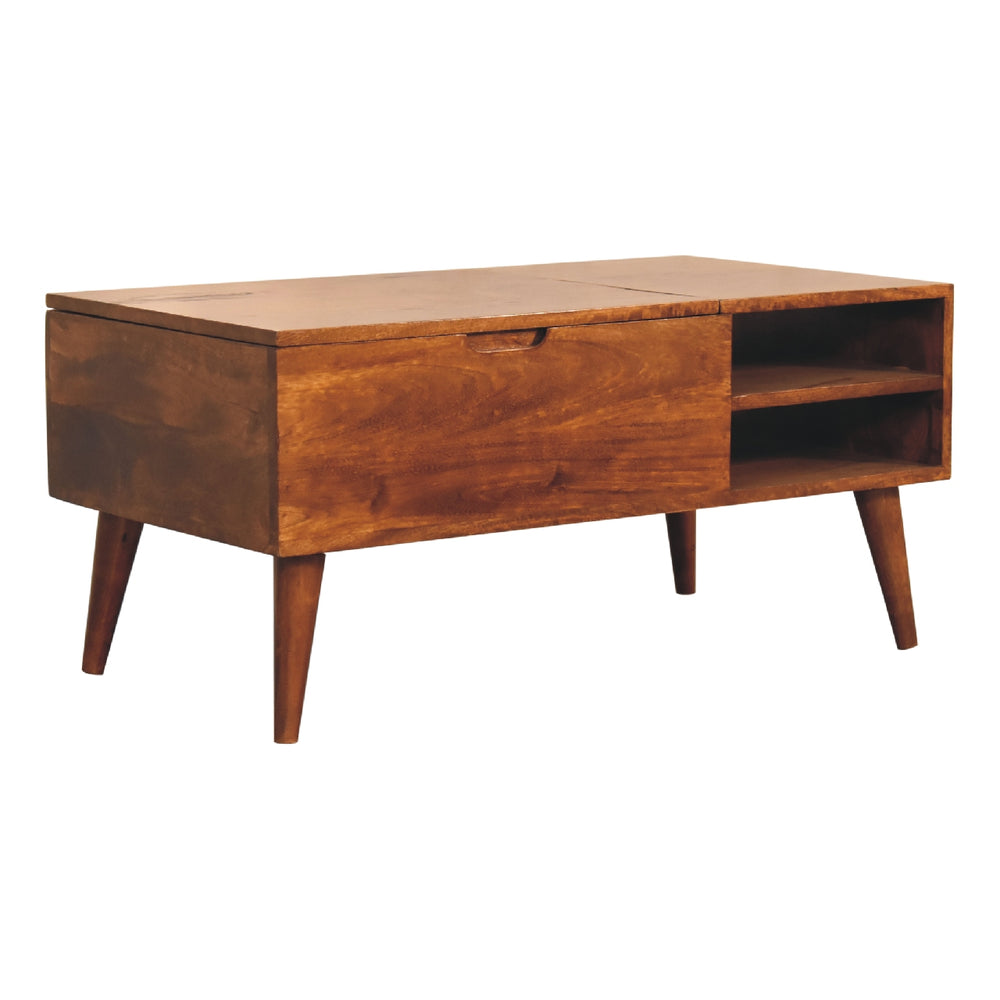
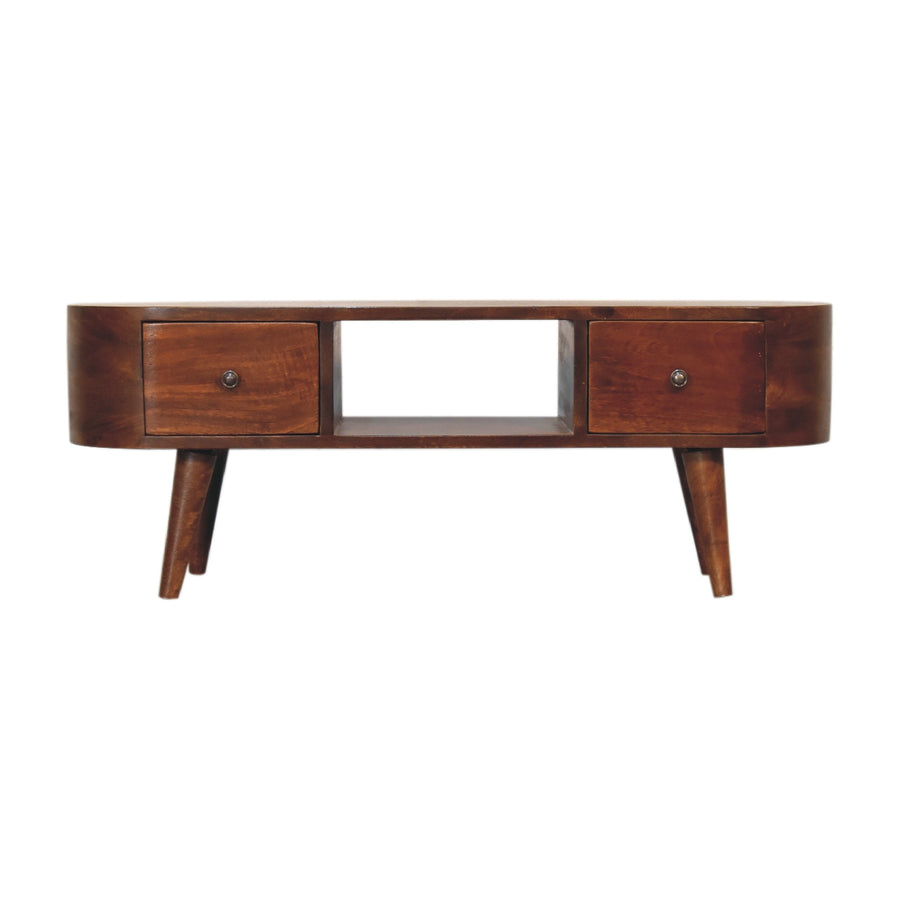
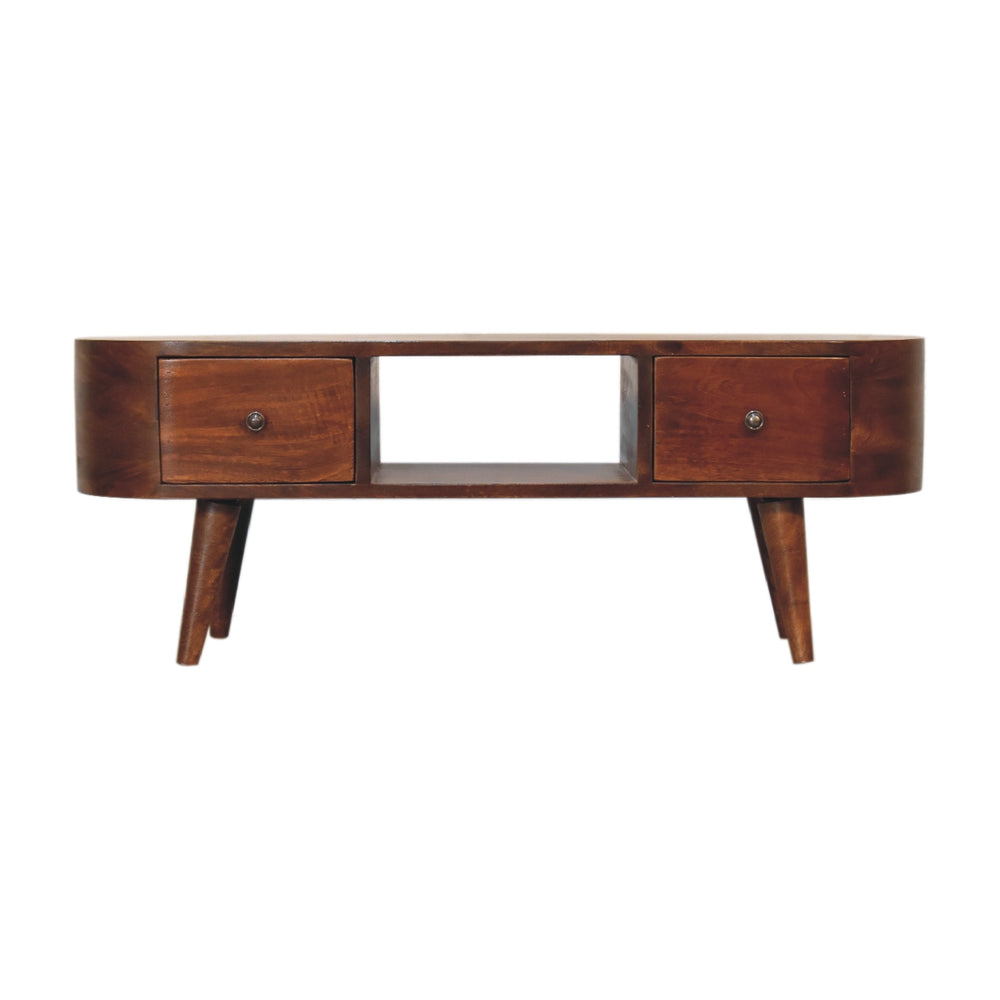
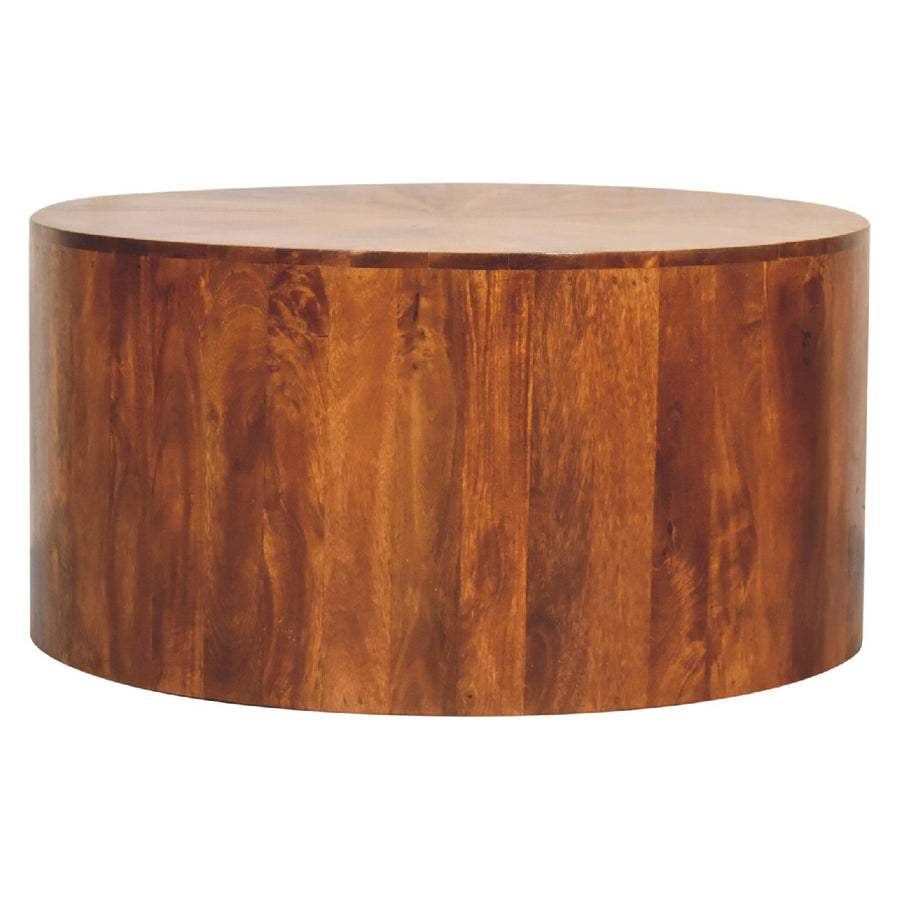
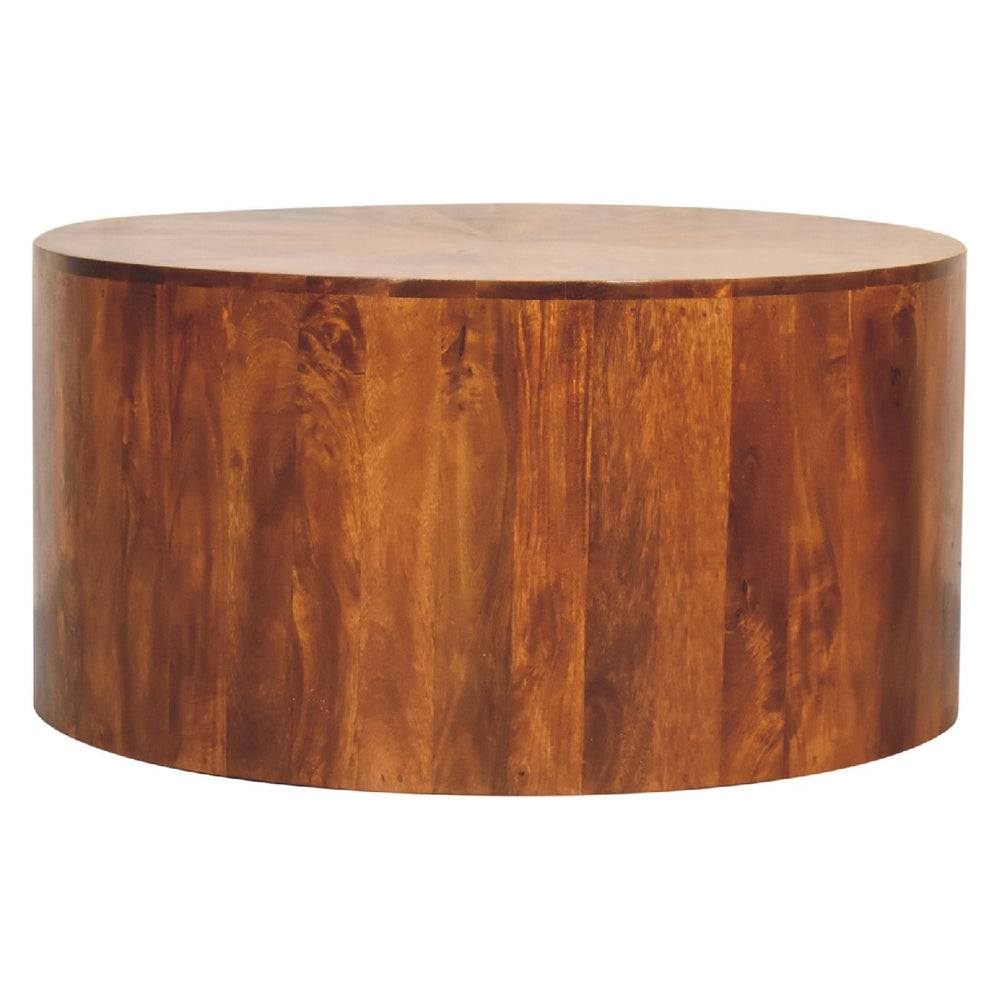
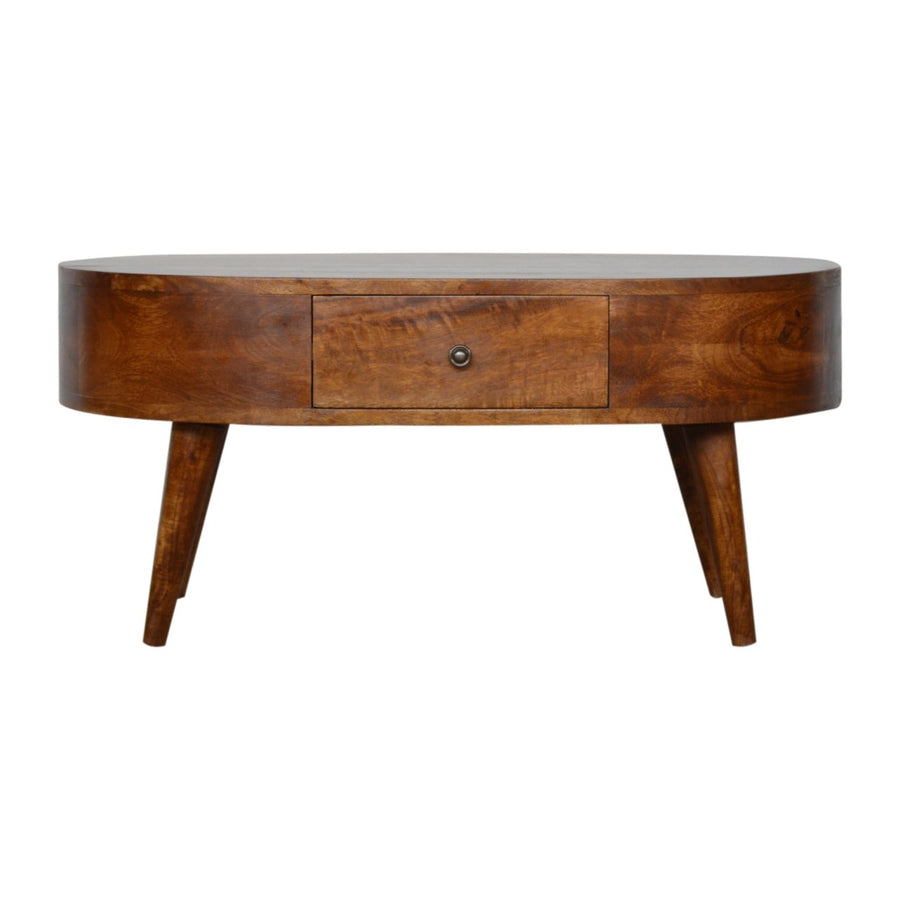
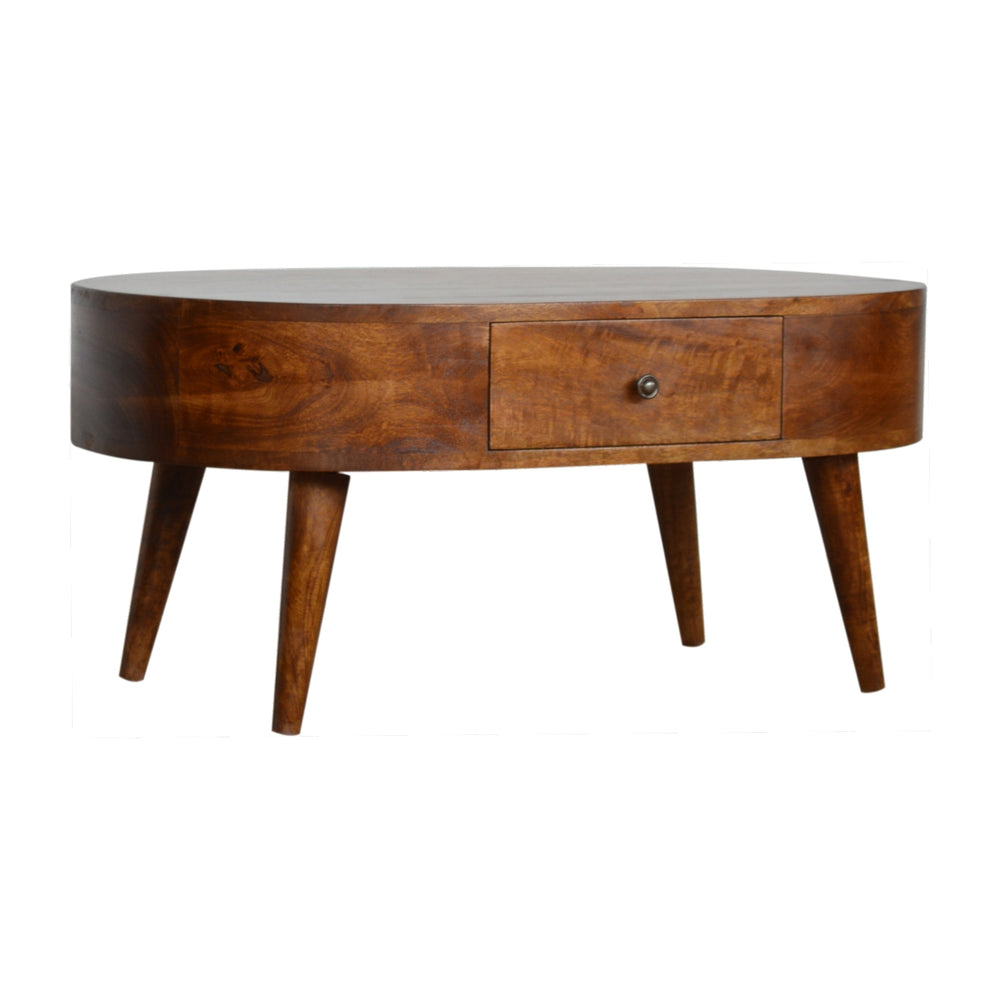
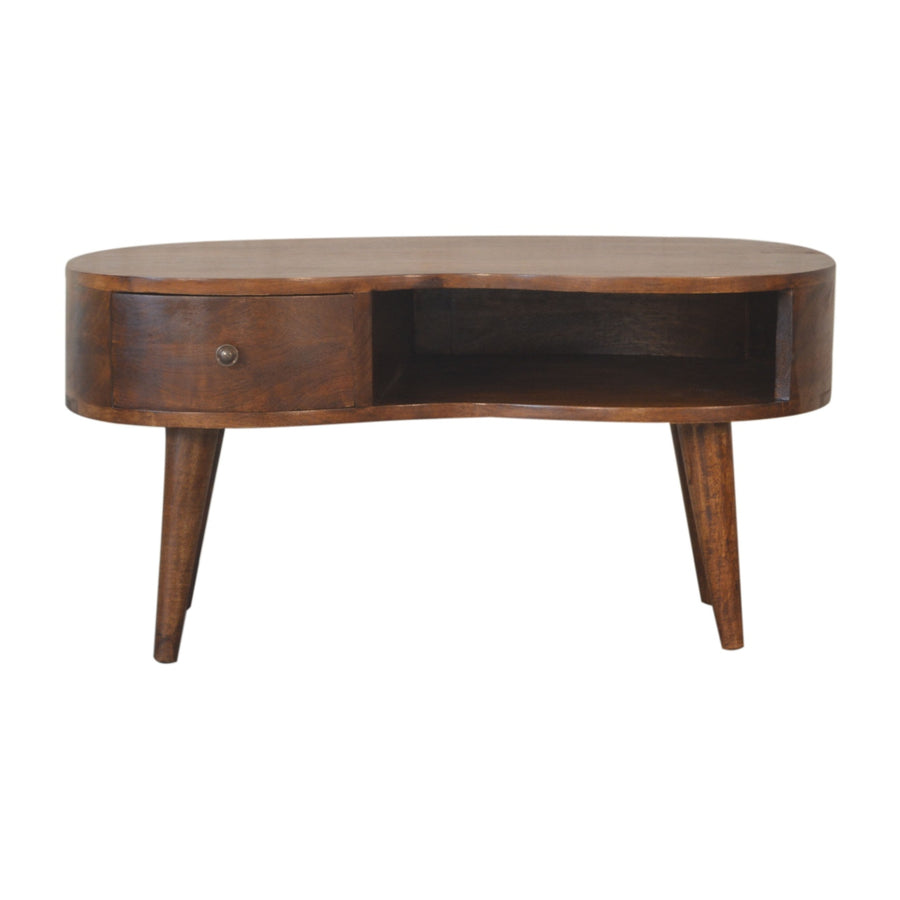
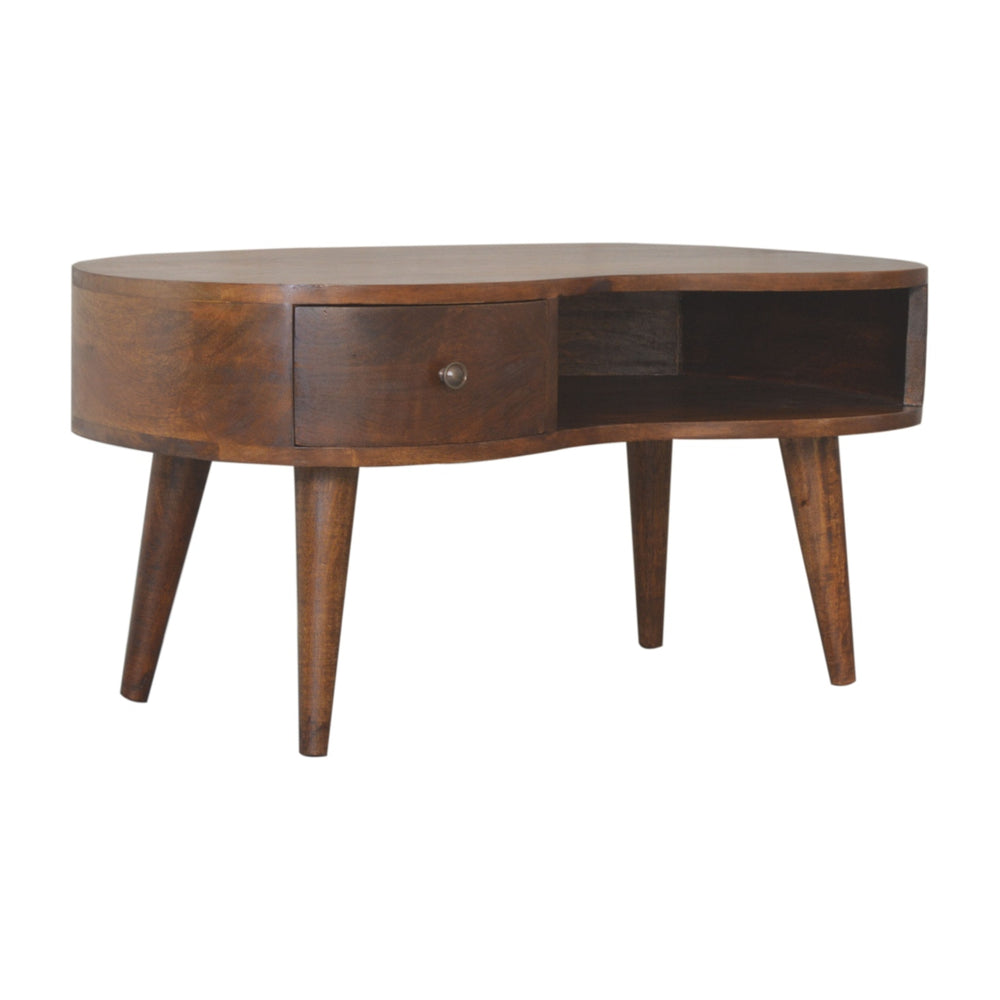
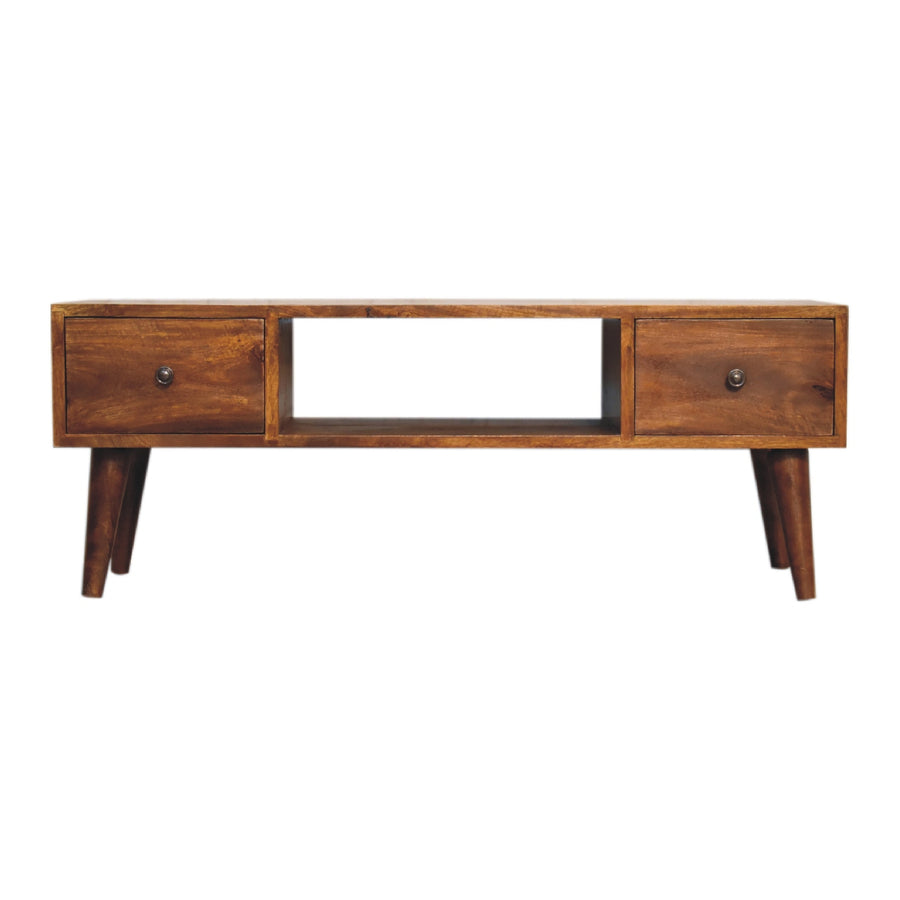
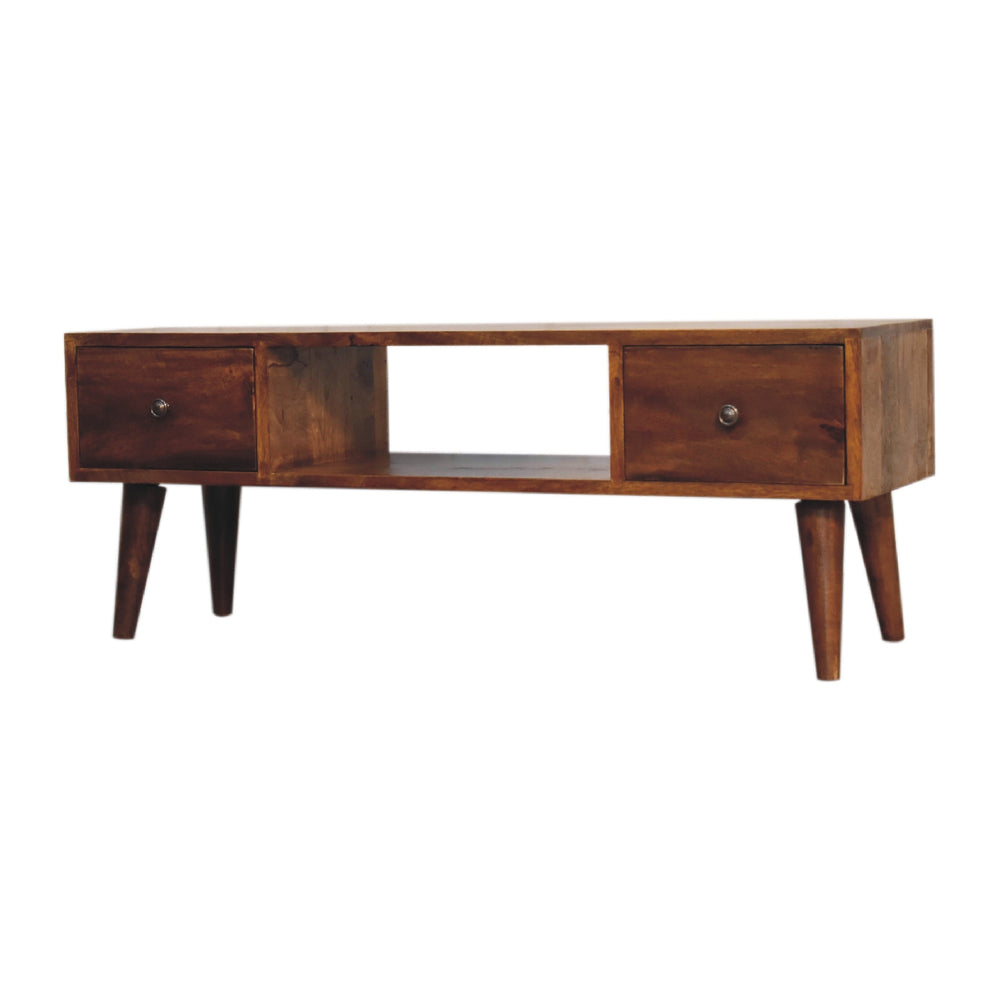
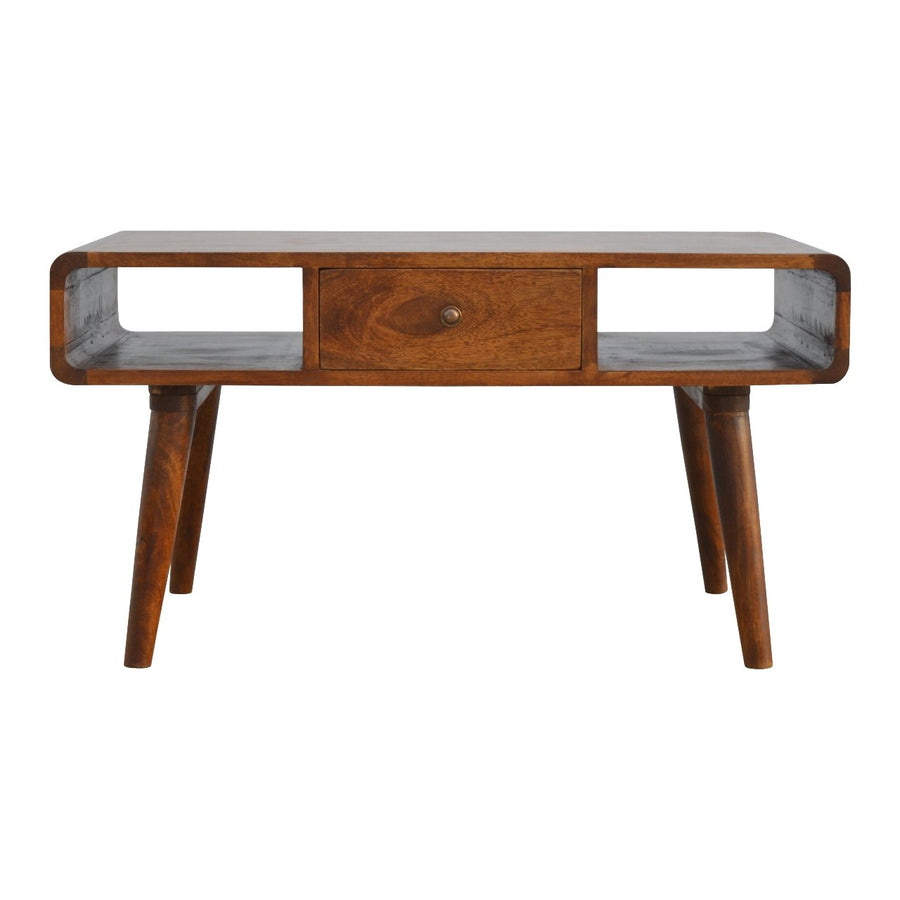
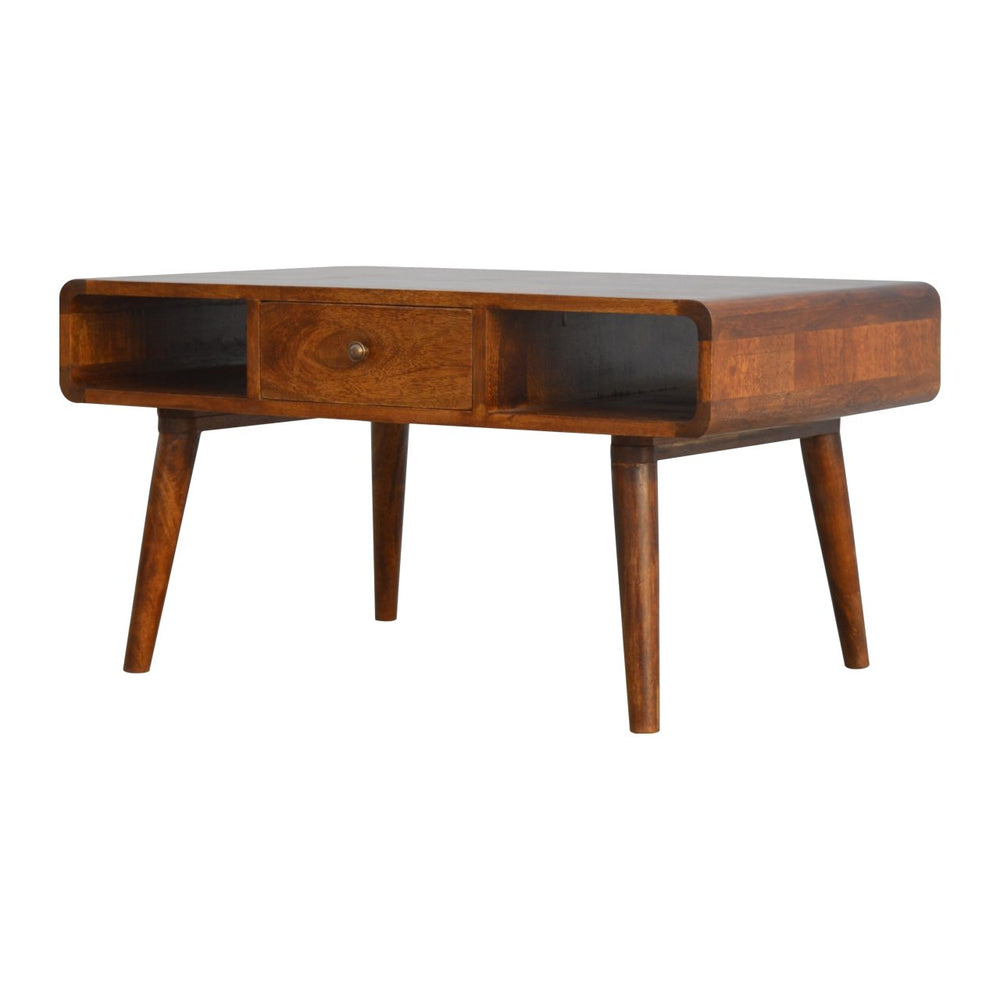
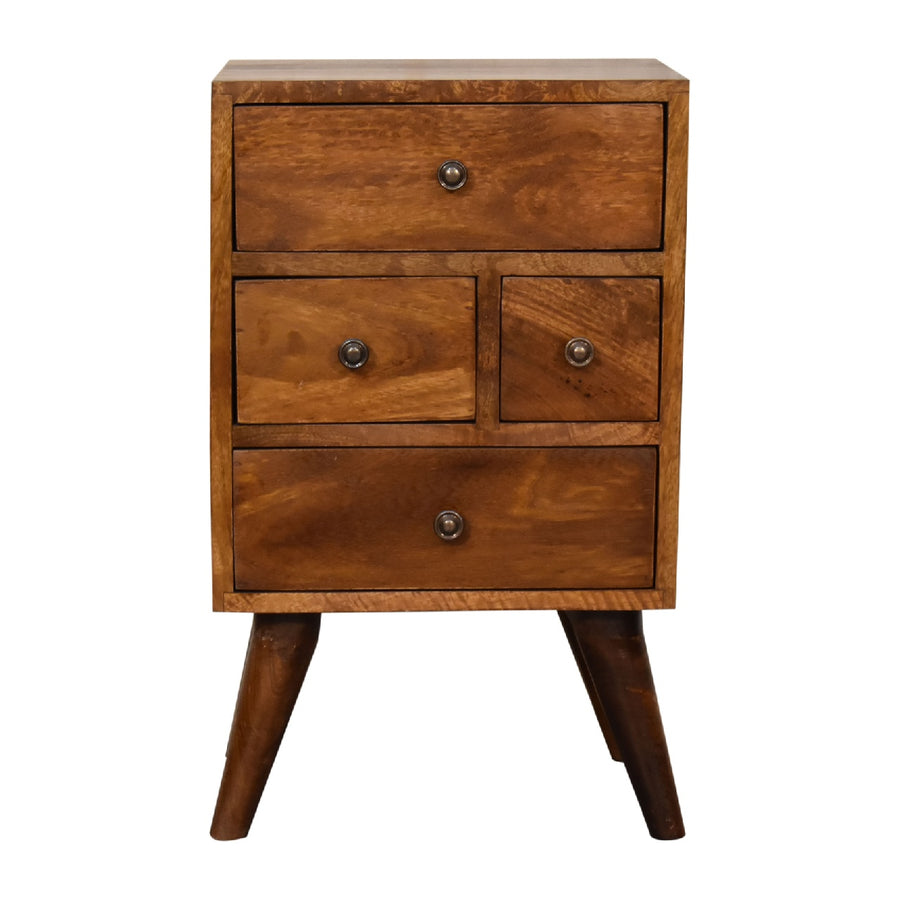
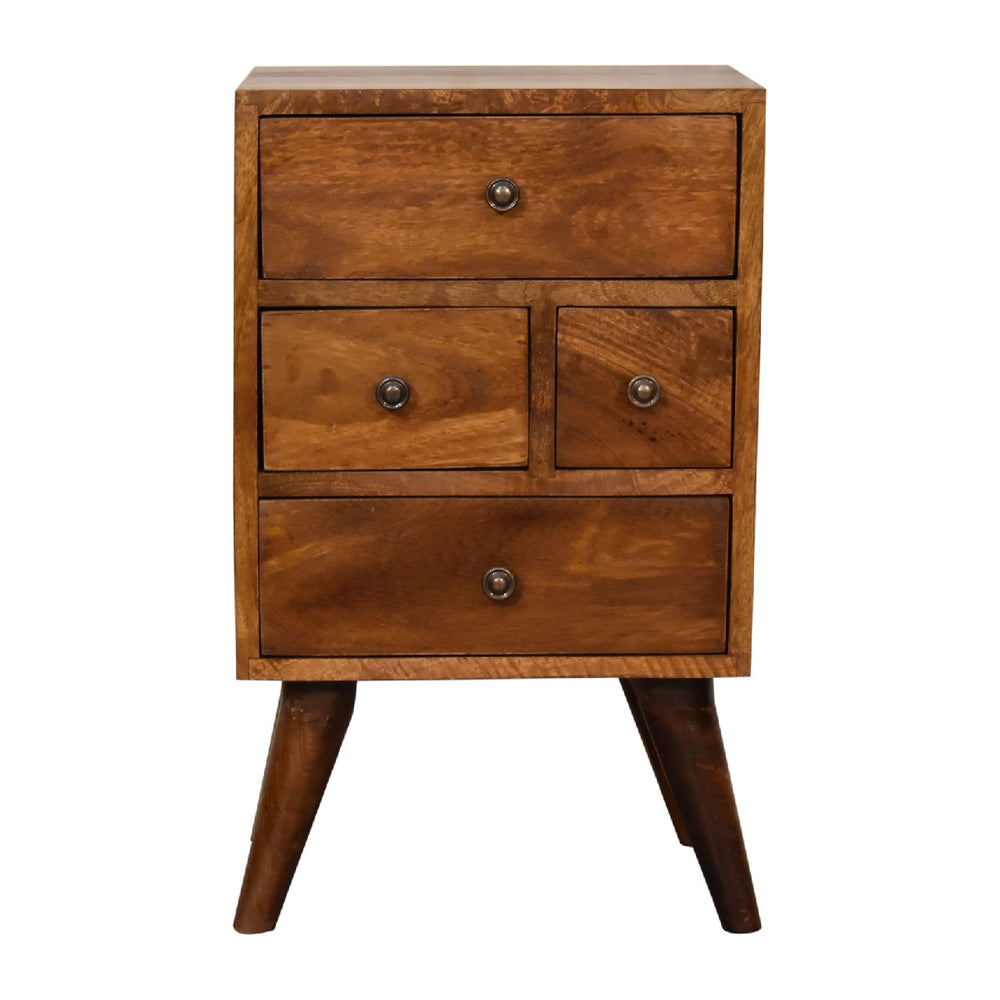
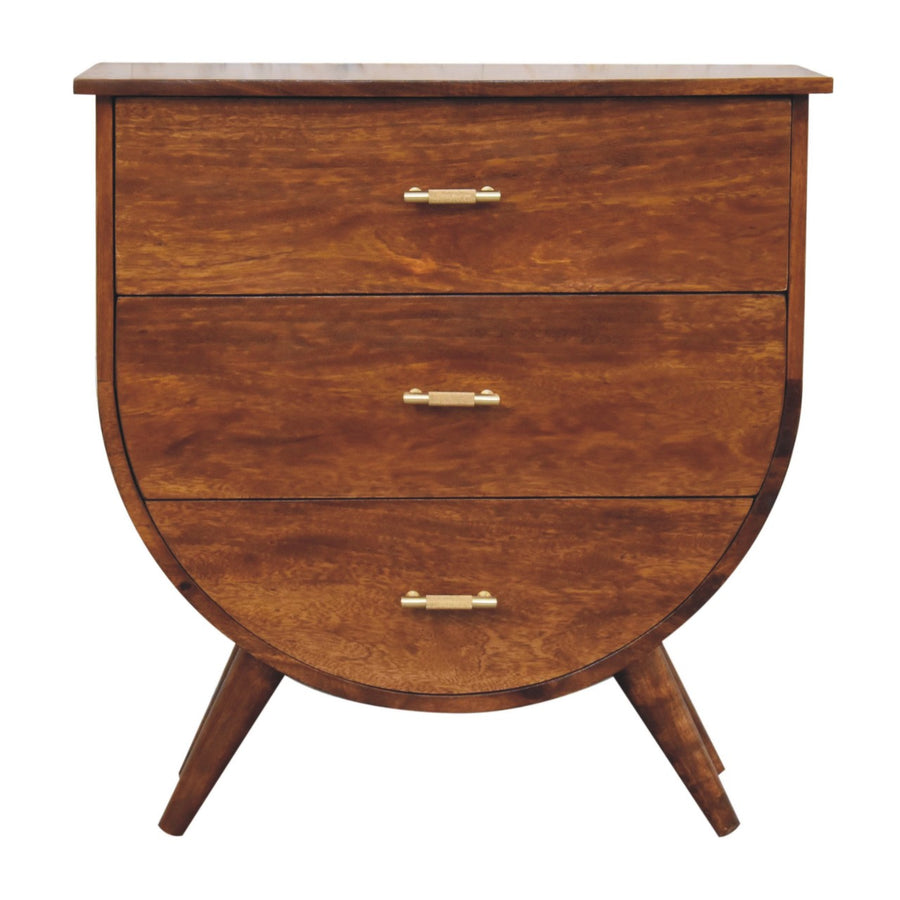
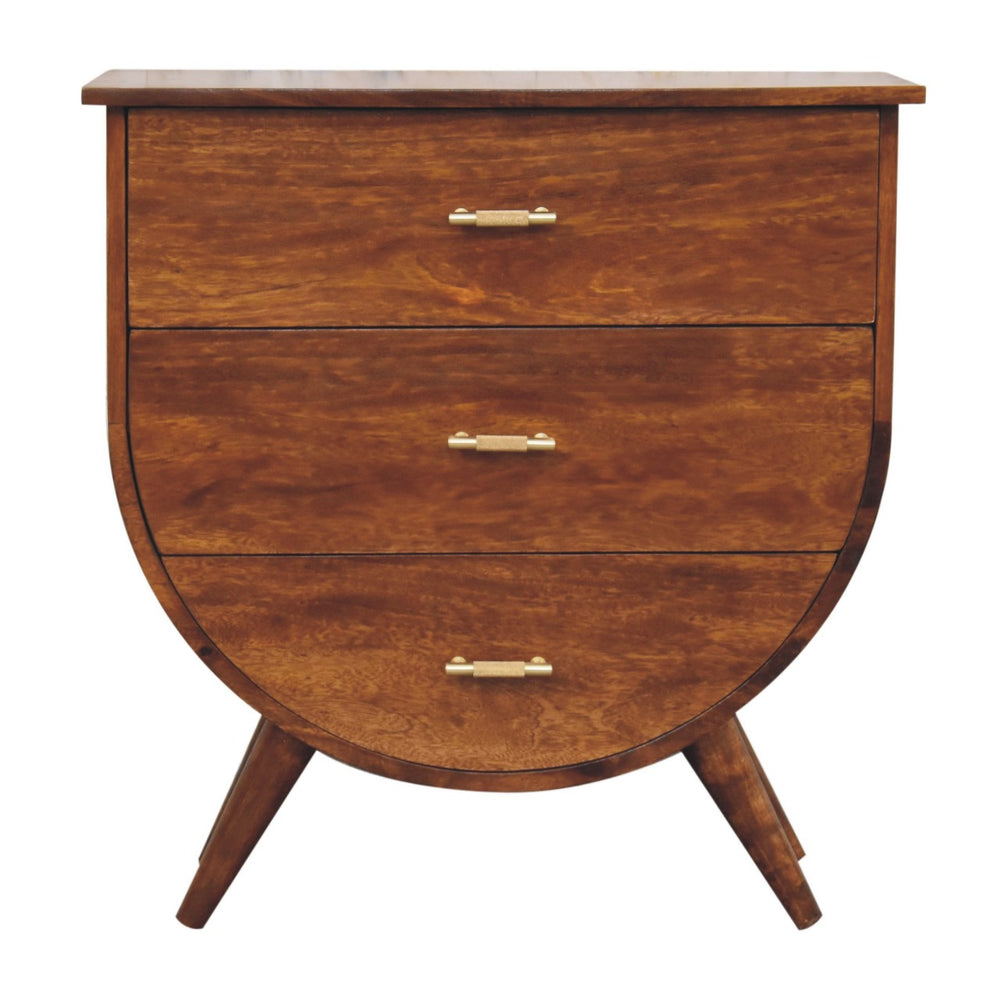
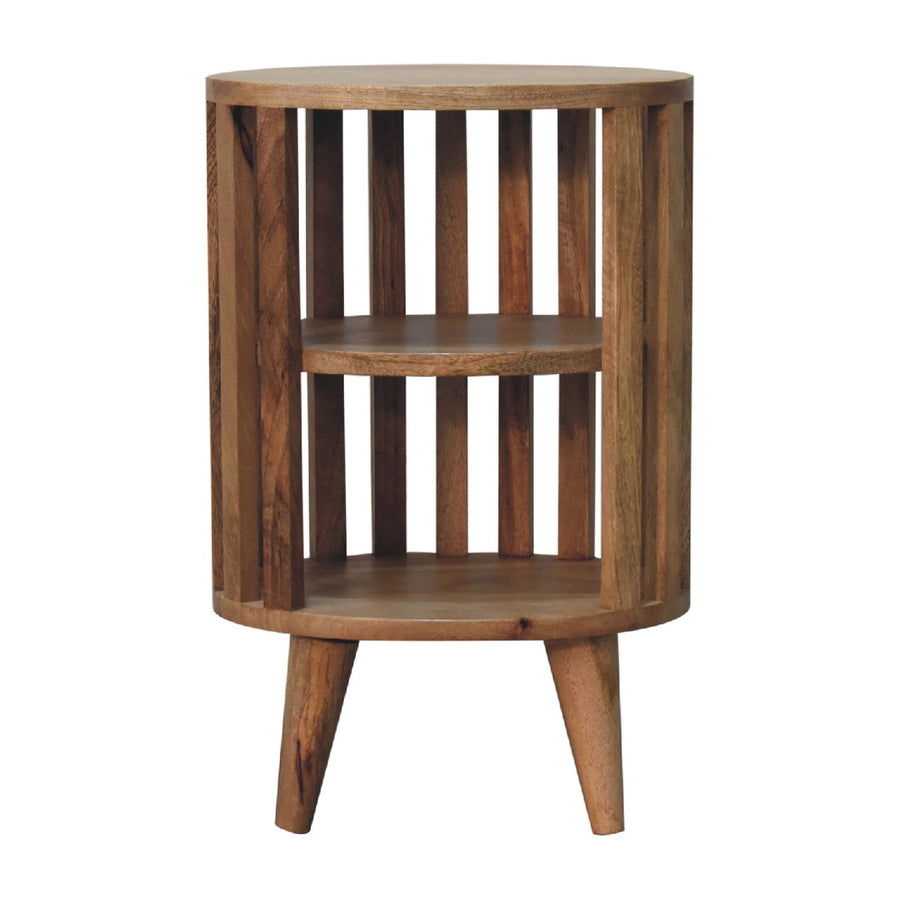
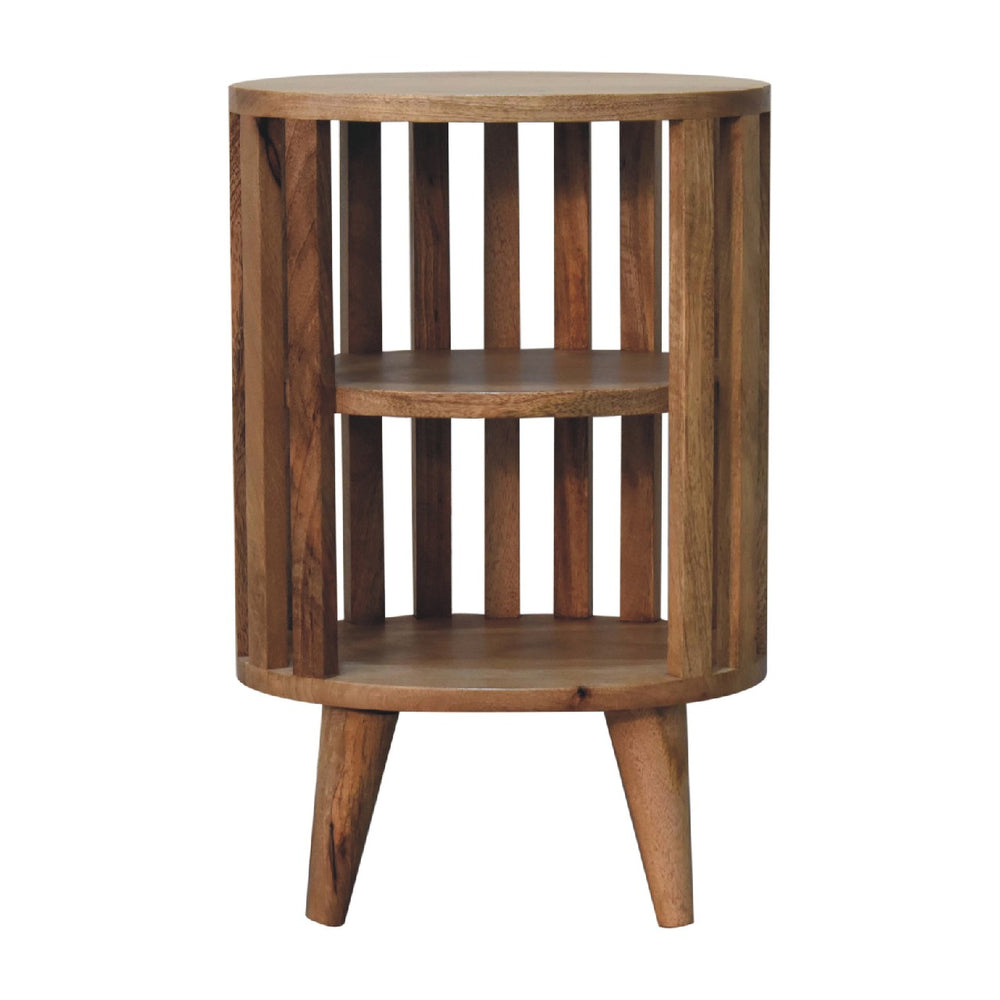
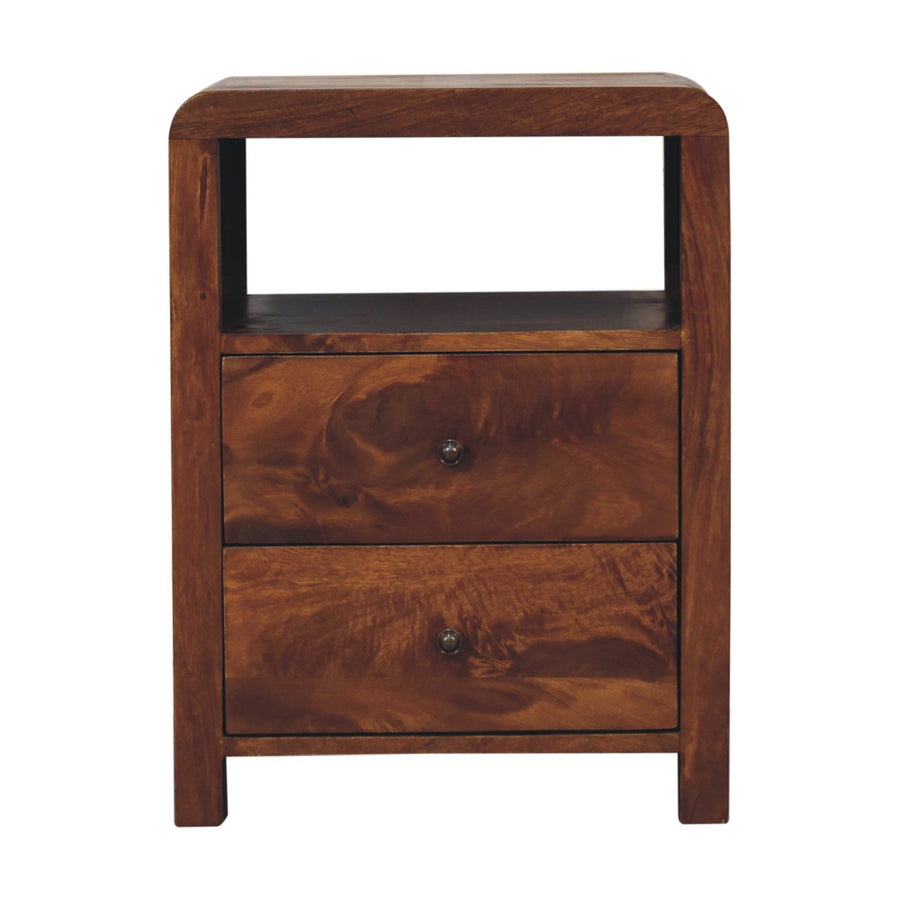
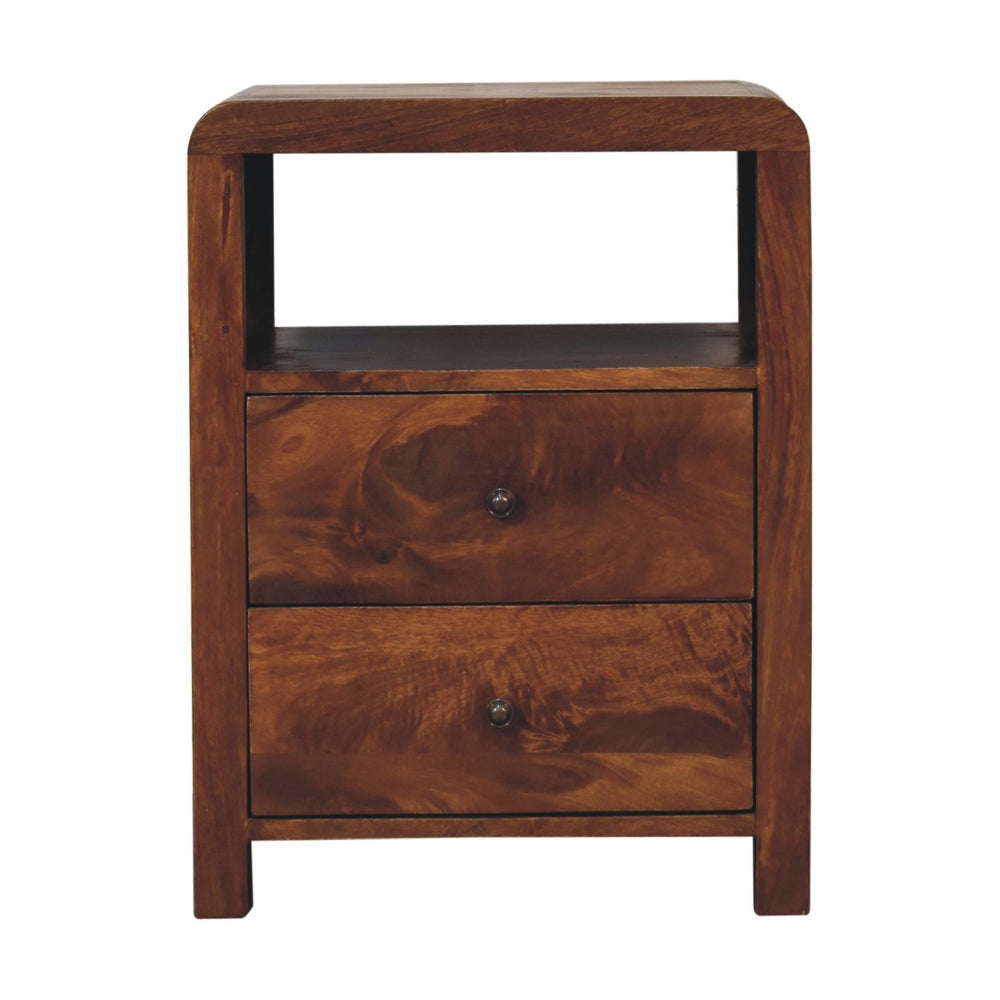
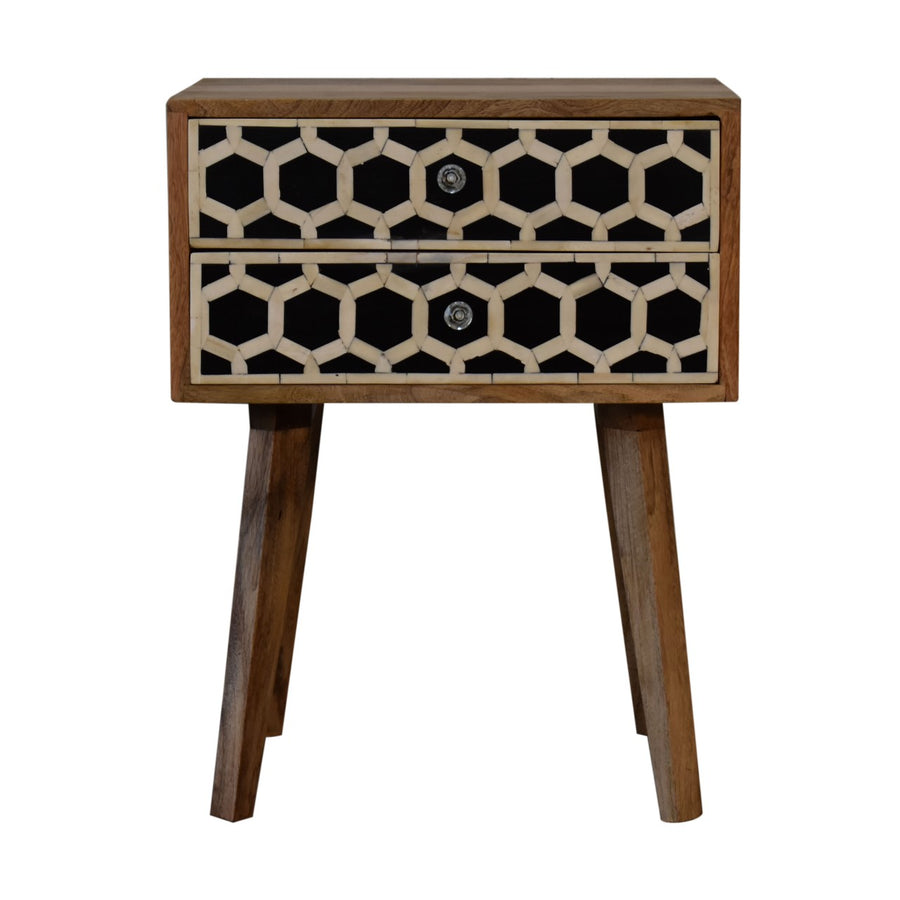
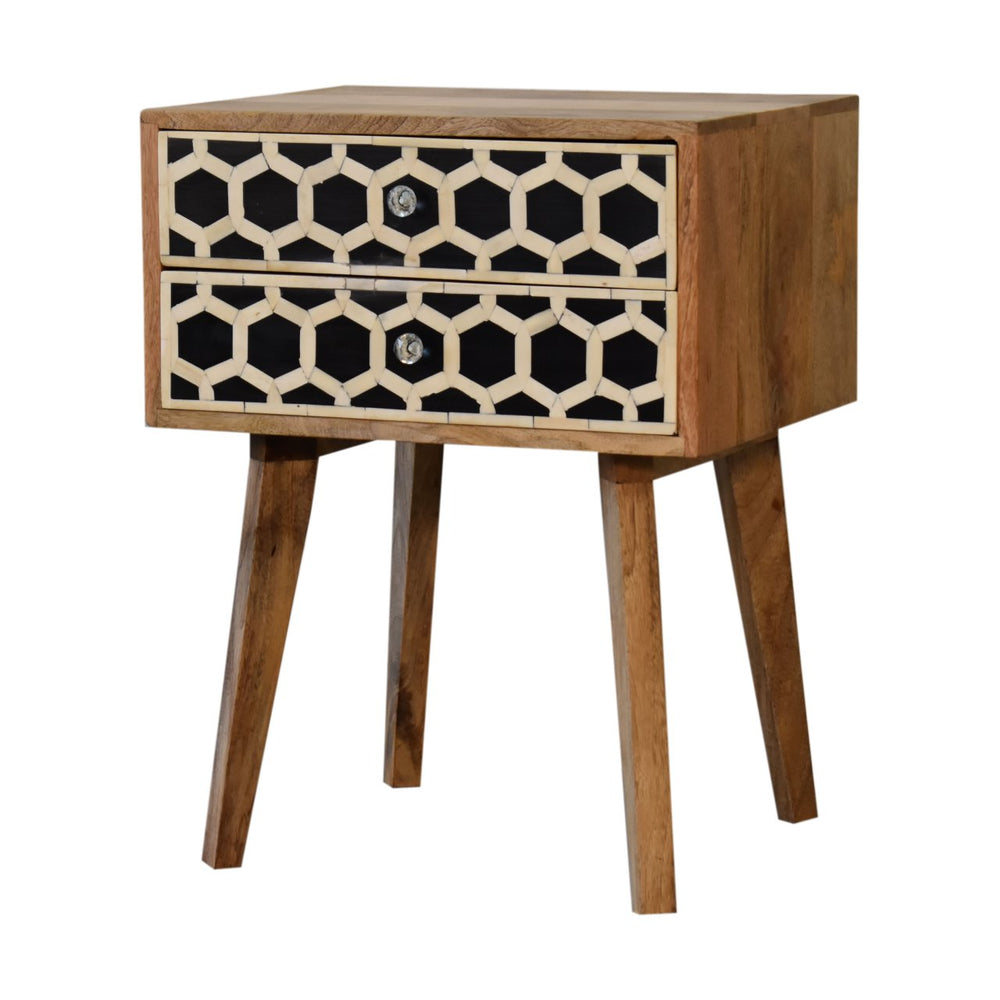
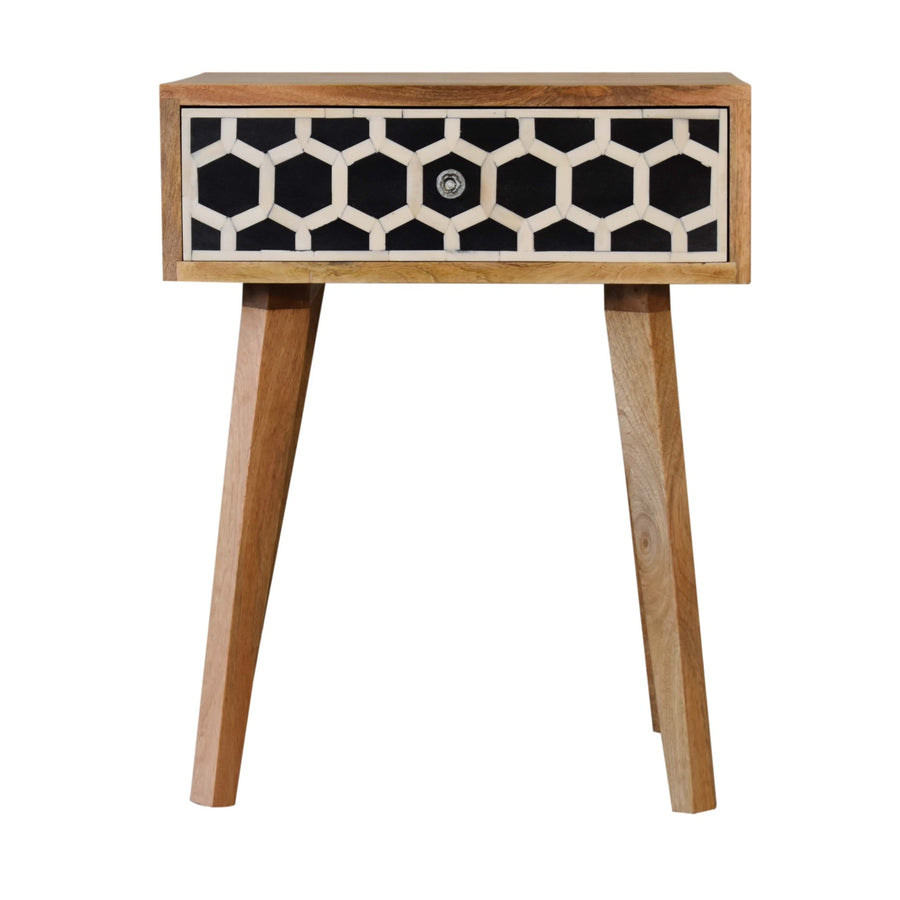
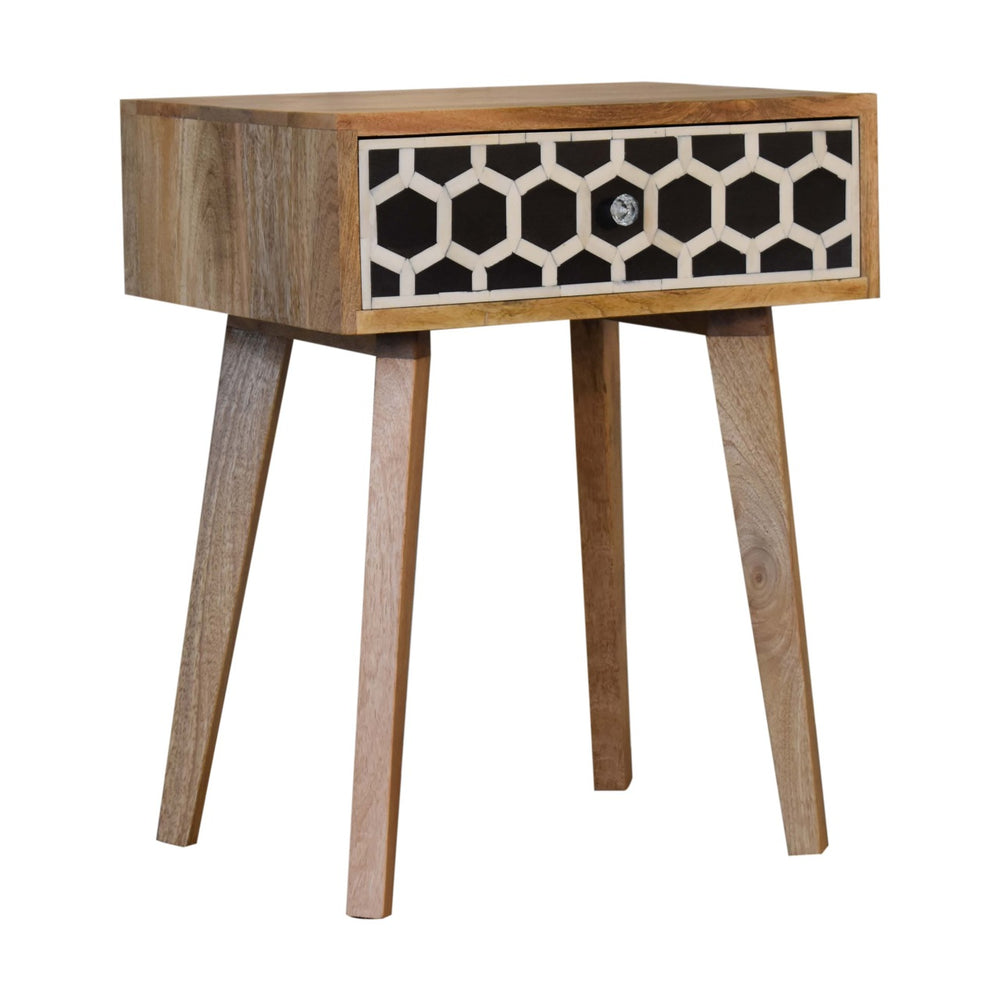
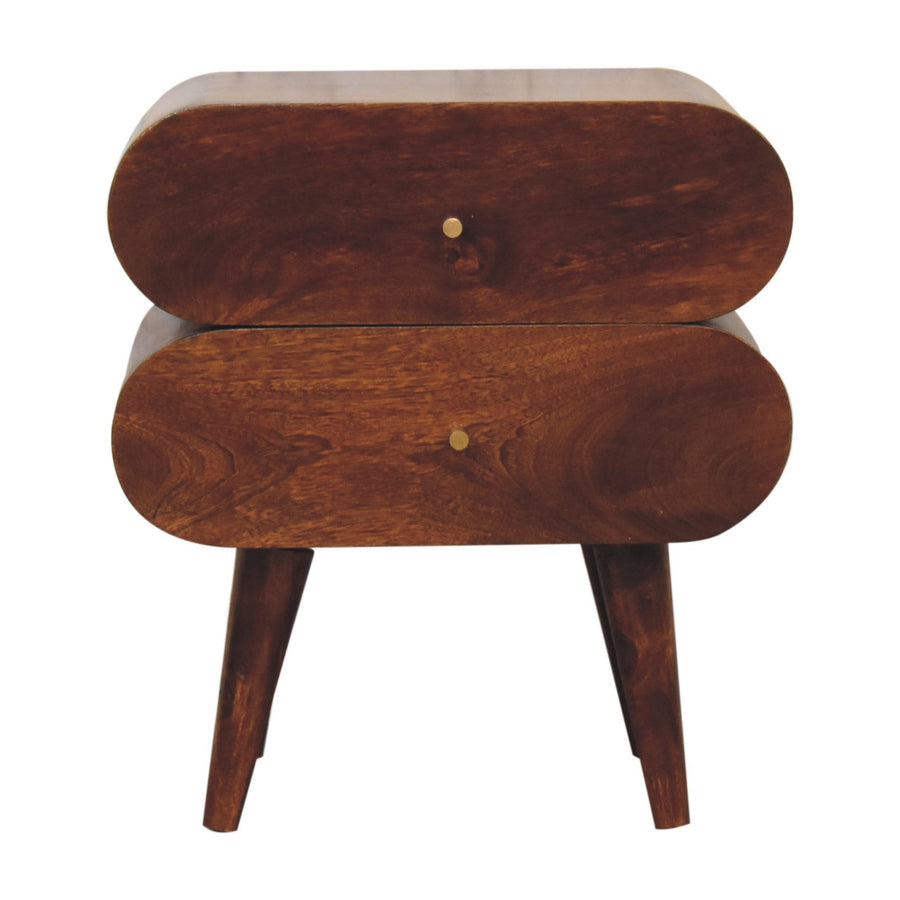
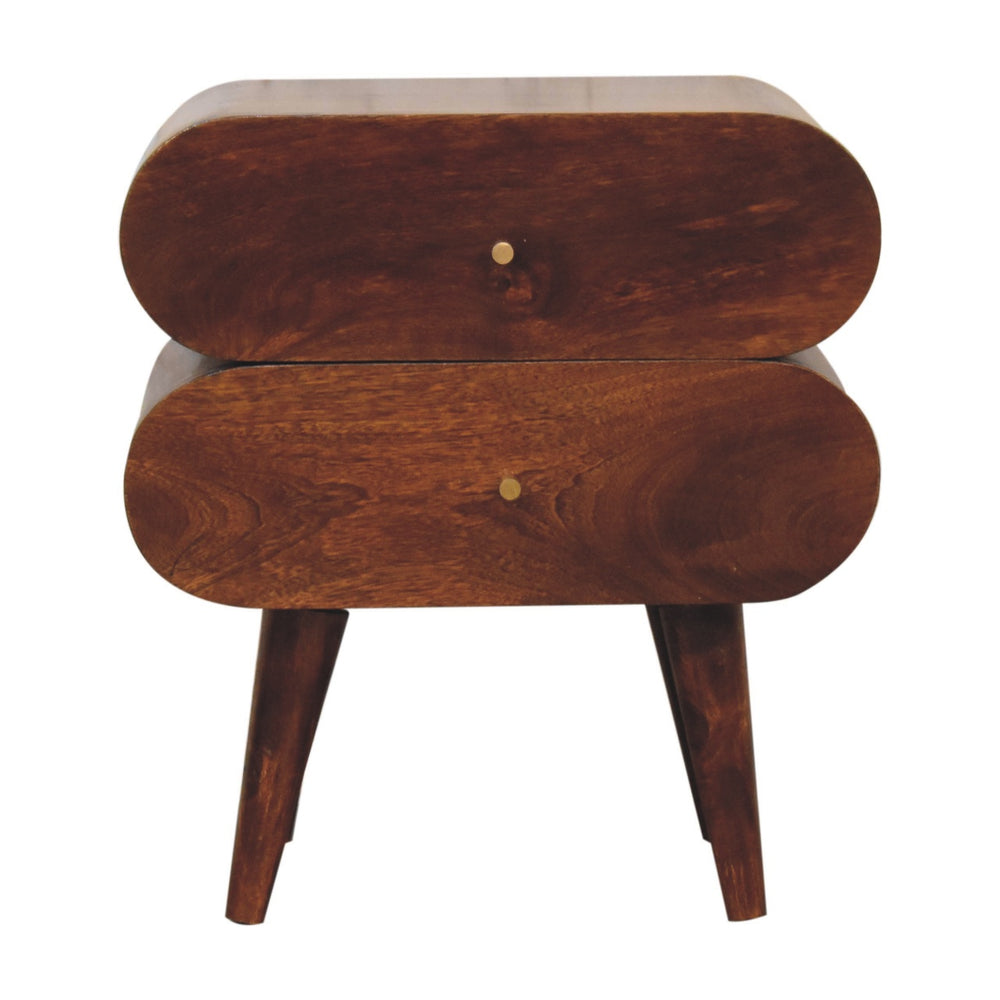
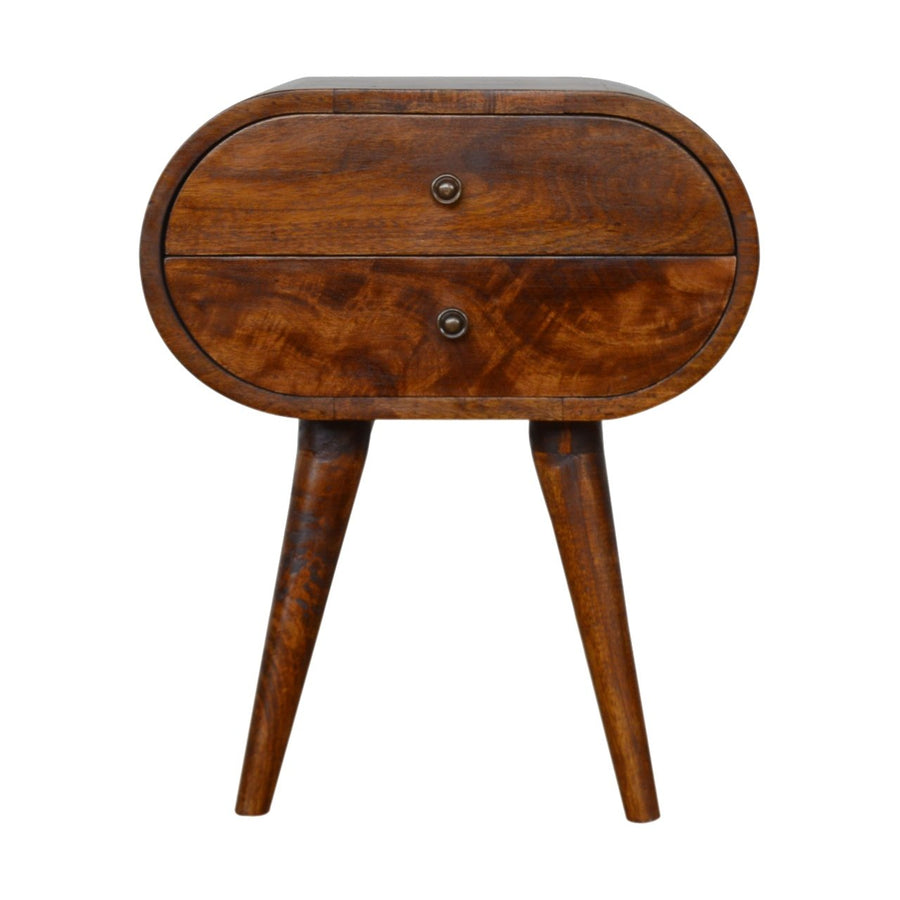
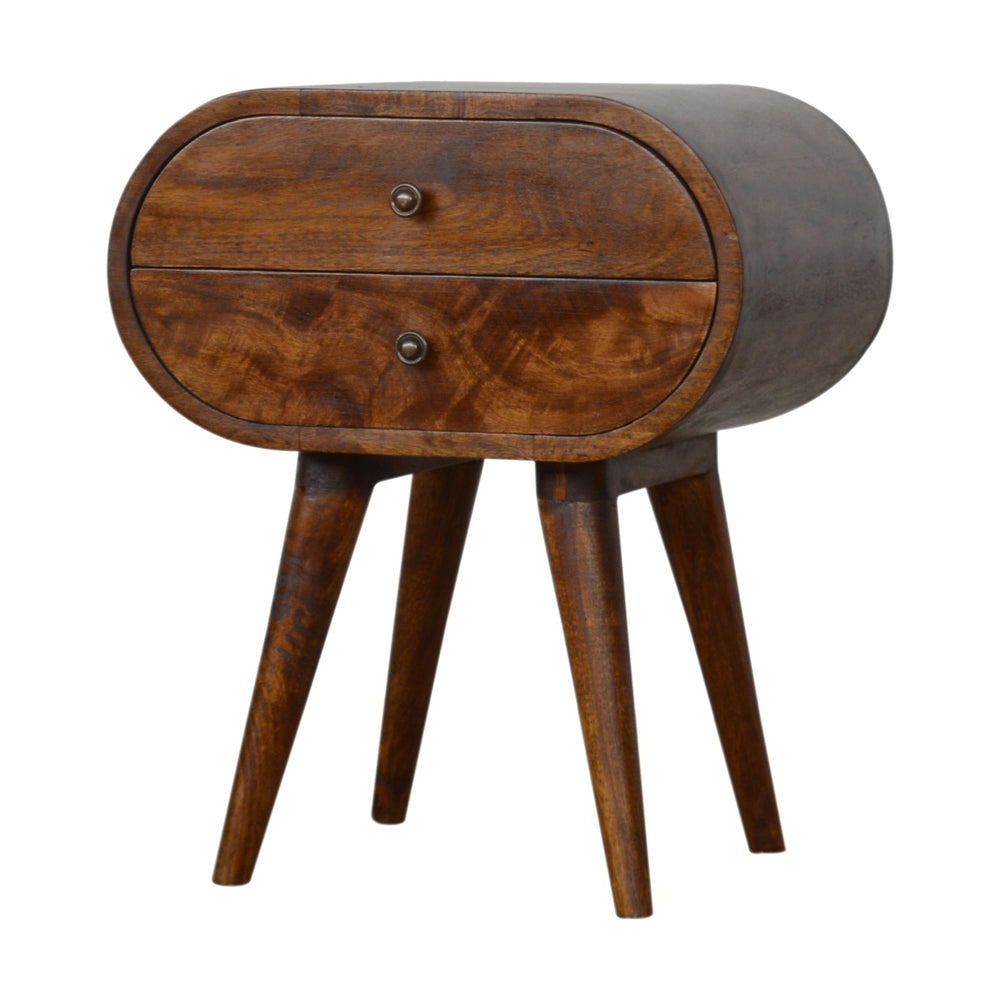
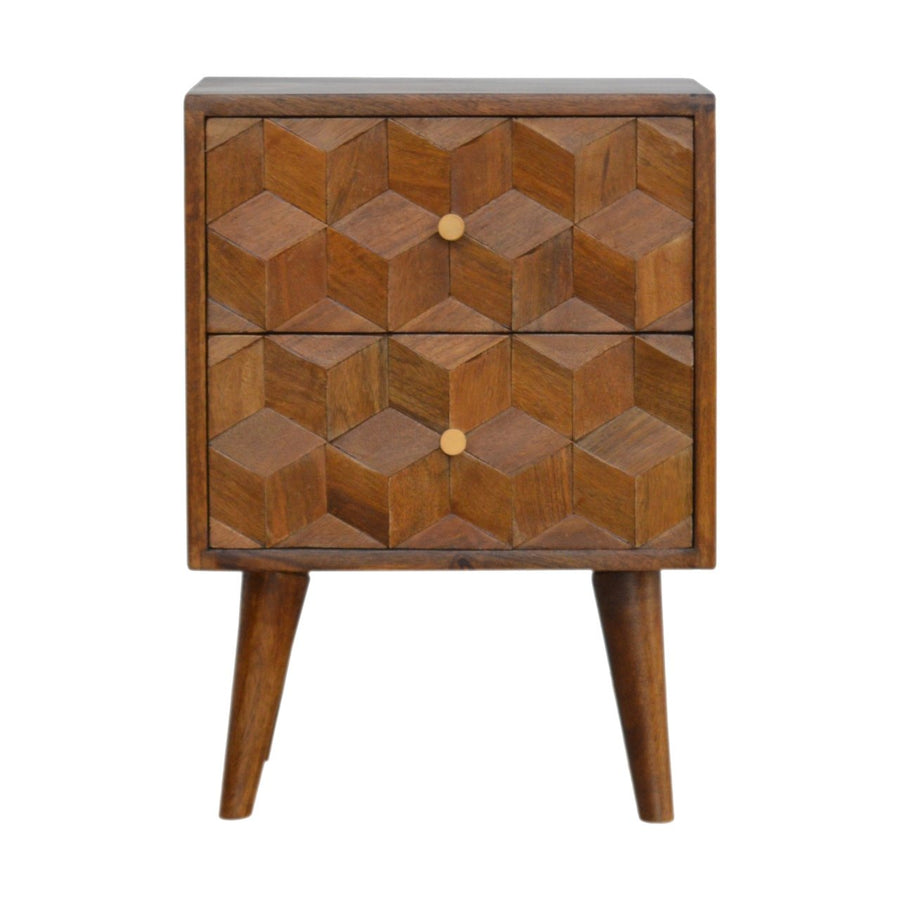
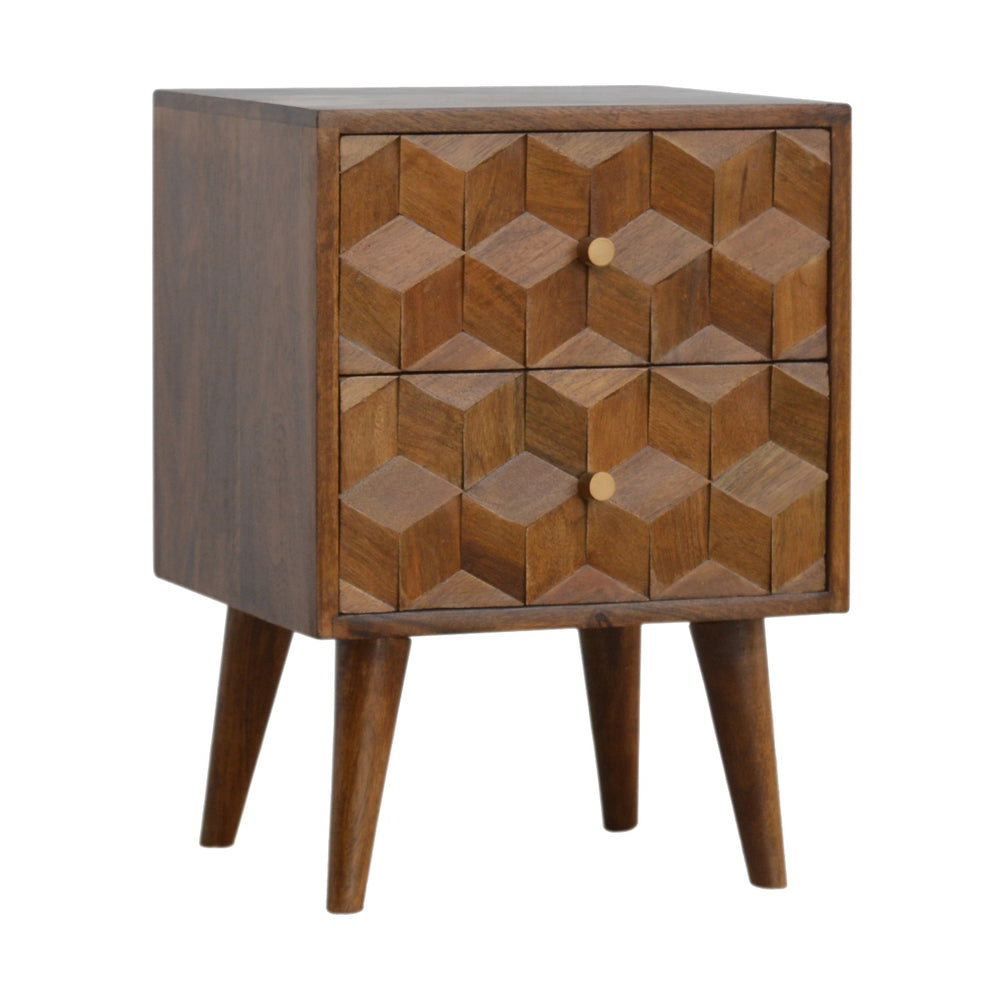
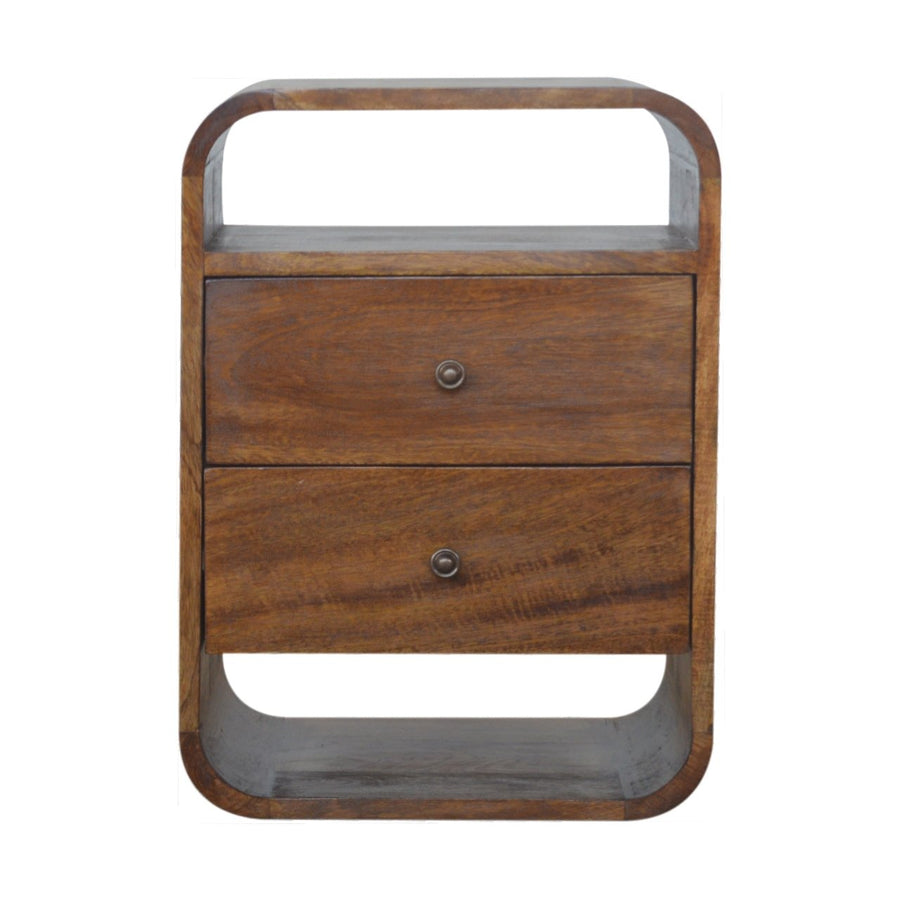
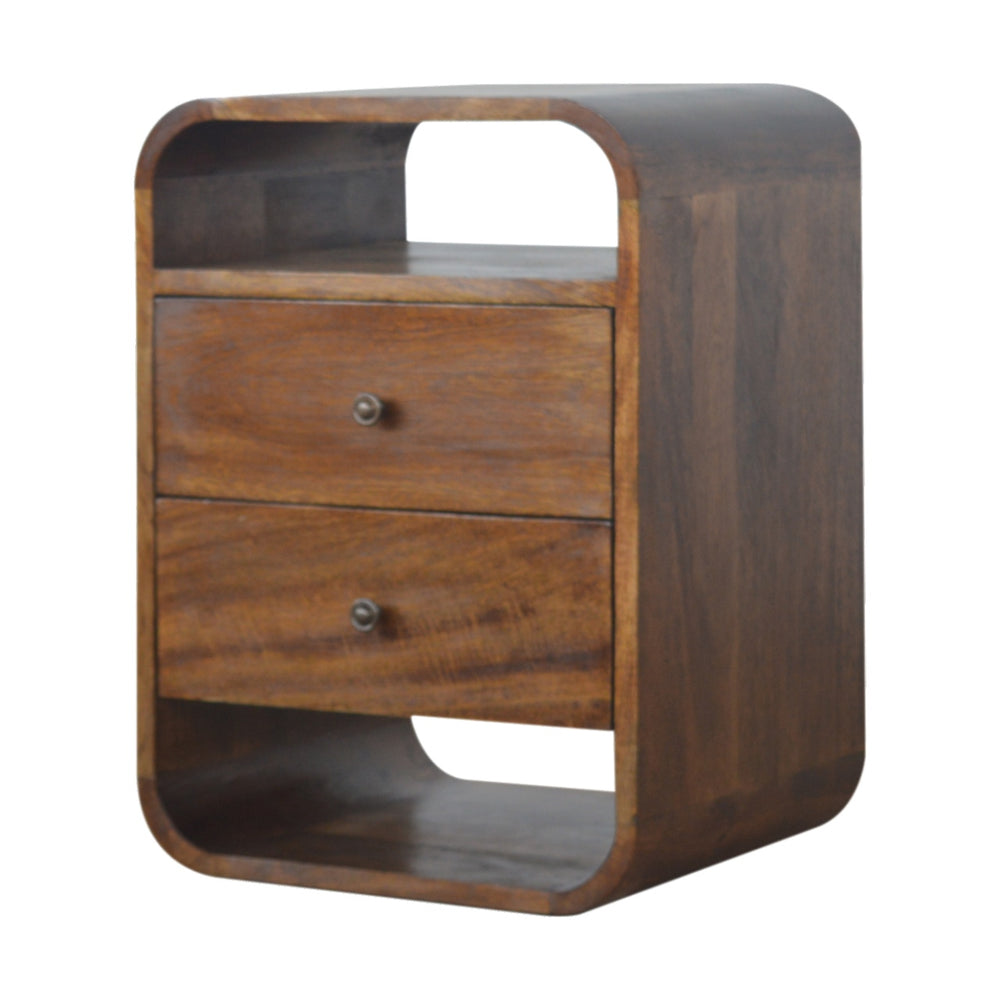
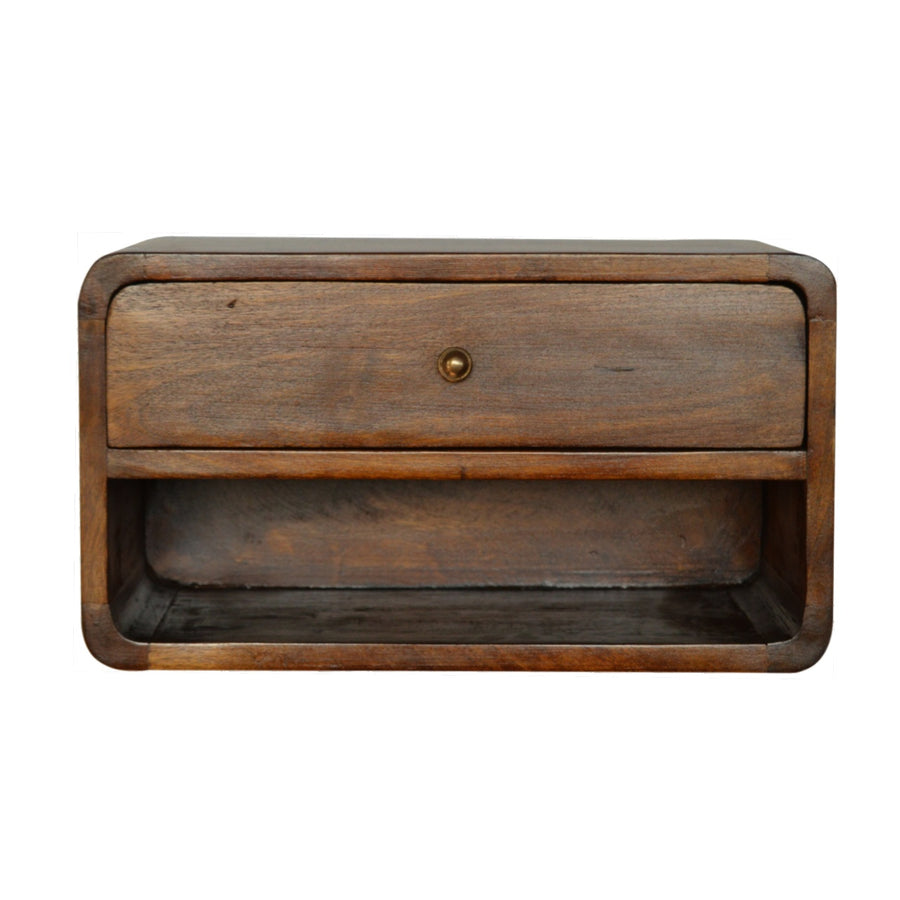
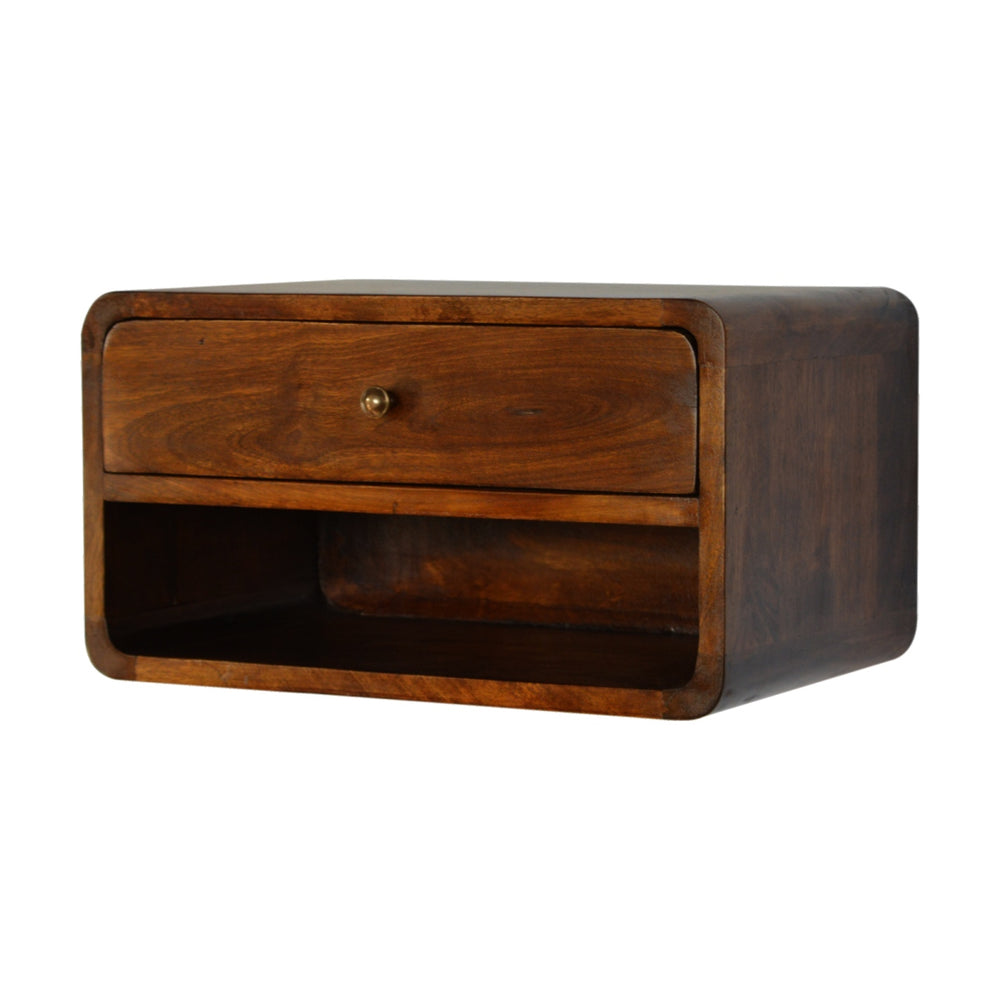
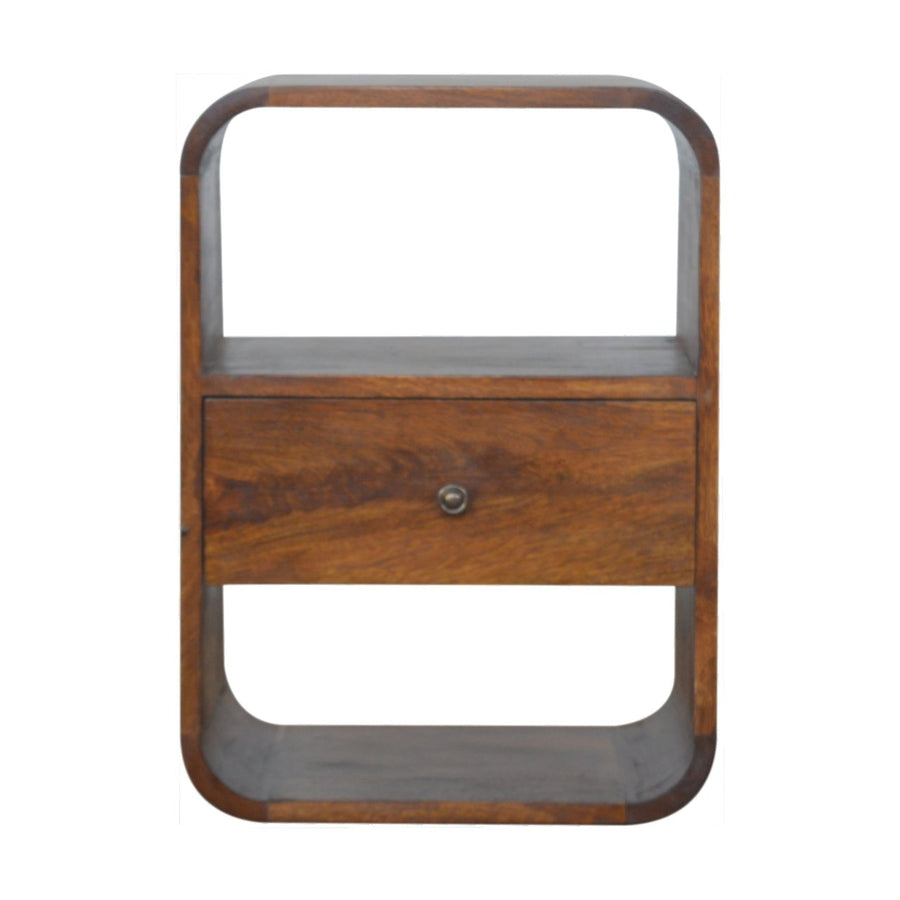
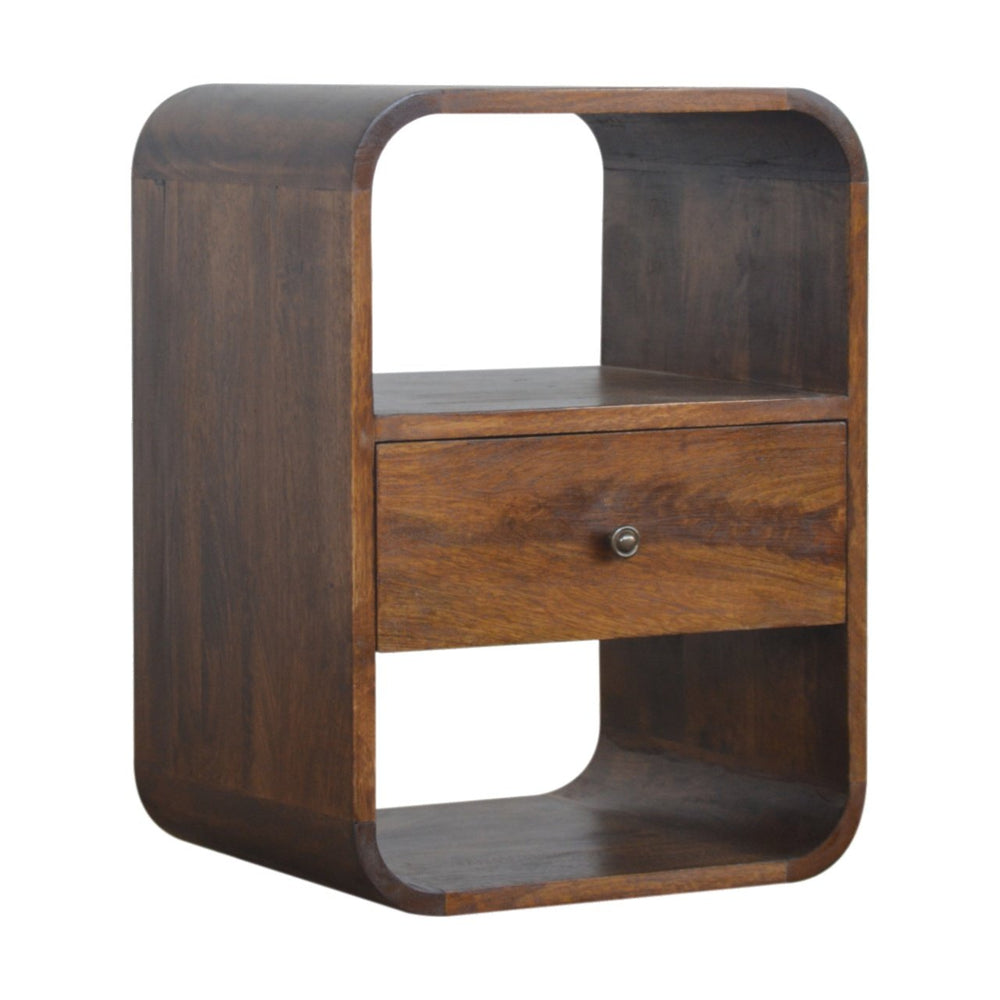
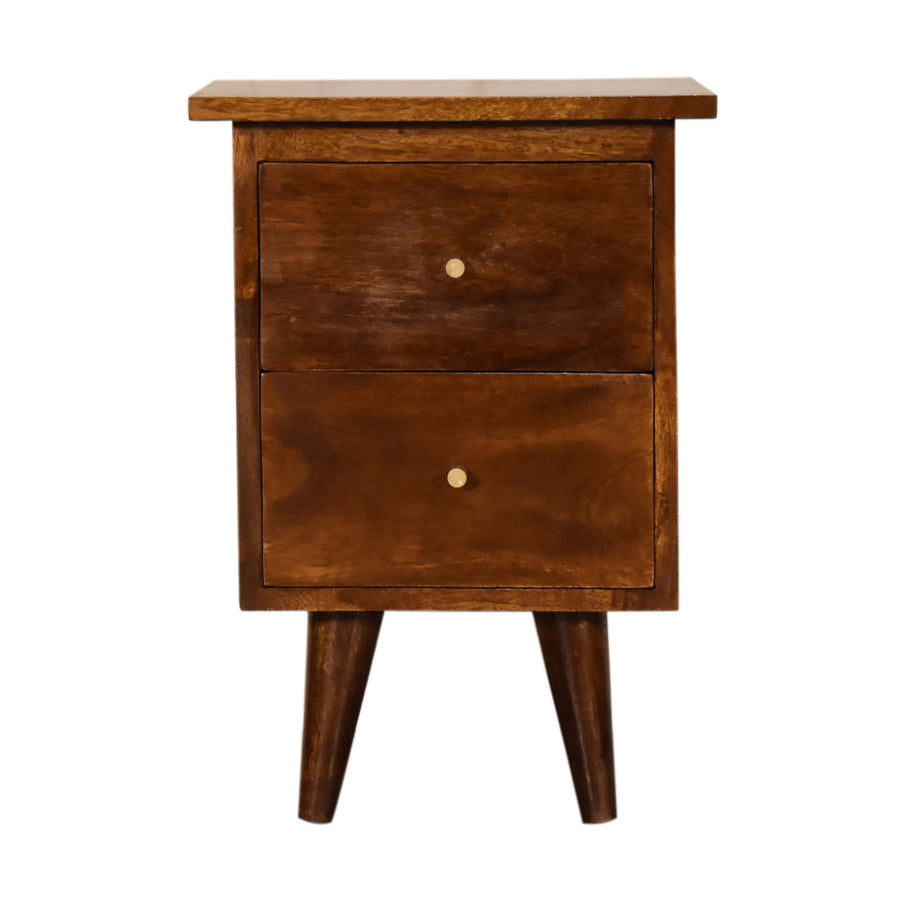
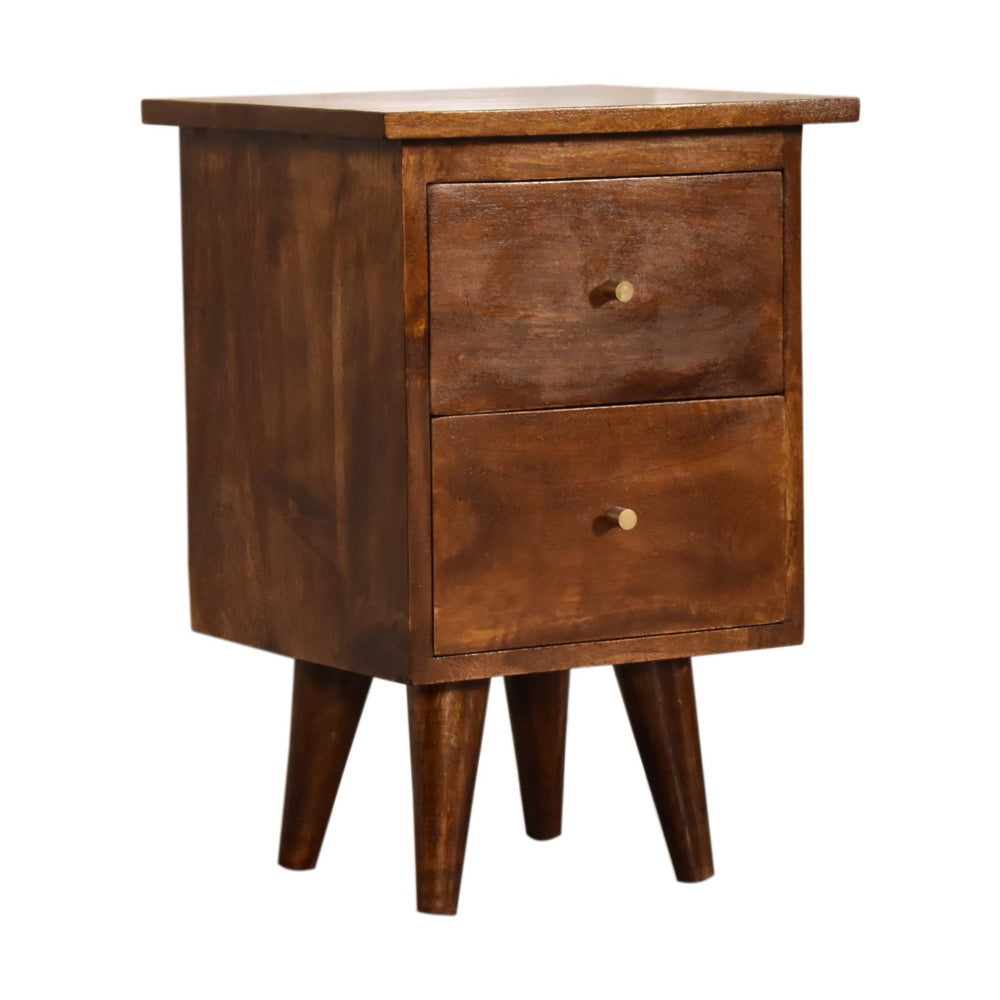
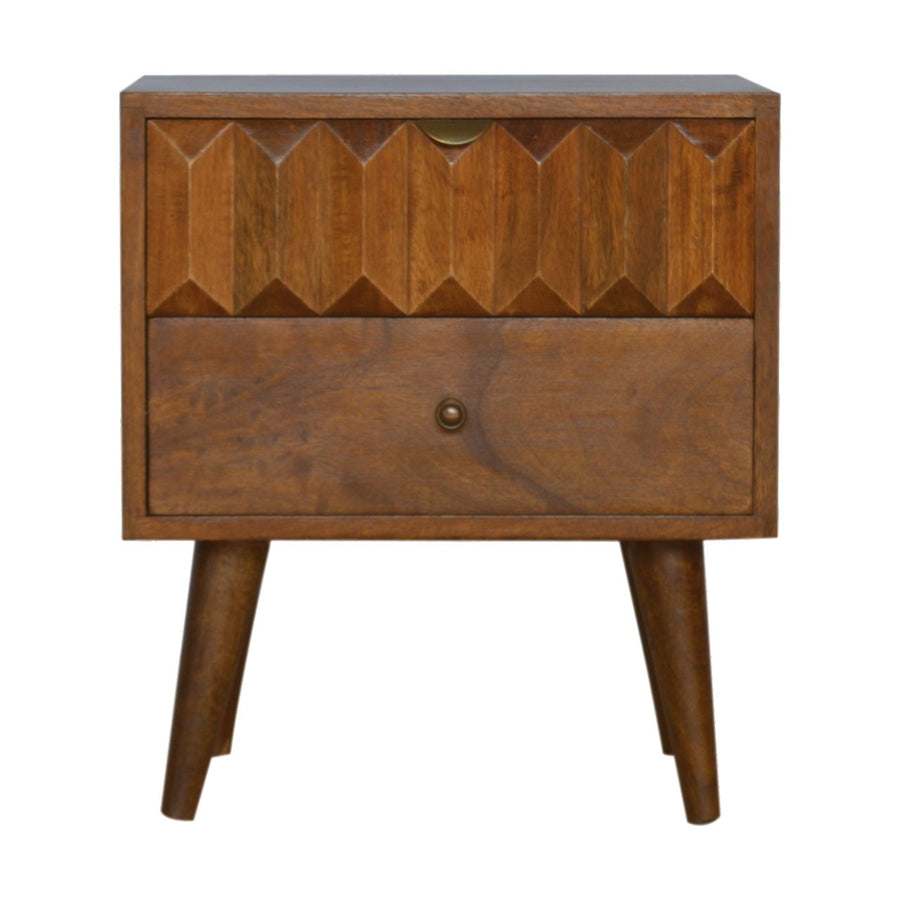
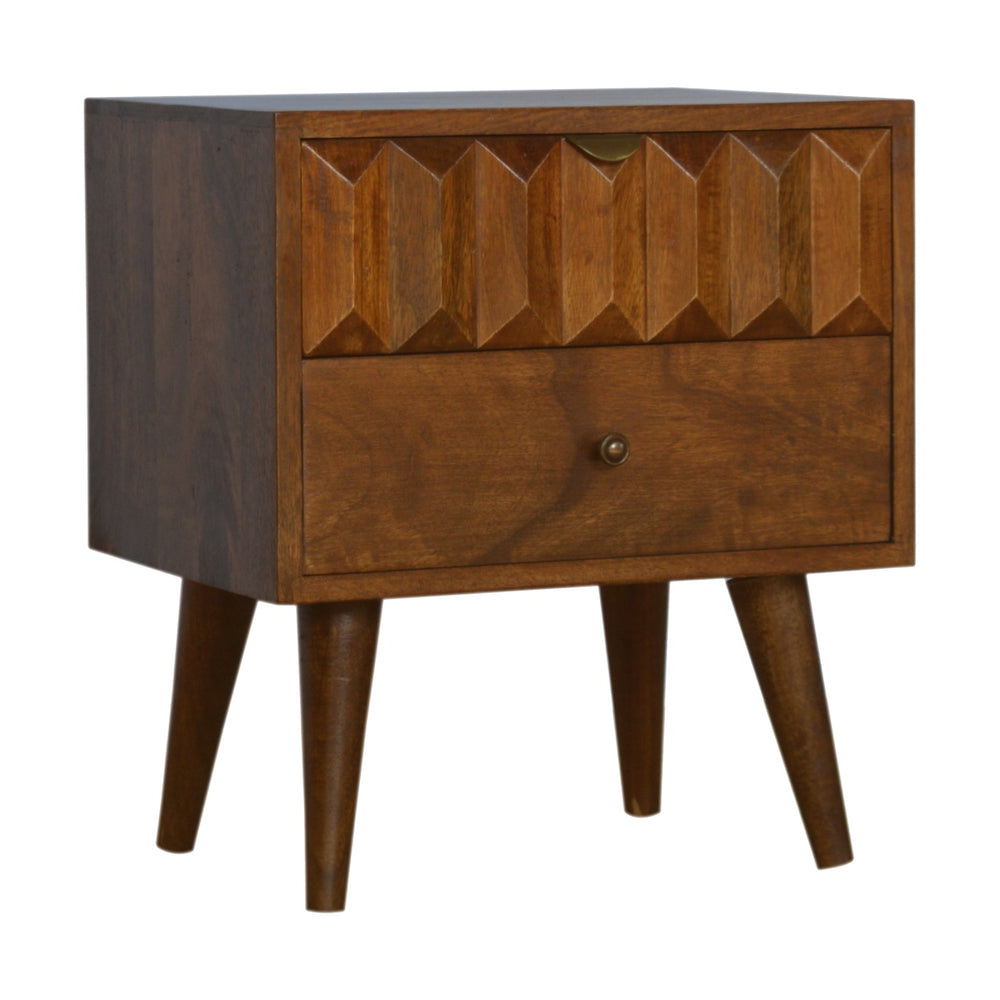
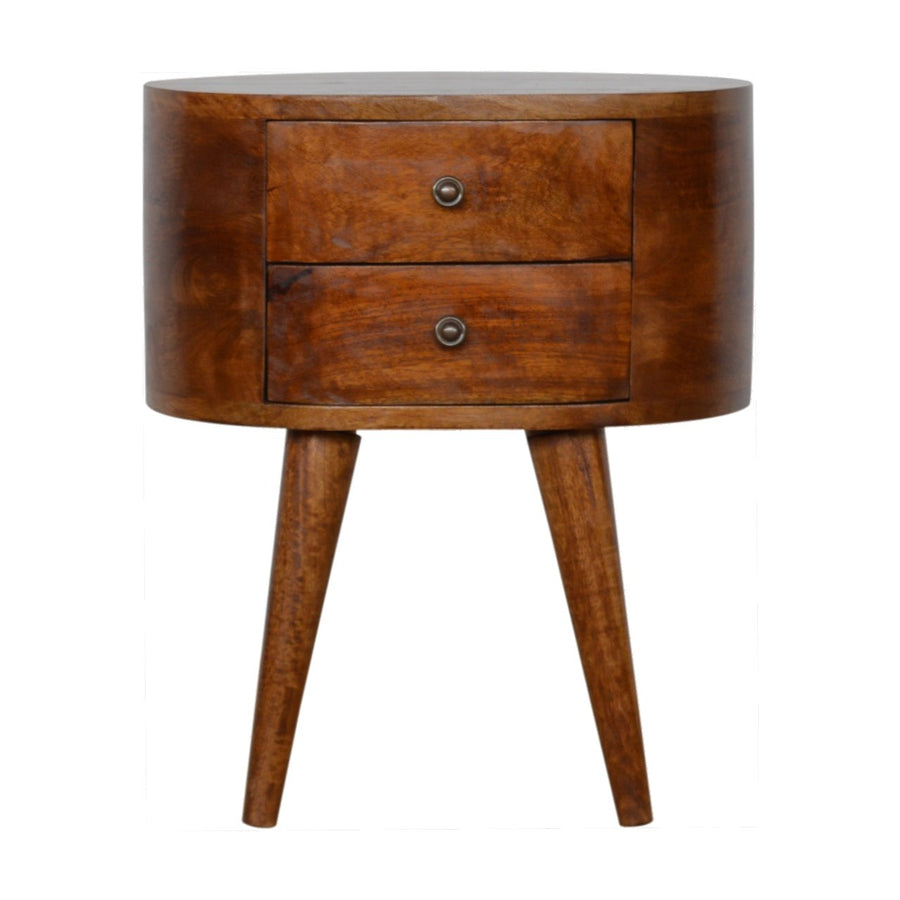
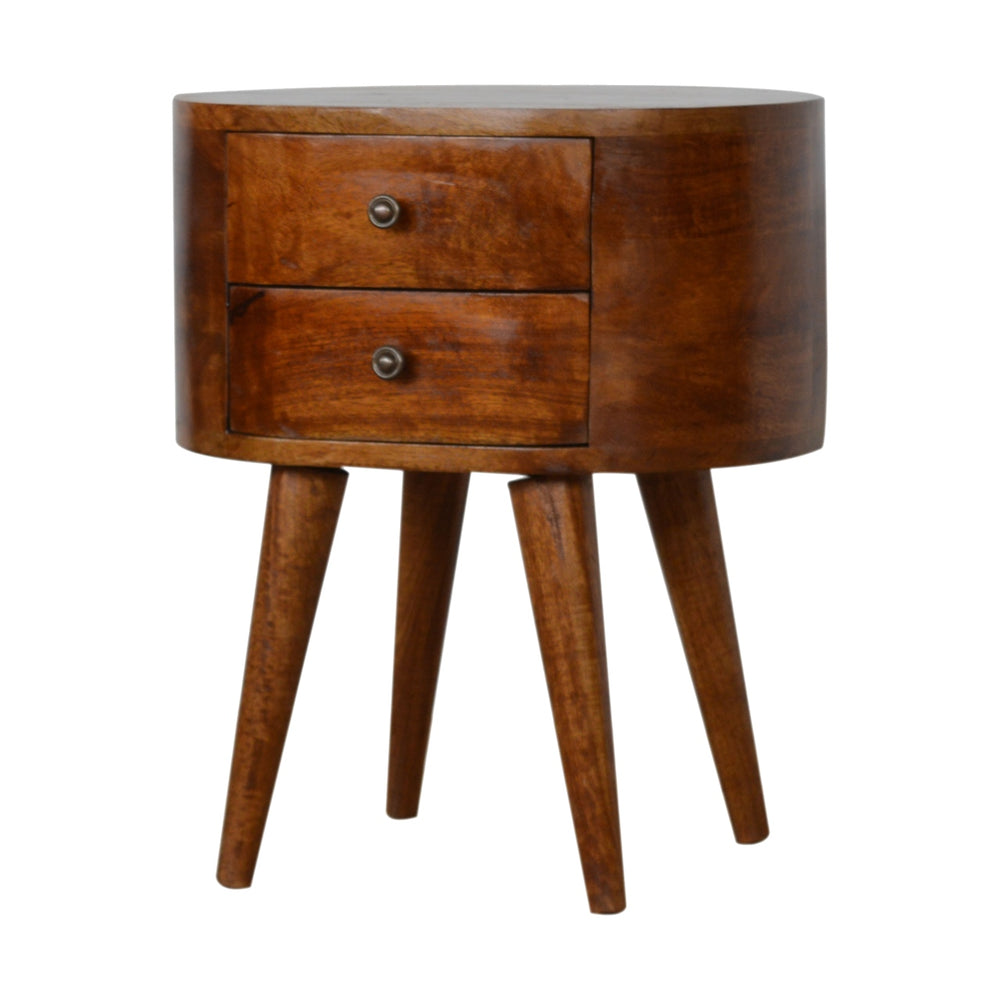

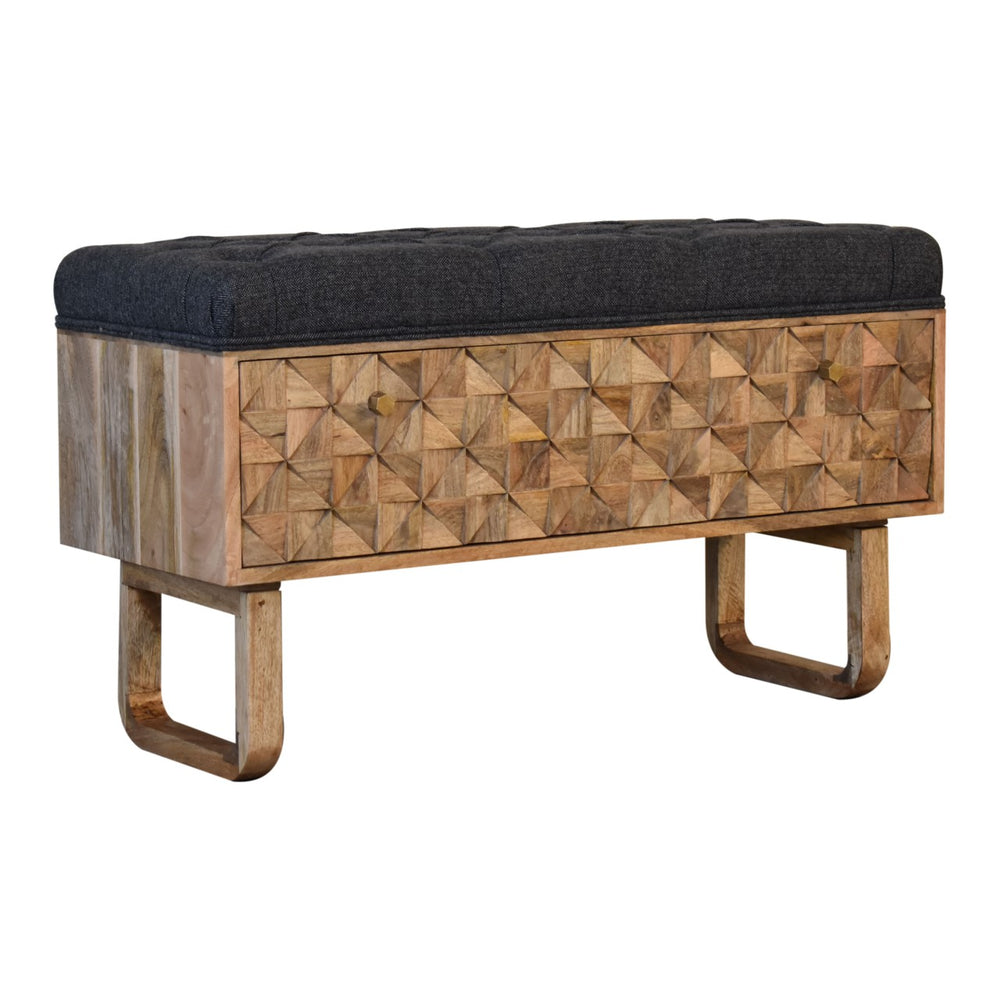
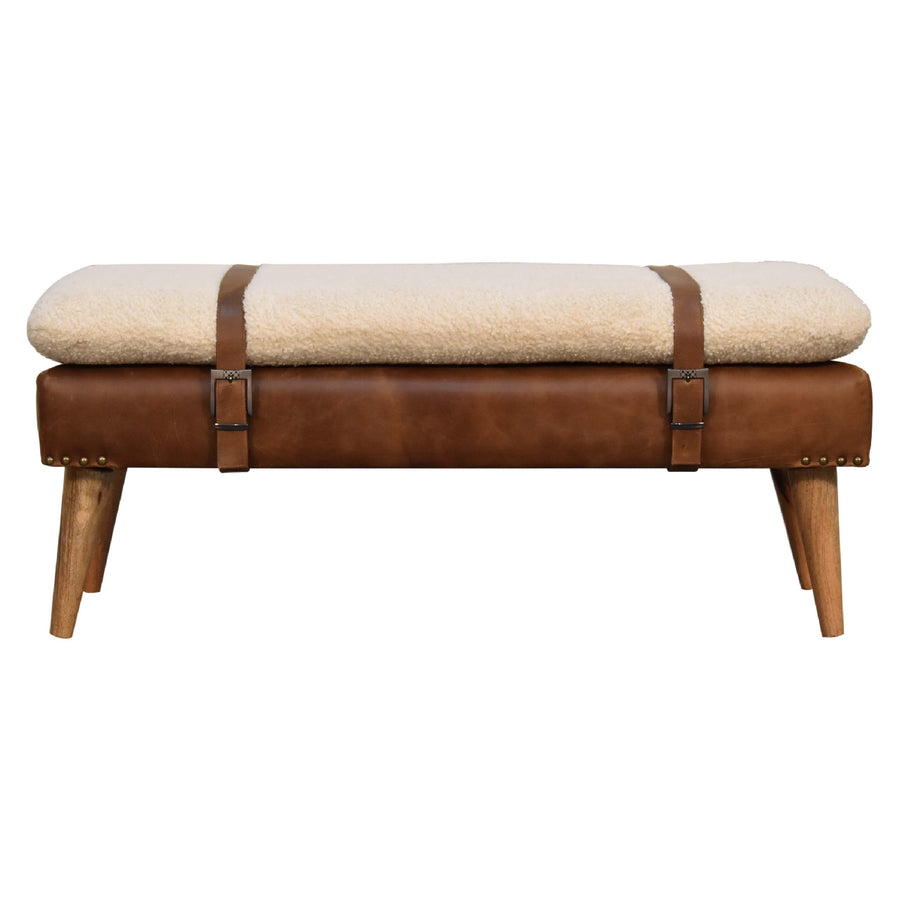
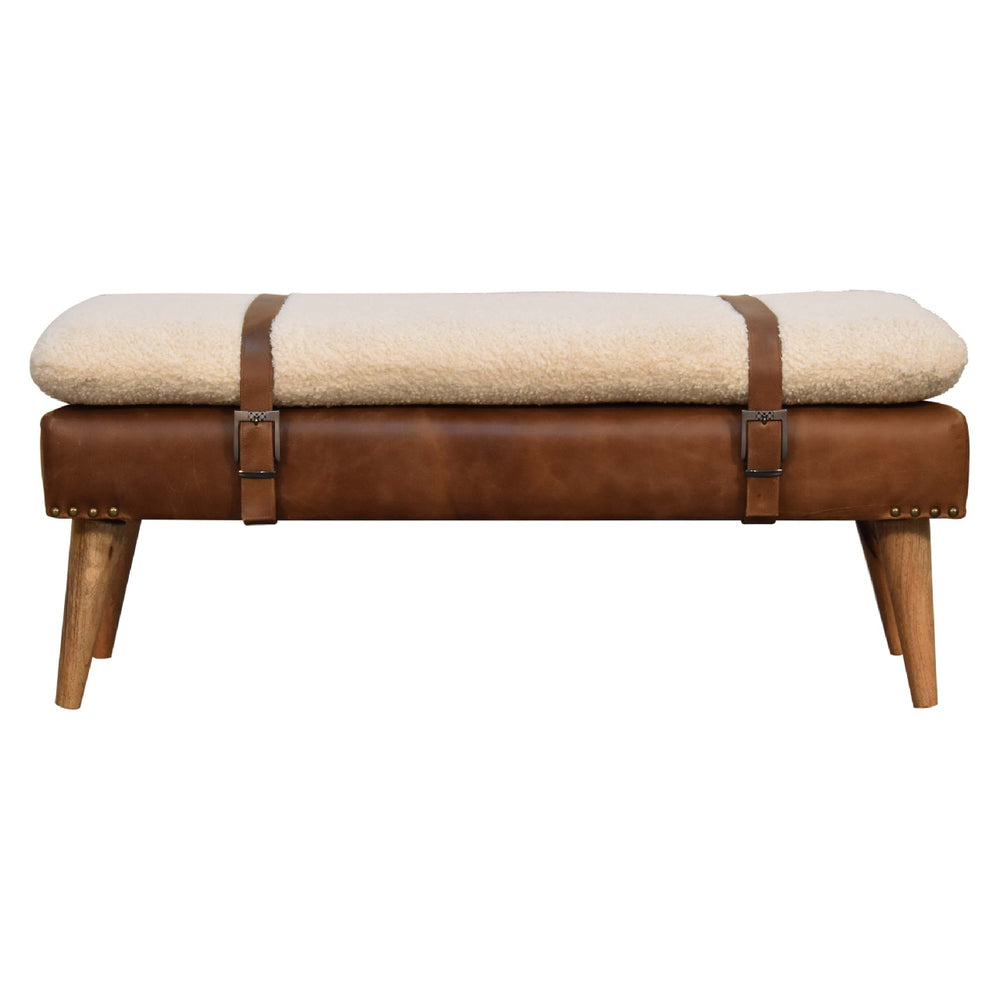
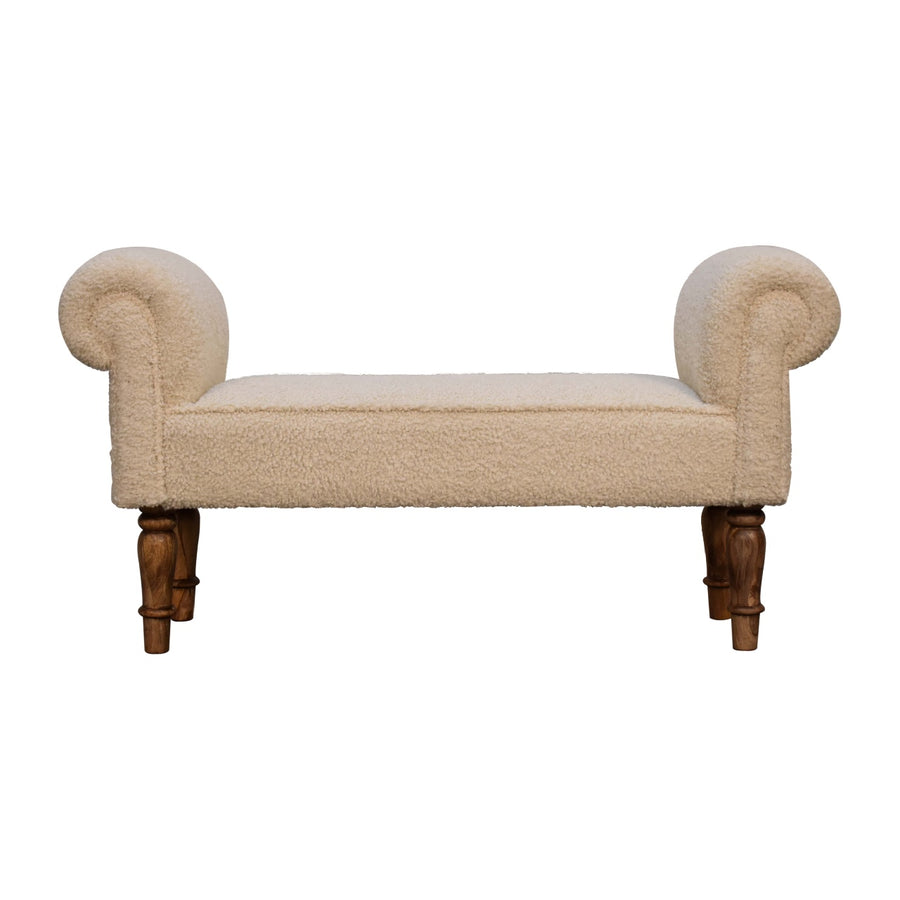


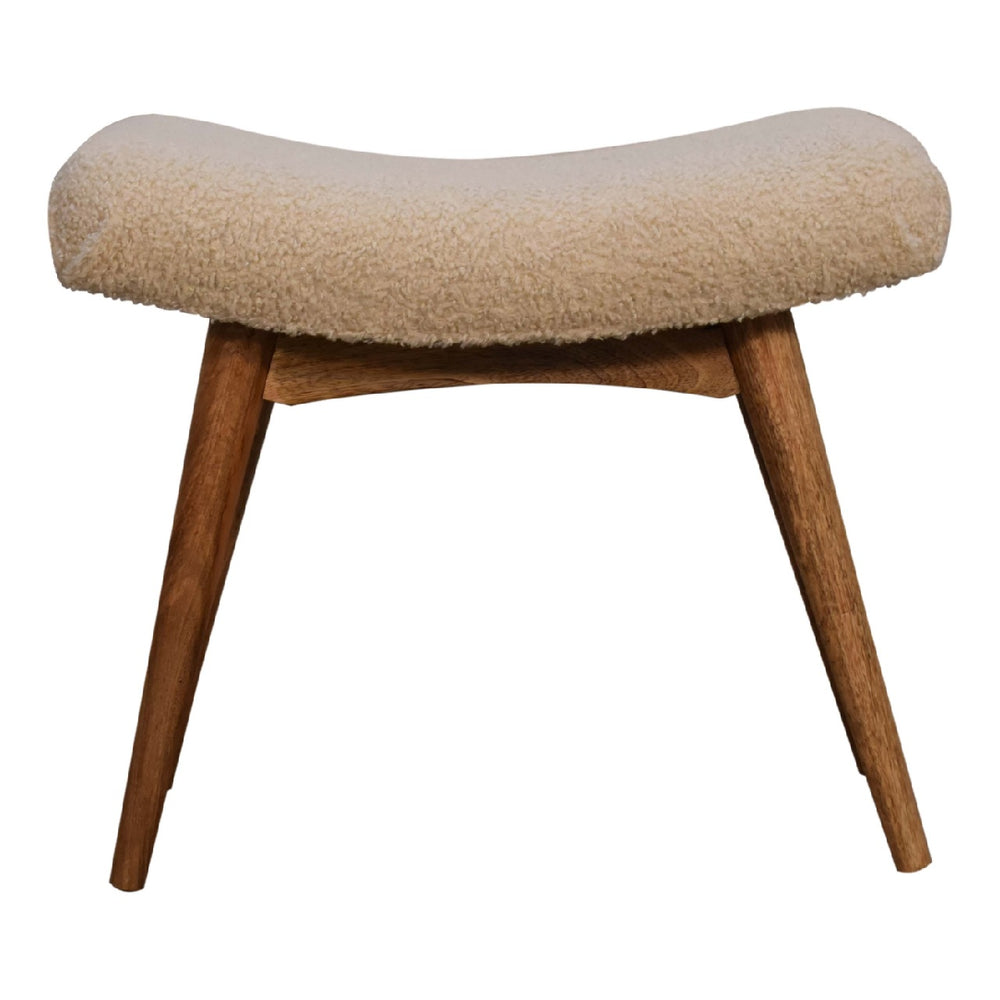




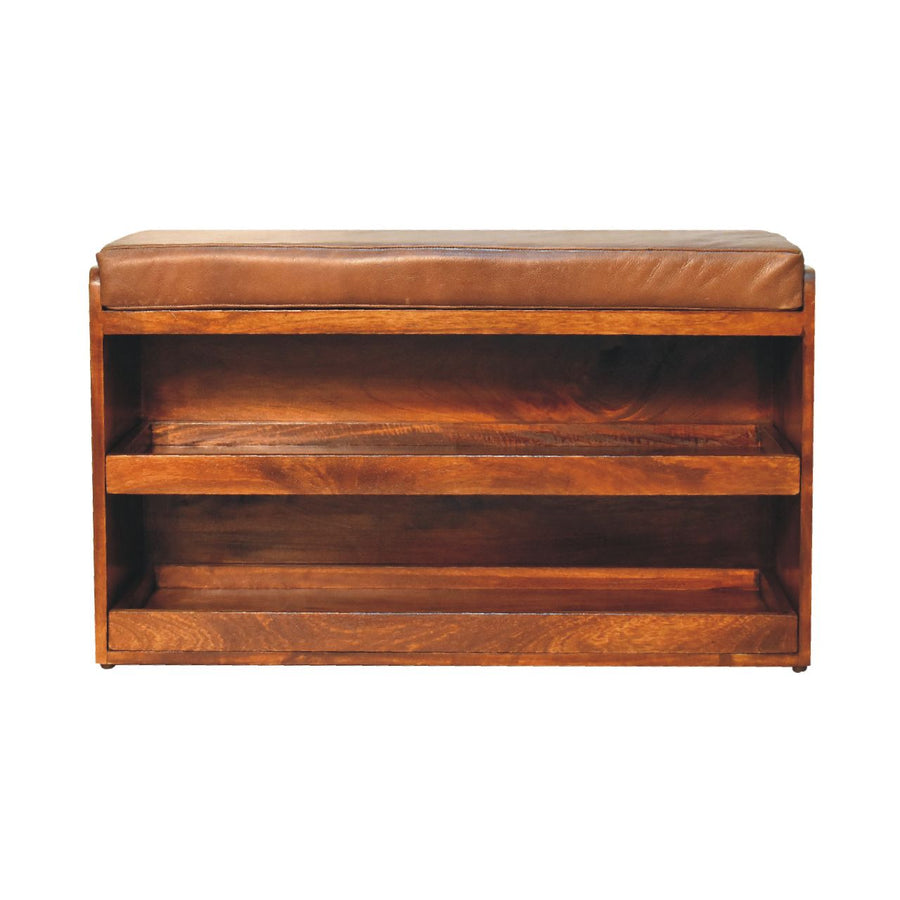
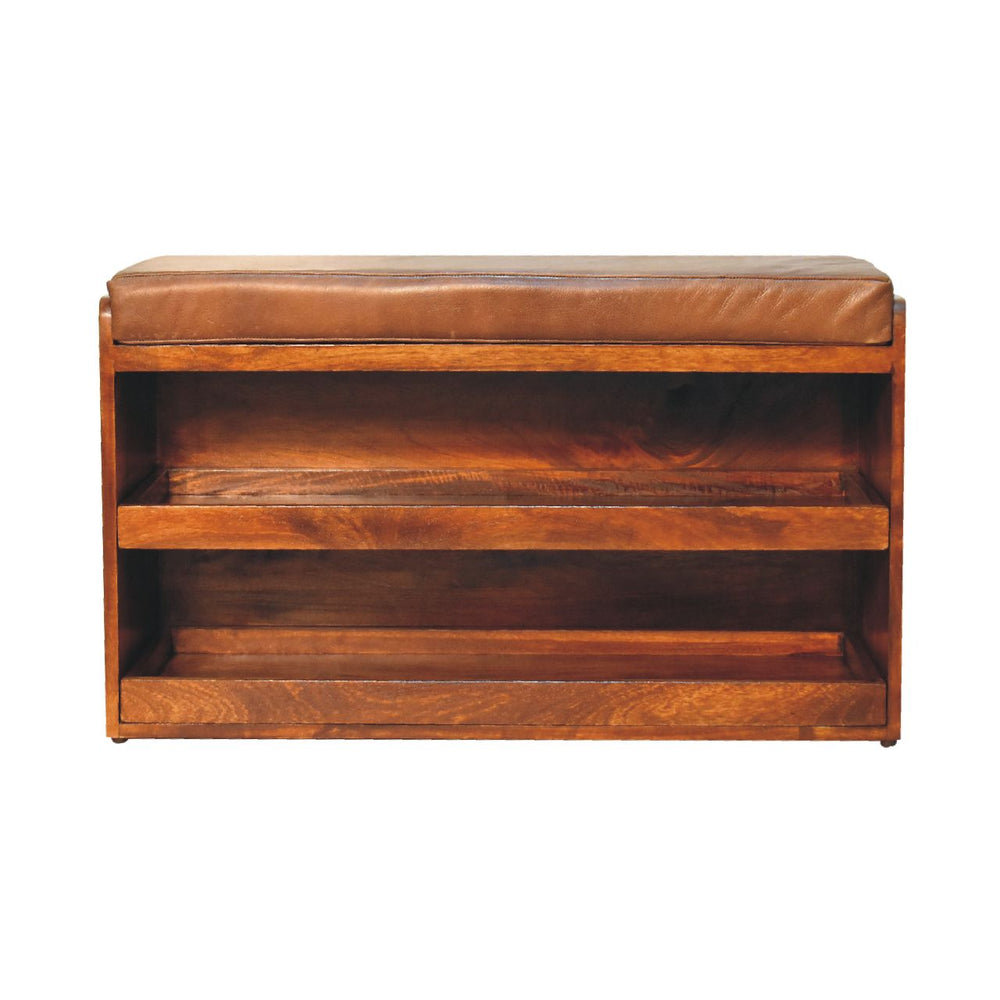
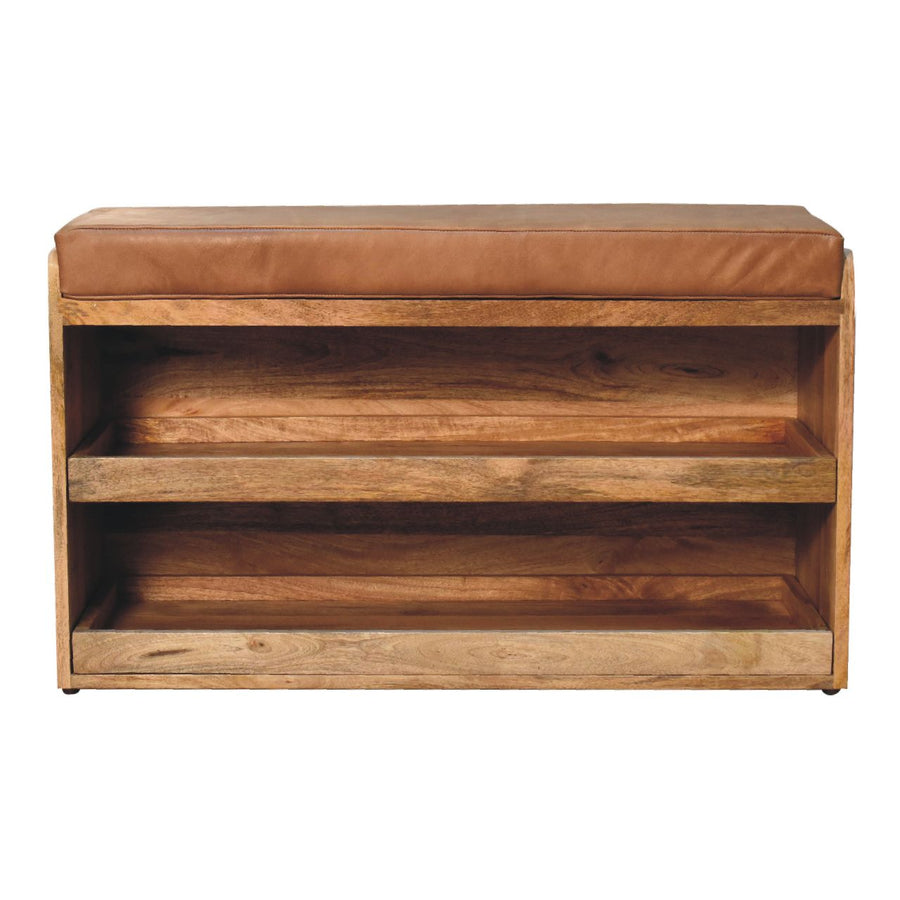
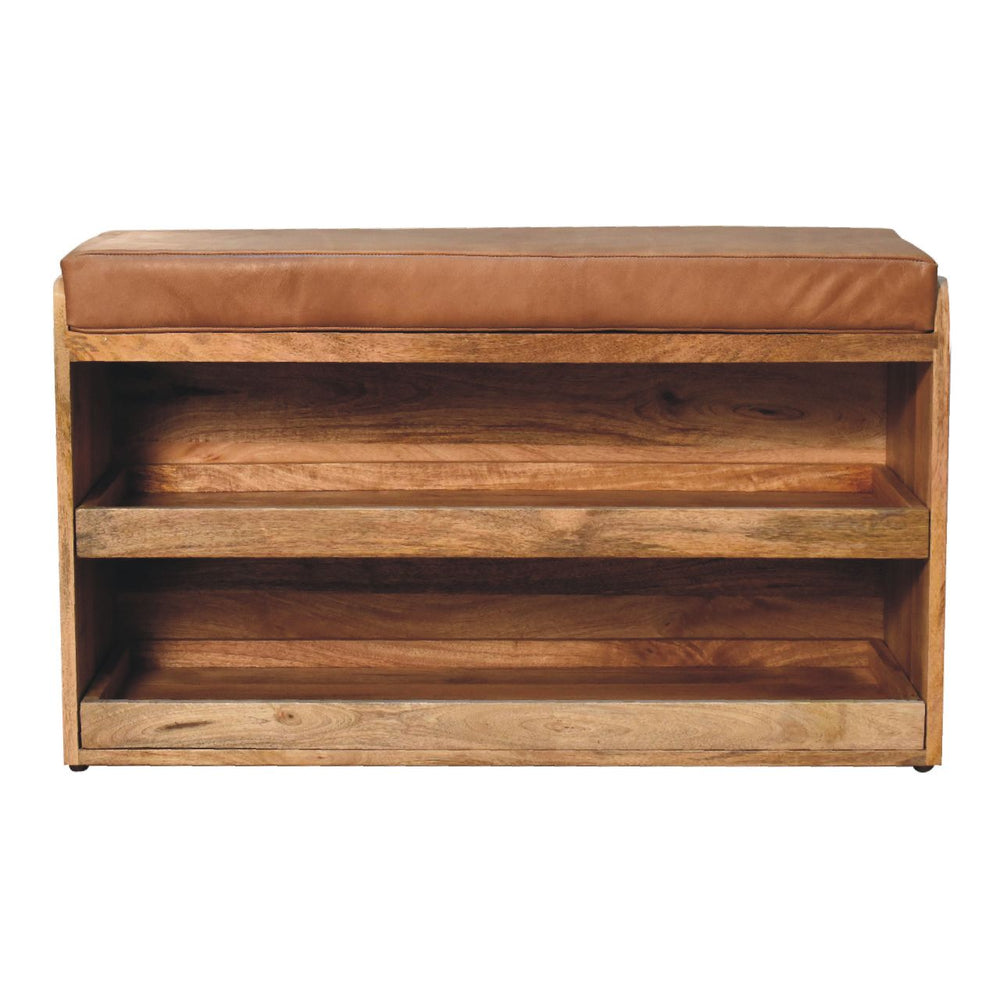
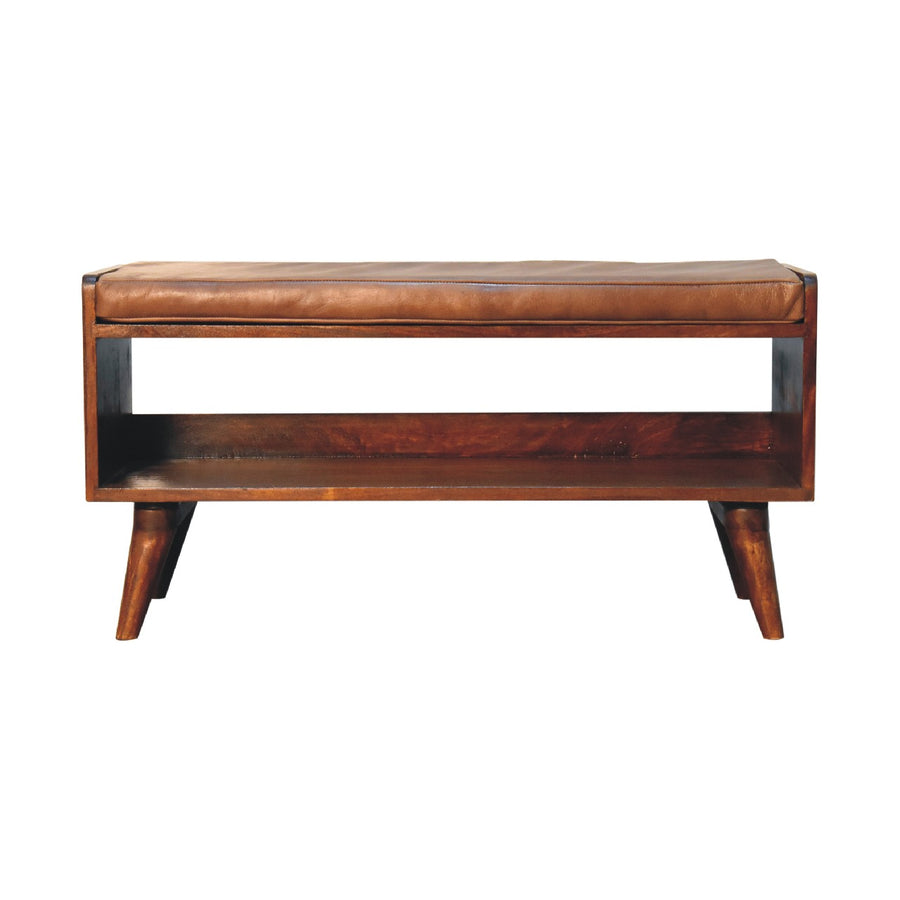
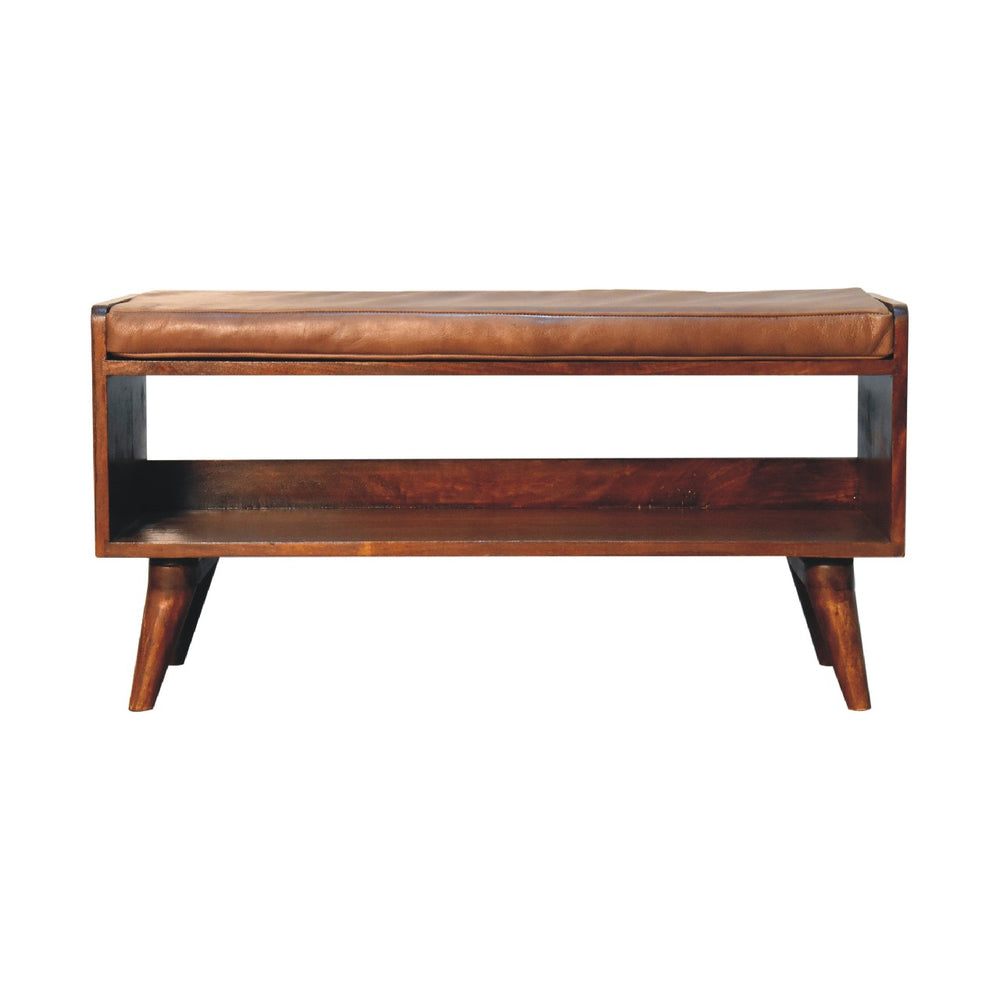
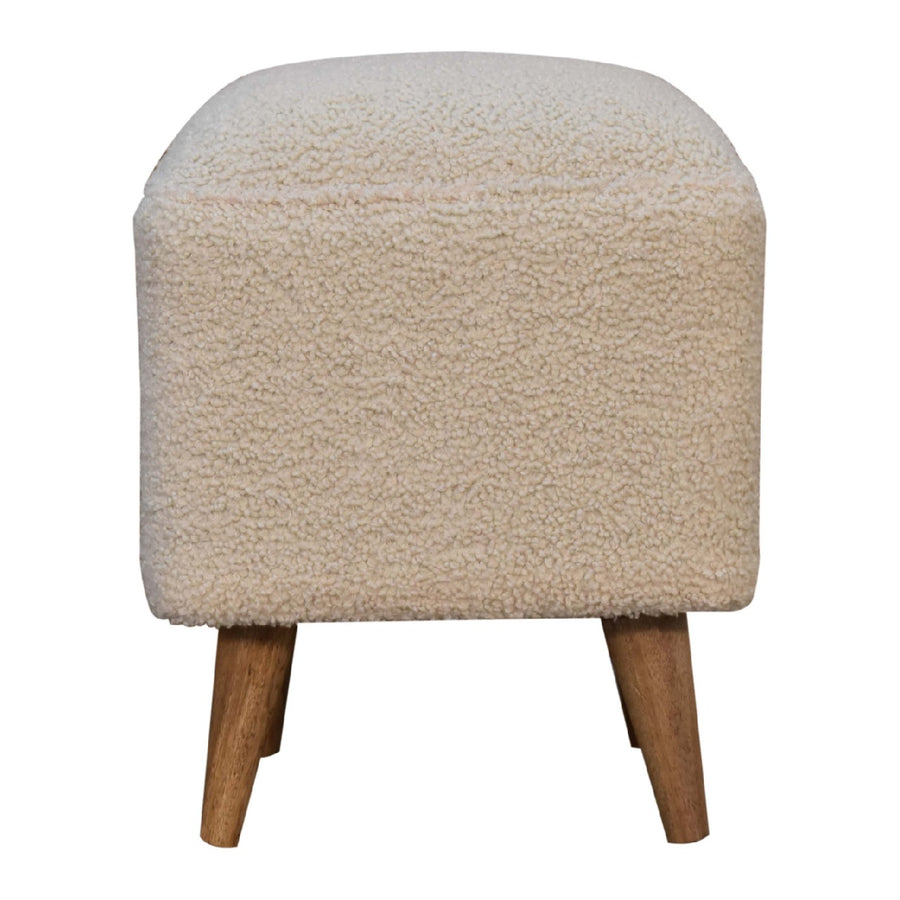
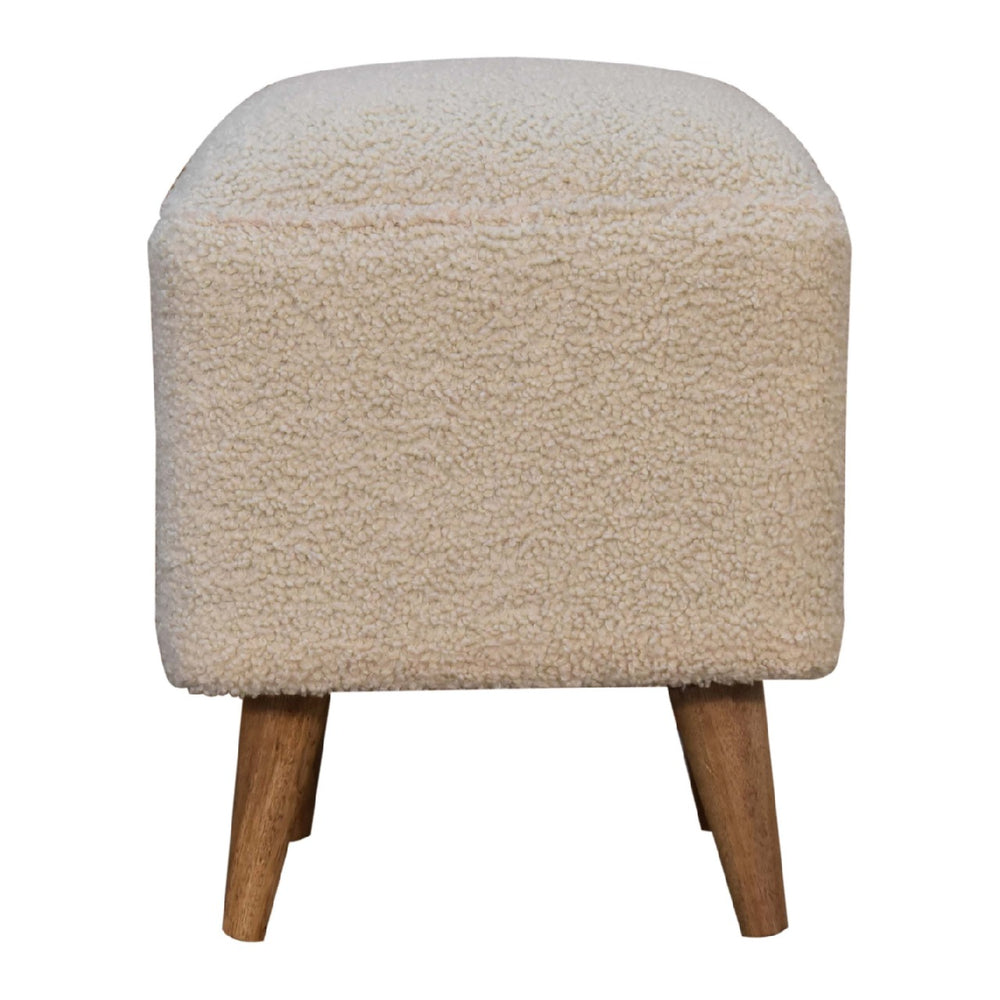
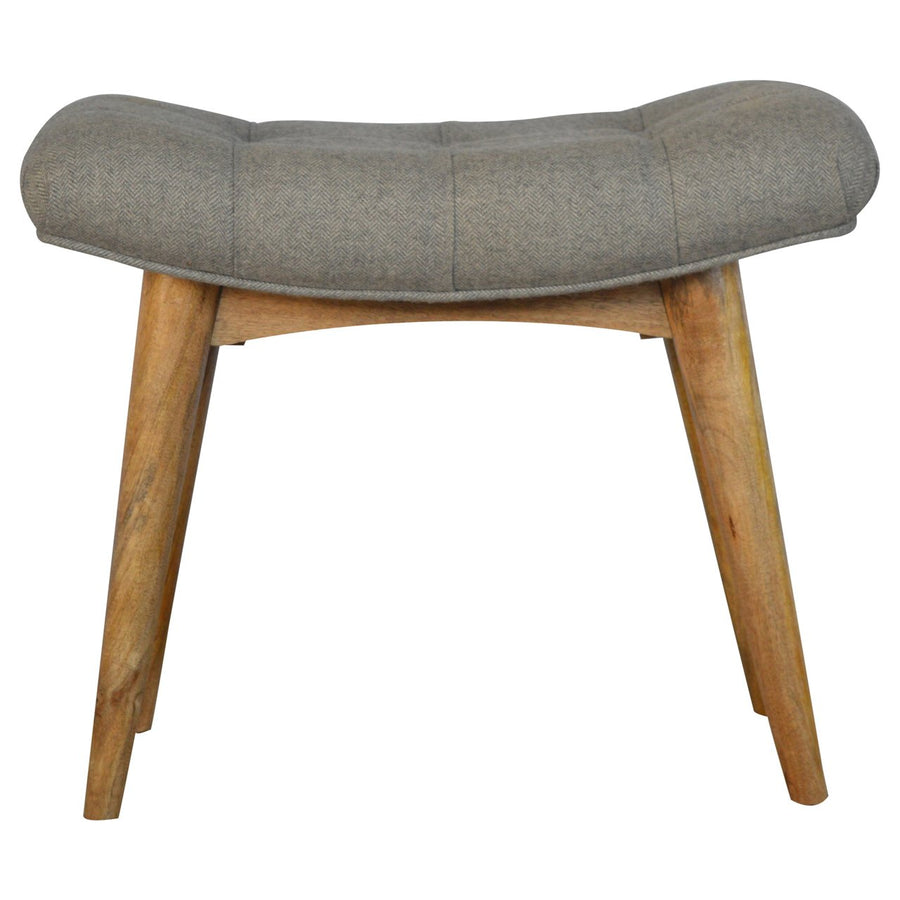
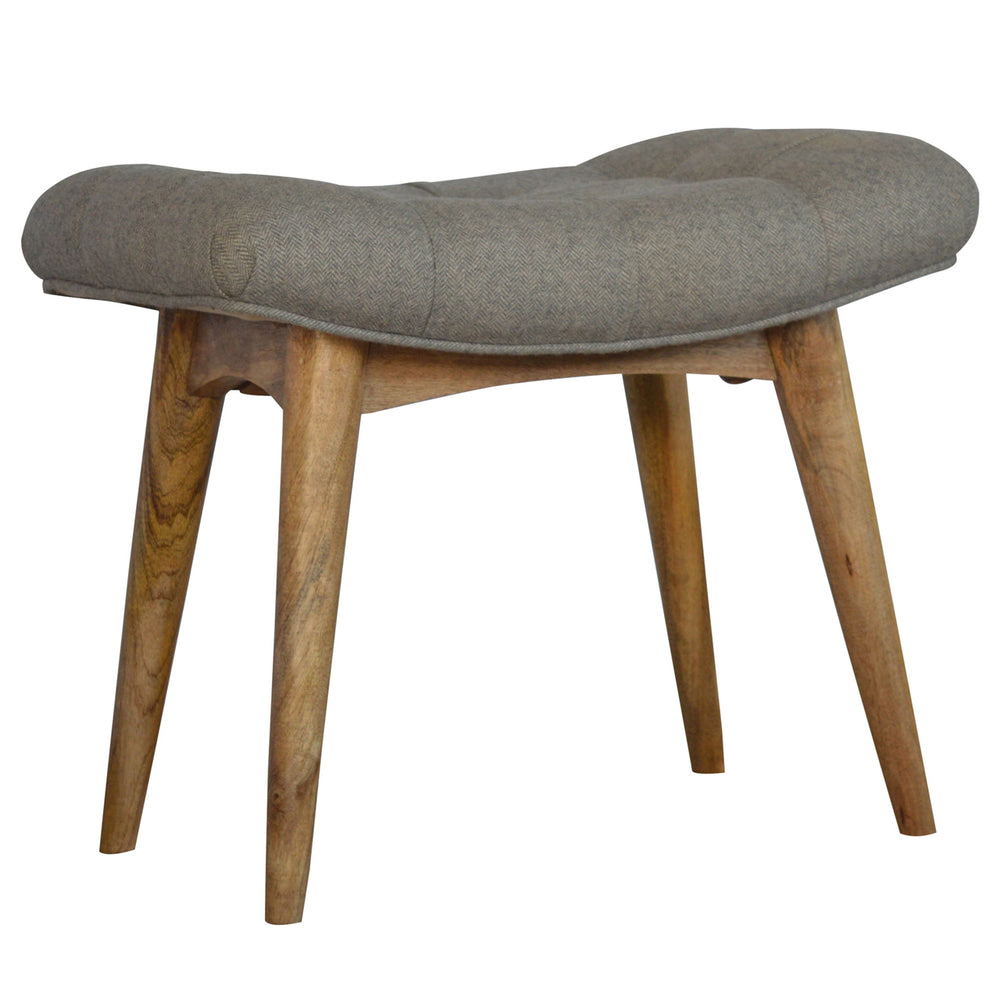
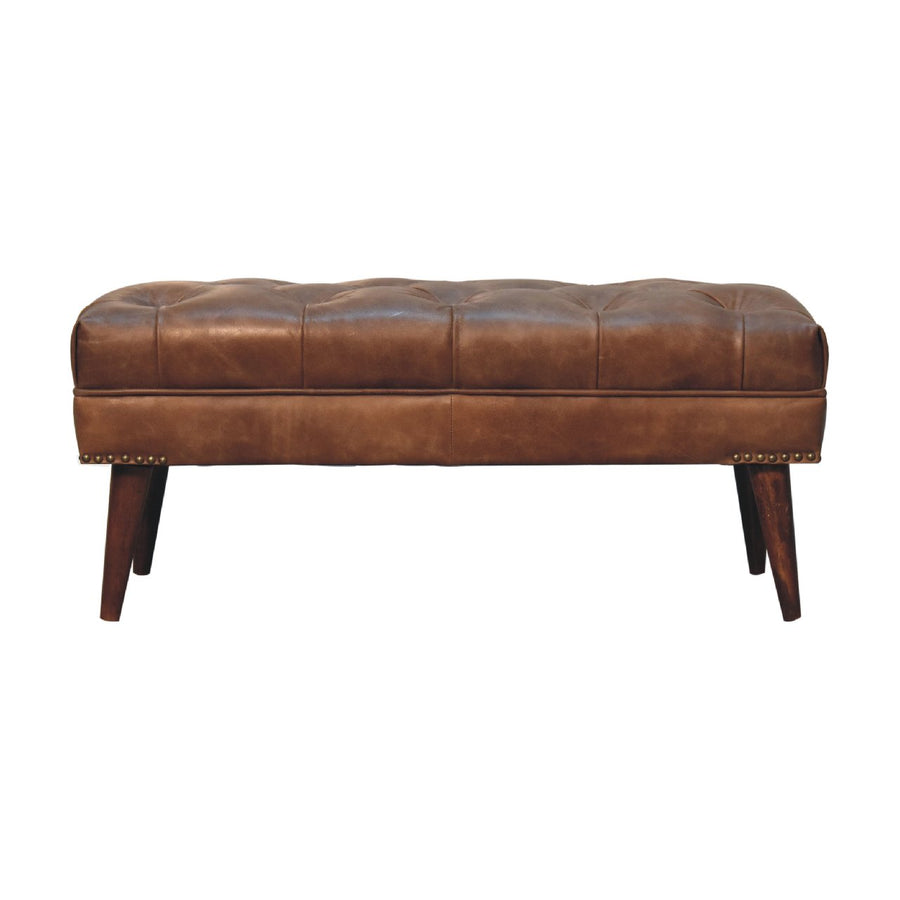
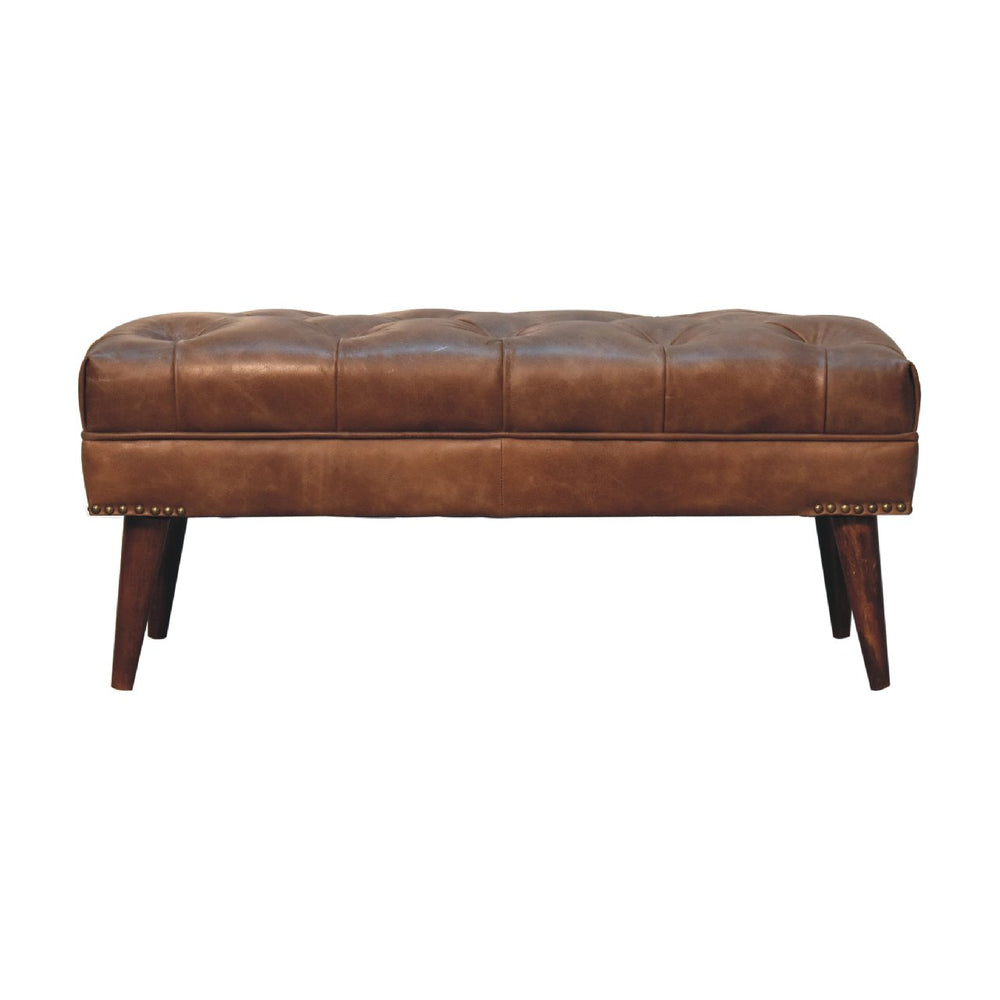
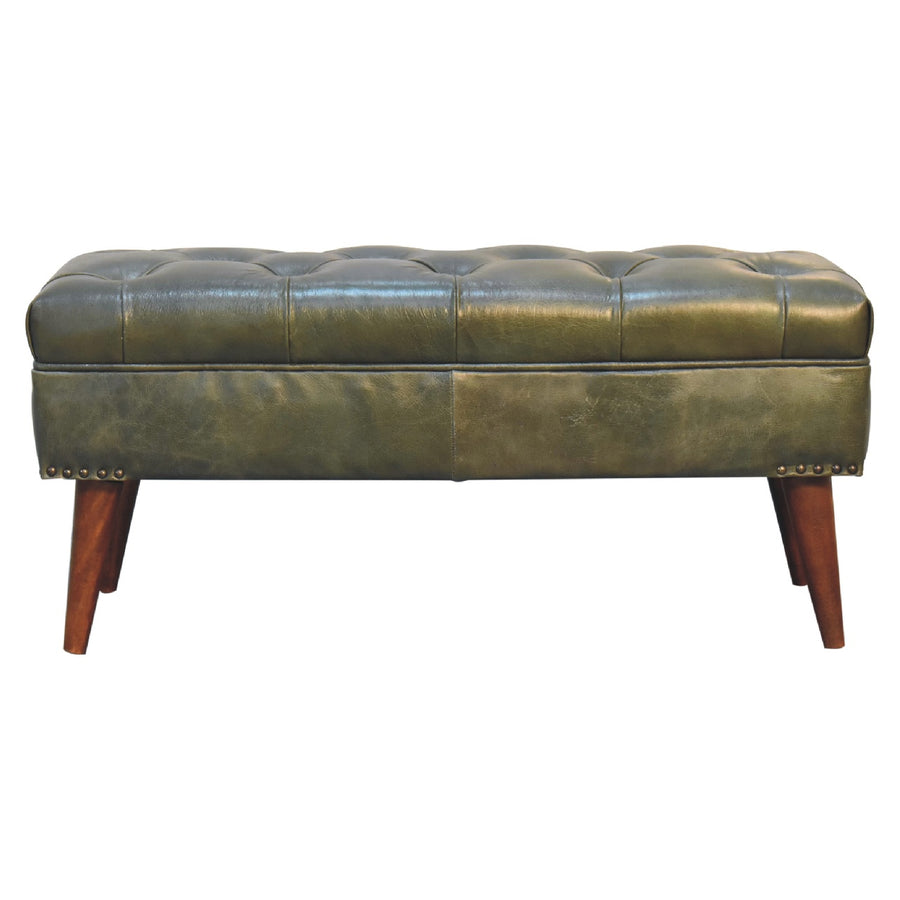
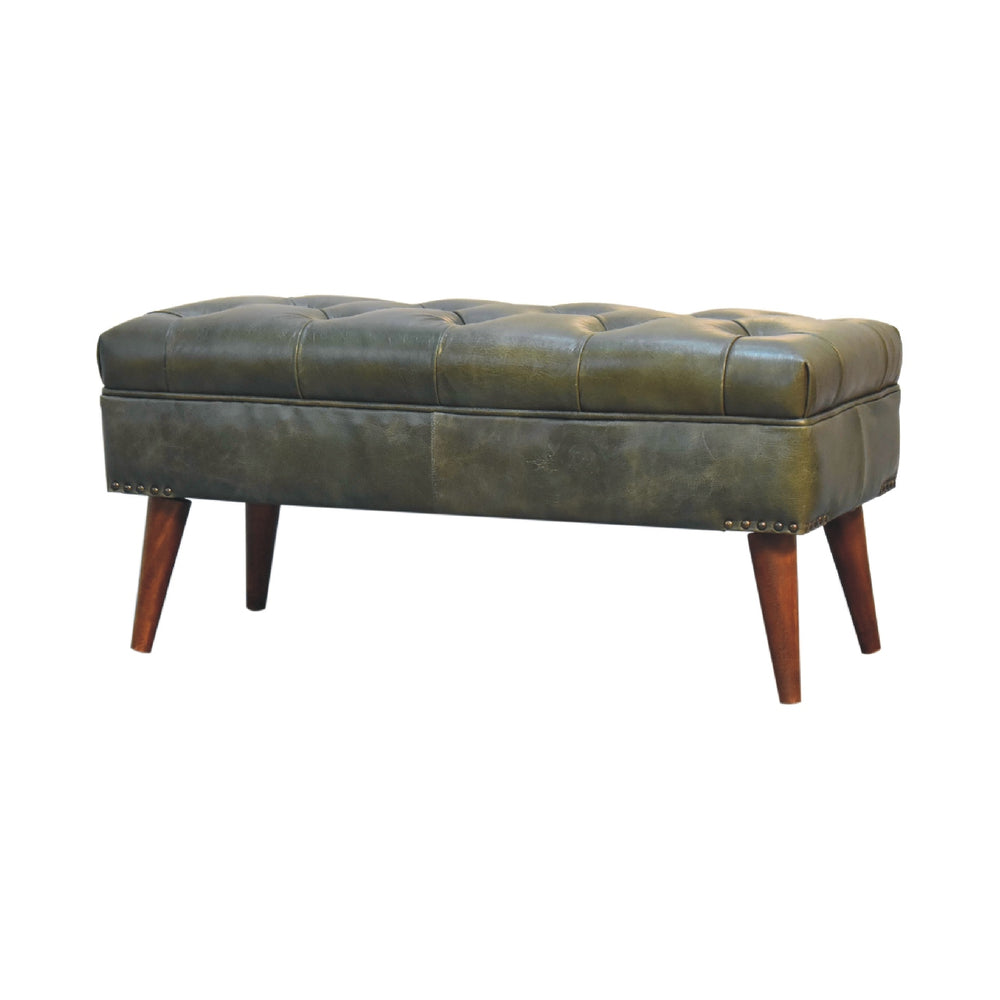
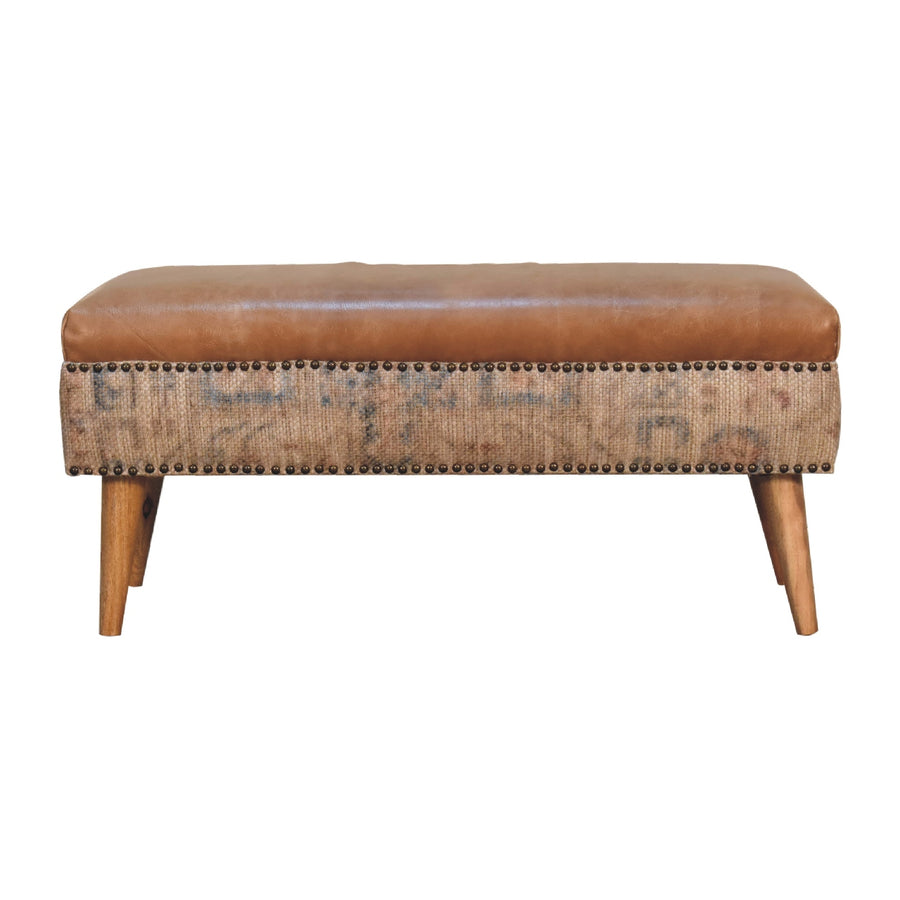
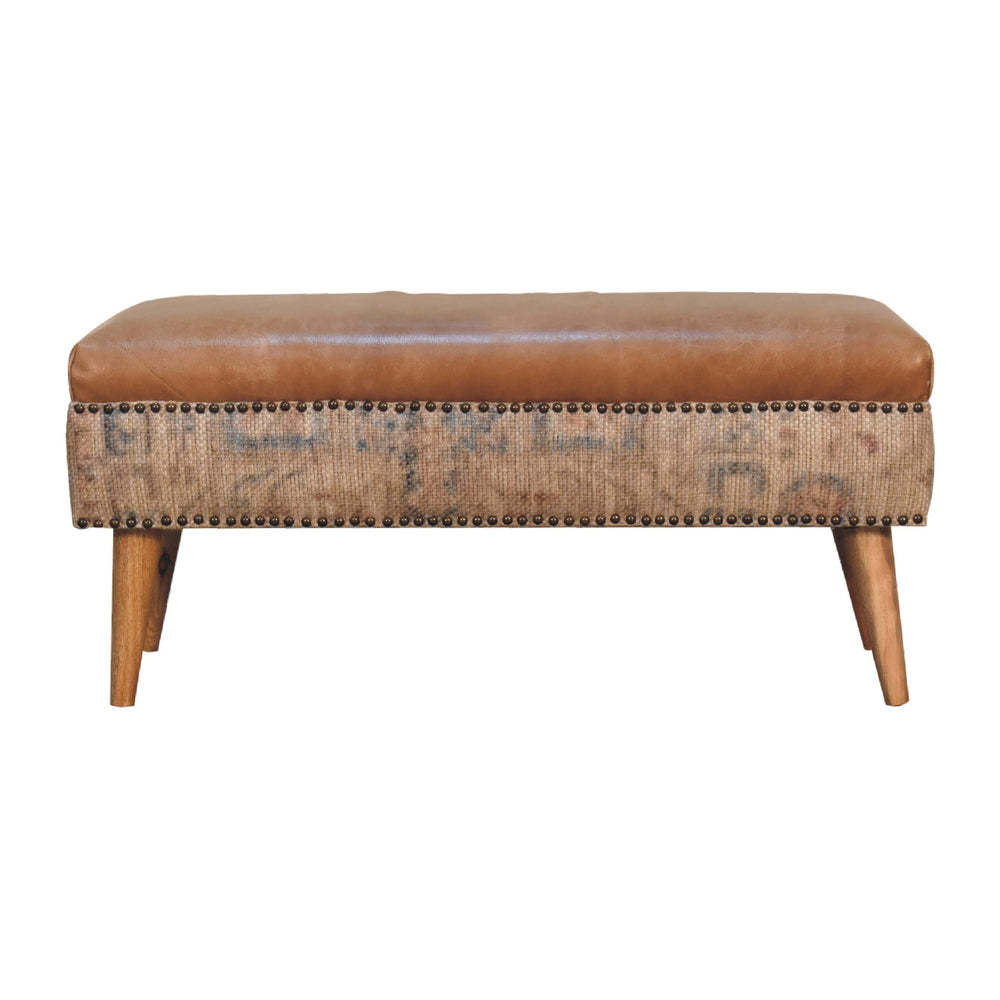
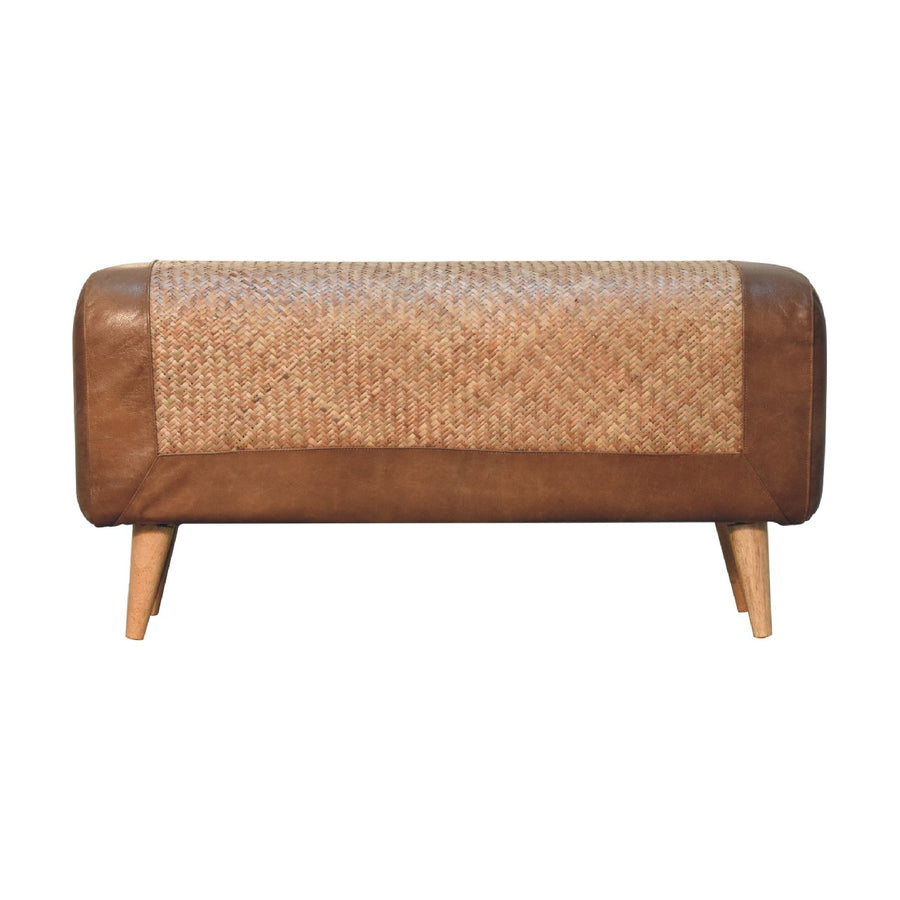
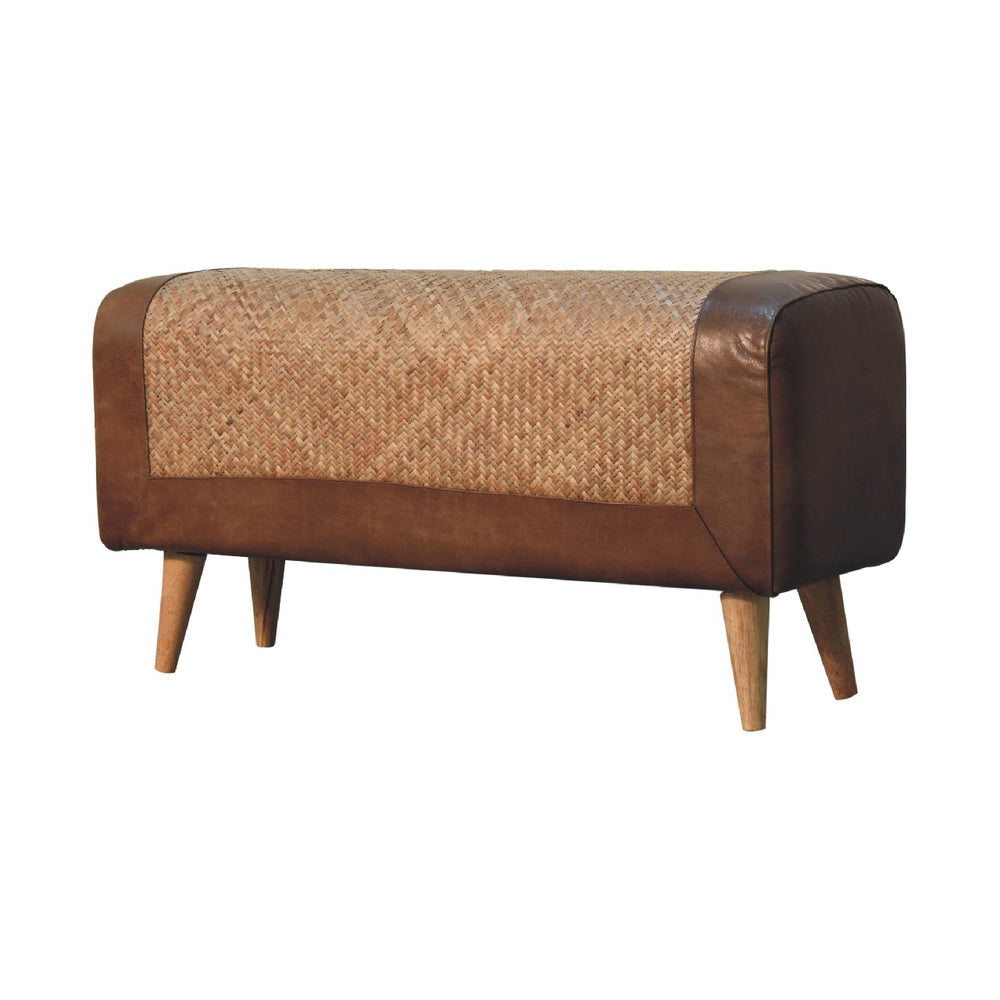
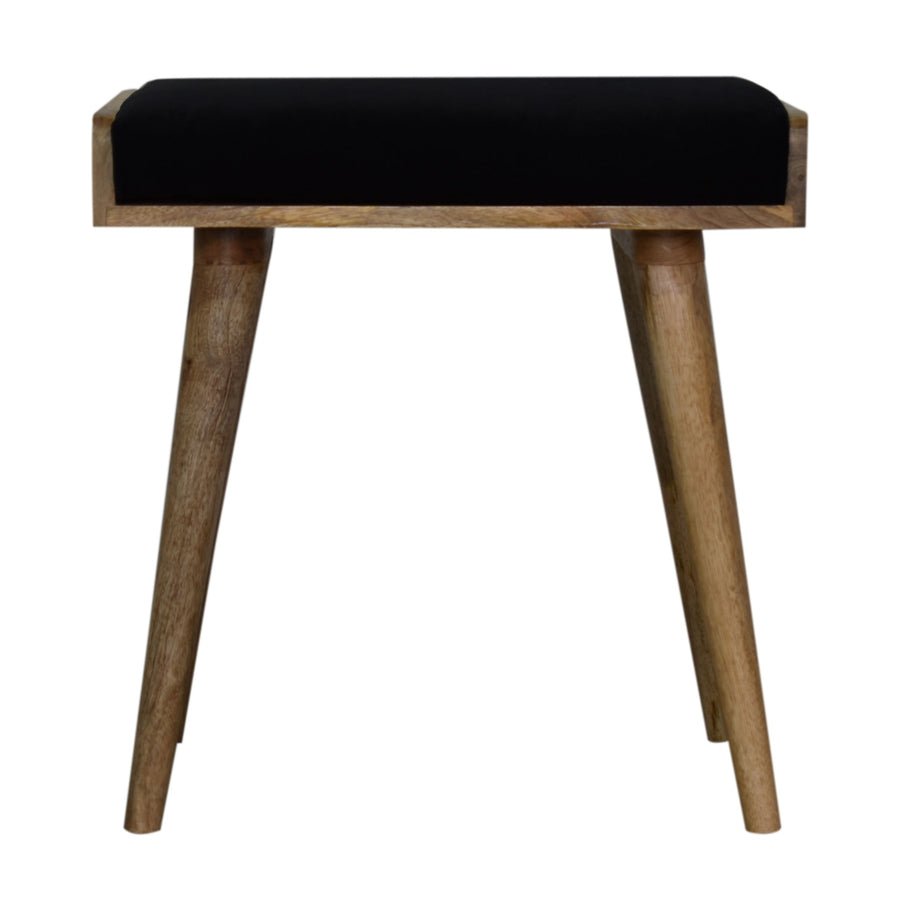
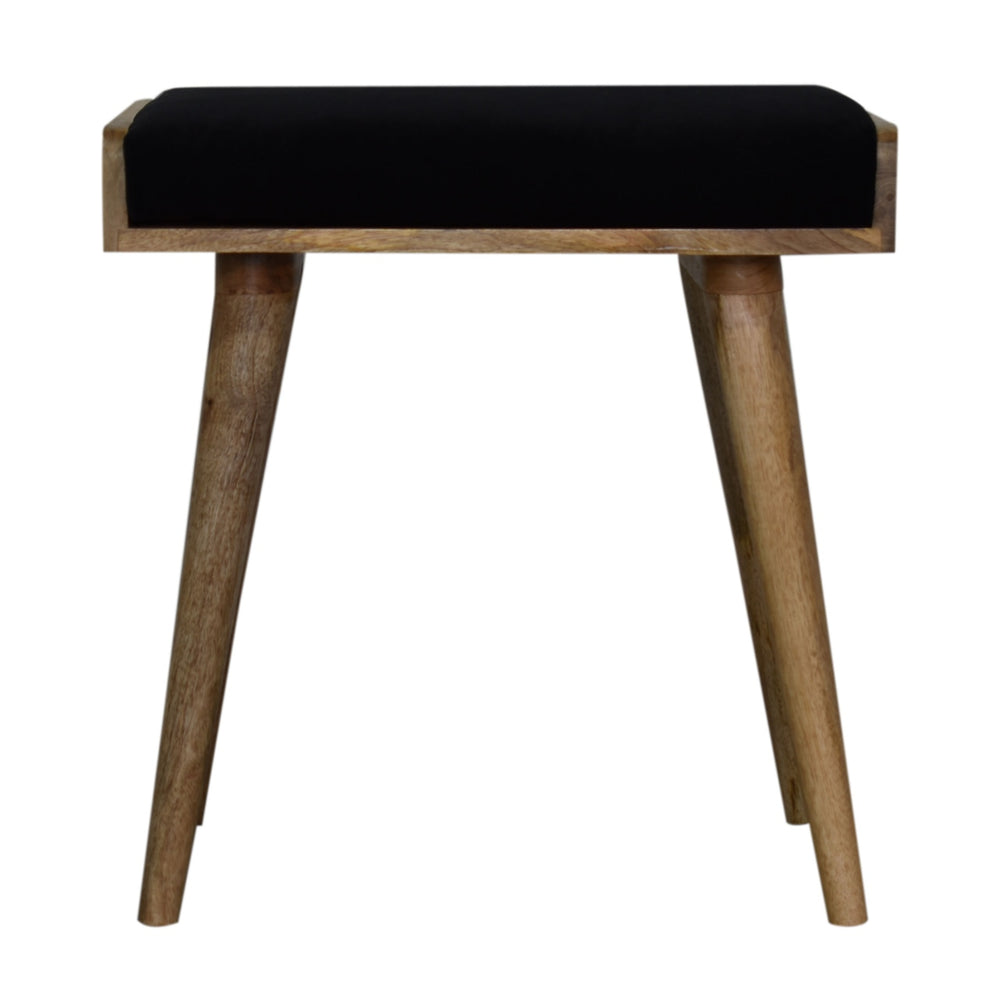
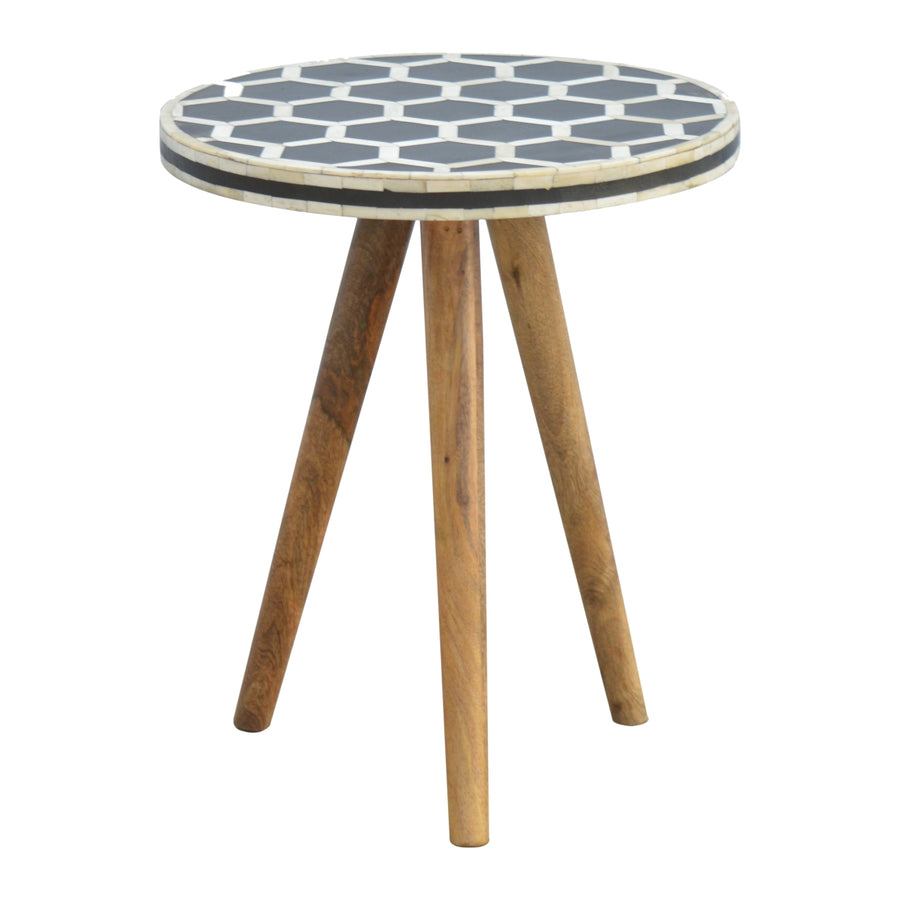
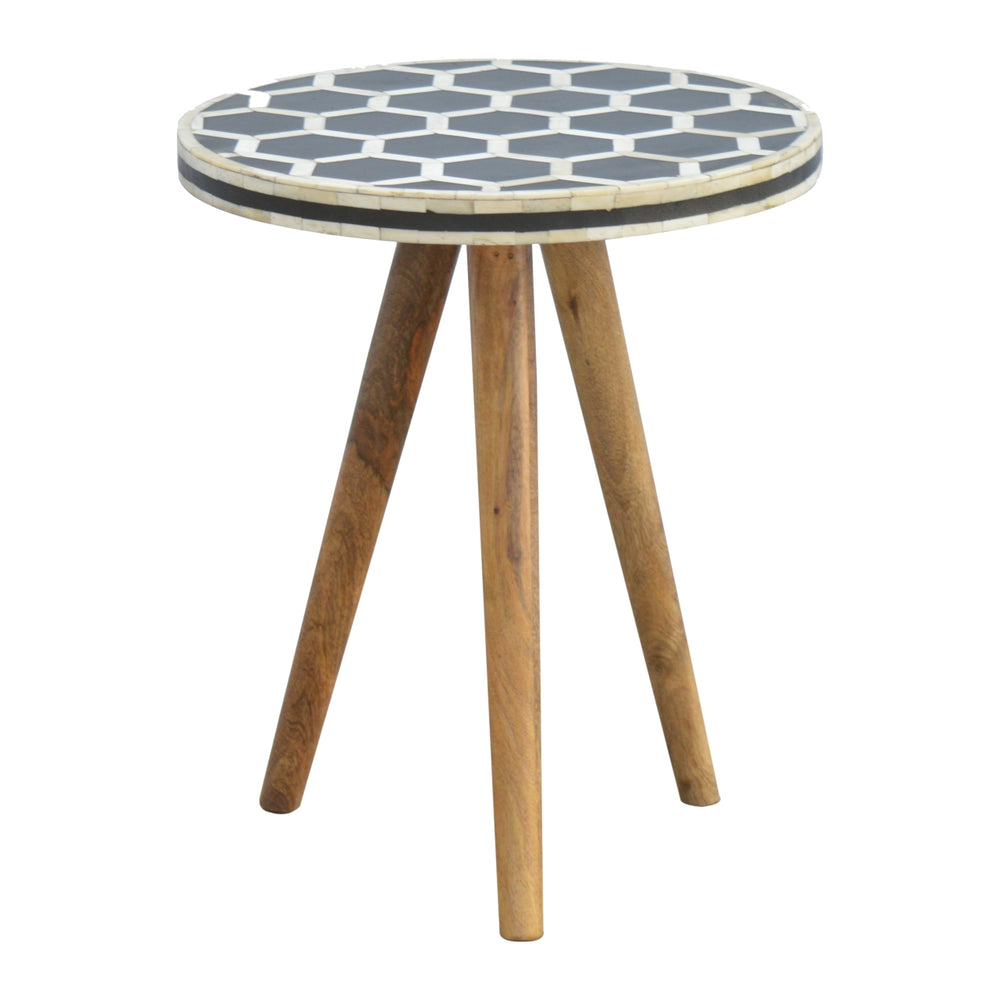
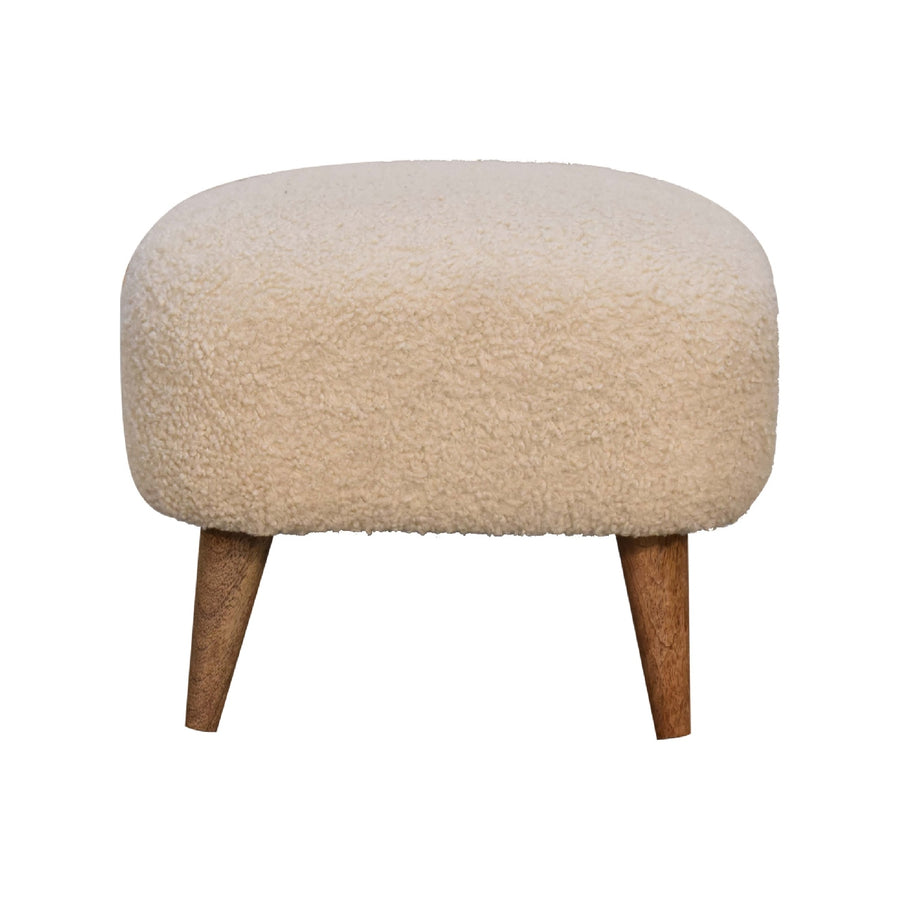
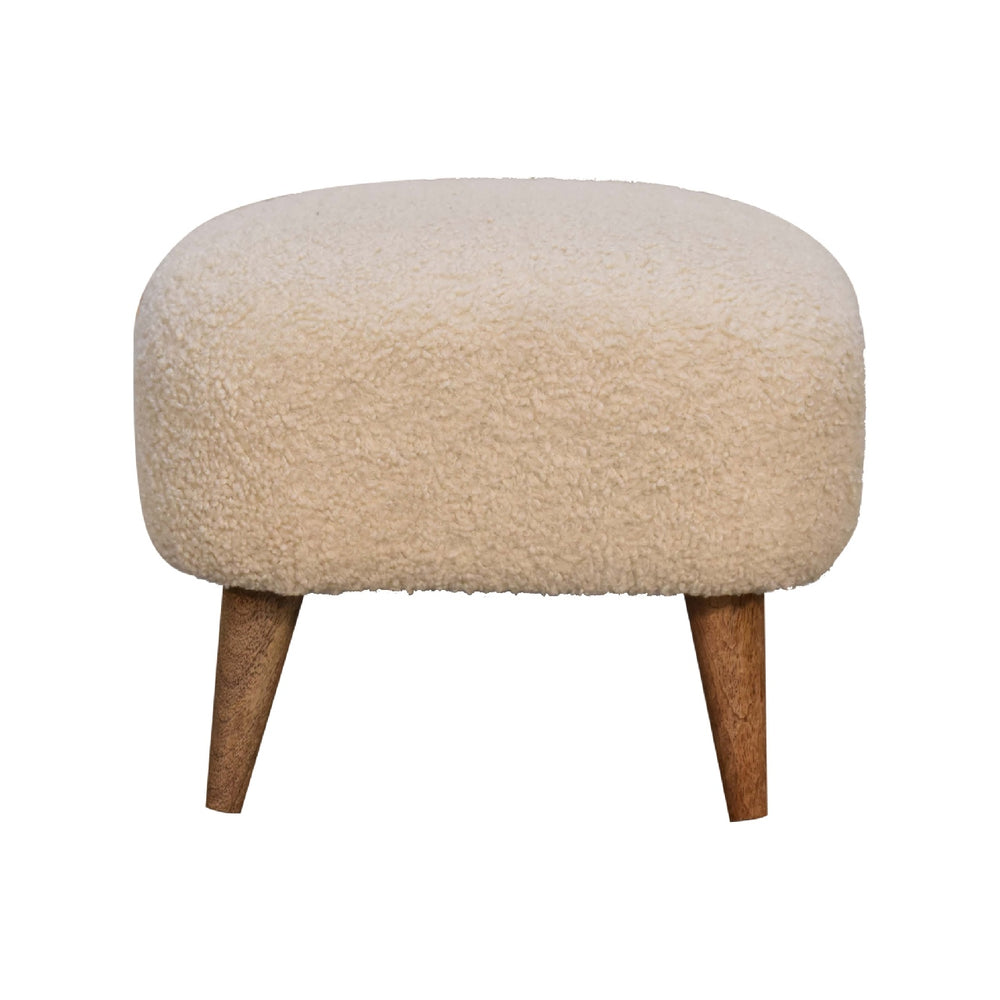
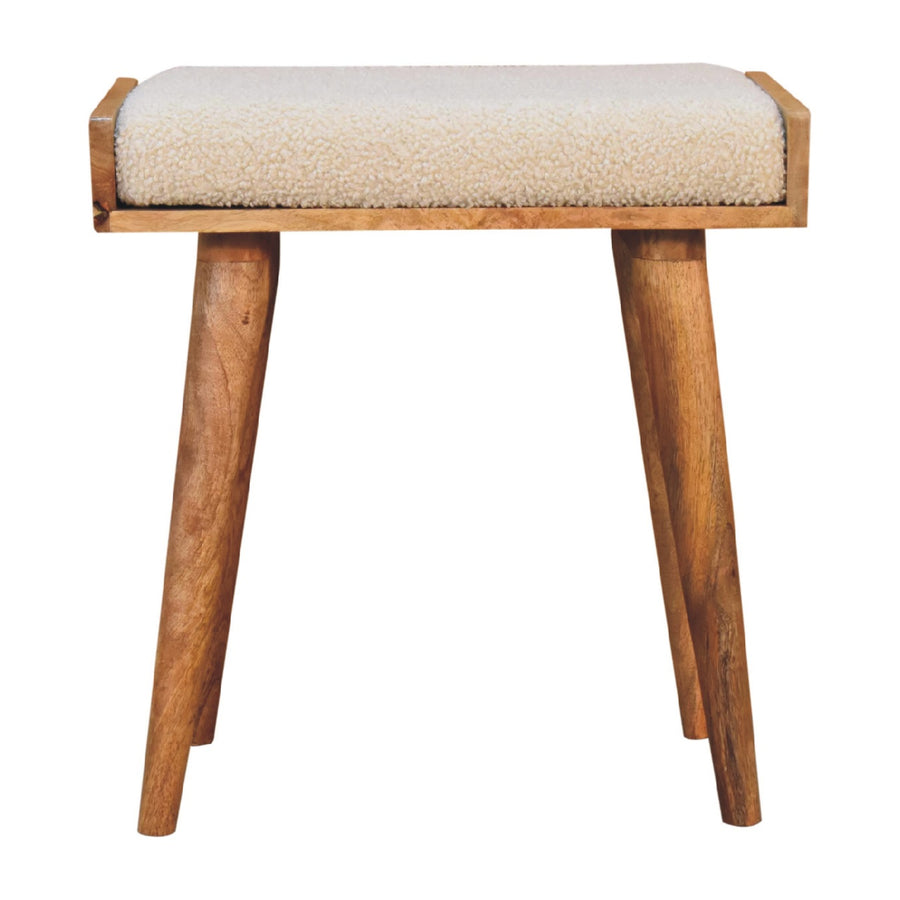
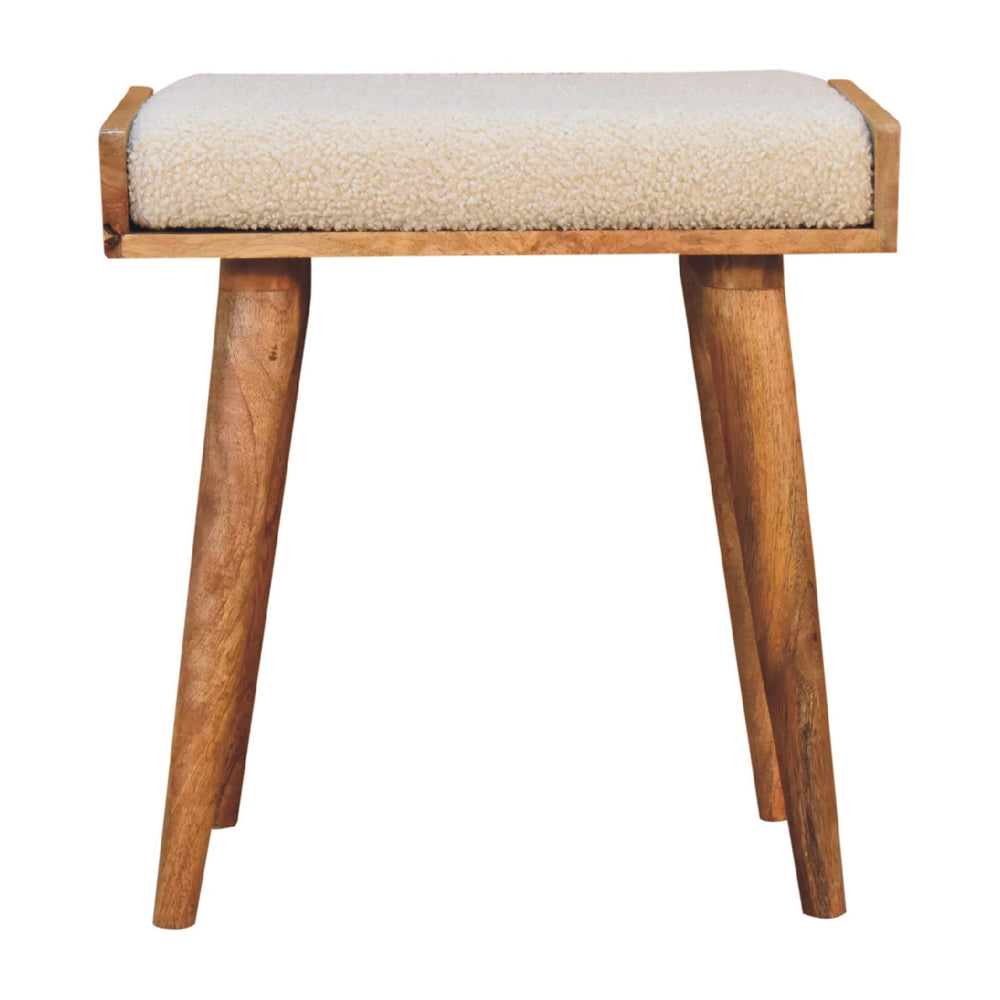
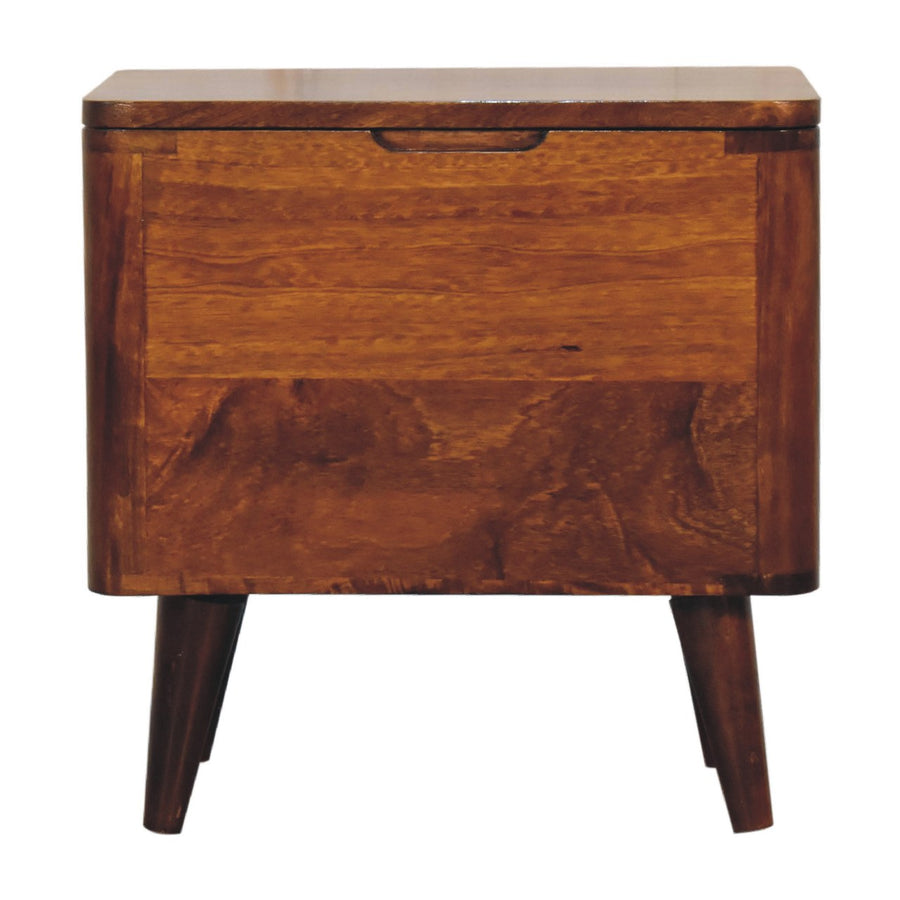
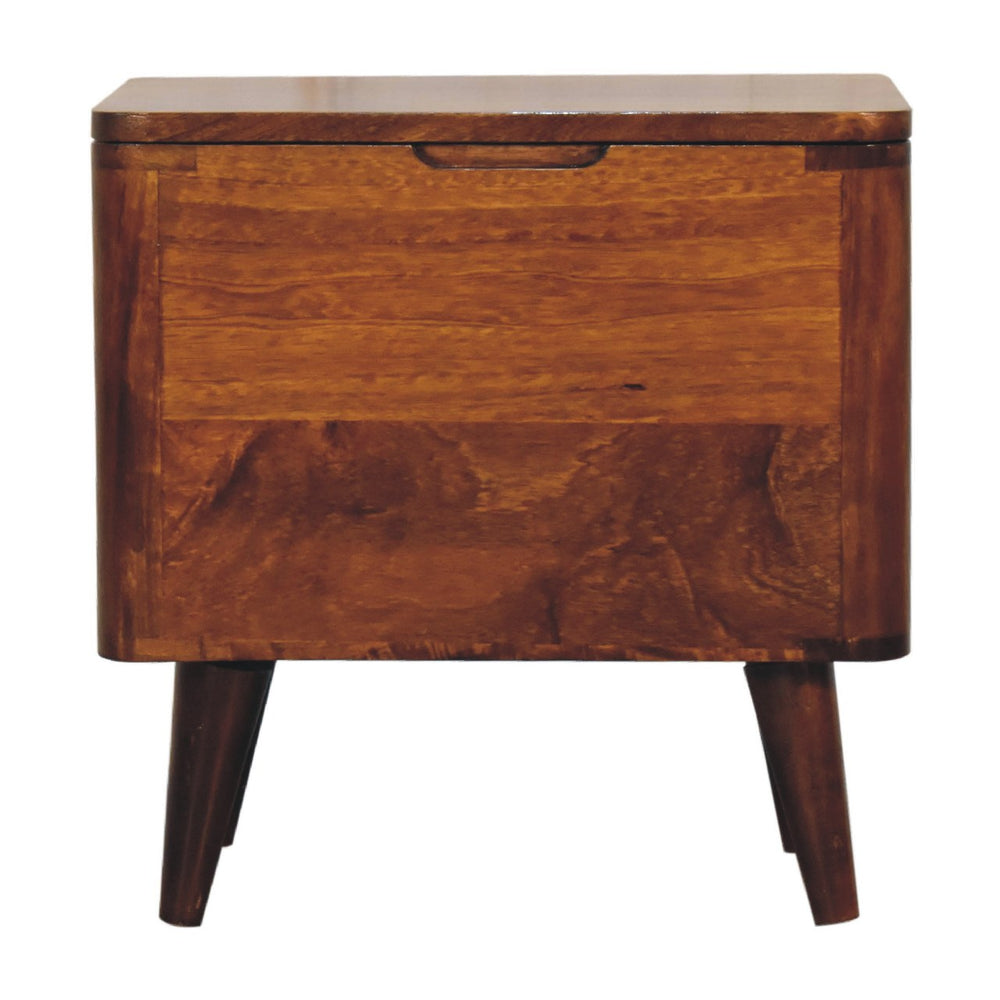
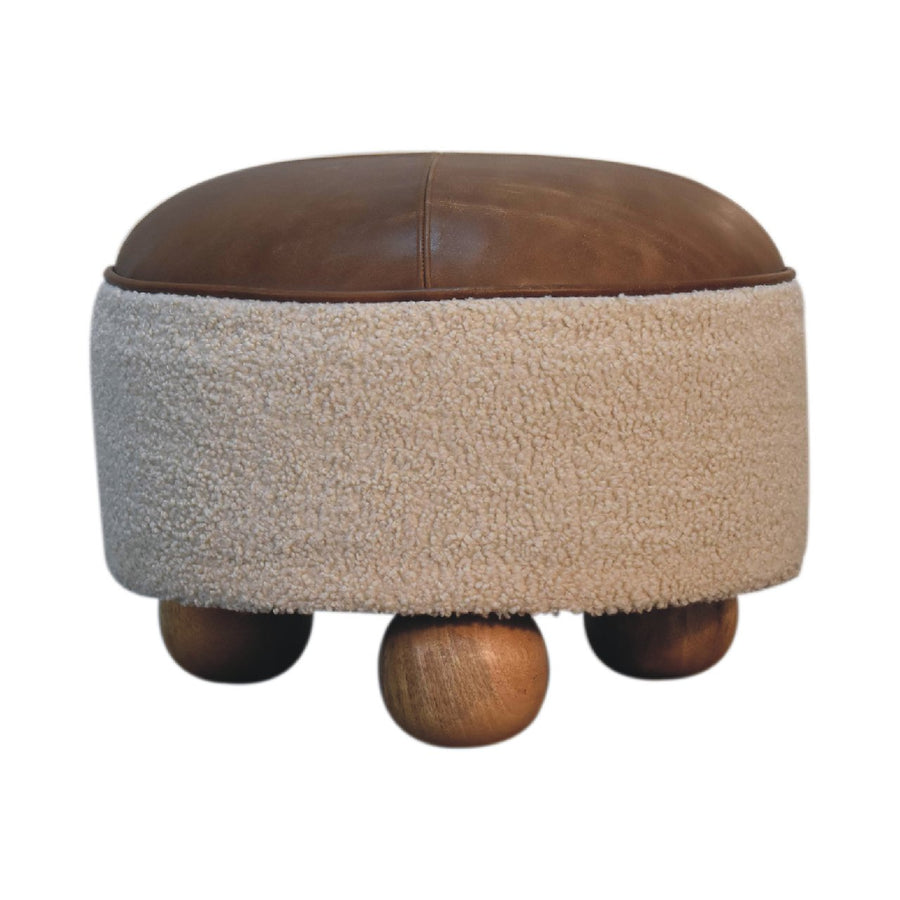
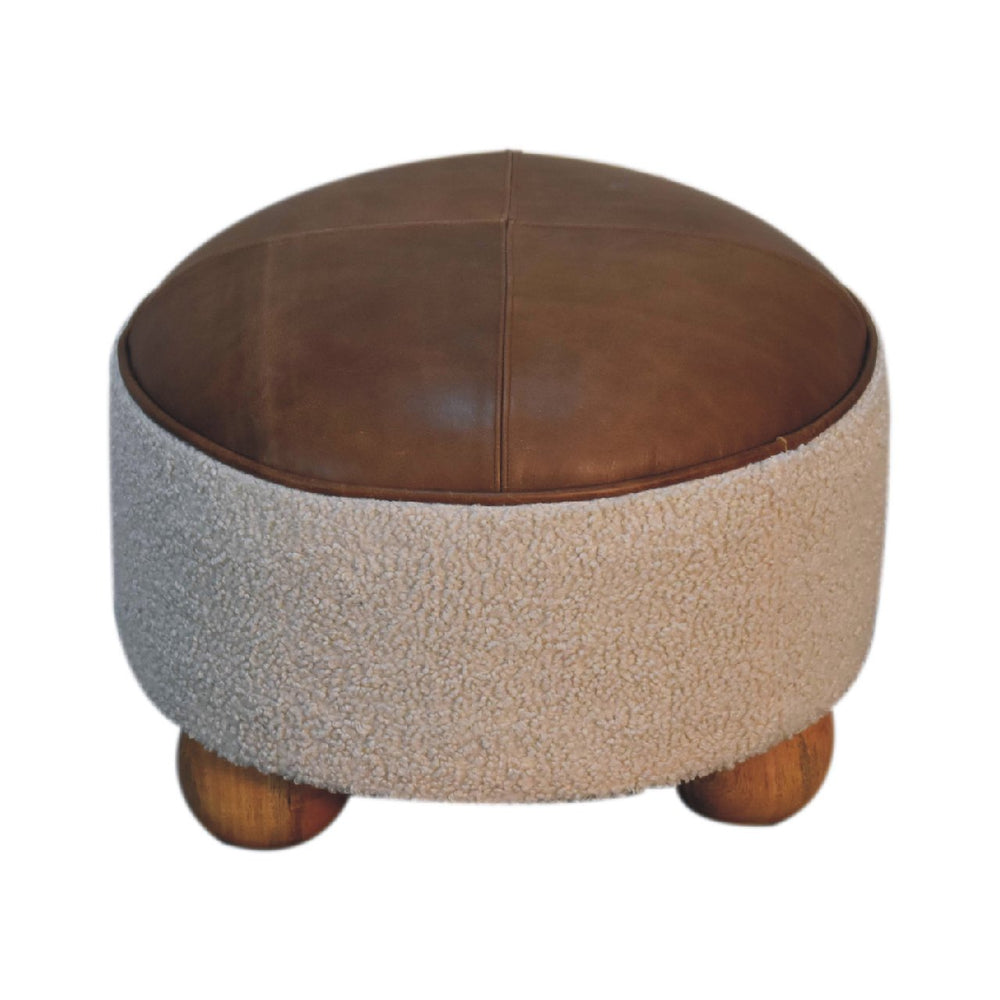
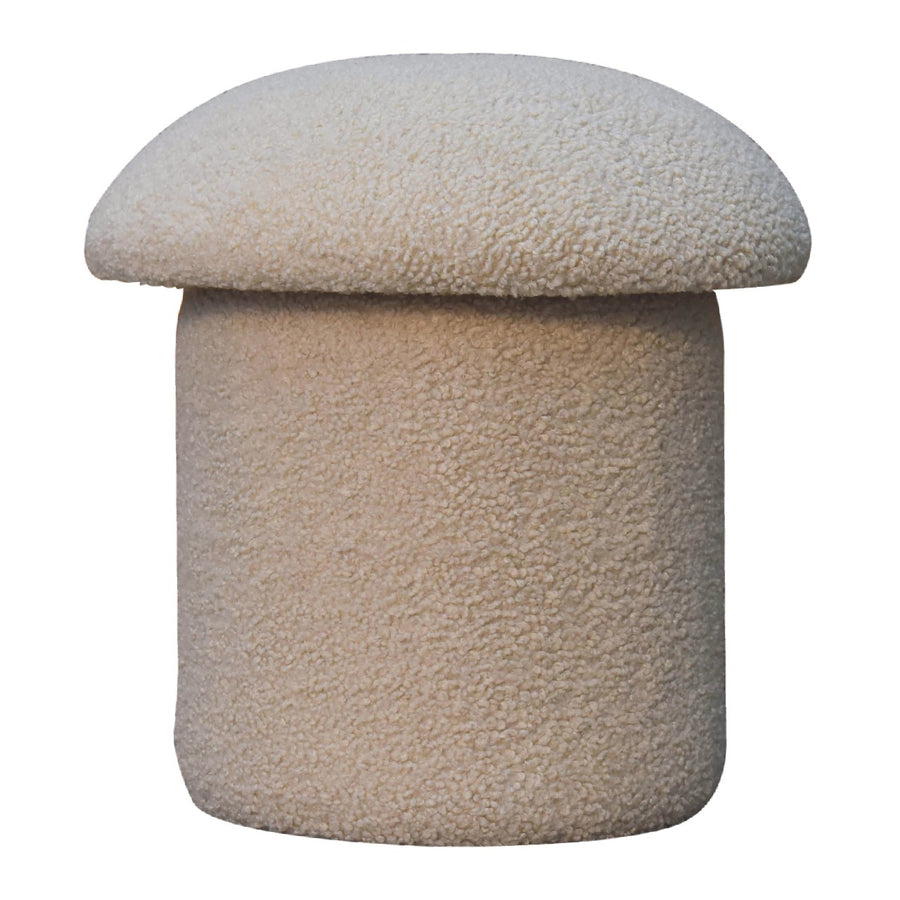
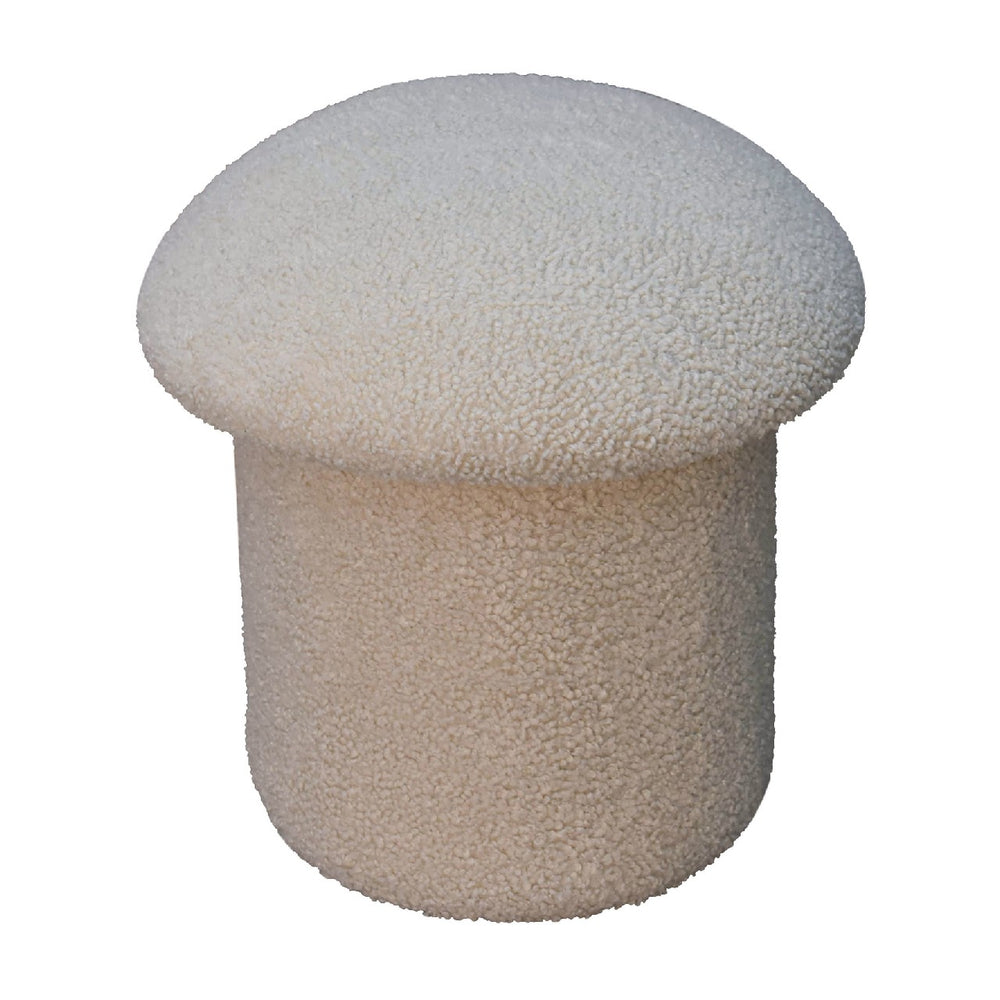
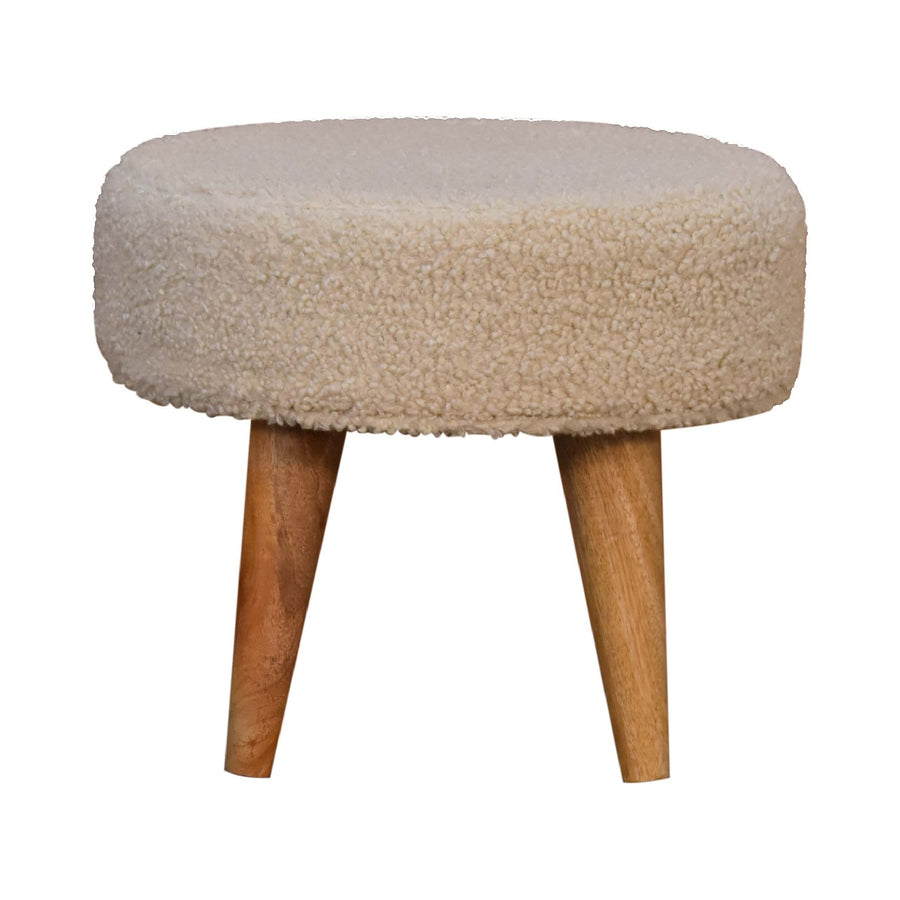
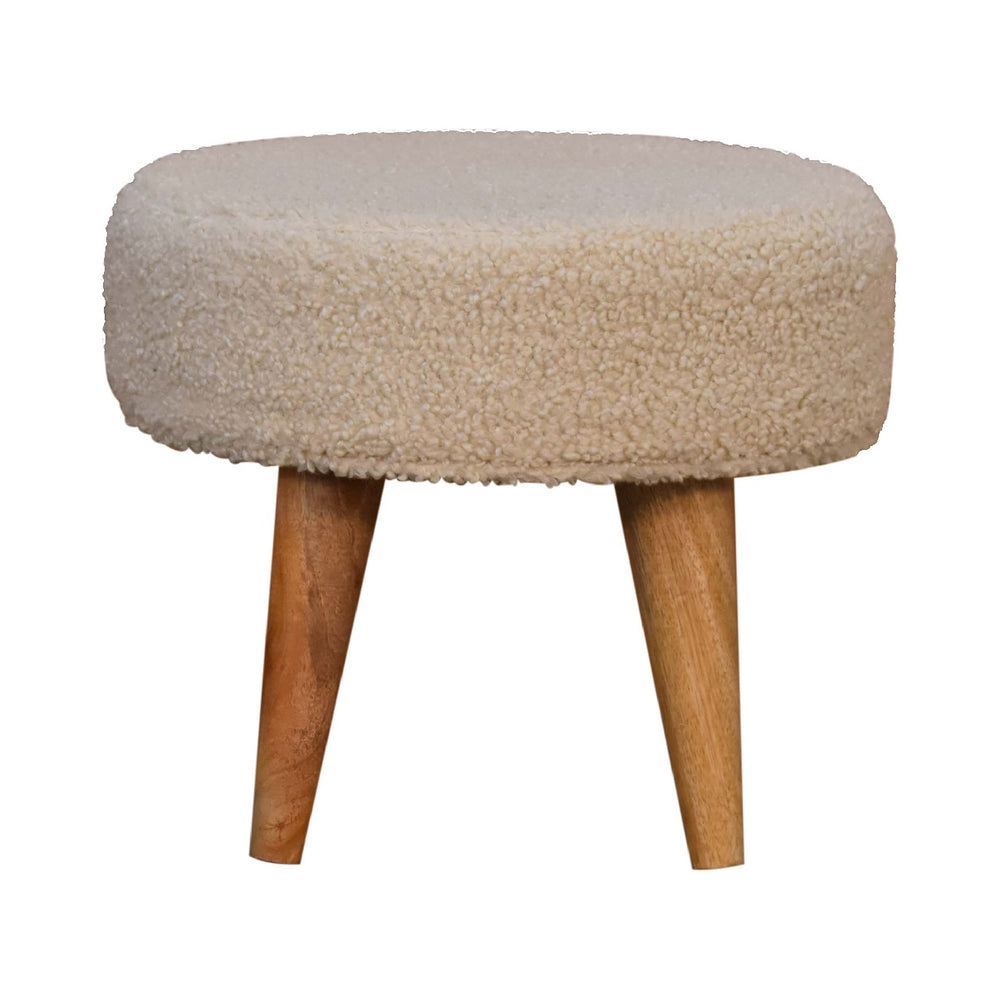
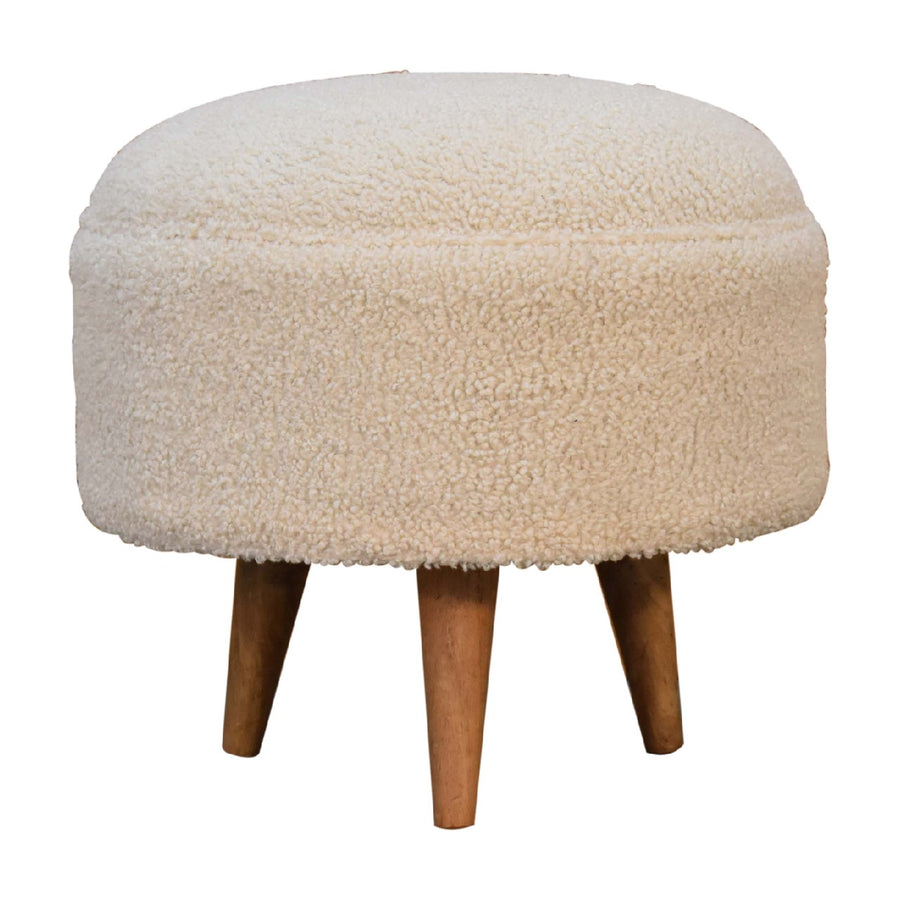
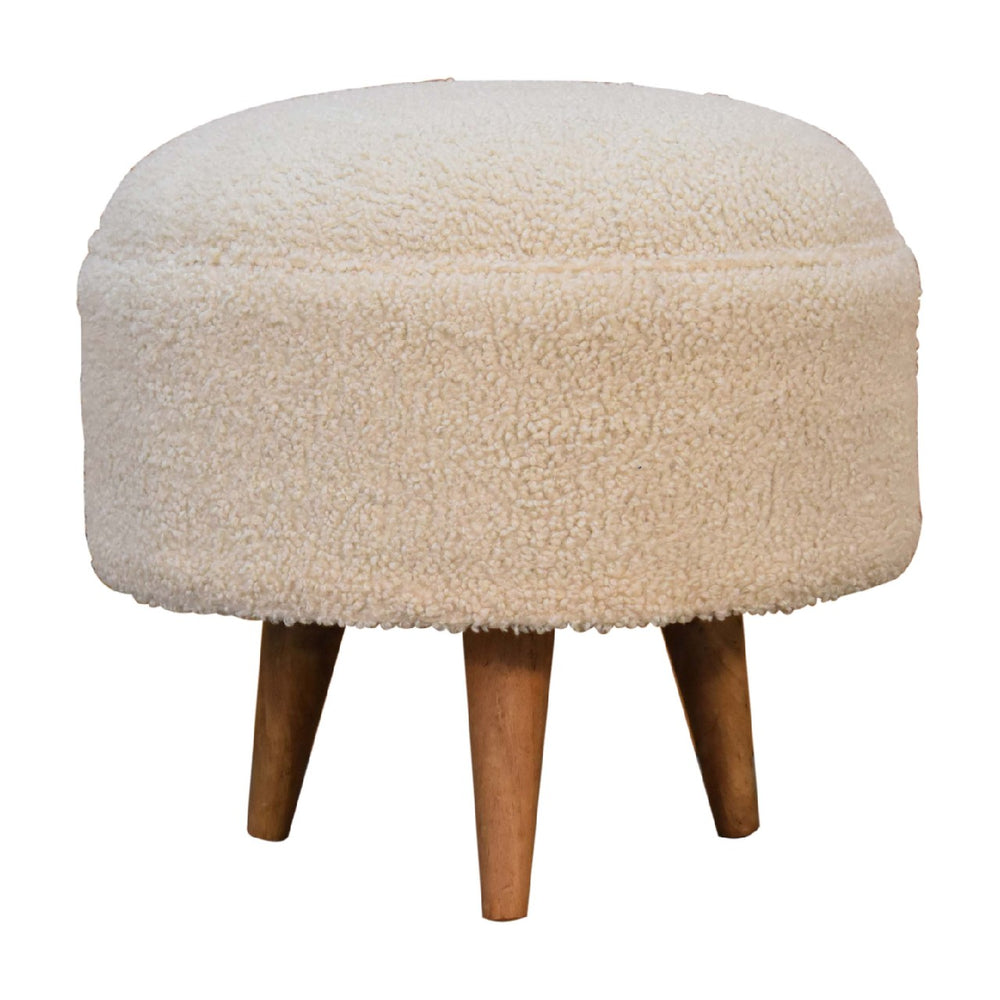
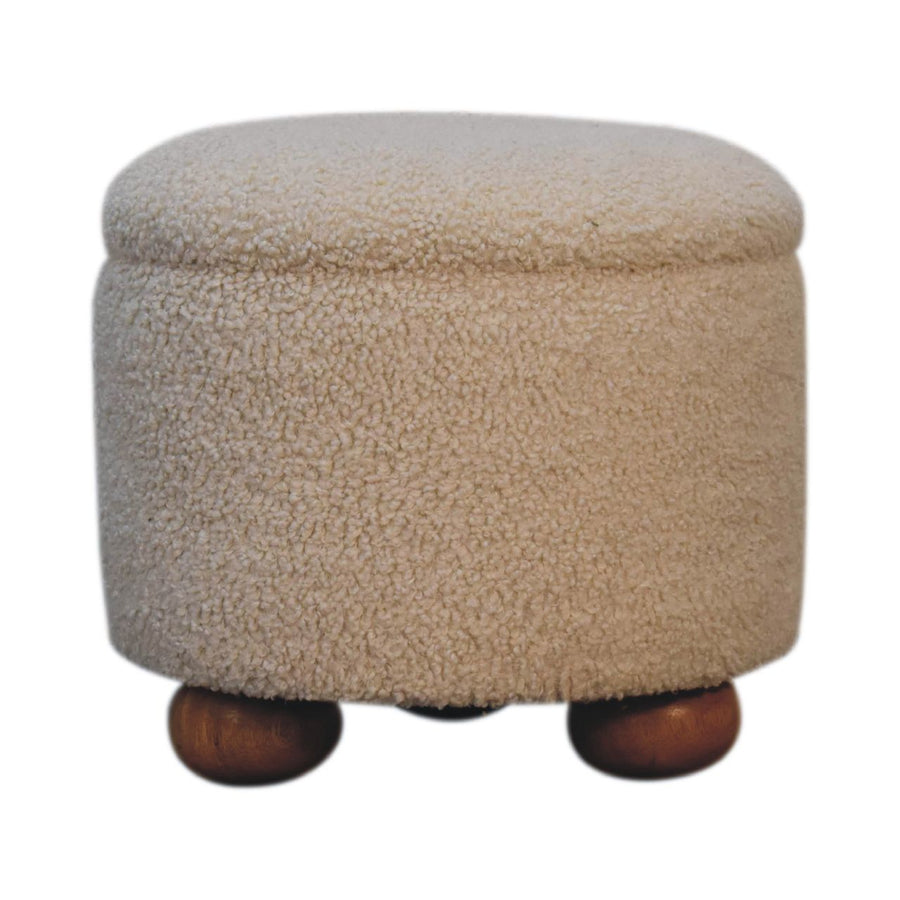
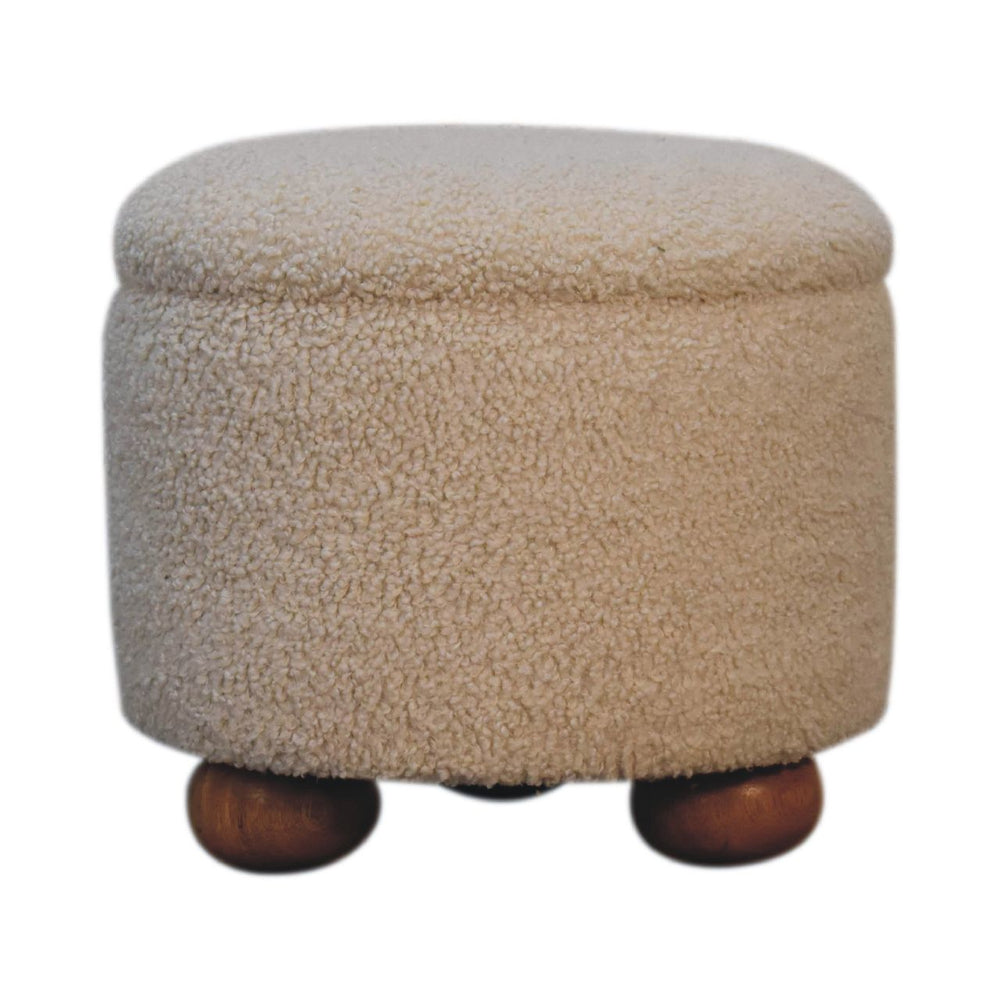
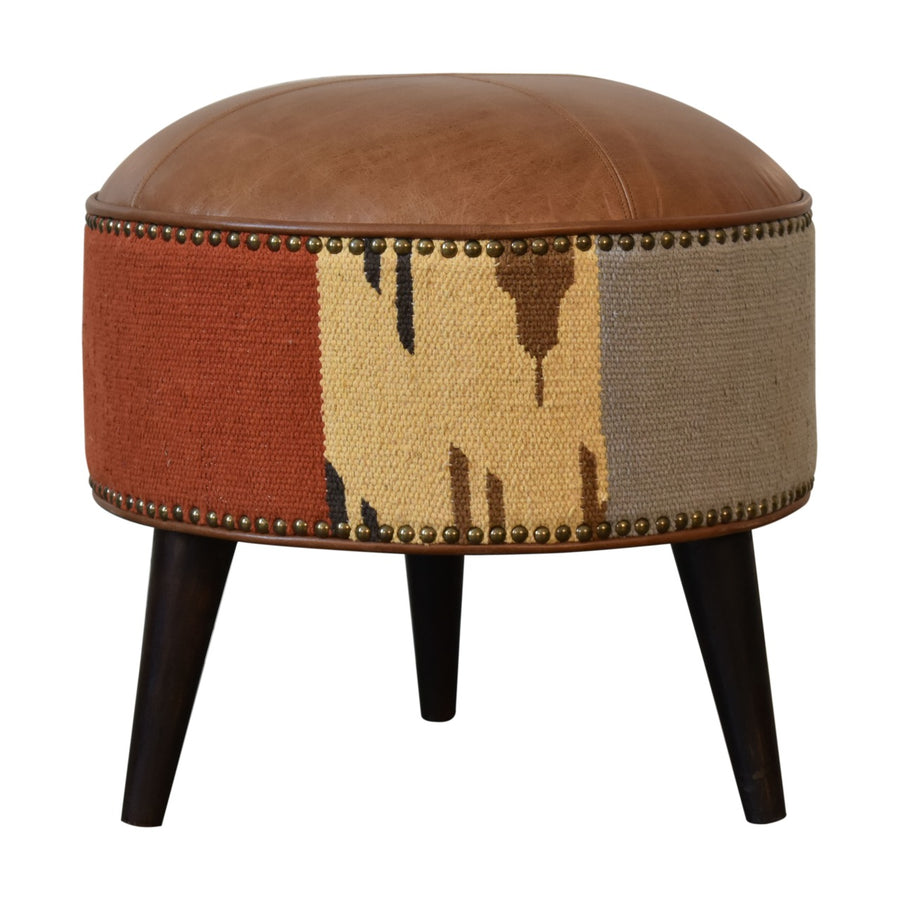
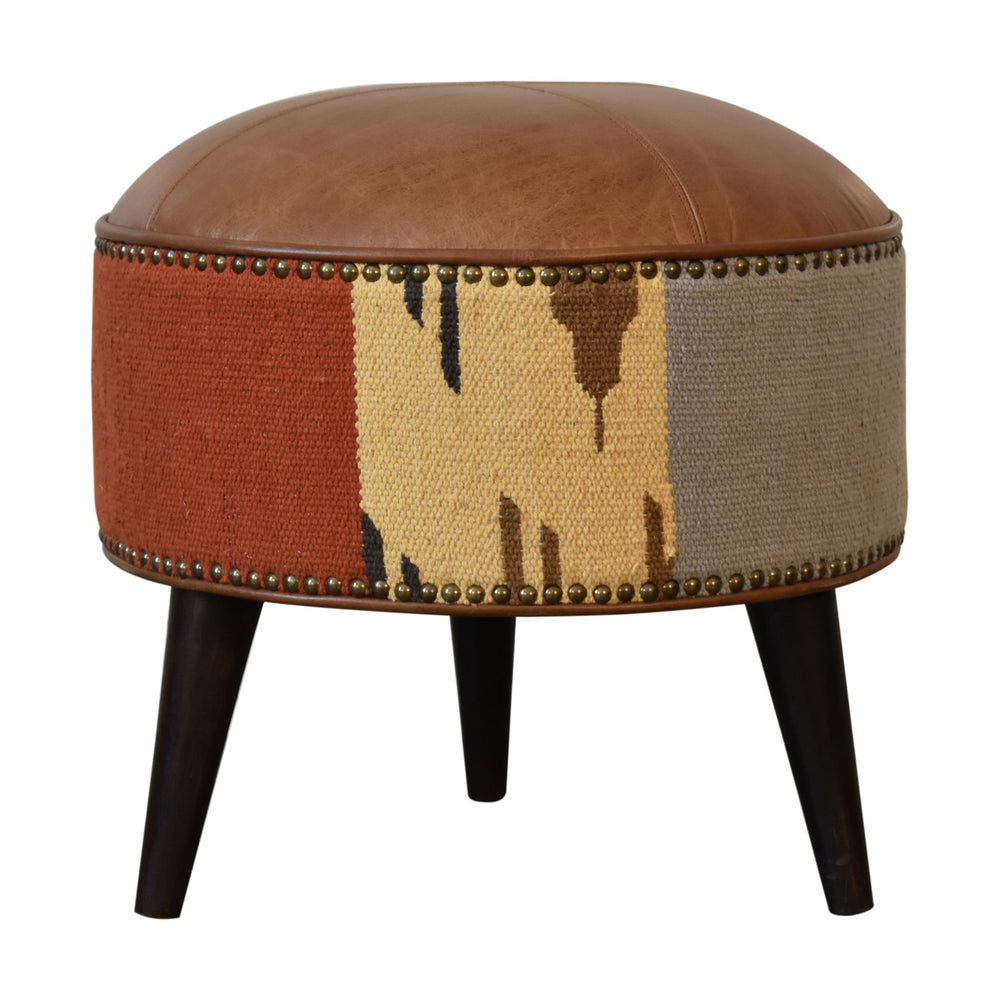
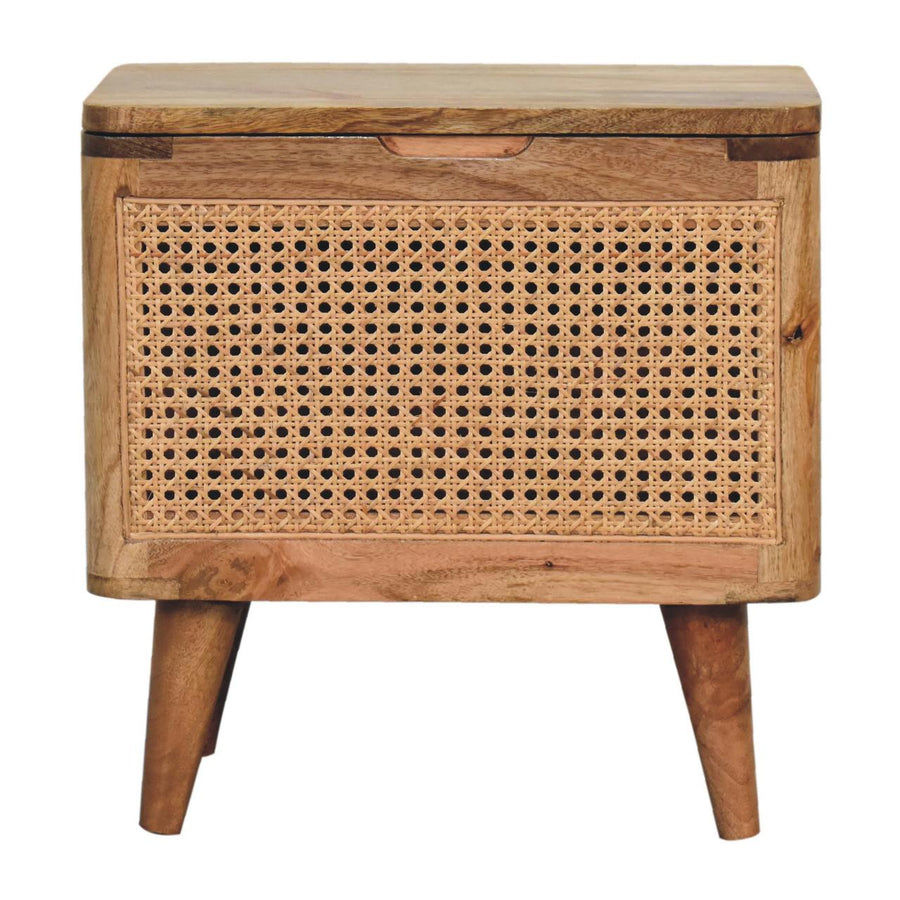
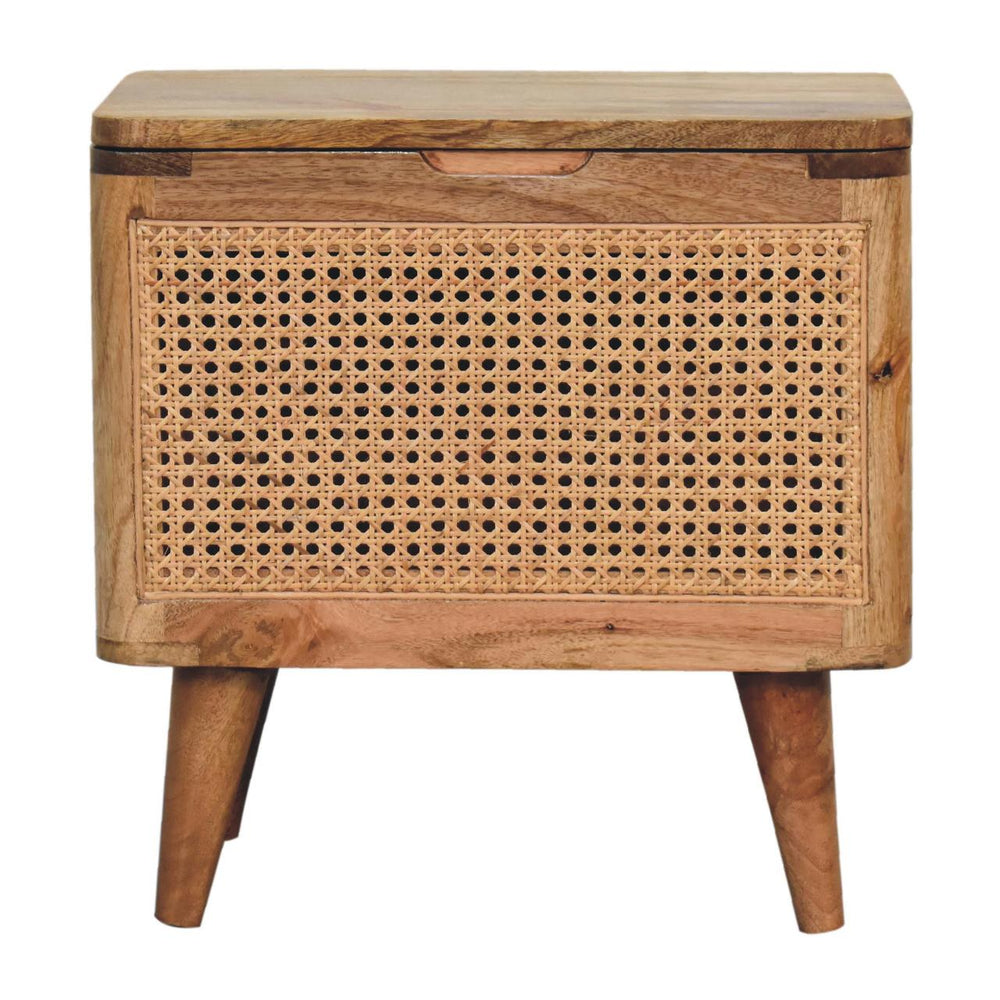
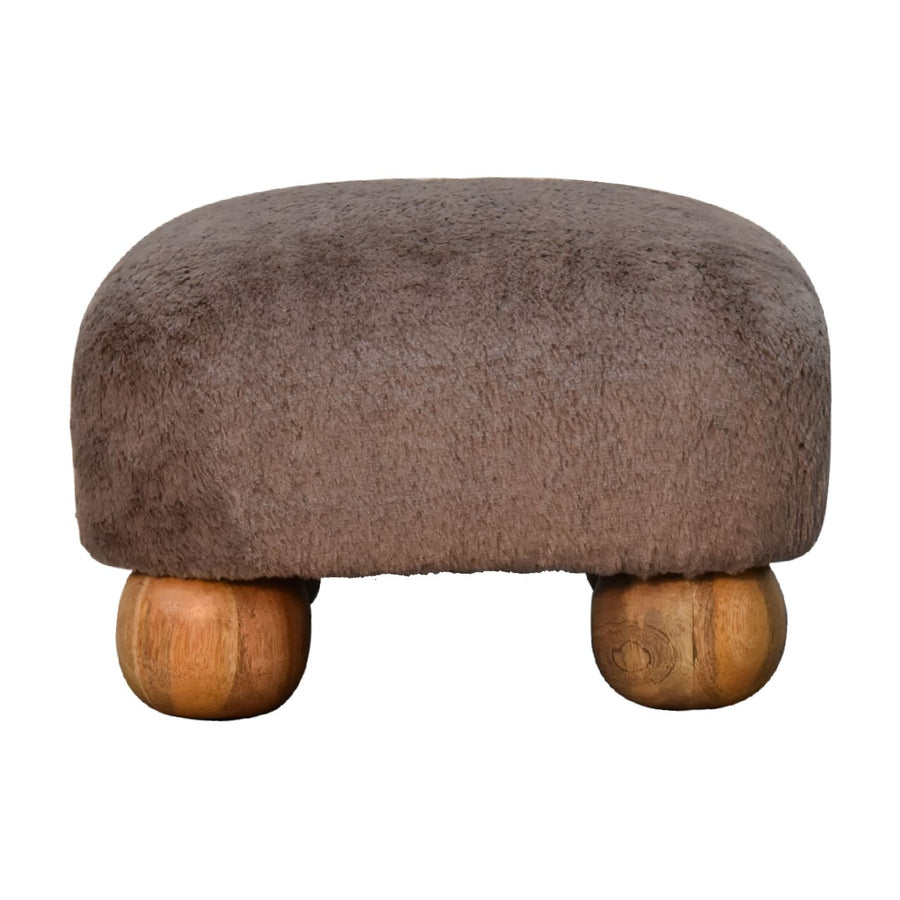
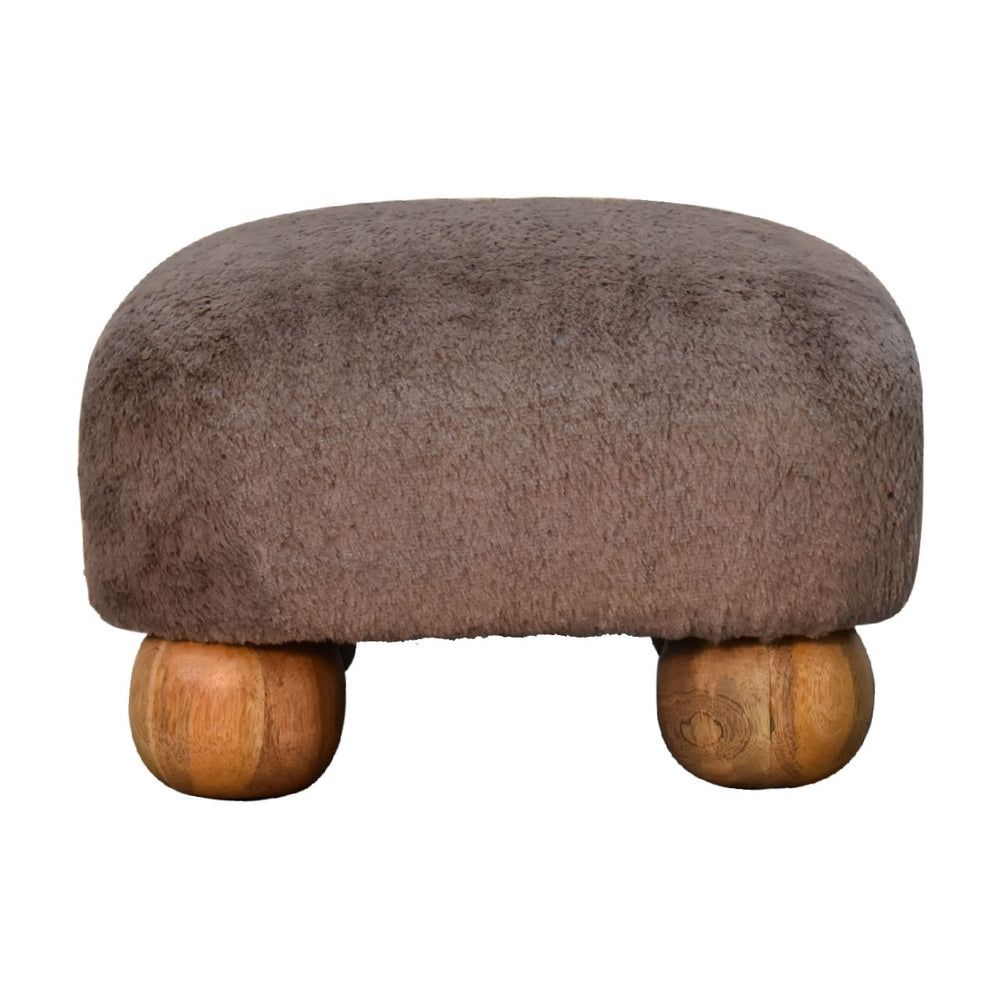
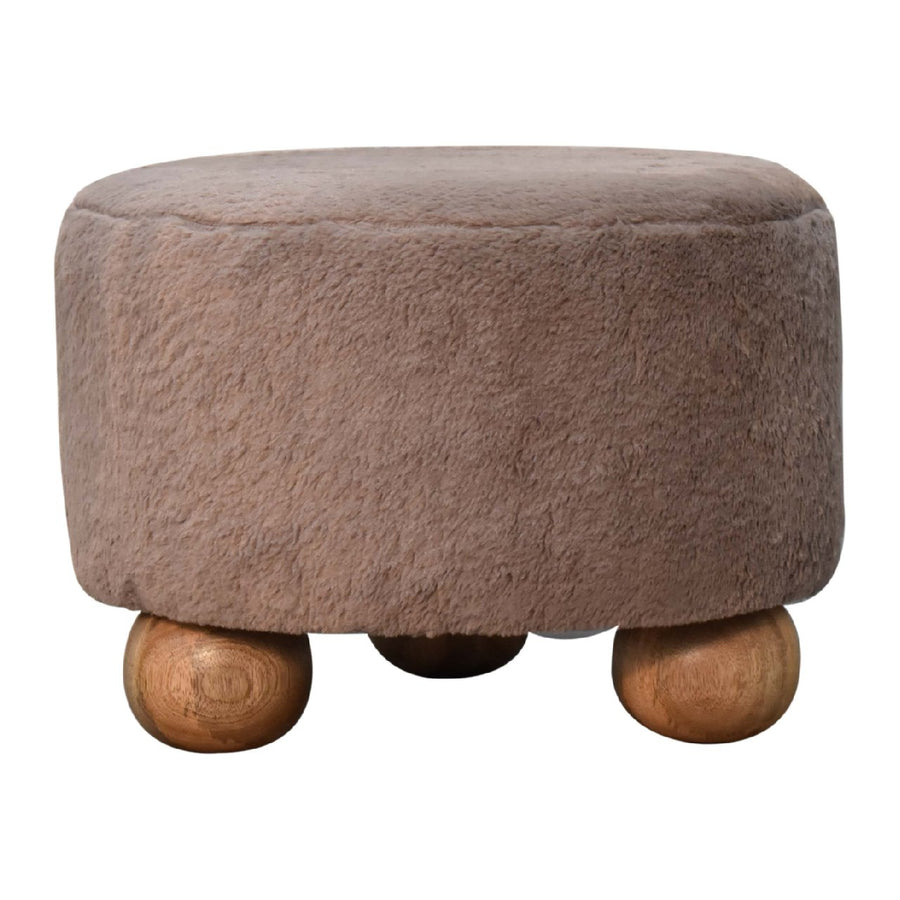
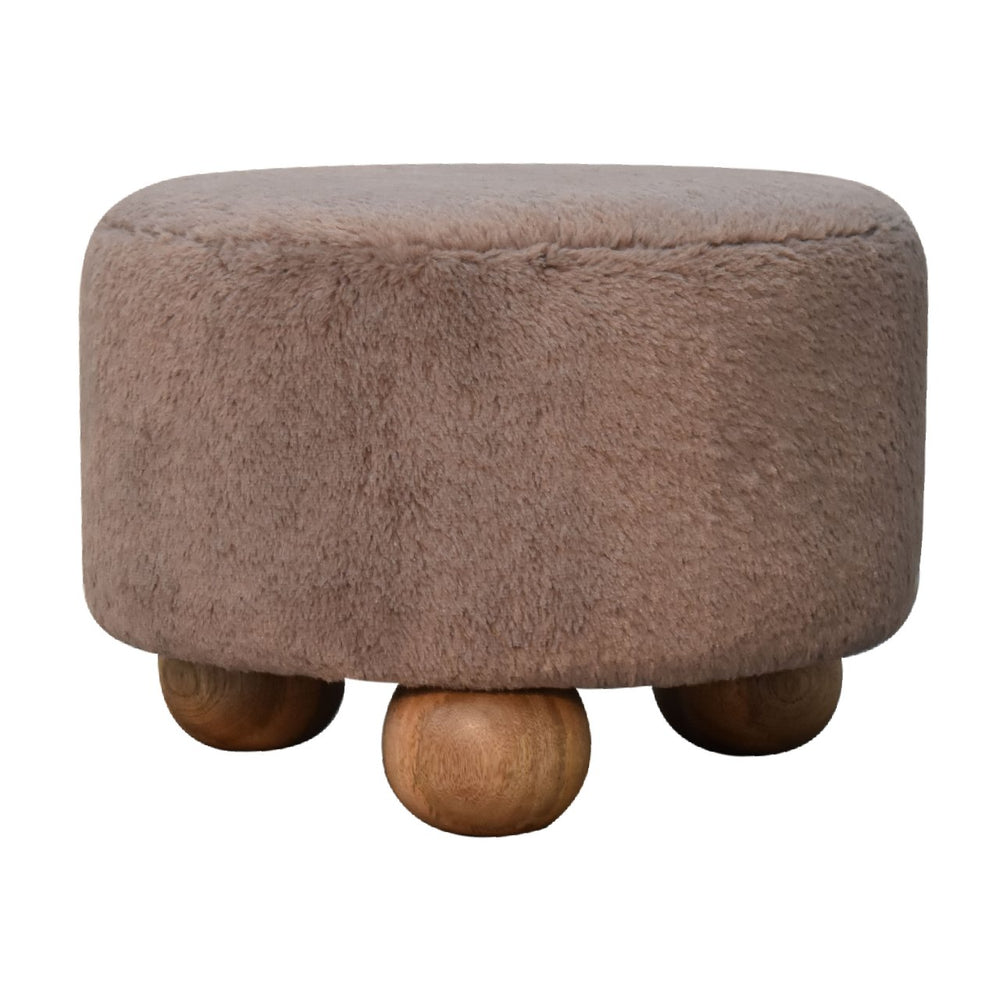
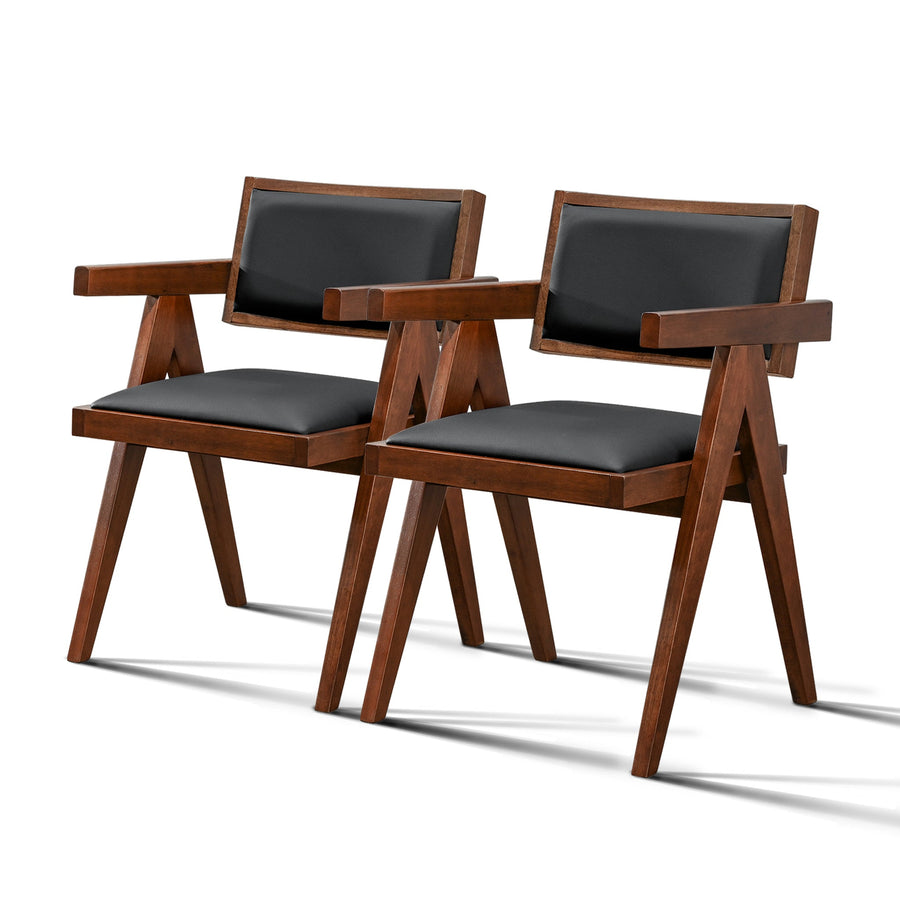
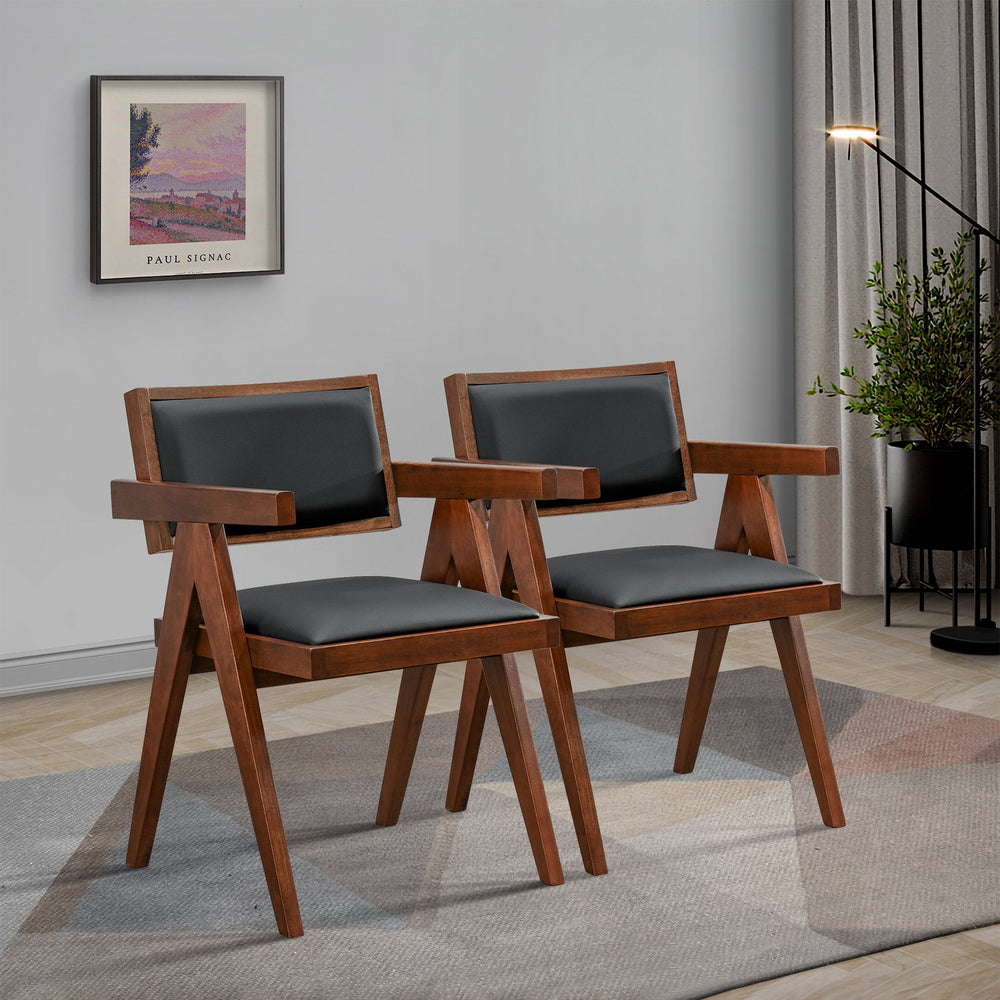
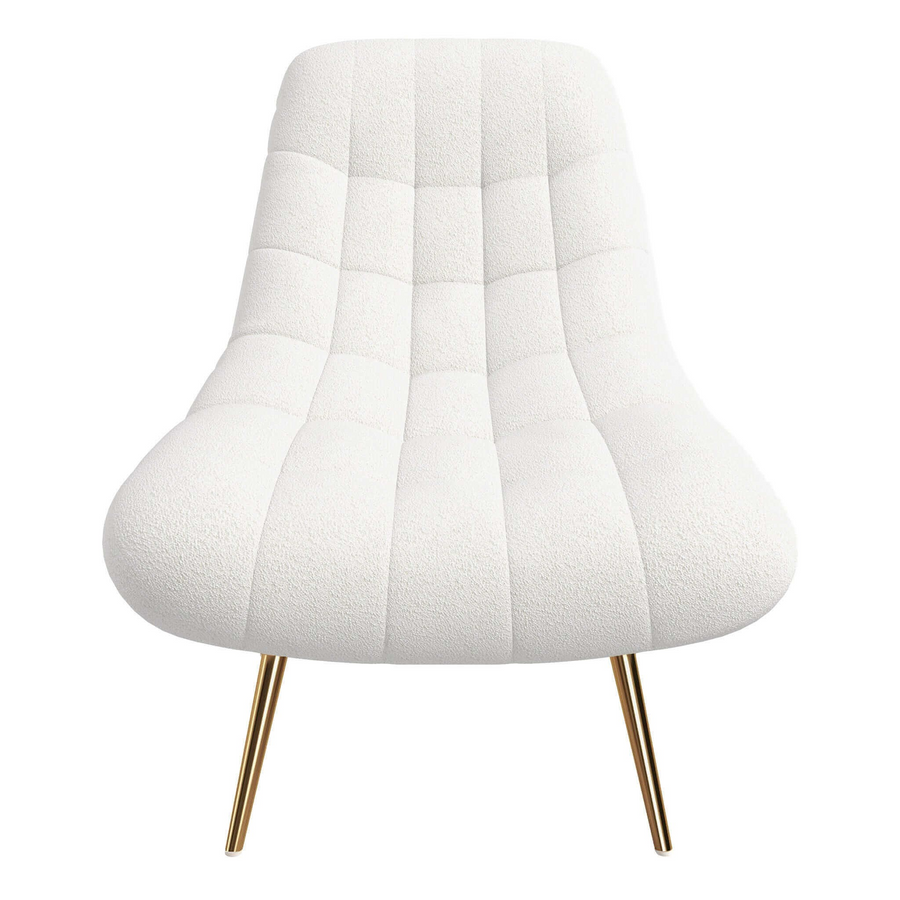
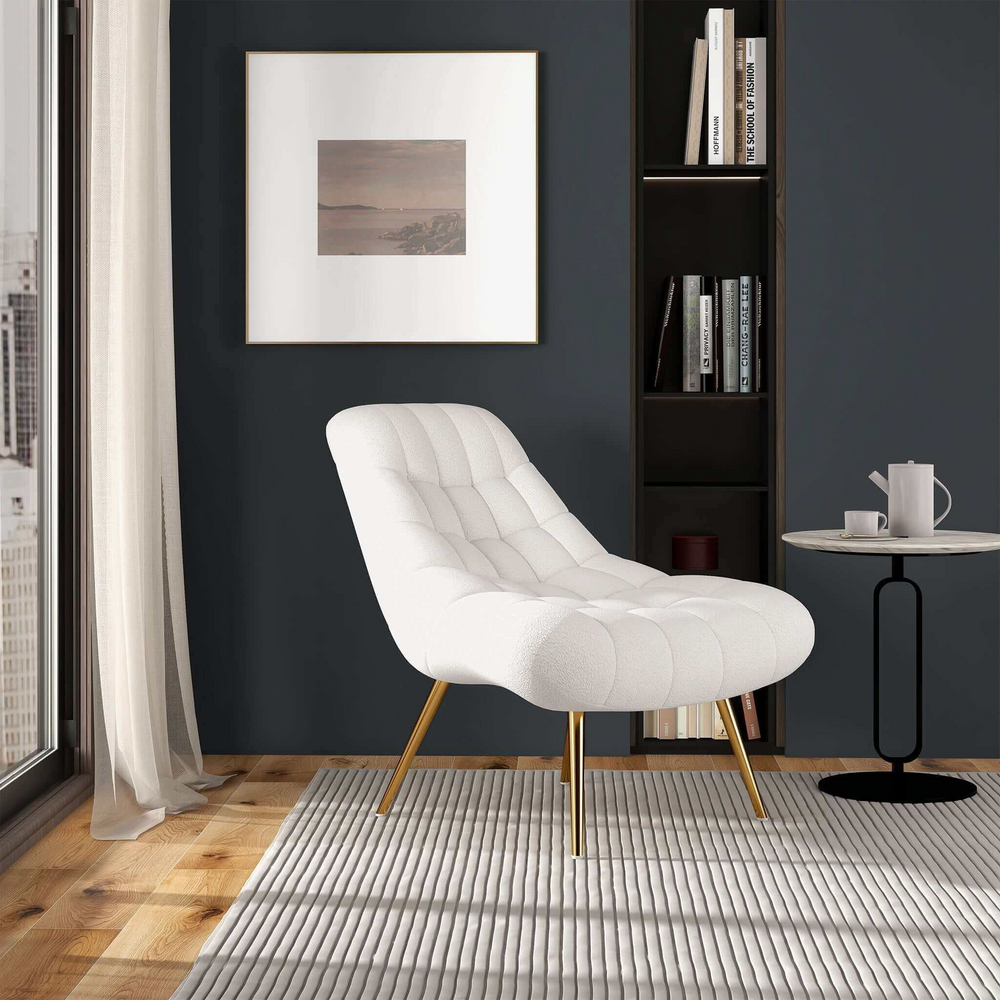
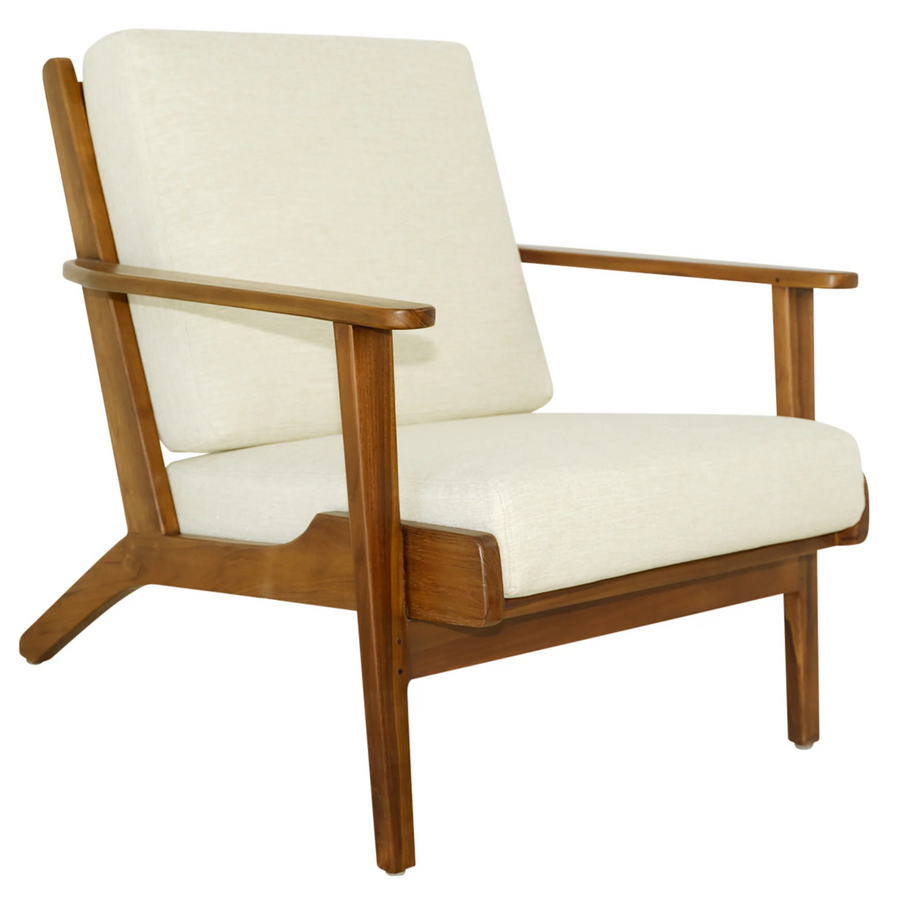
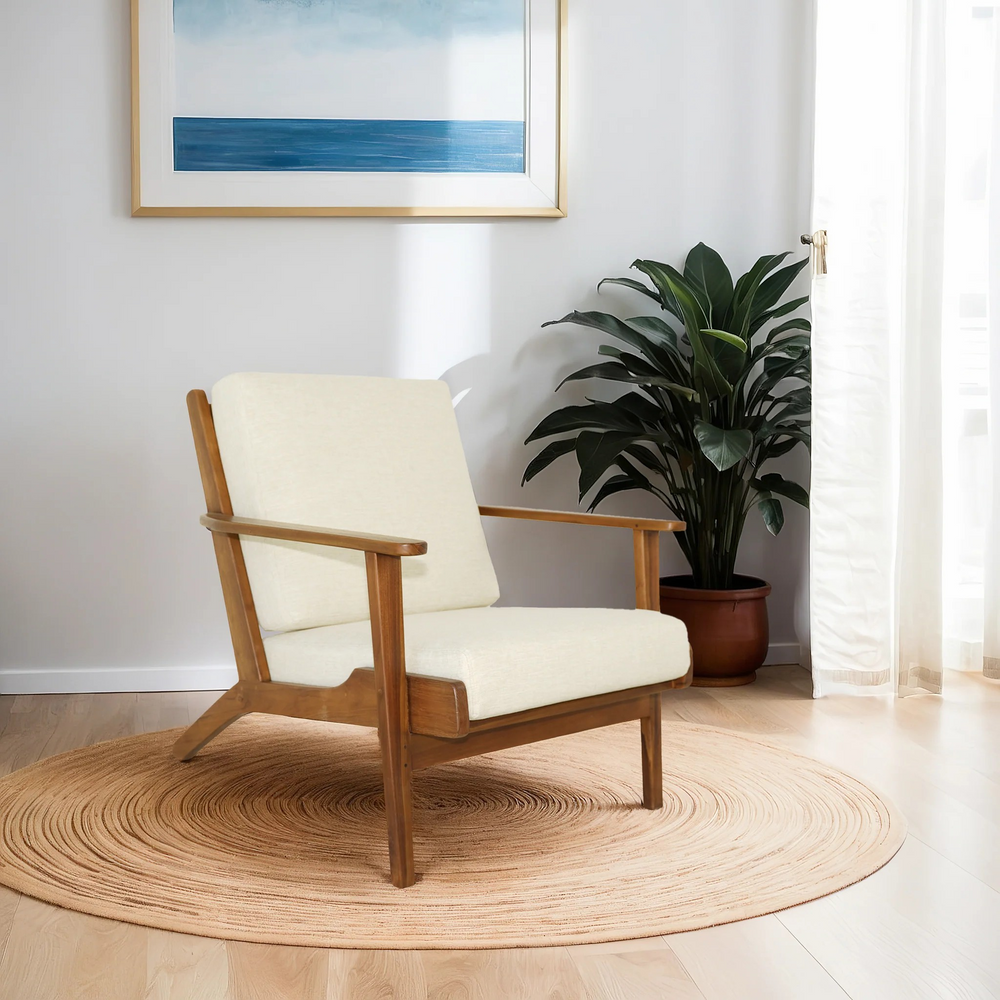
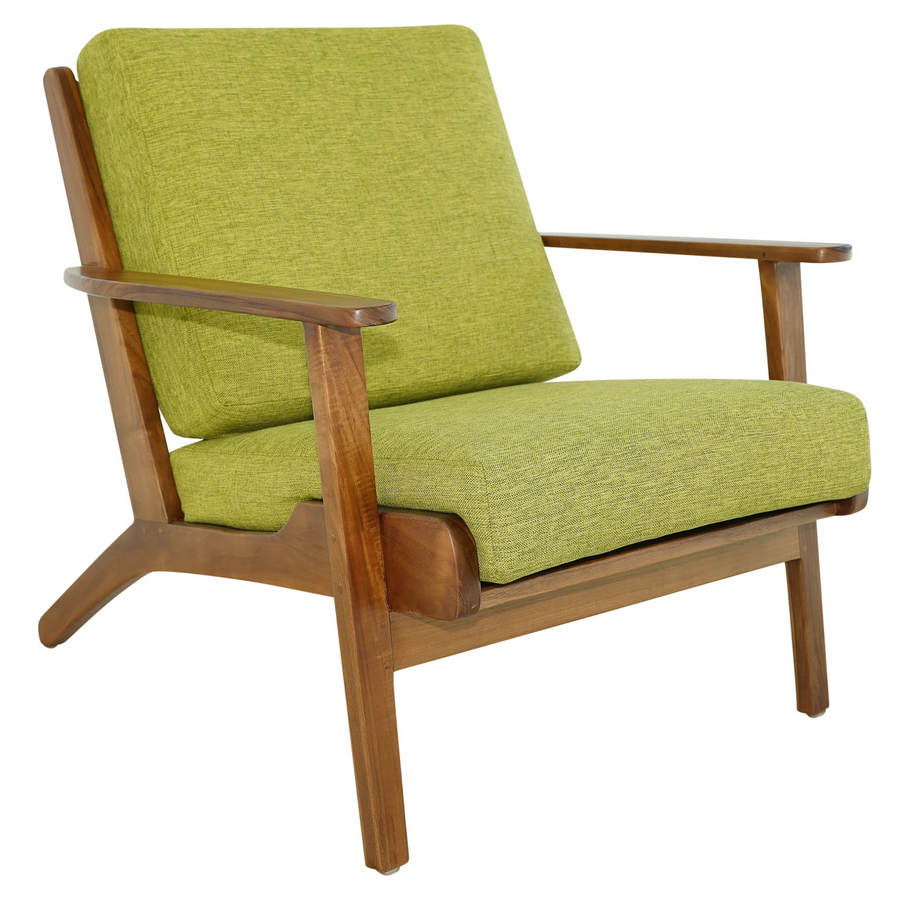
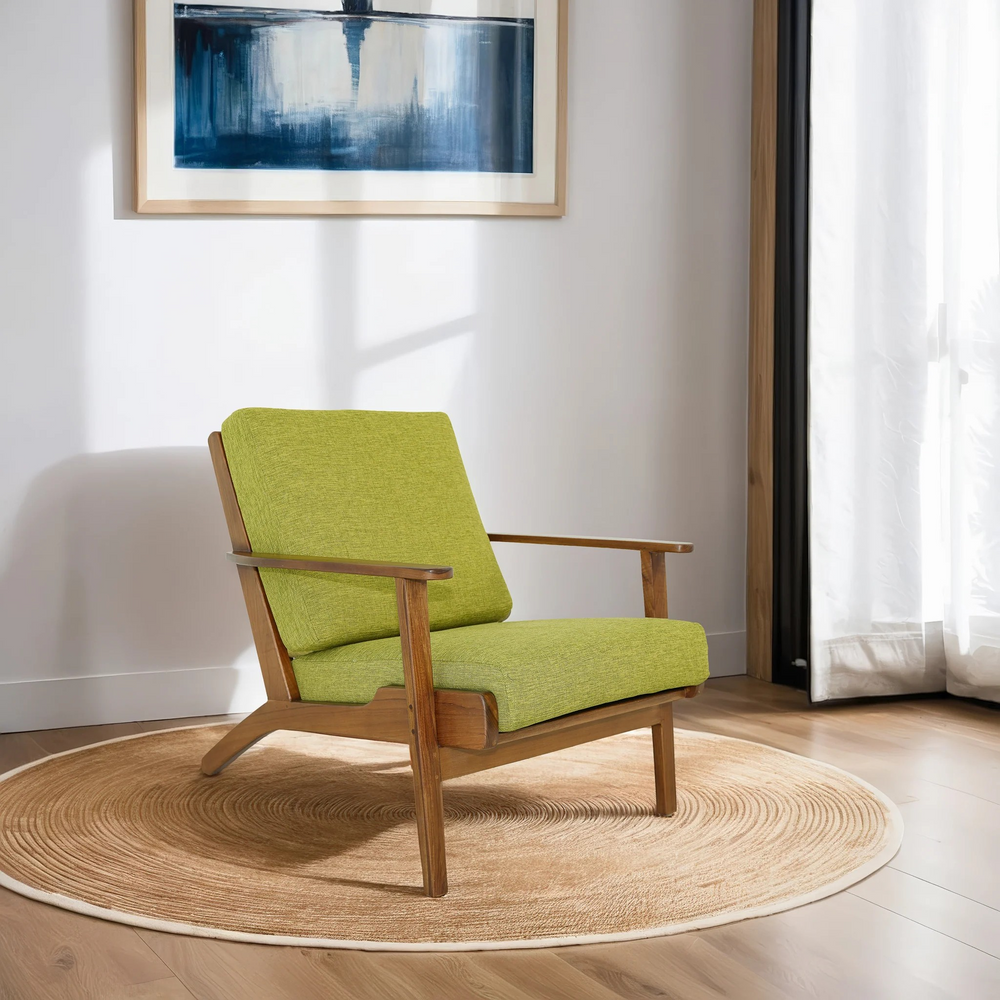
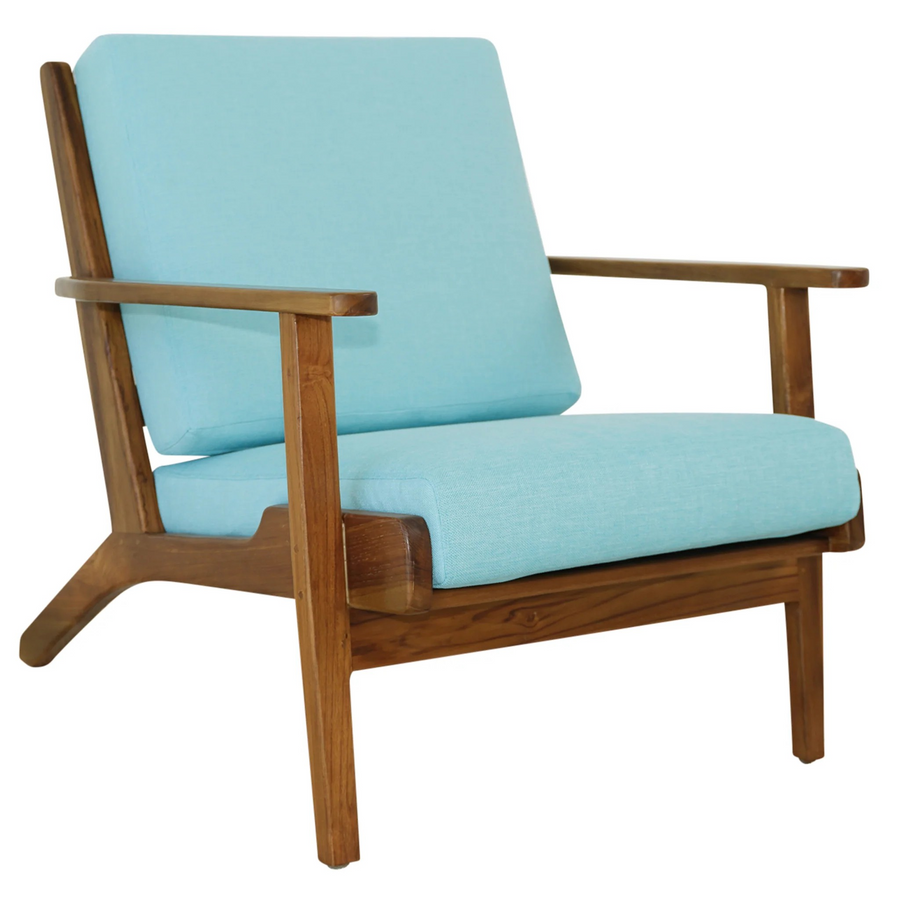
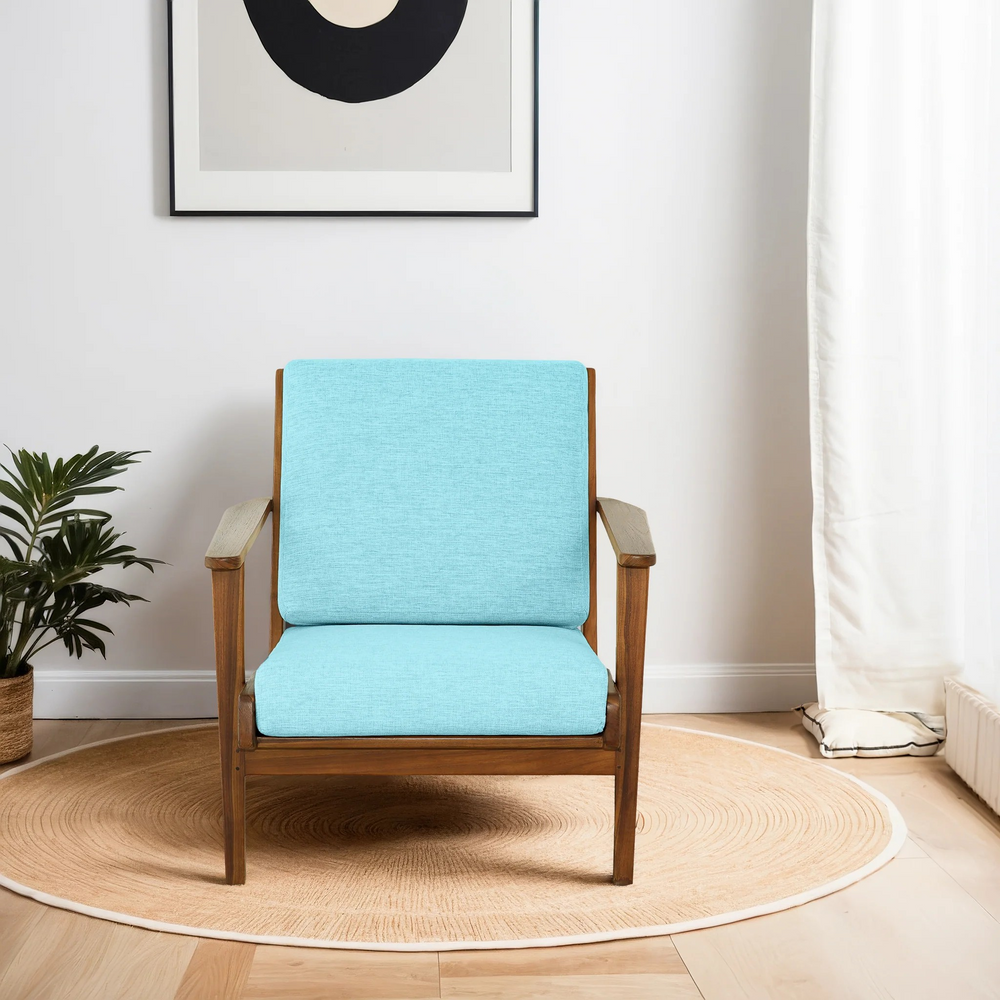
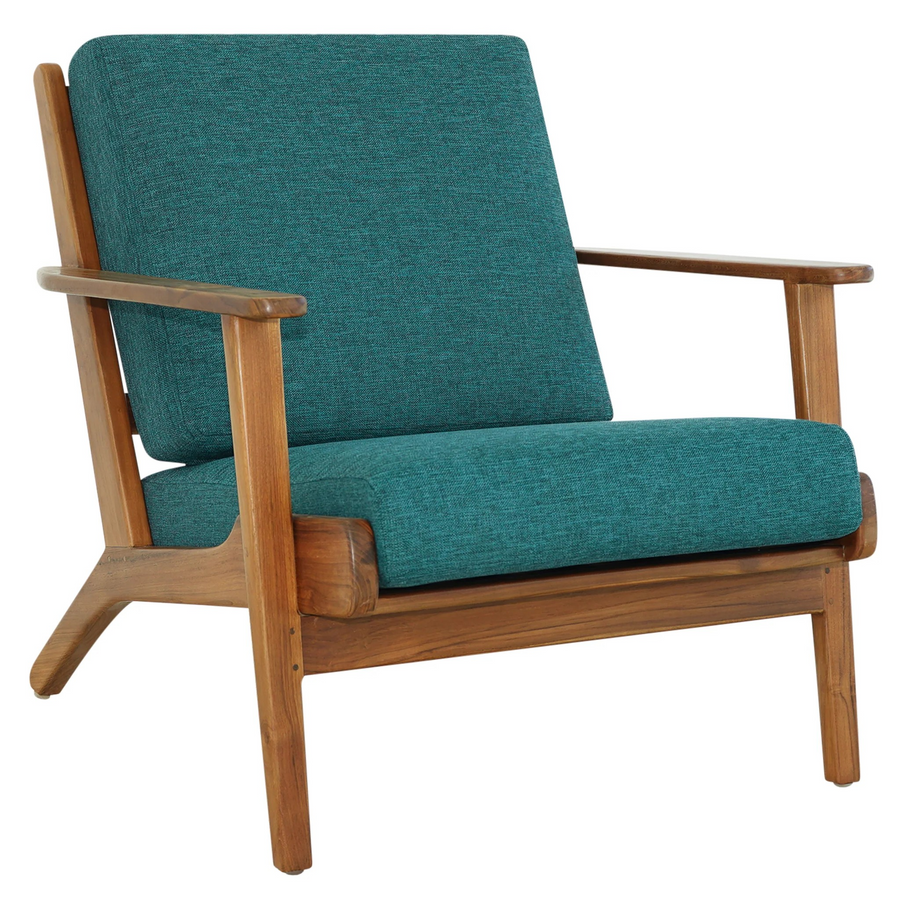
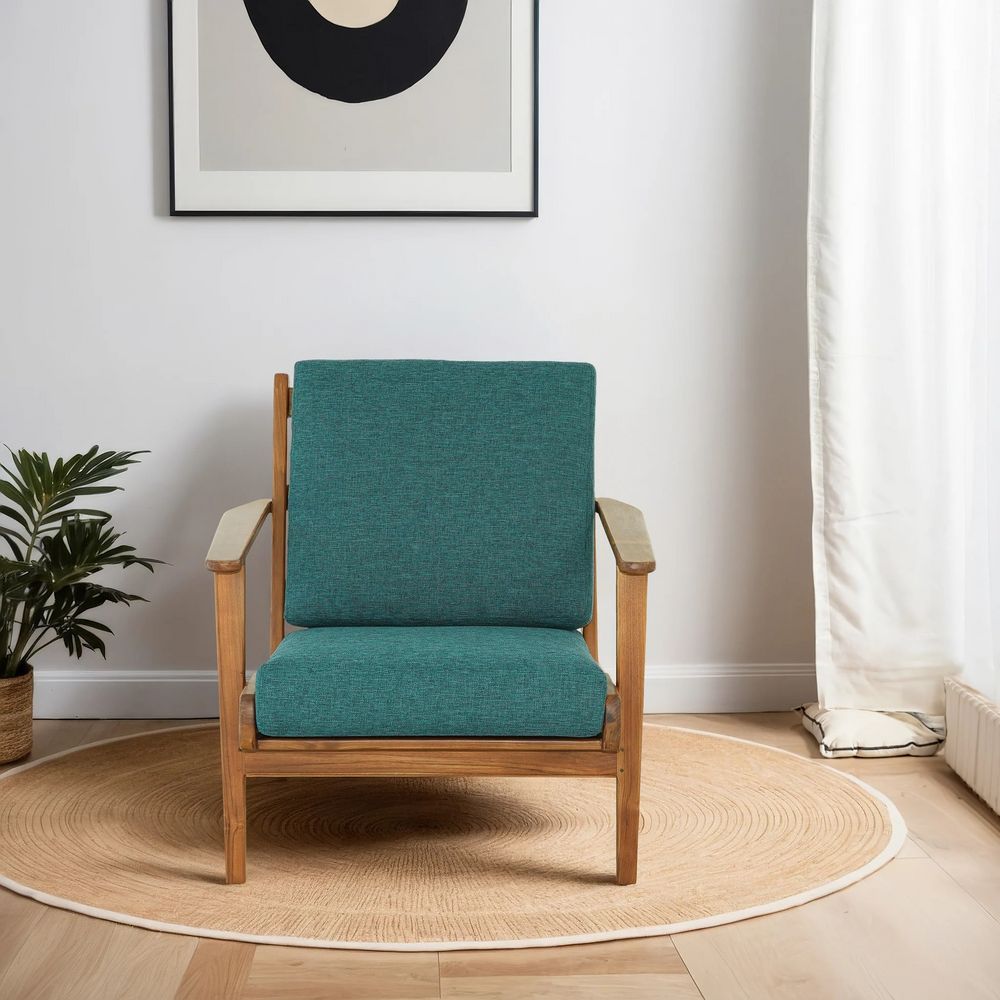
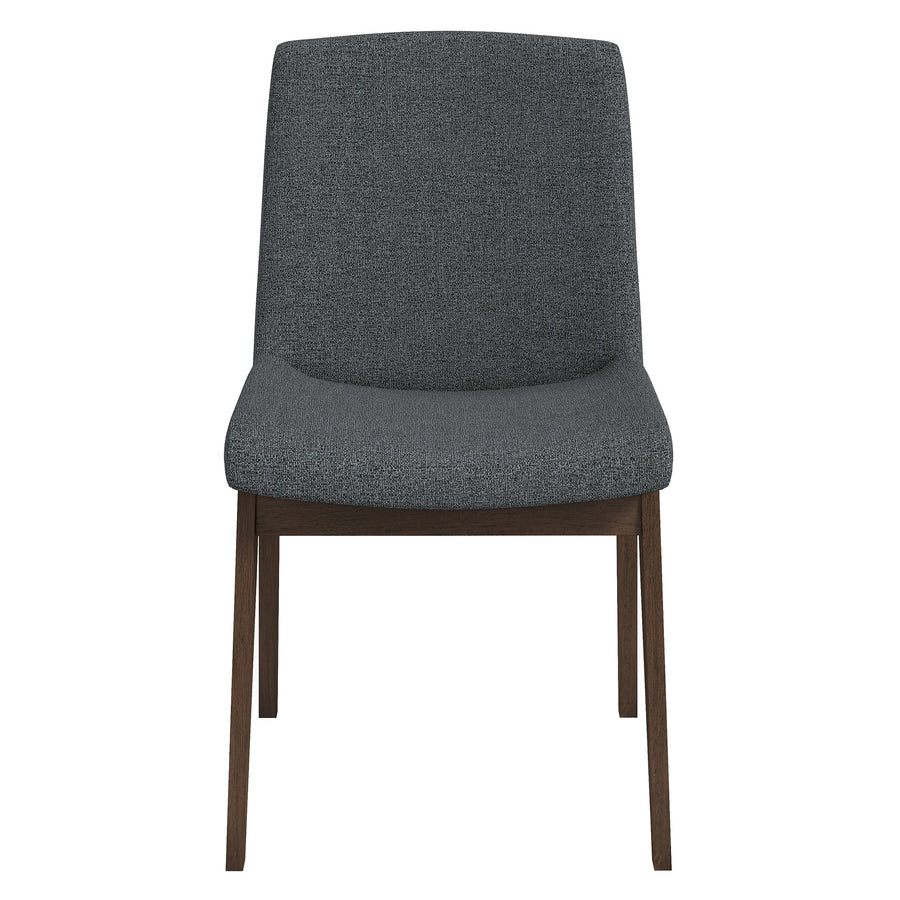
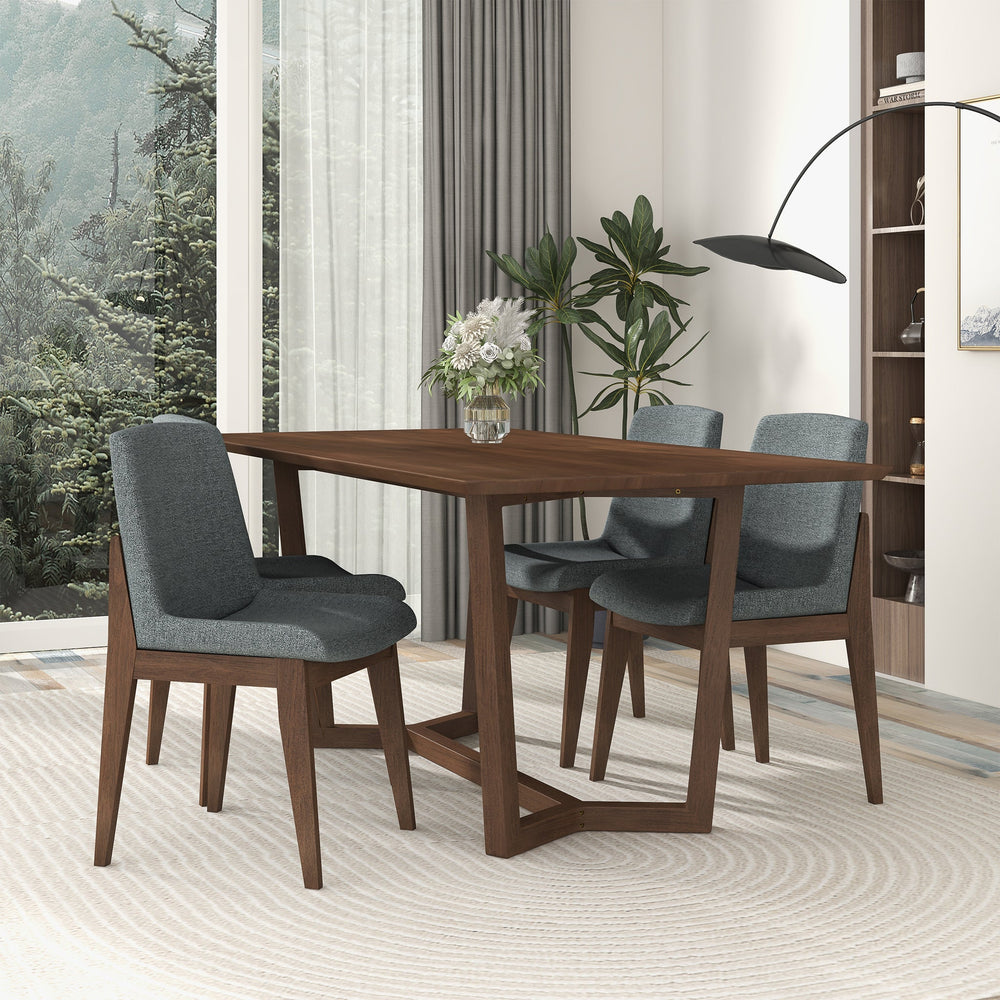
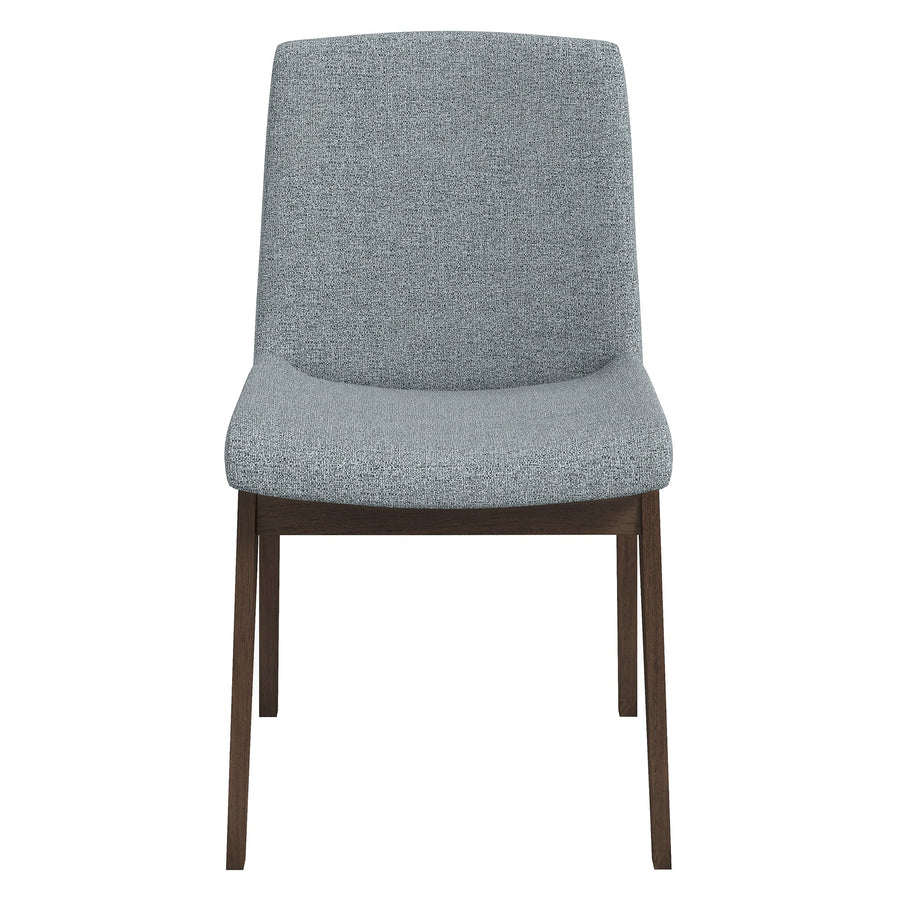
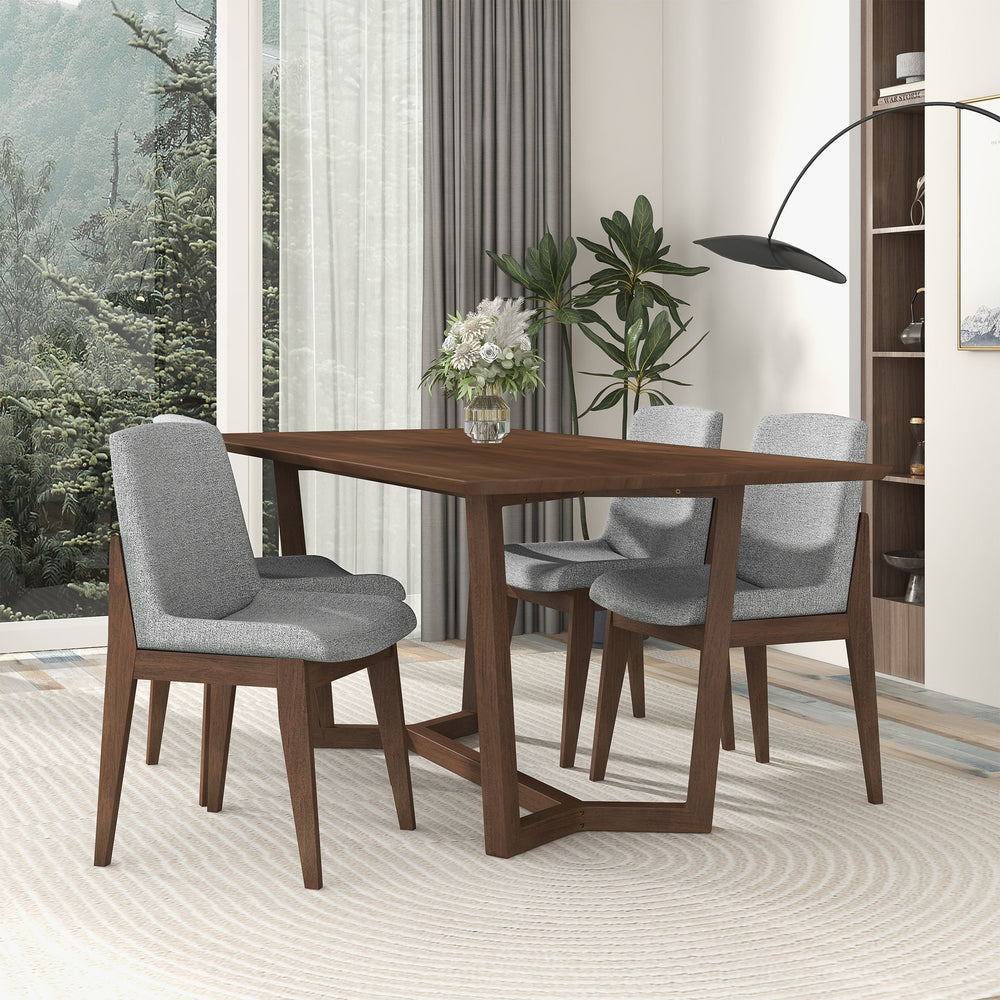
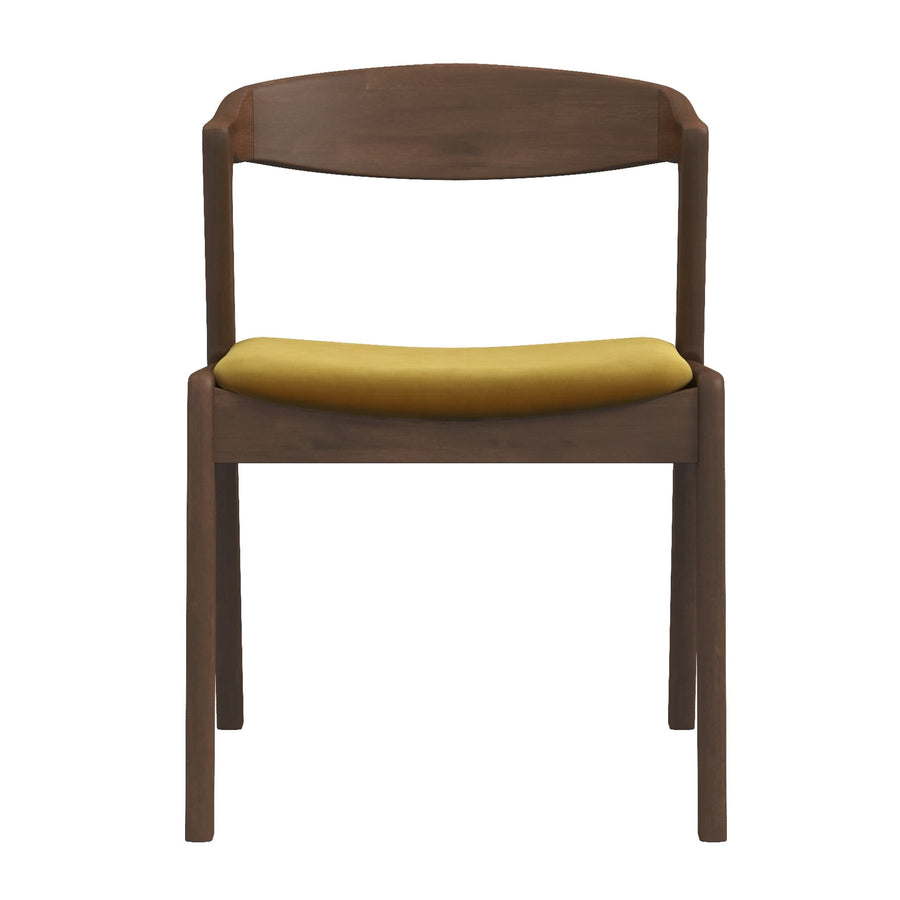
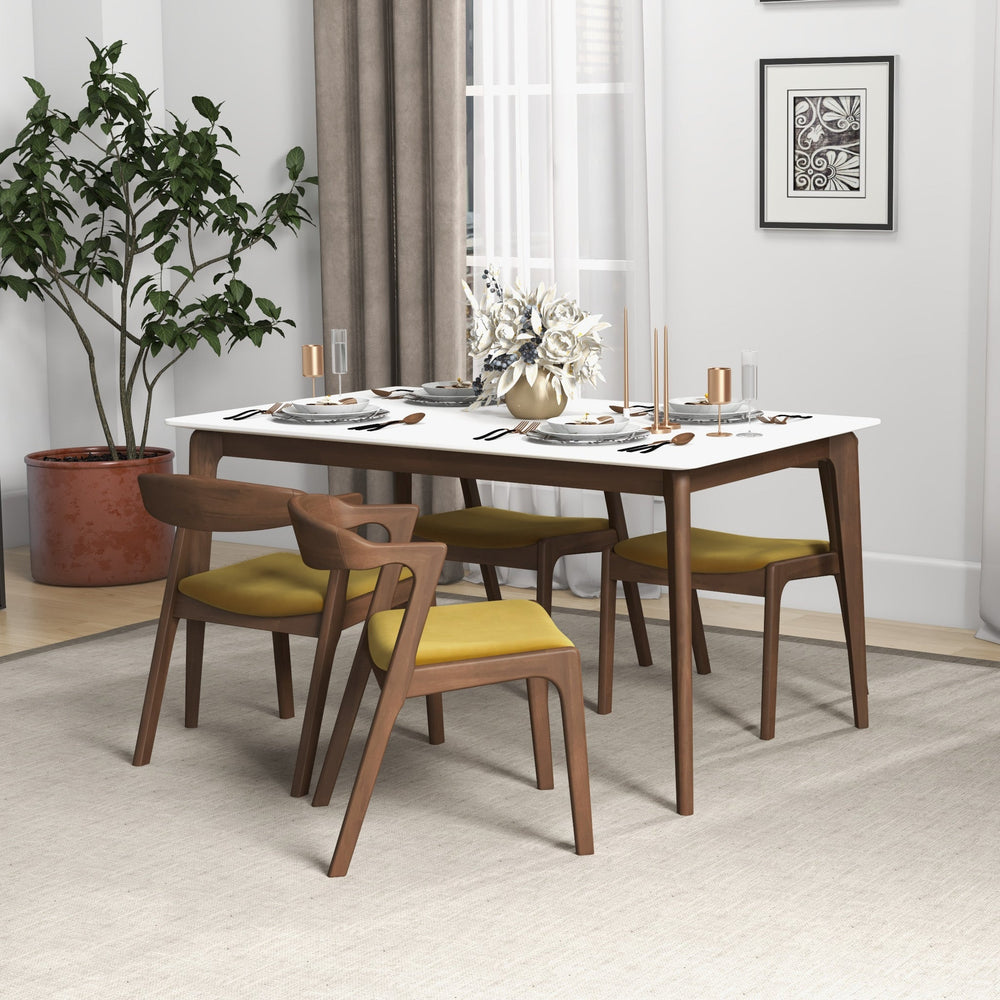
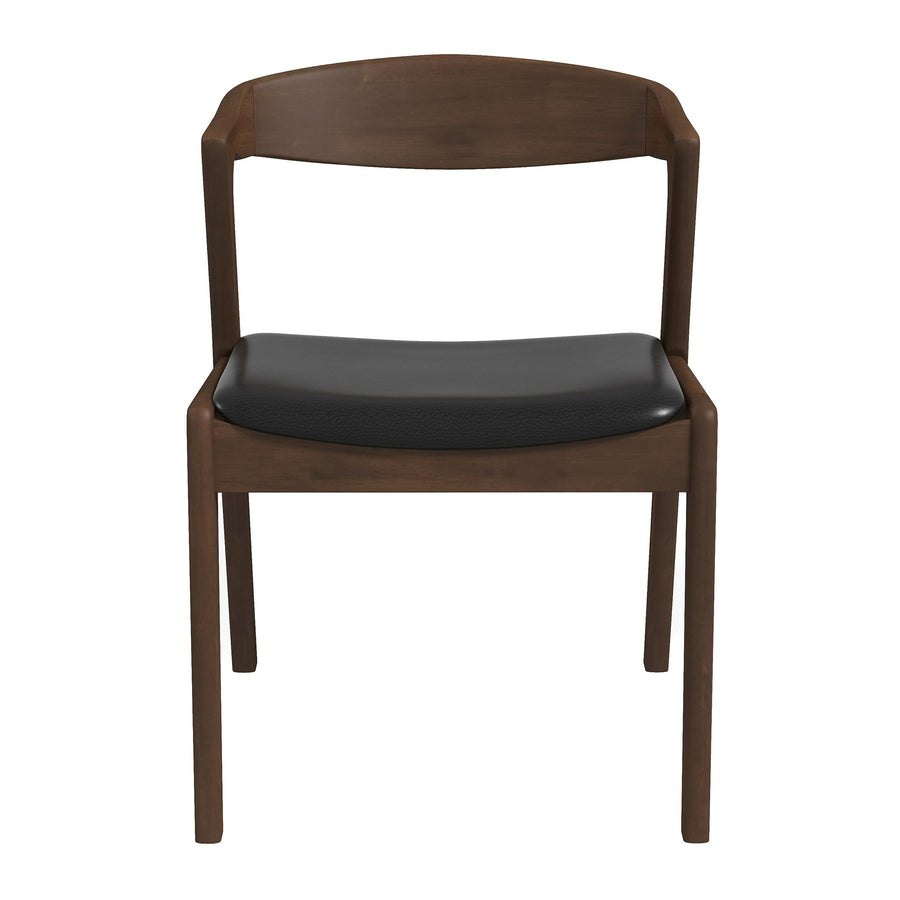
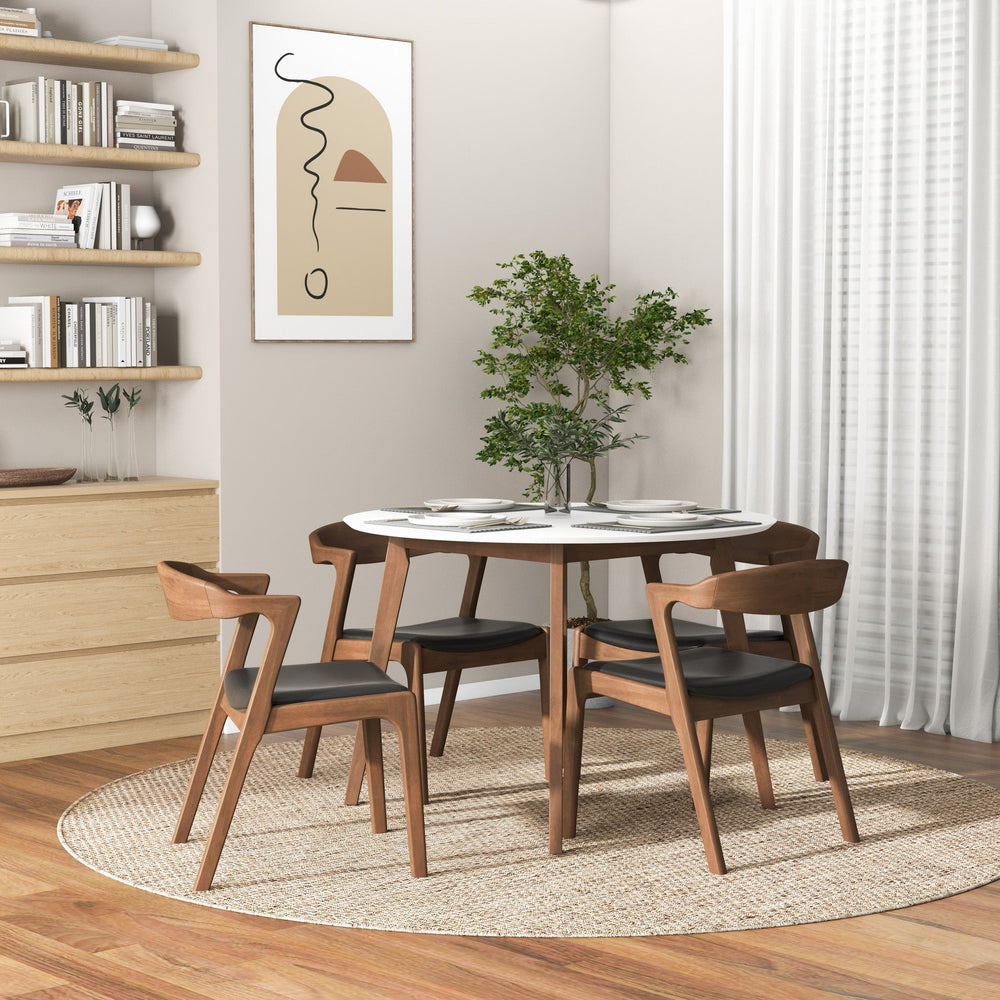
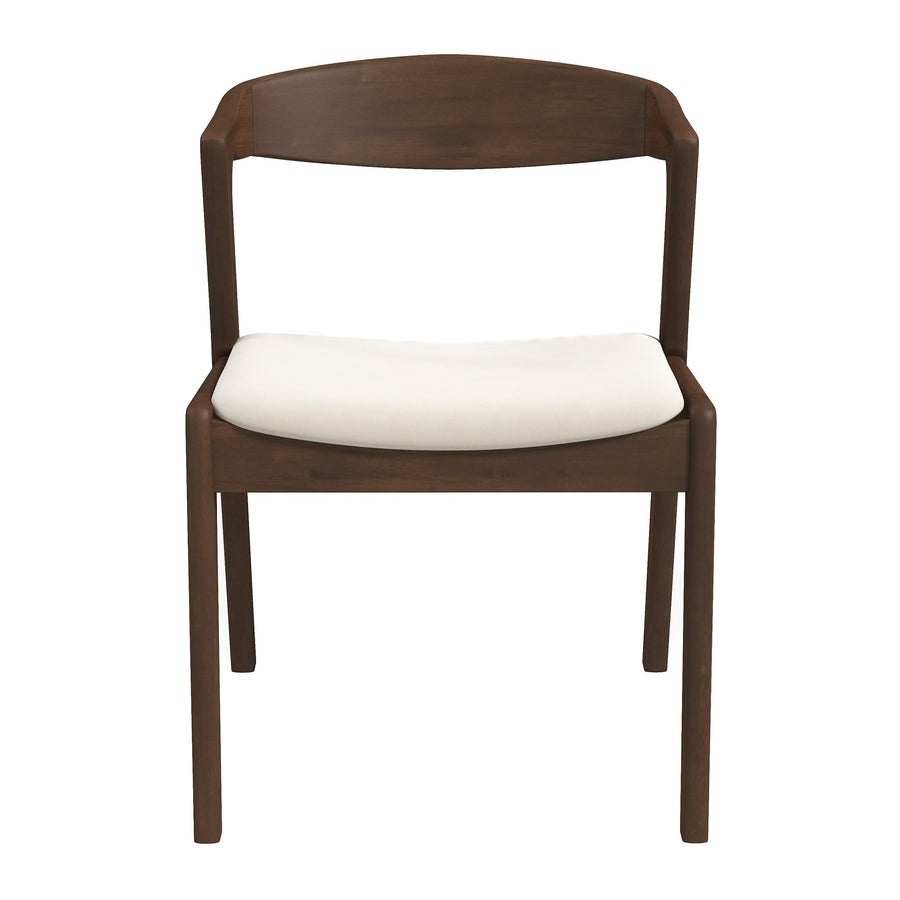
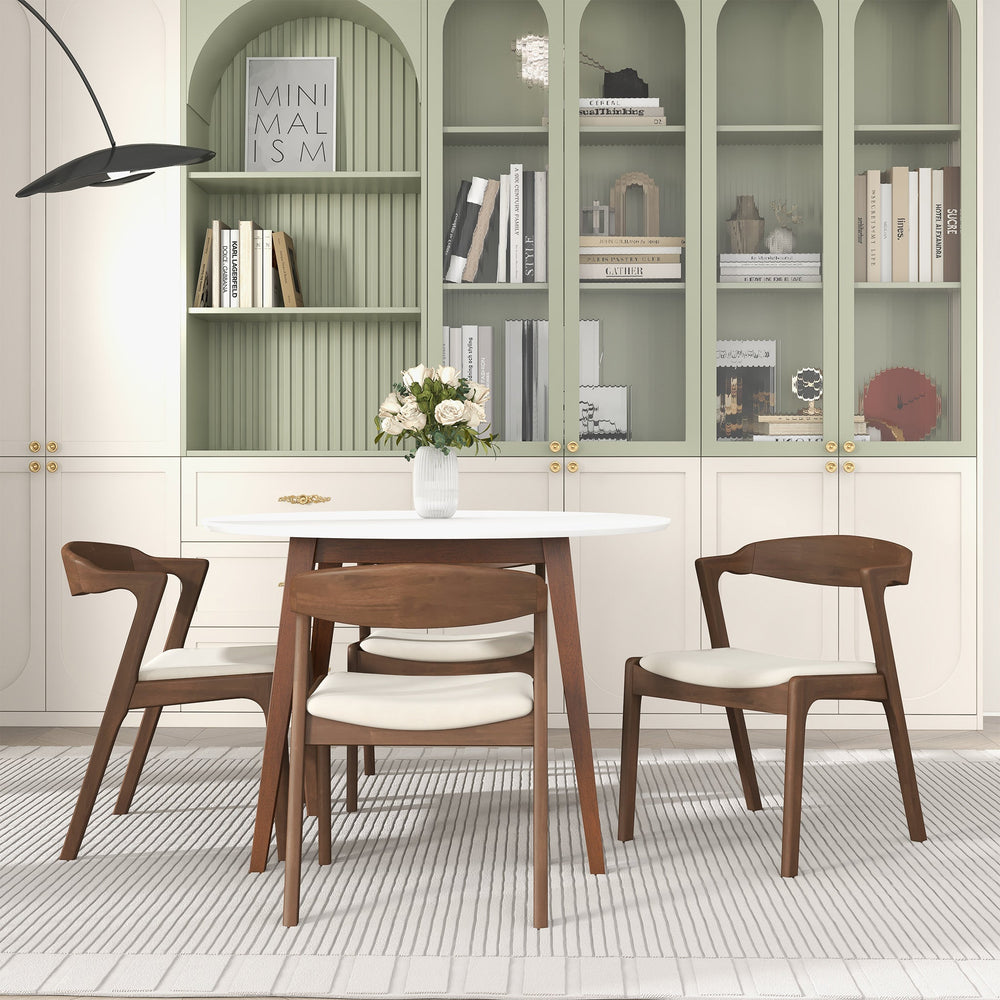
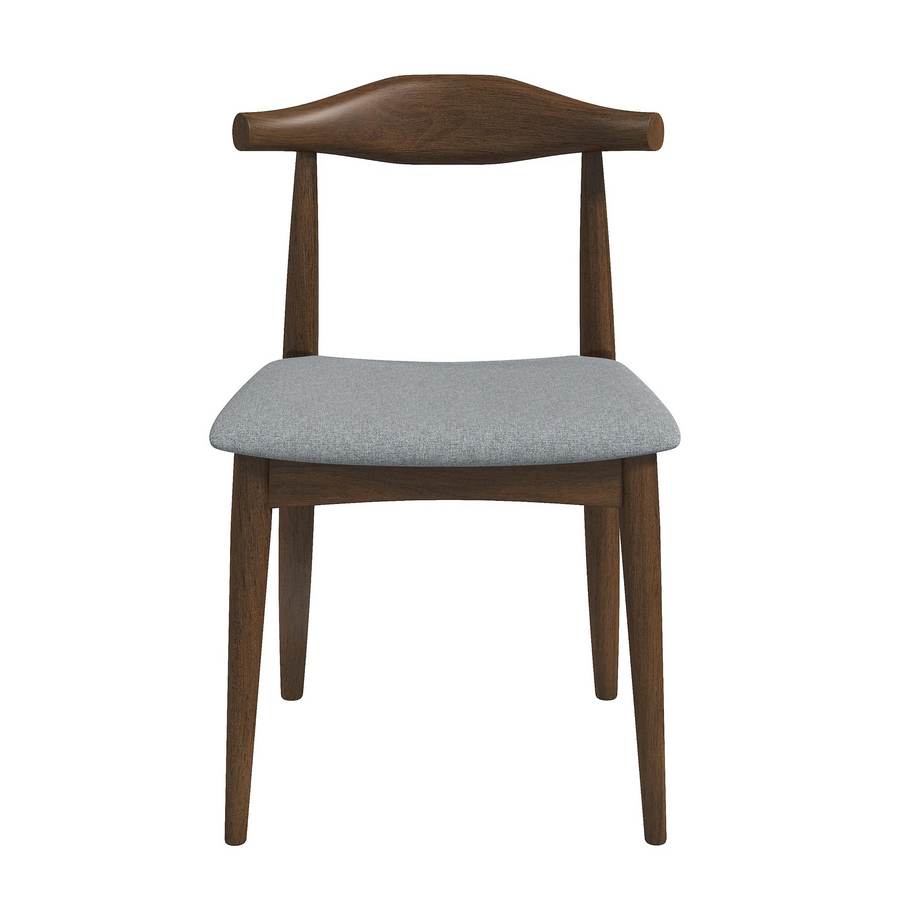
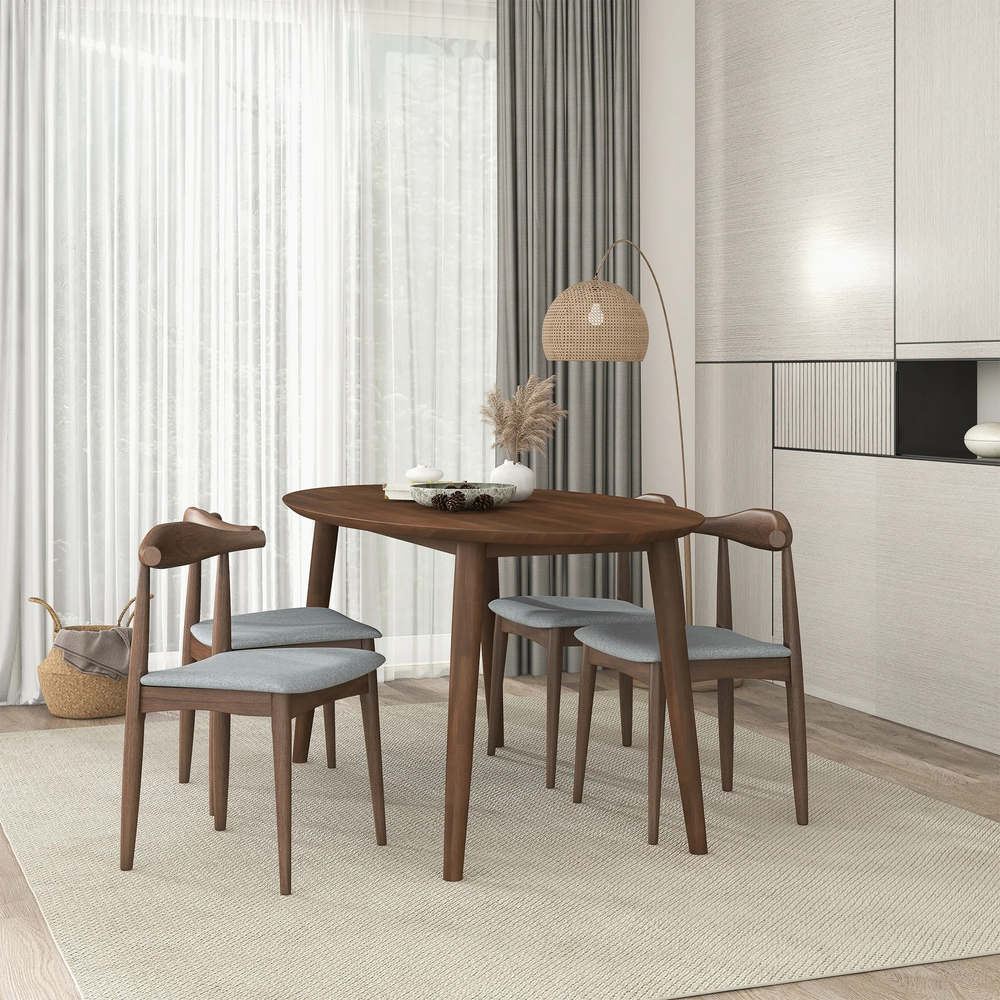
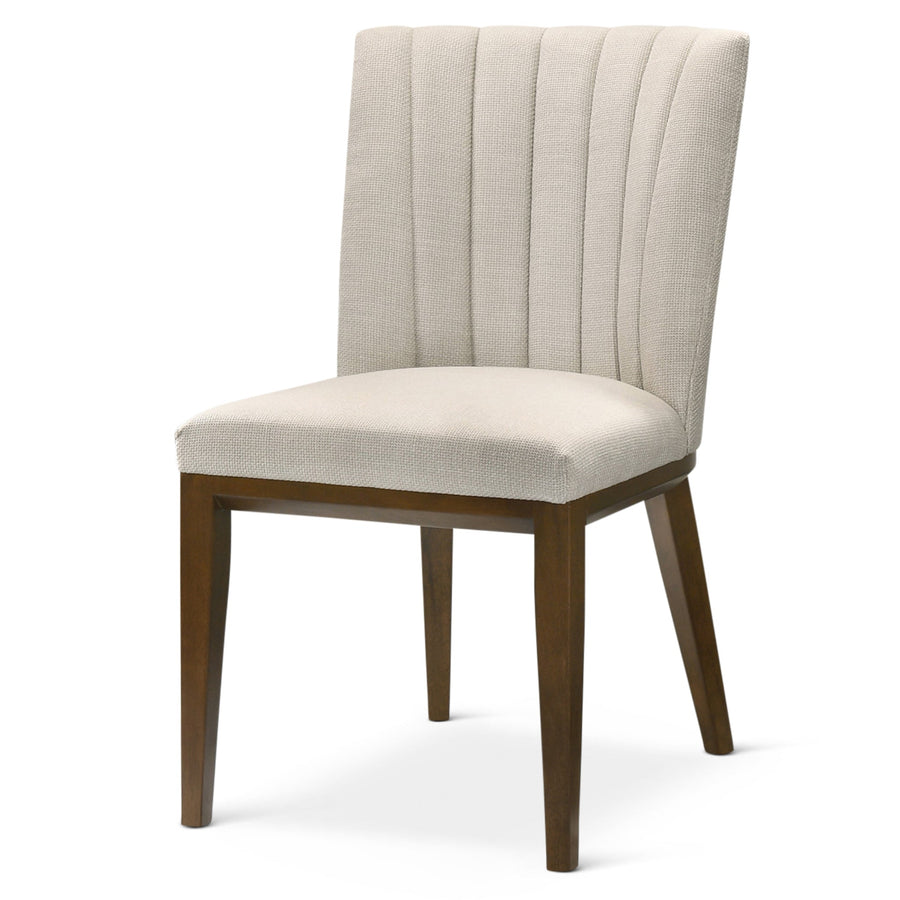
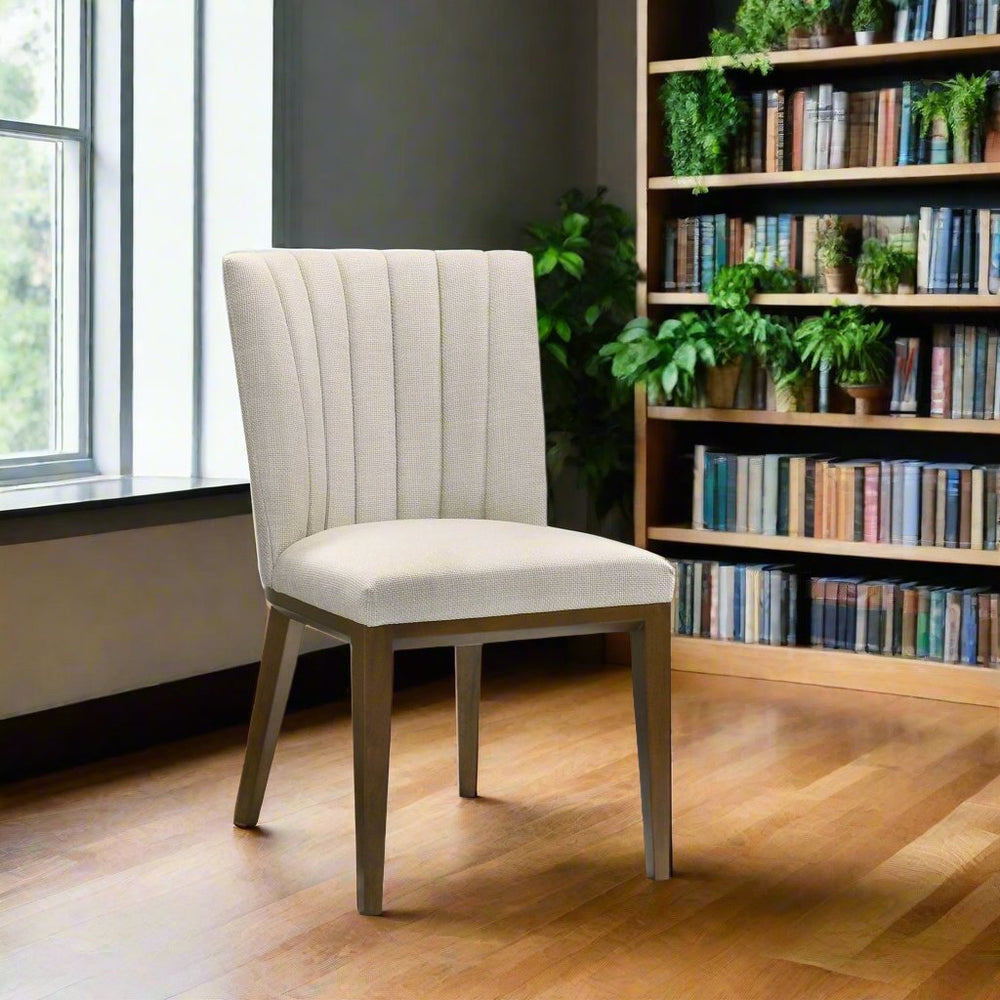

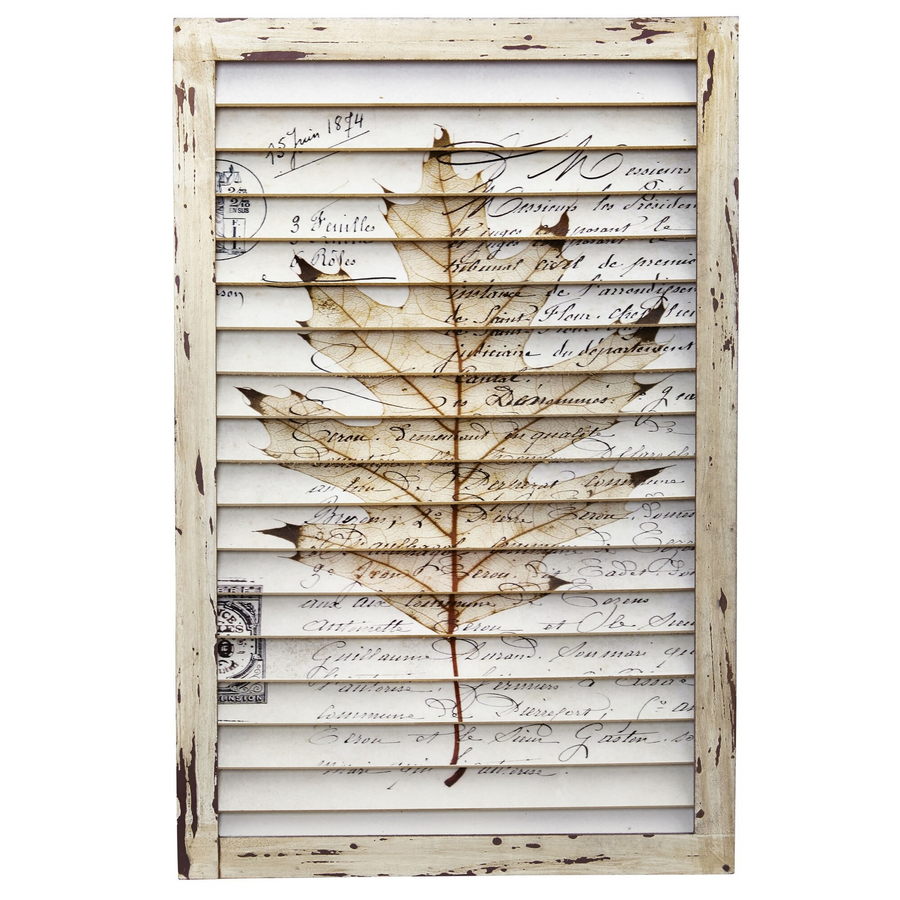
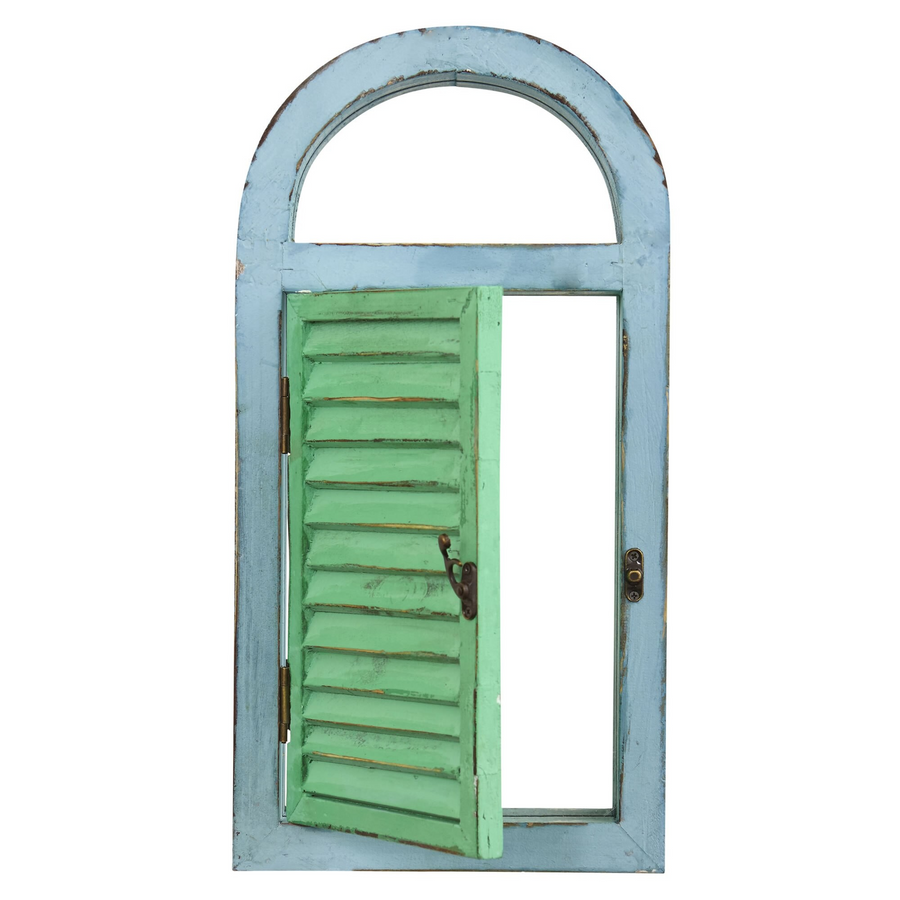
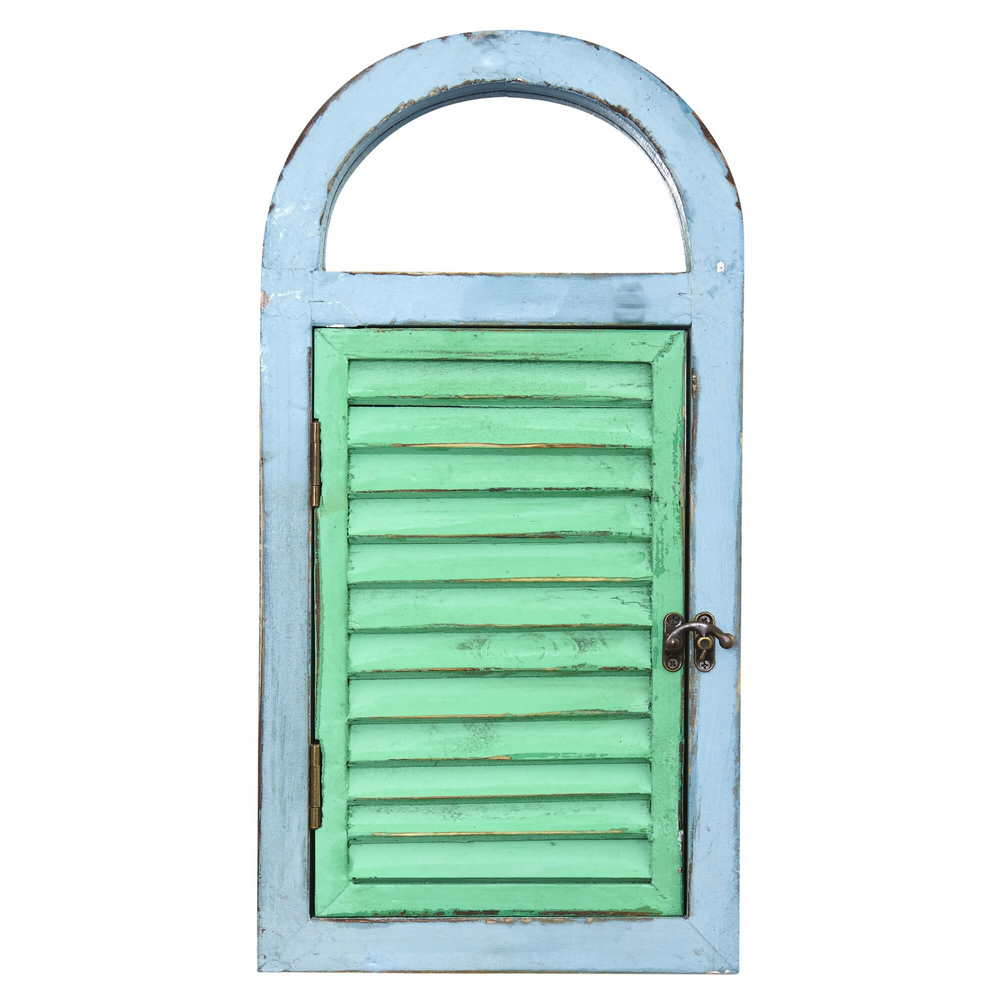
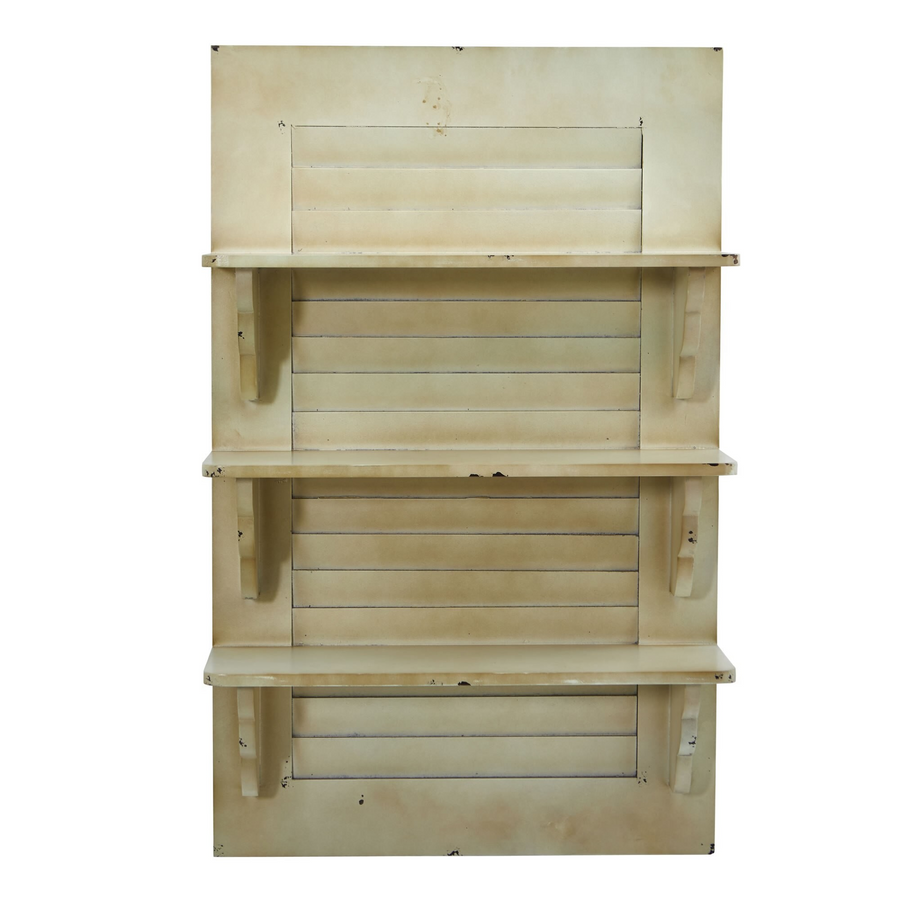
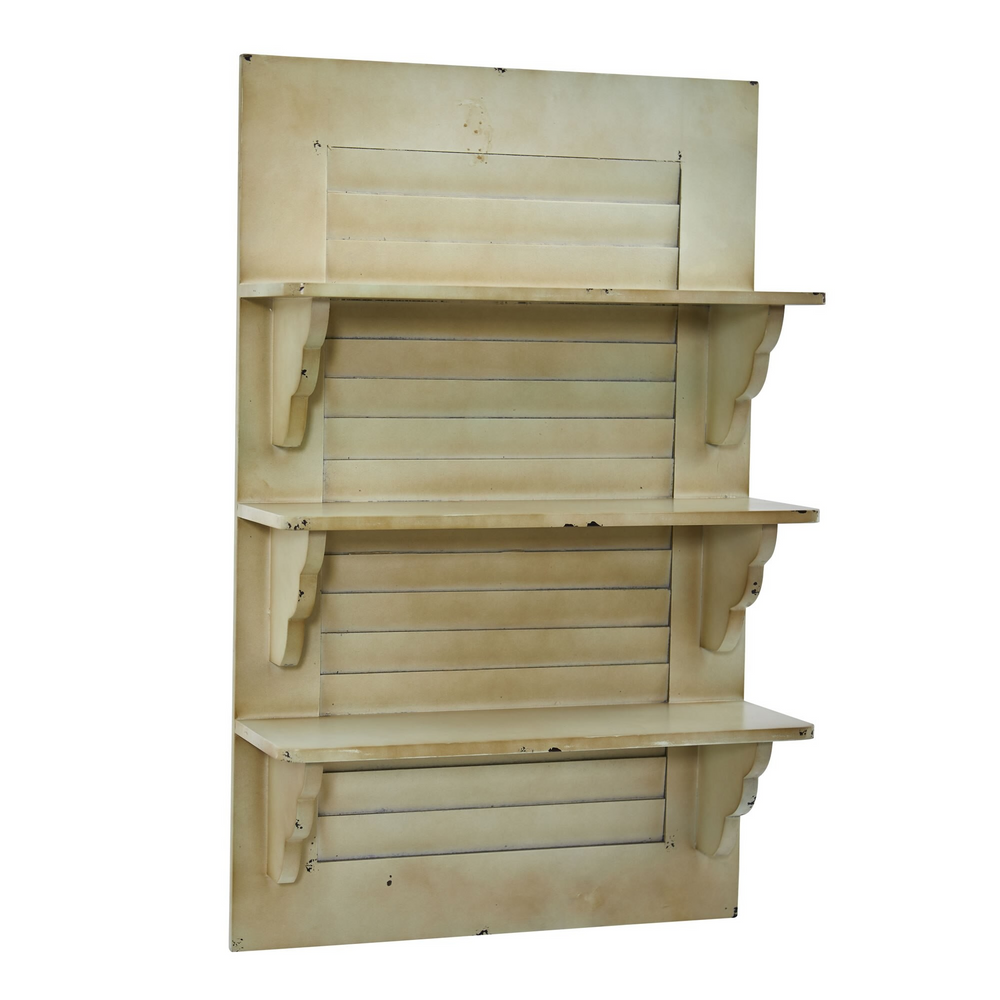
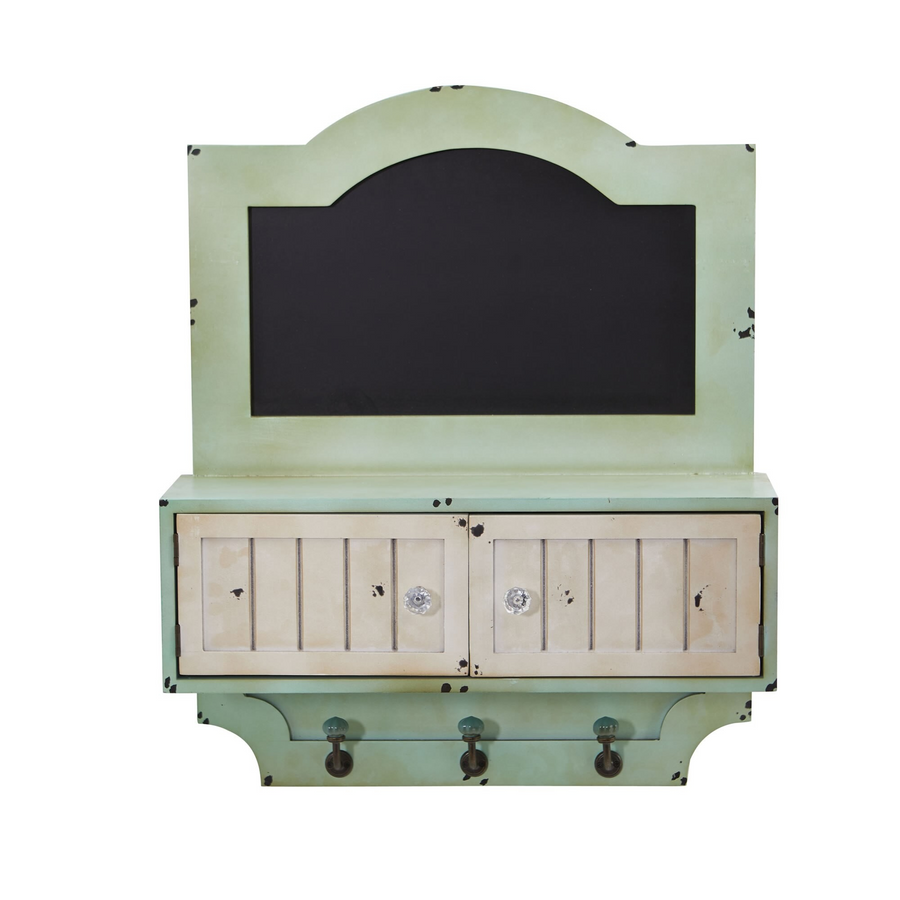
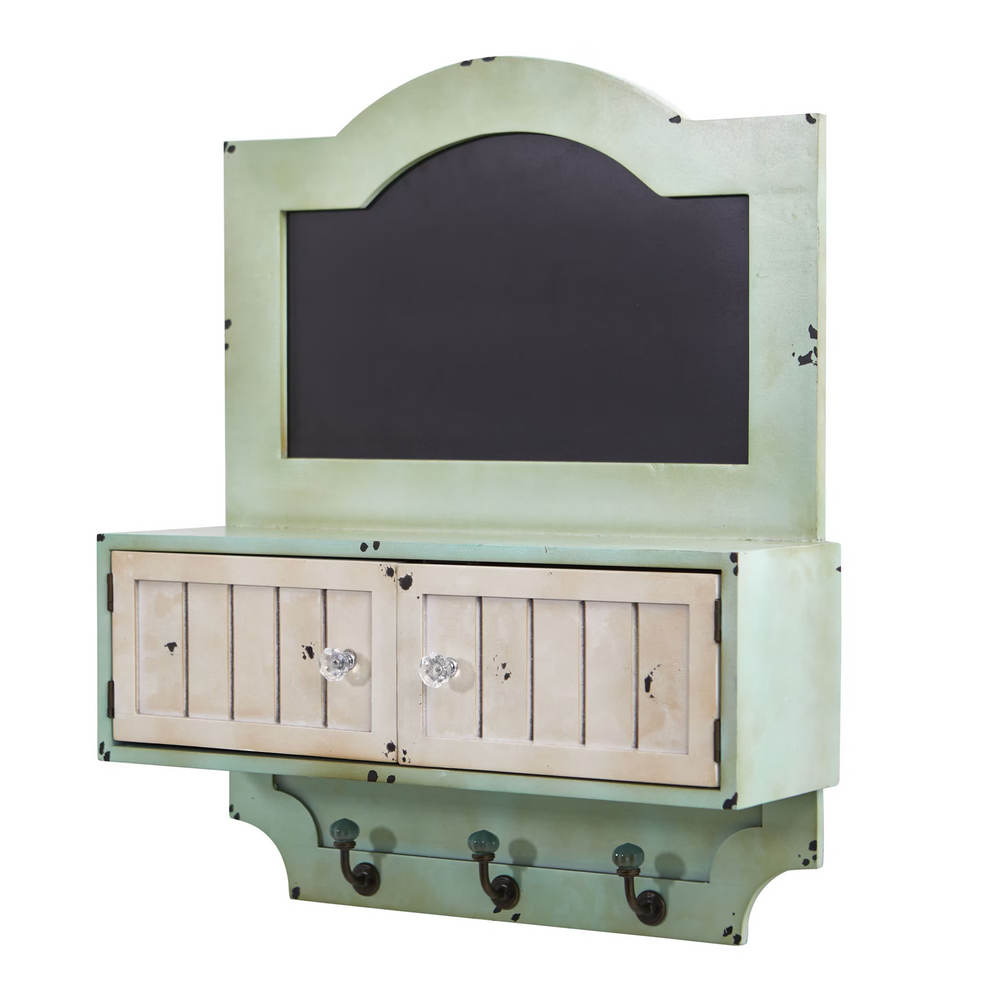
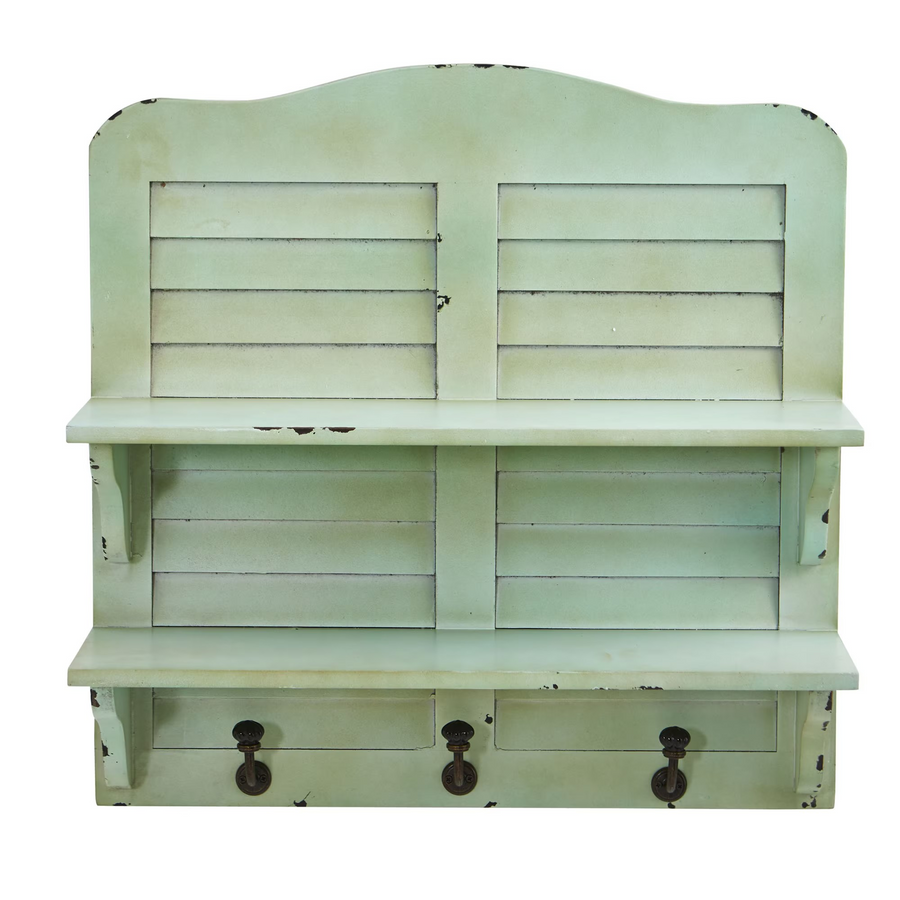
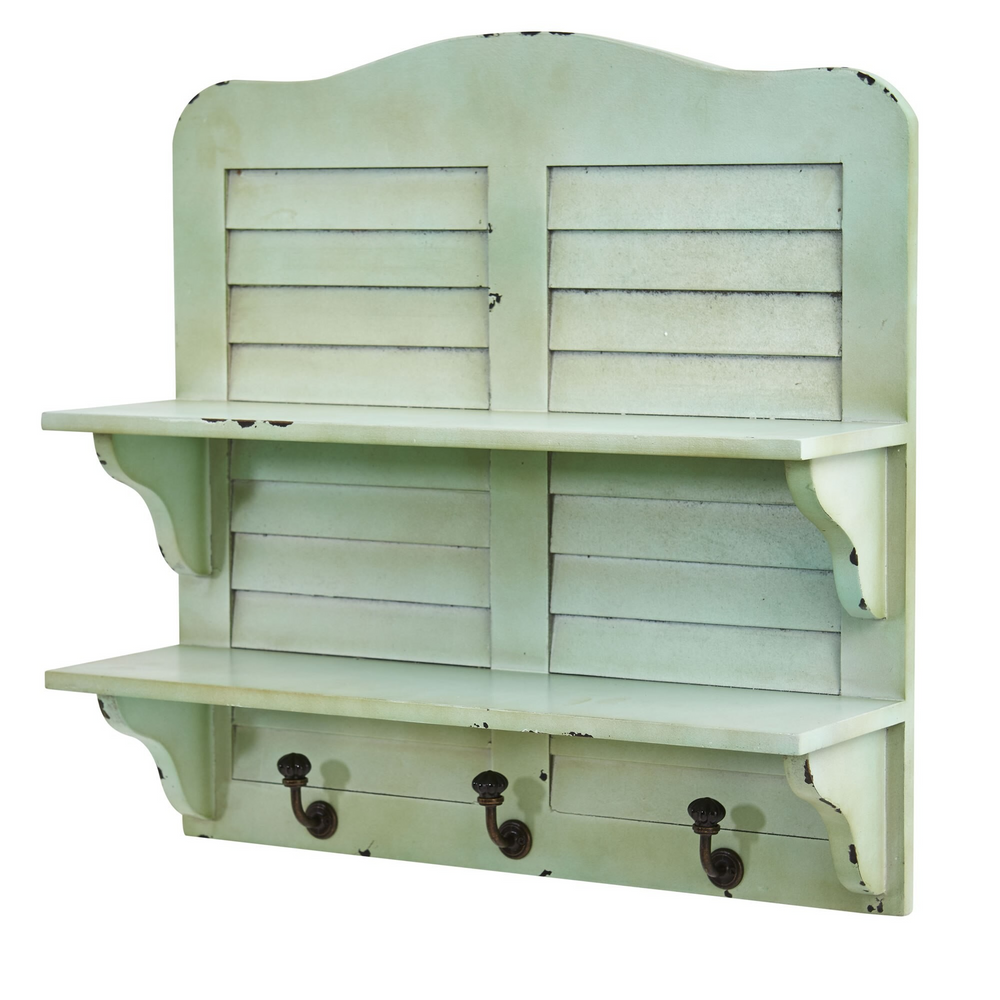
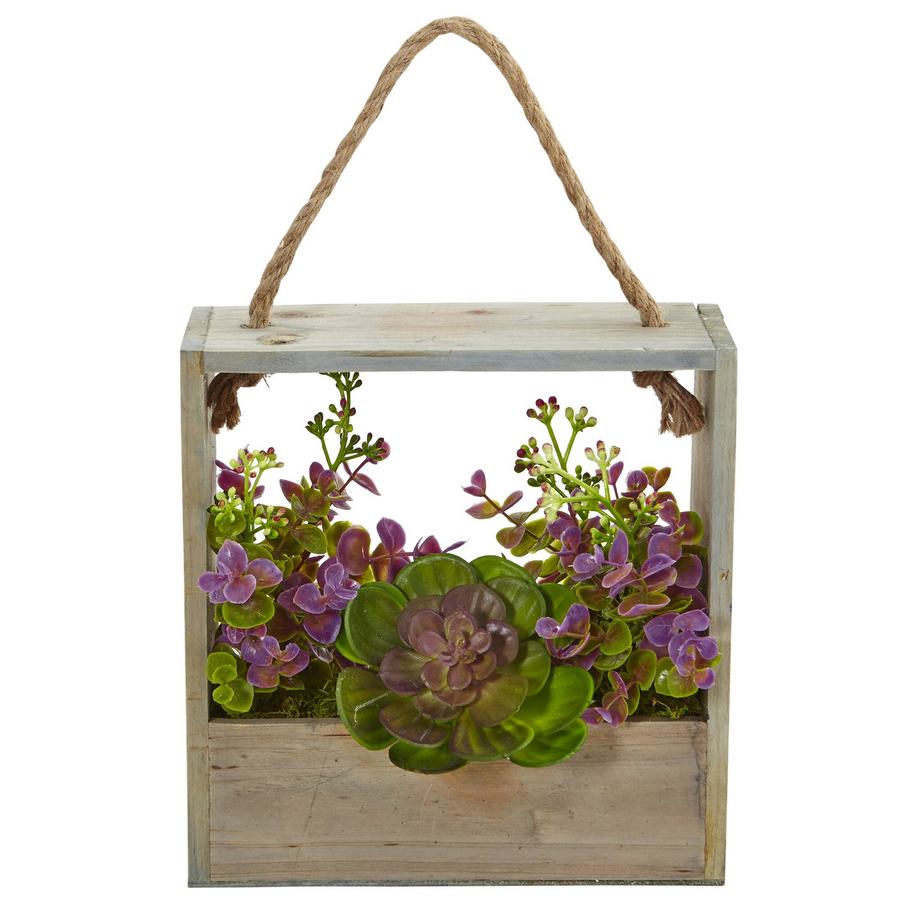
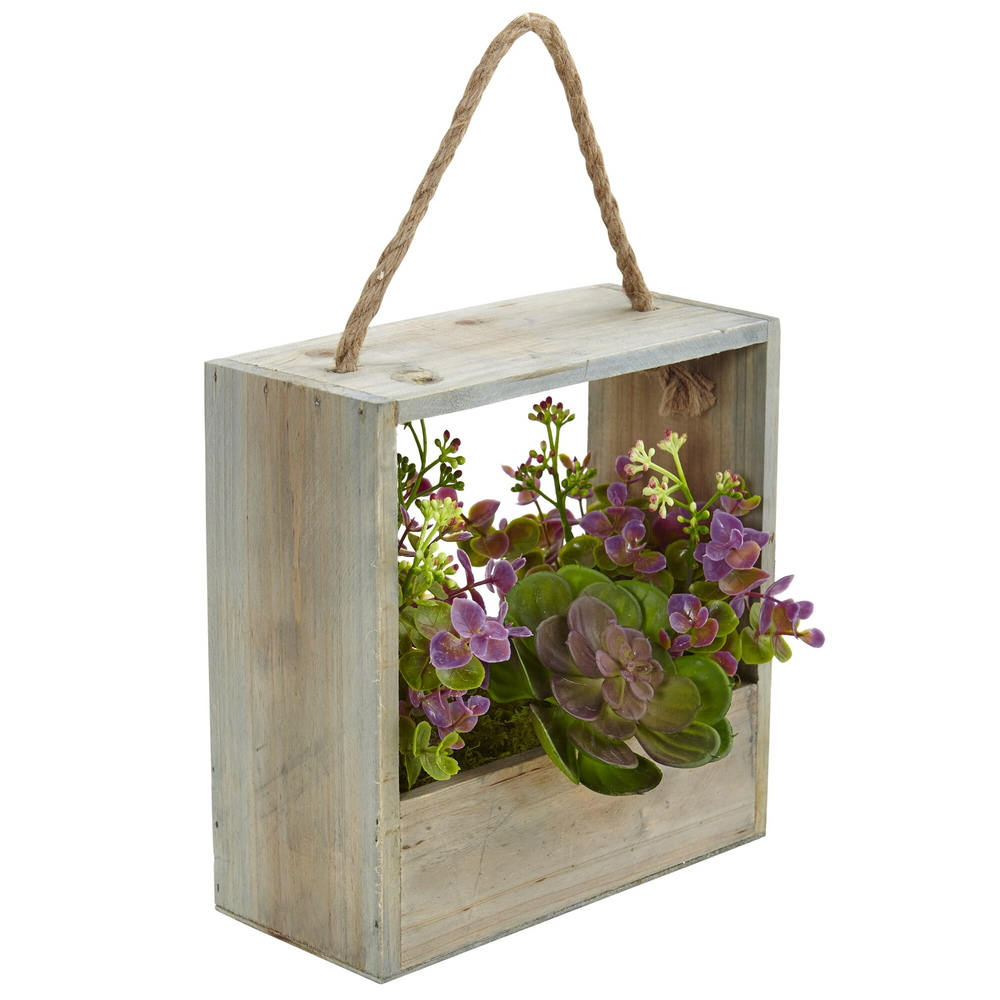

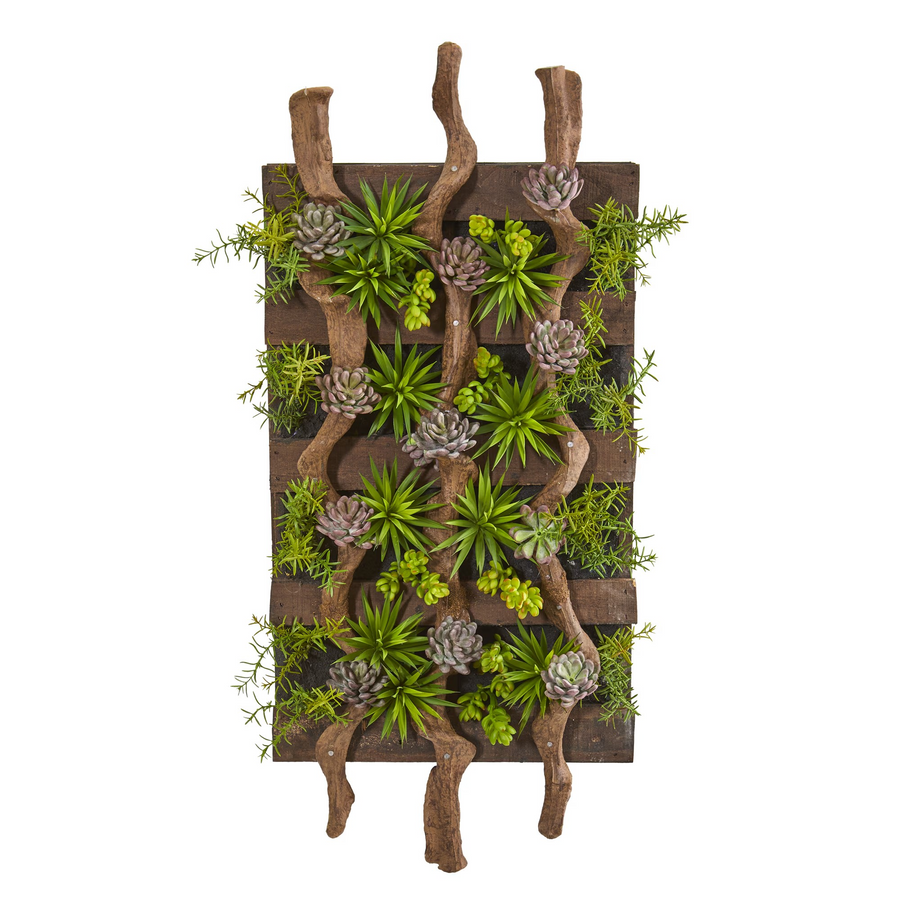
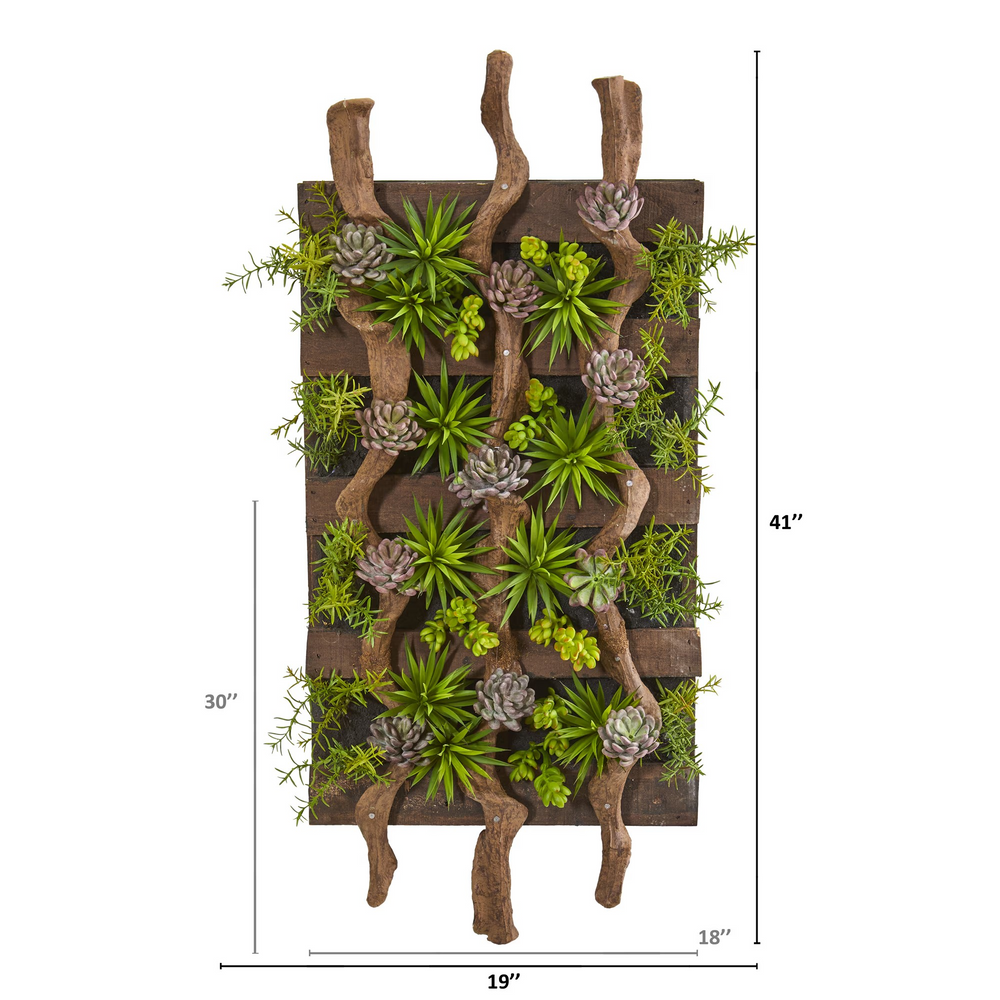


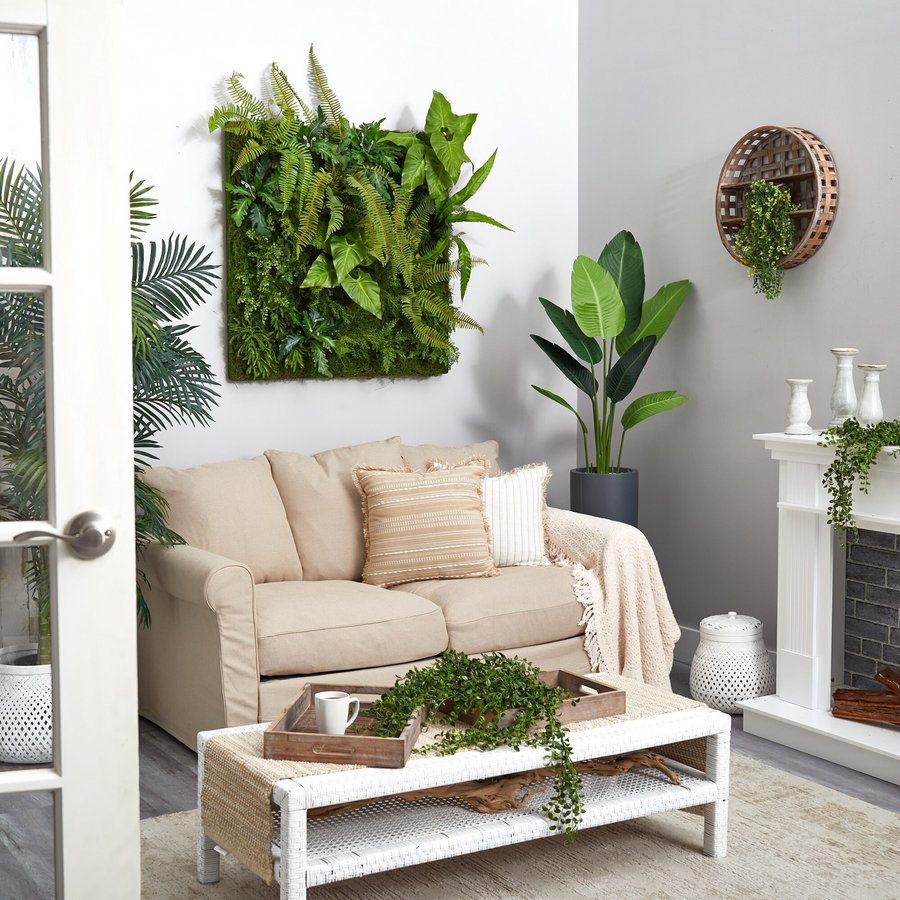
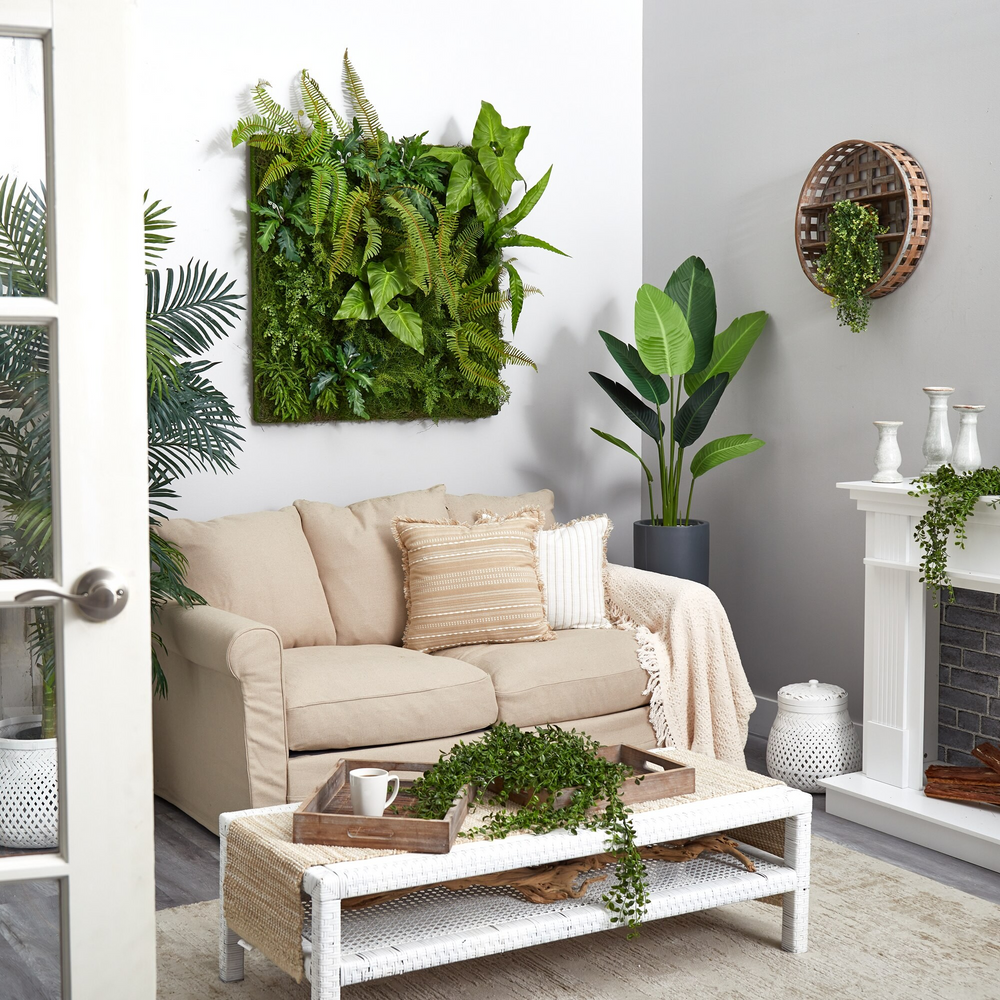


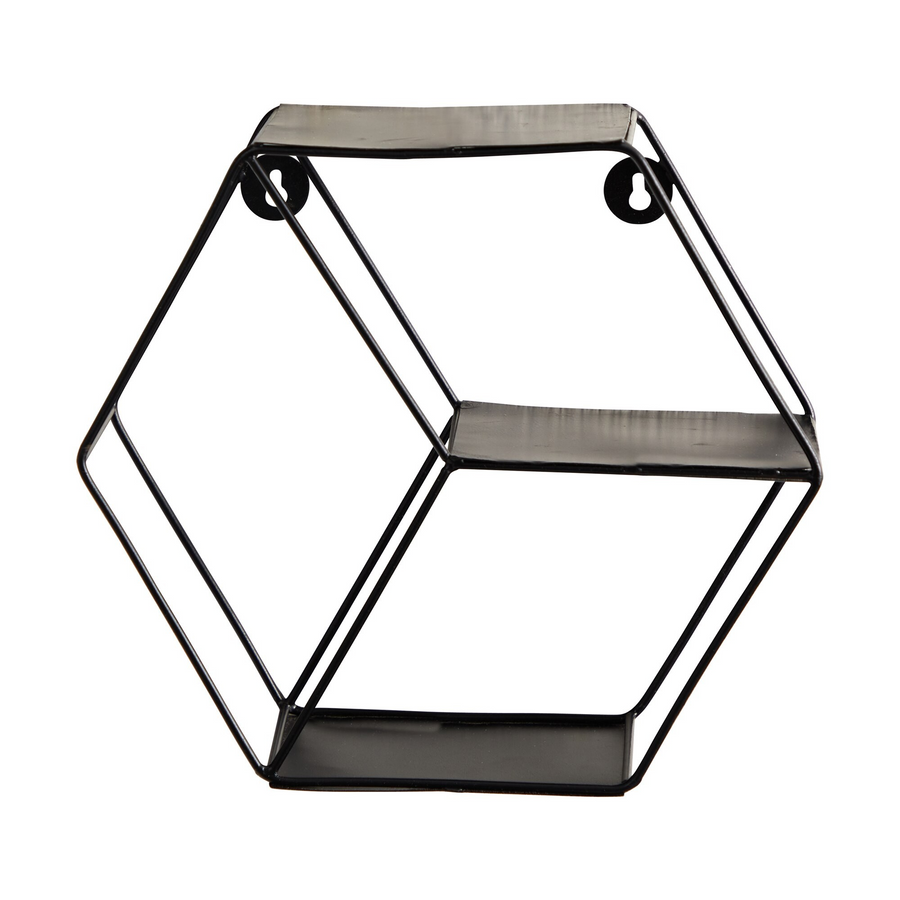
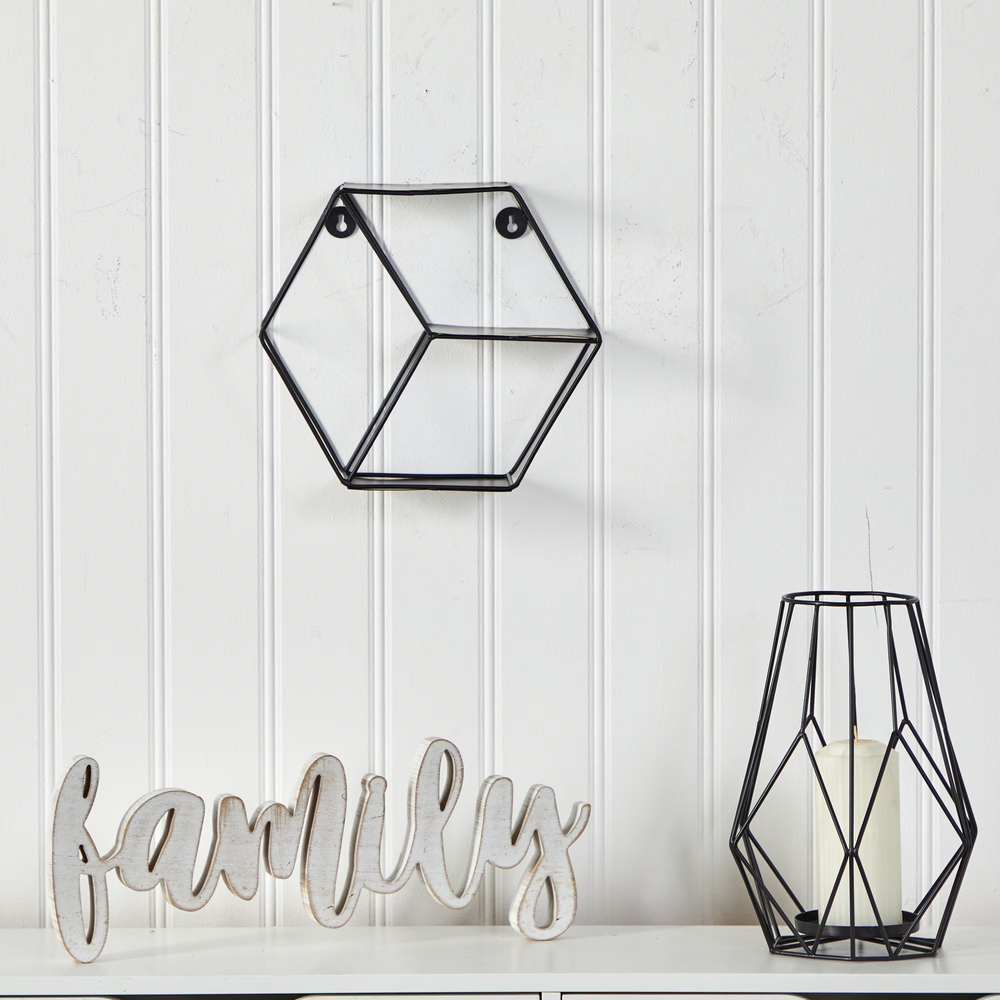
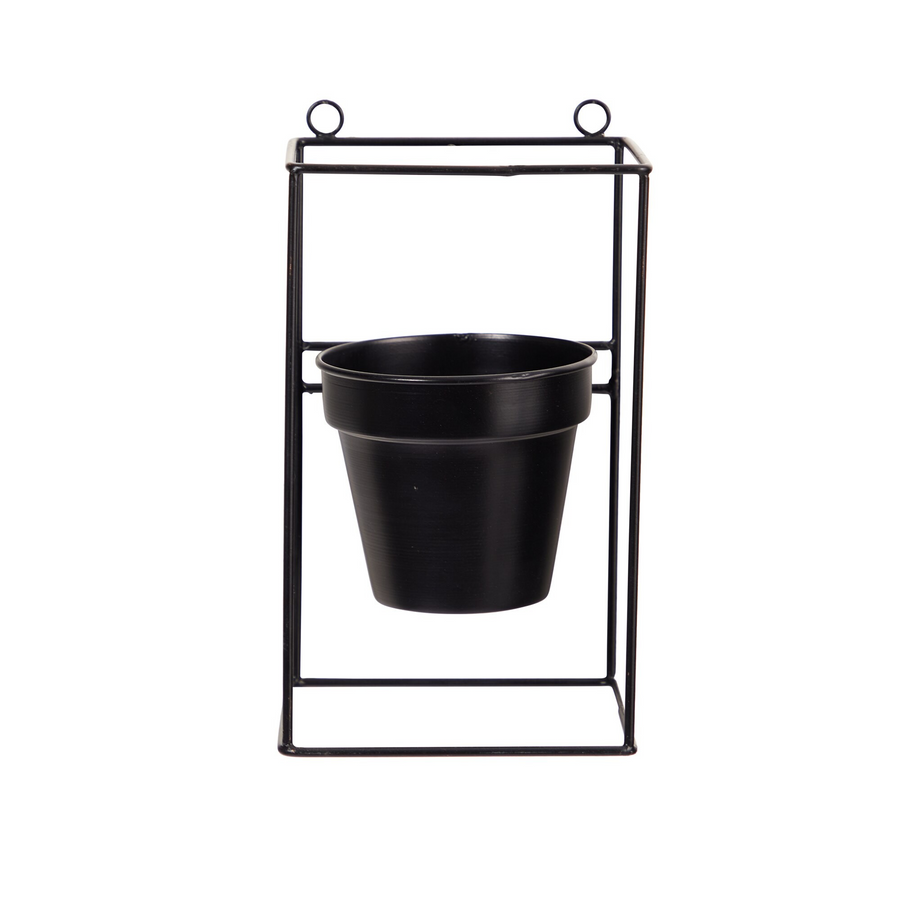
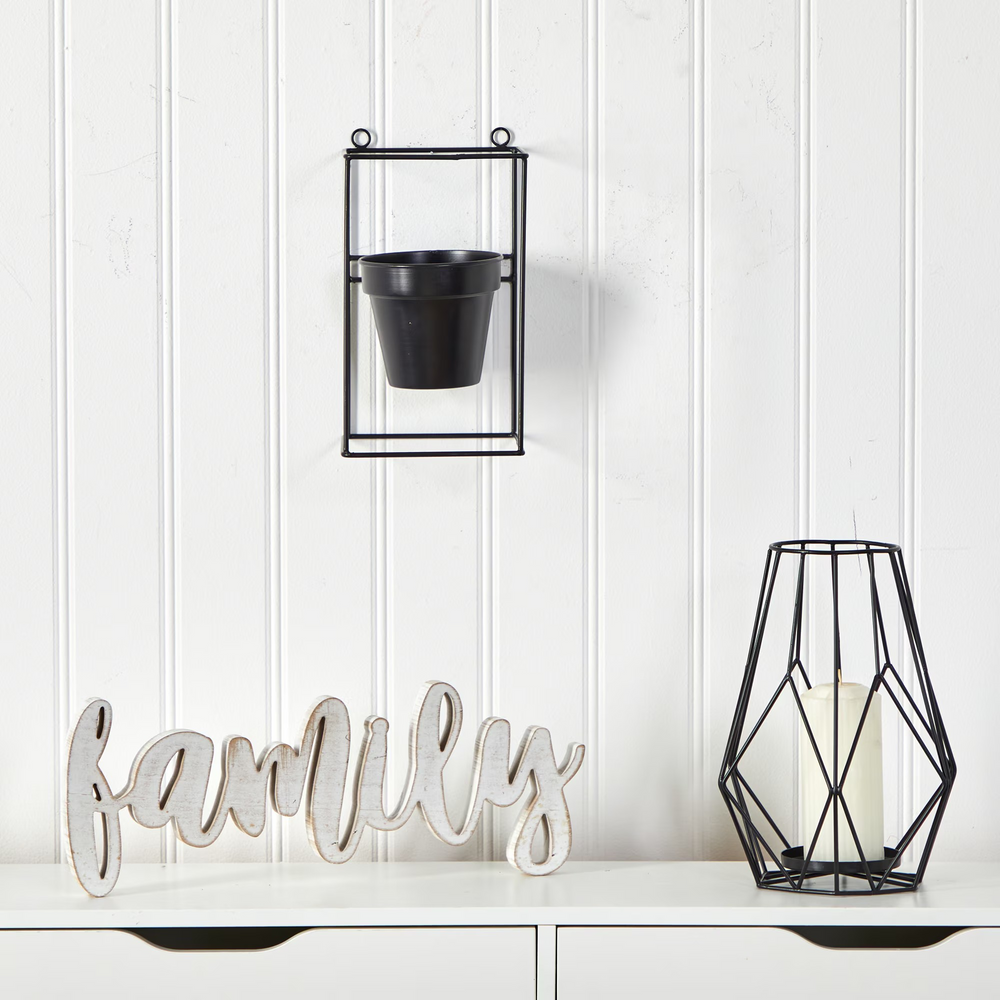

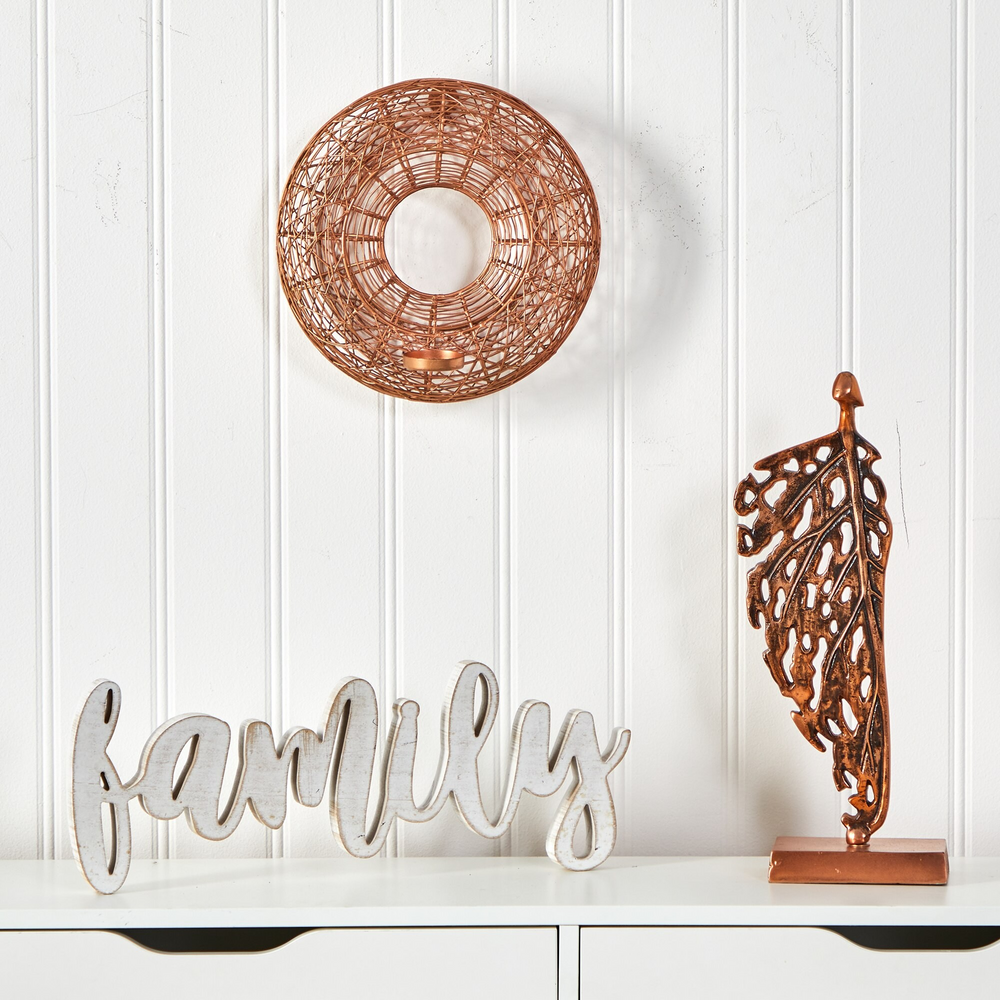



















Leave a comment